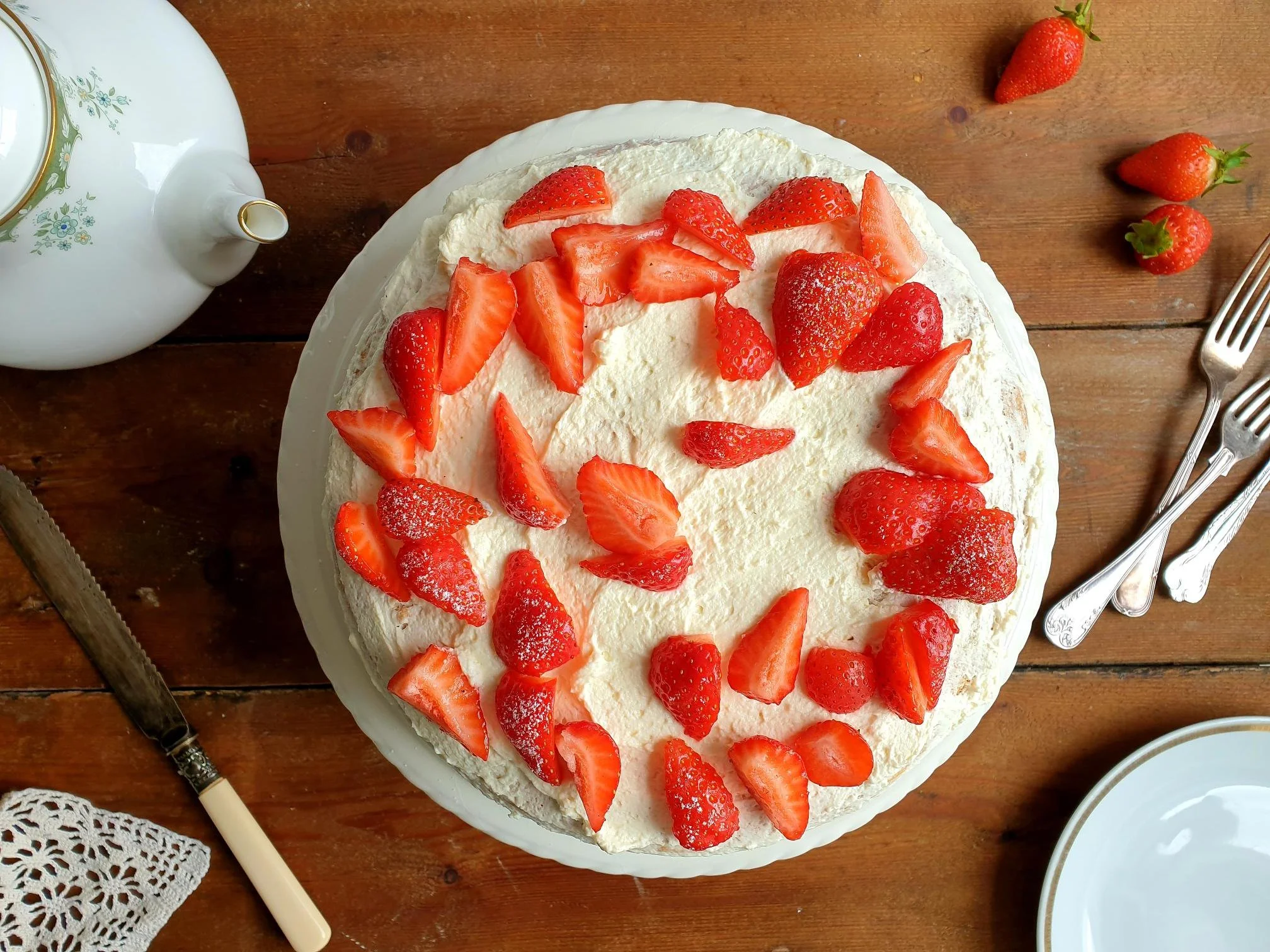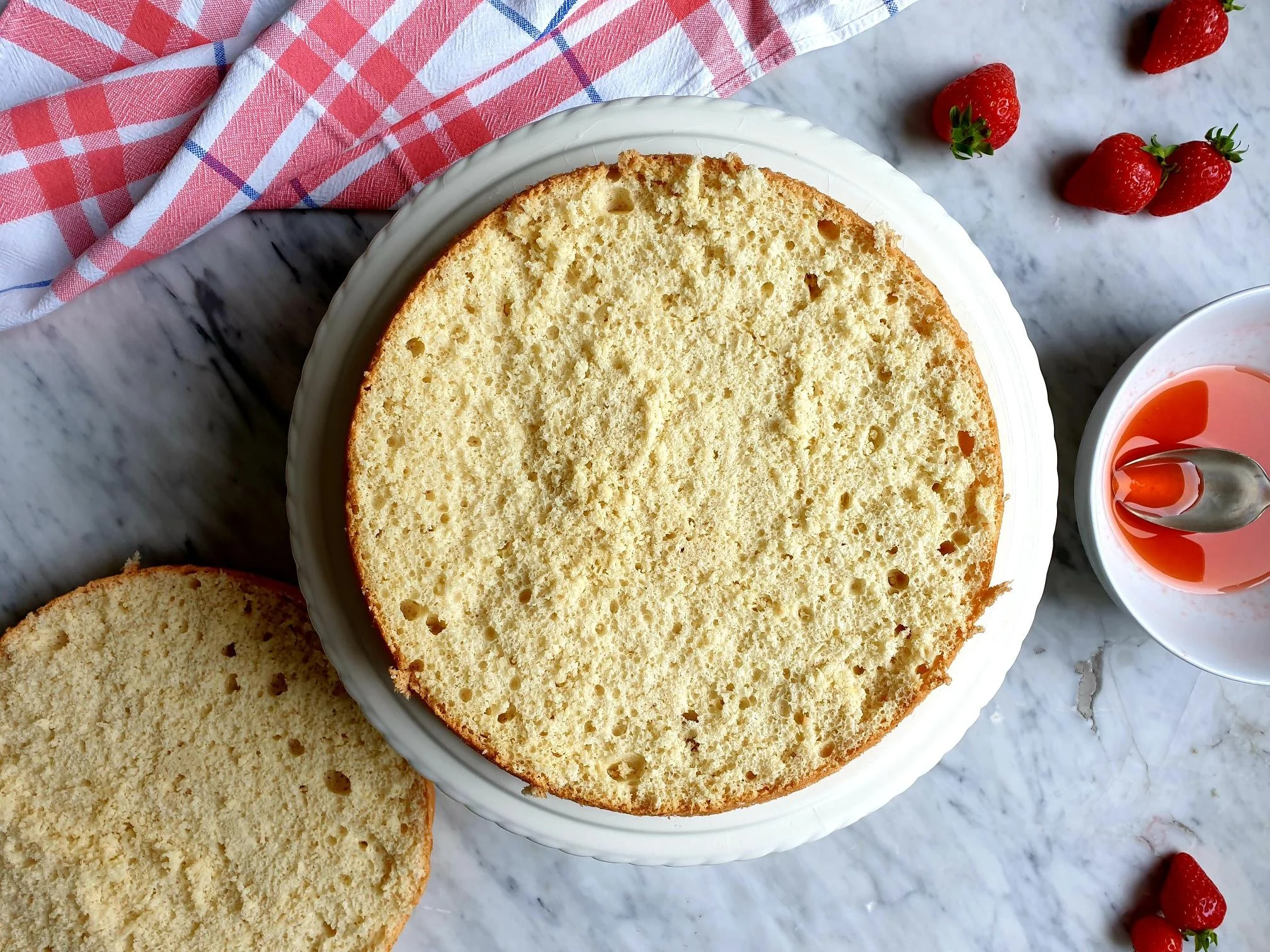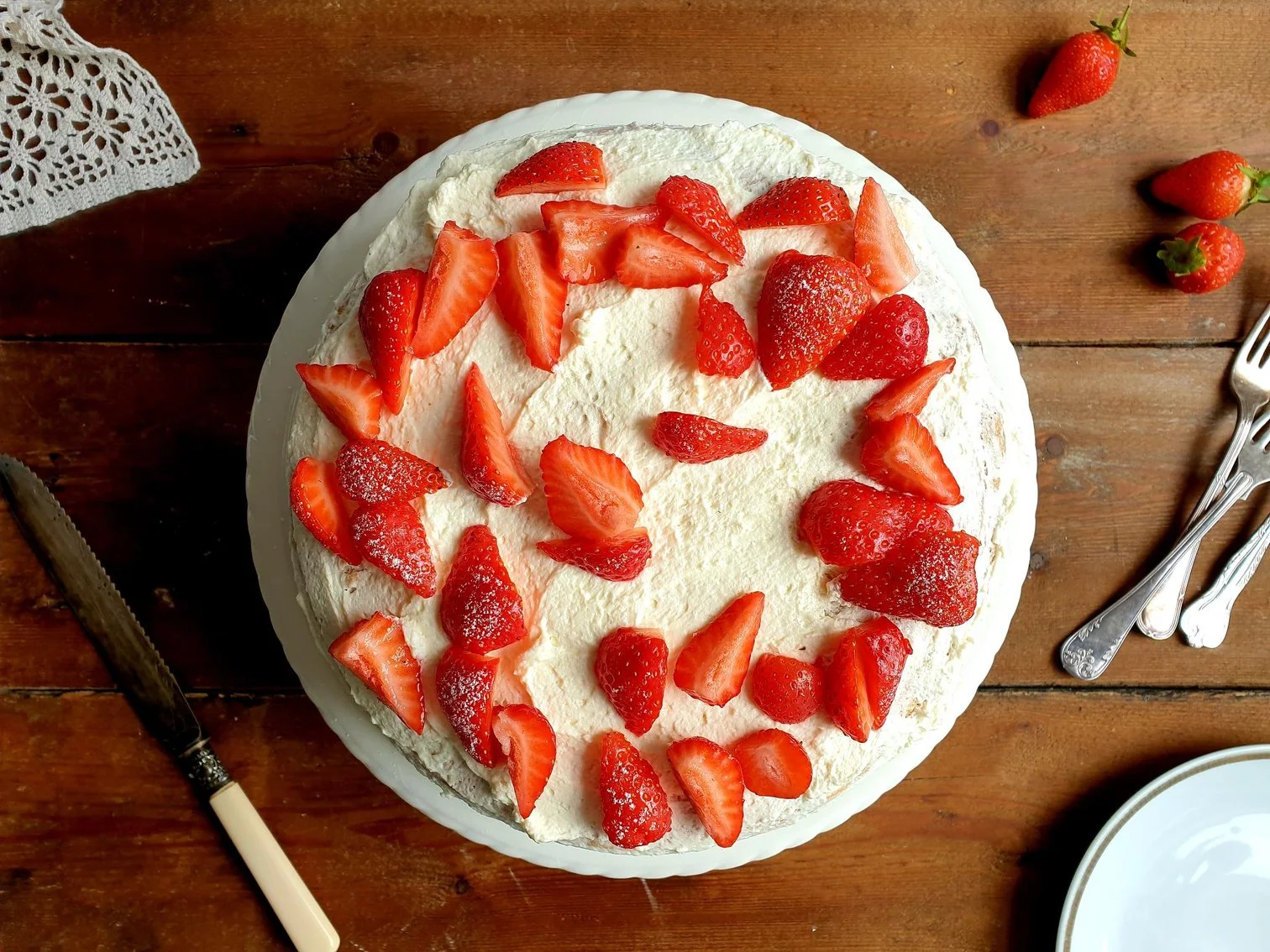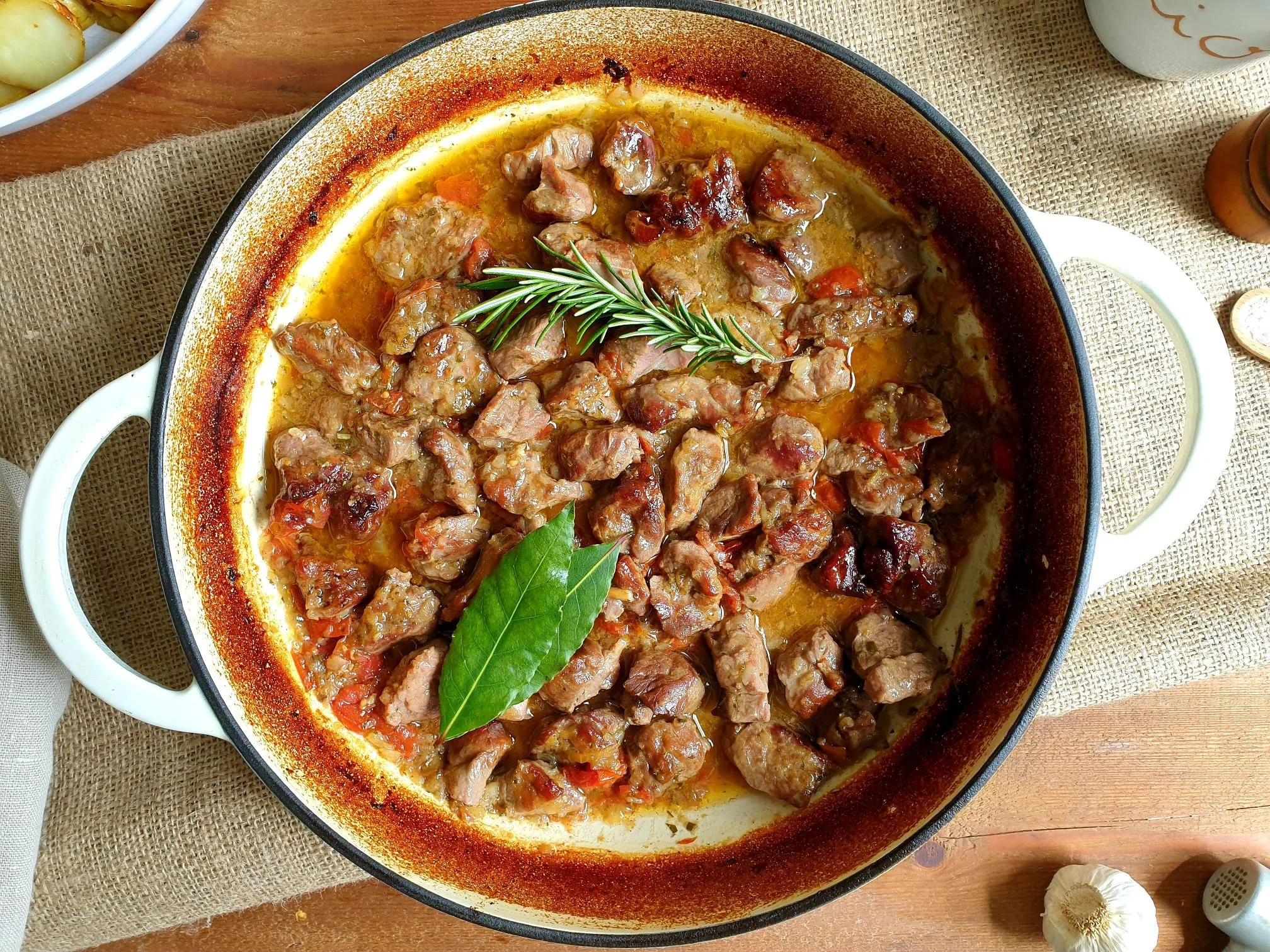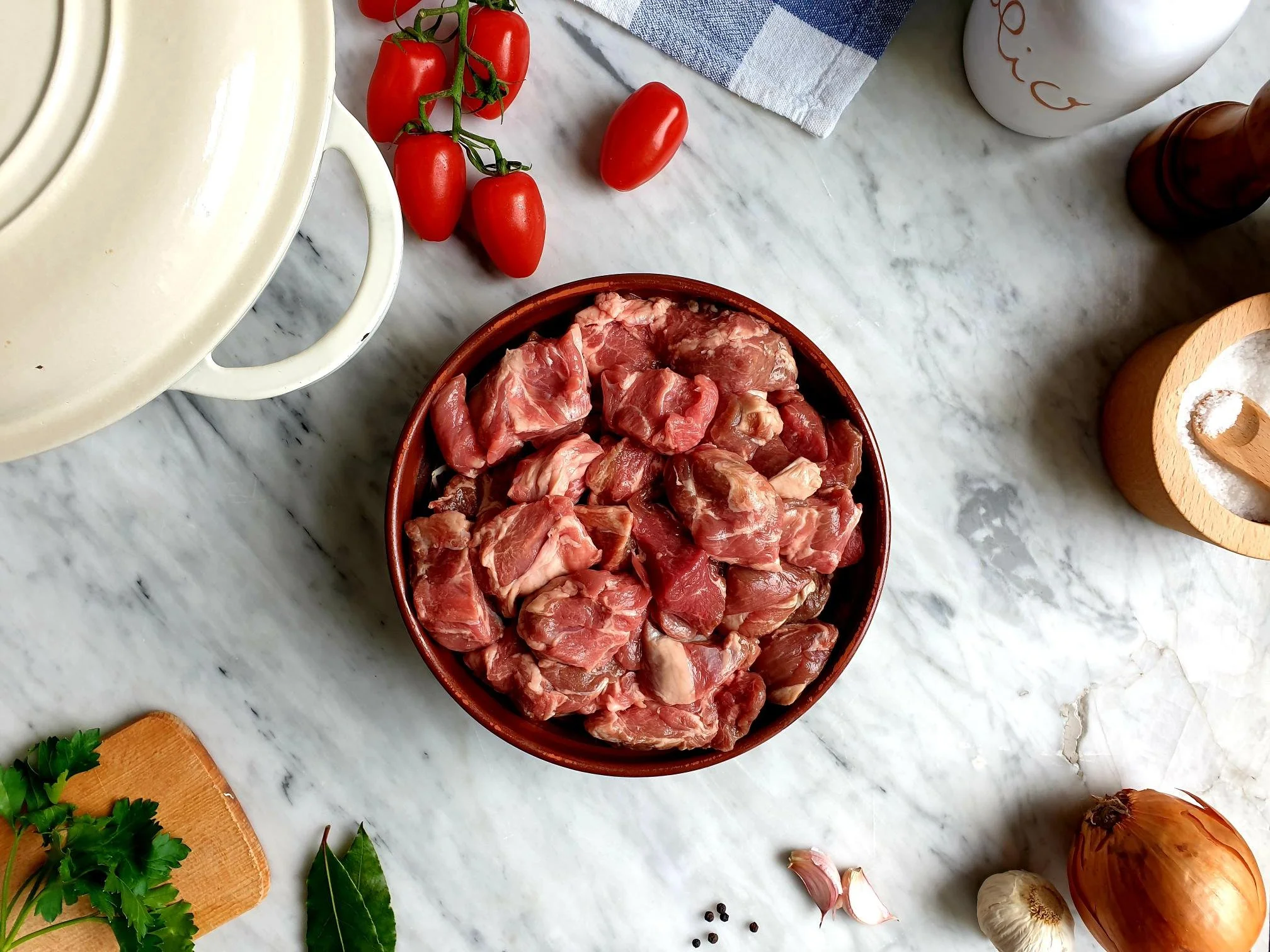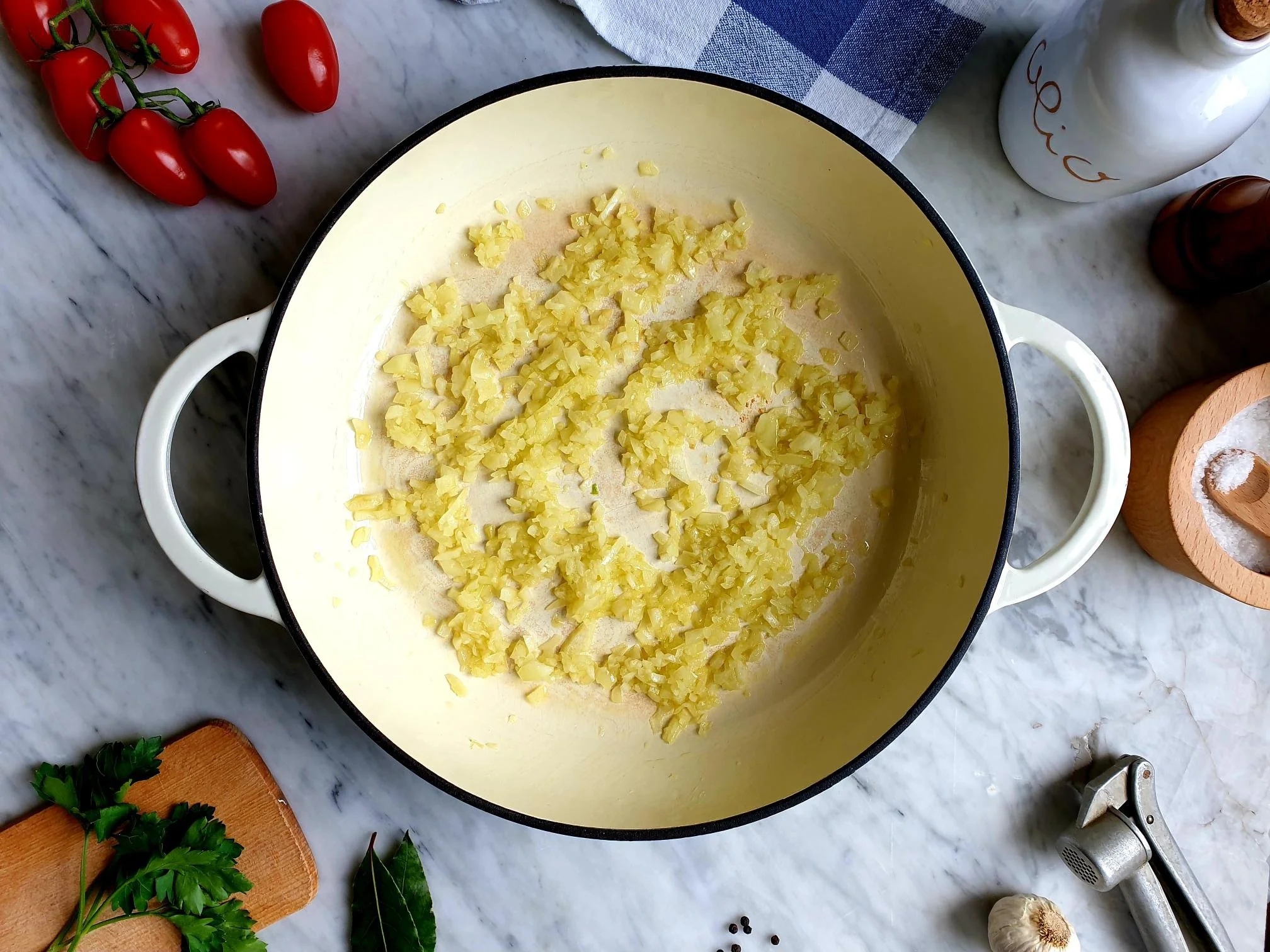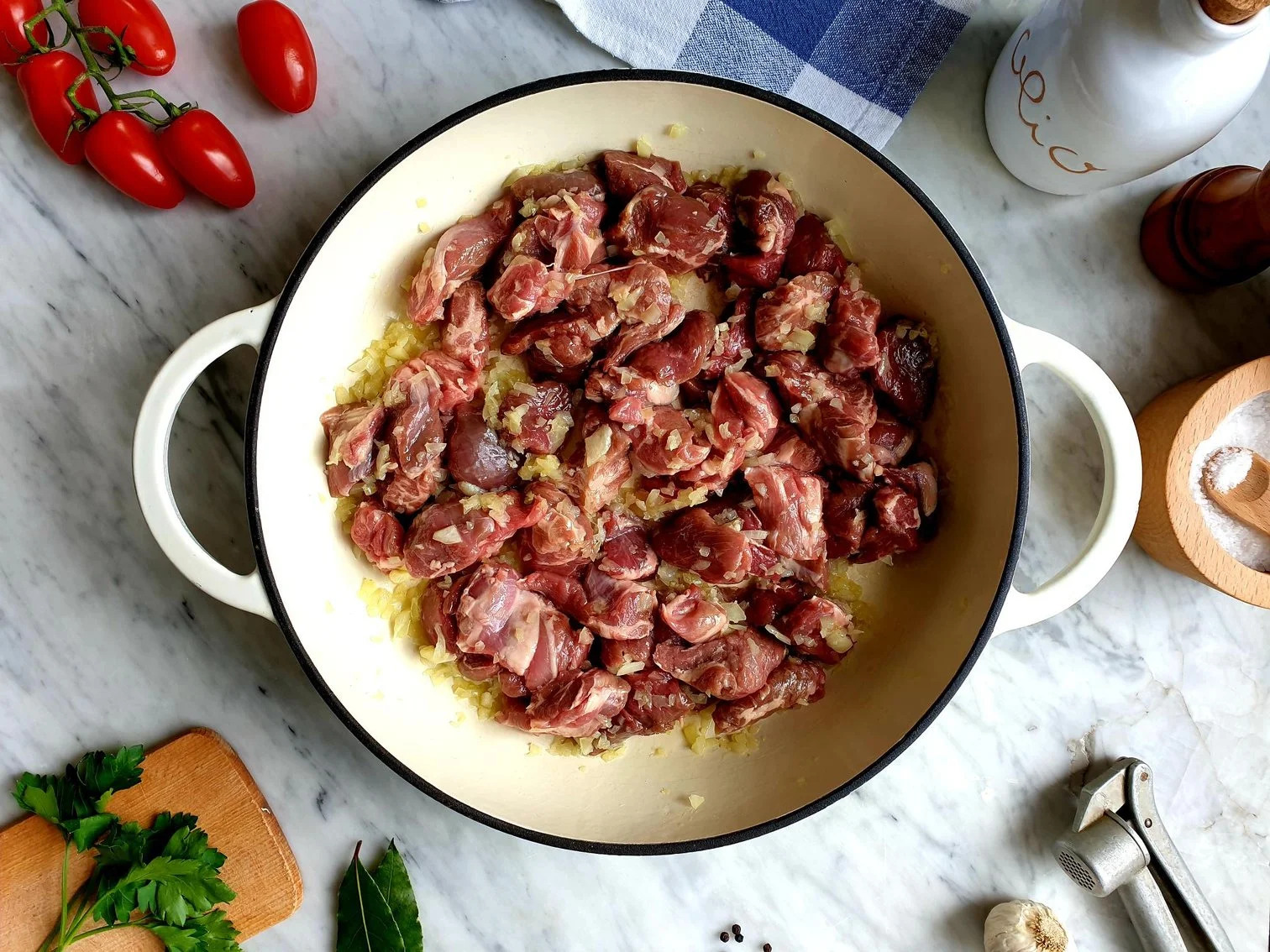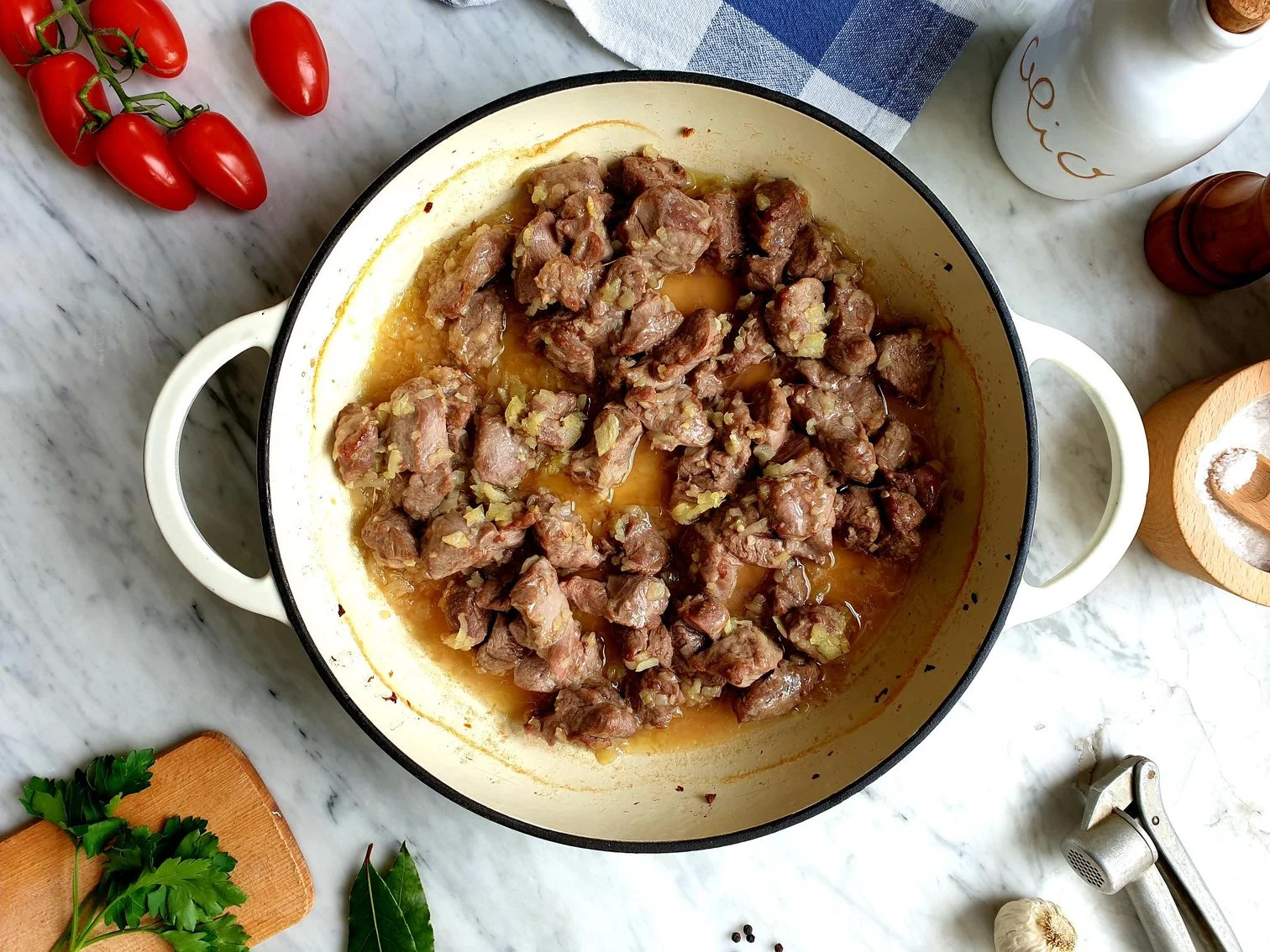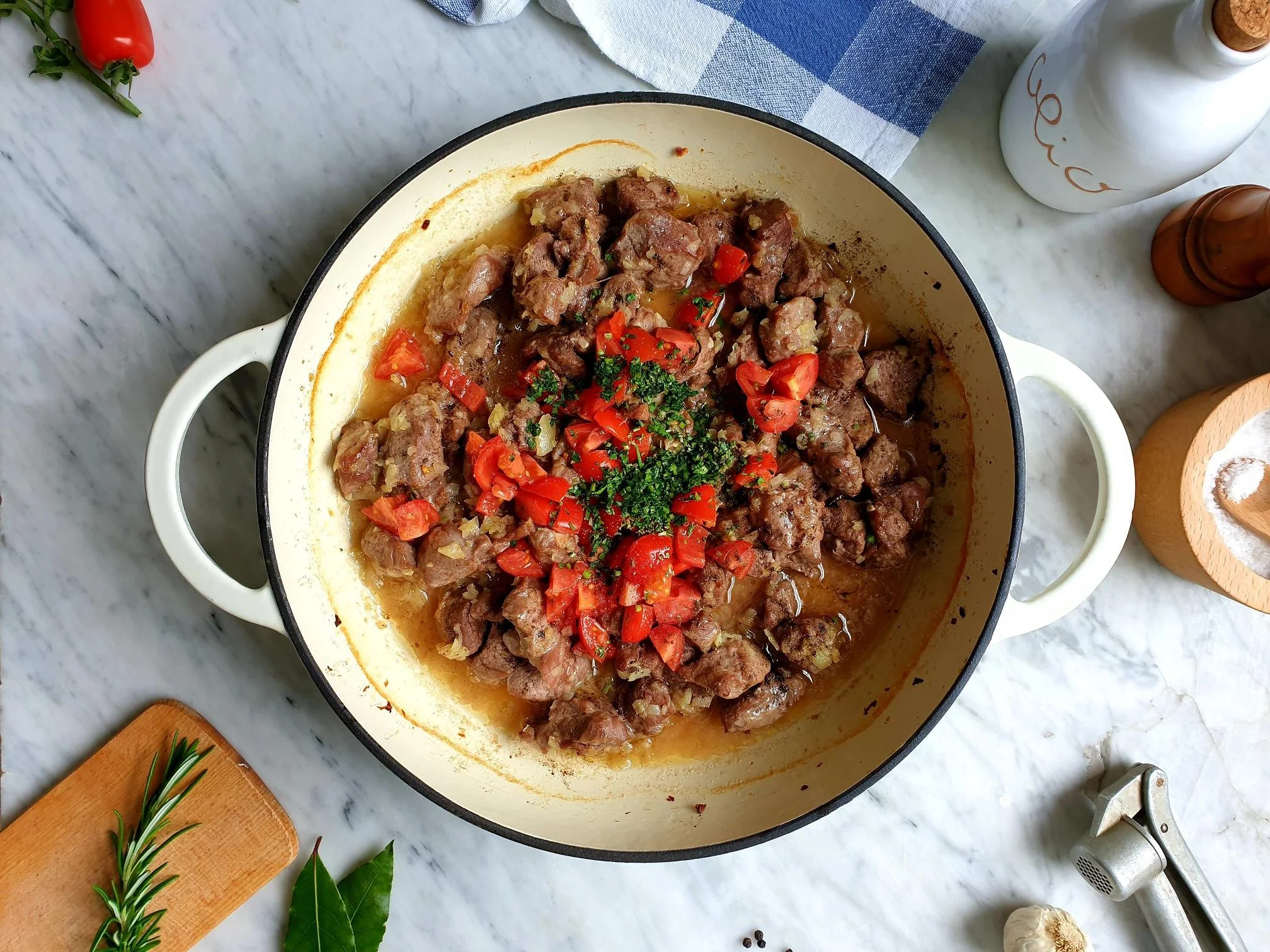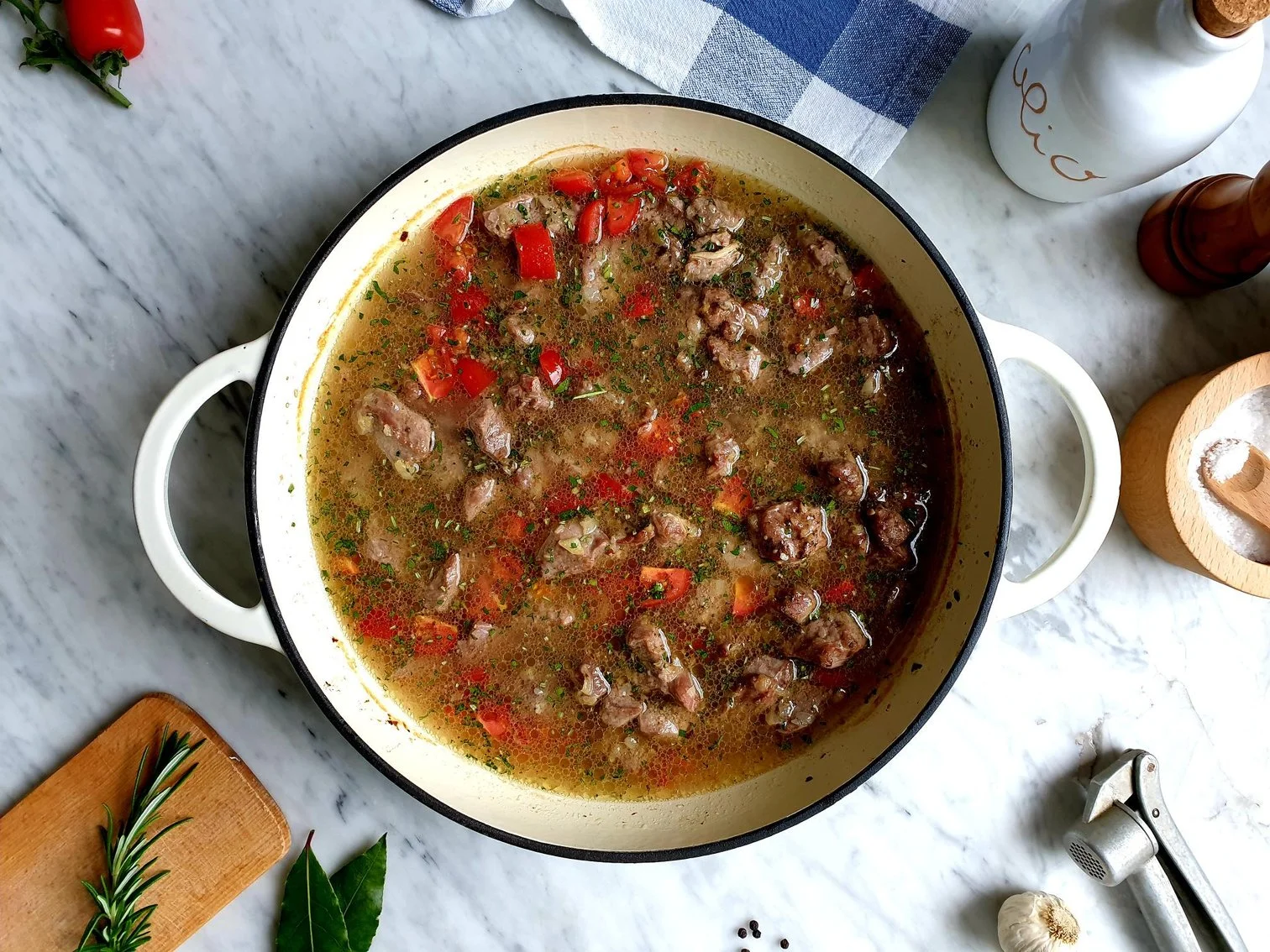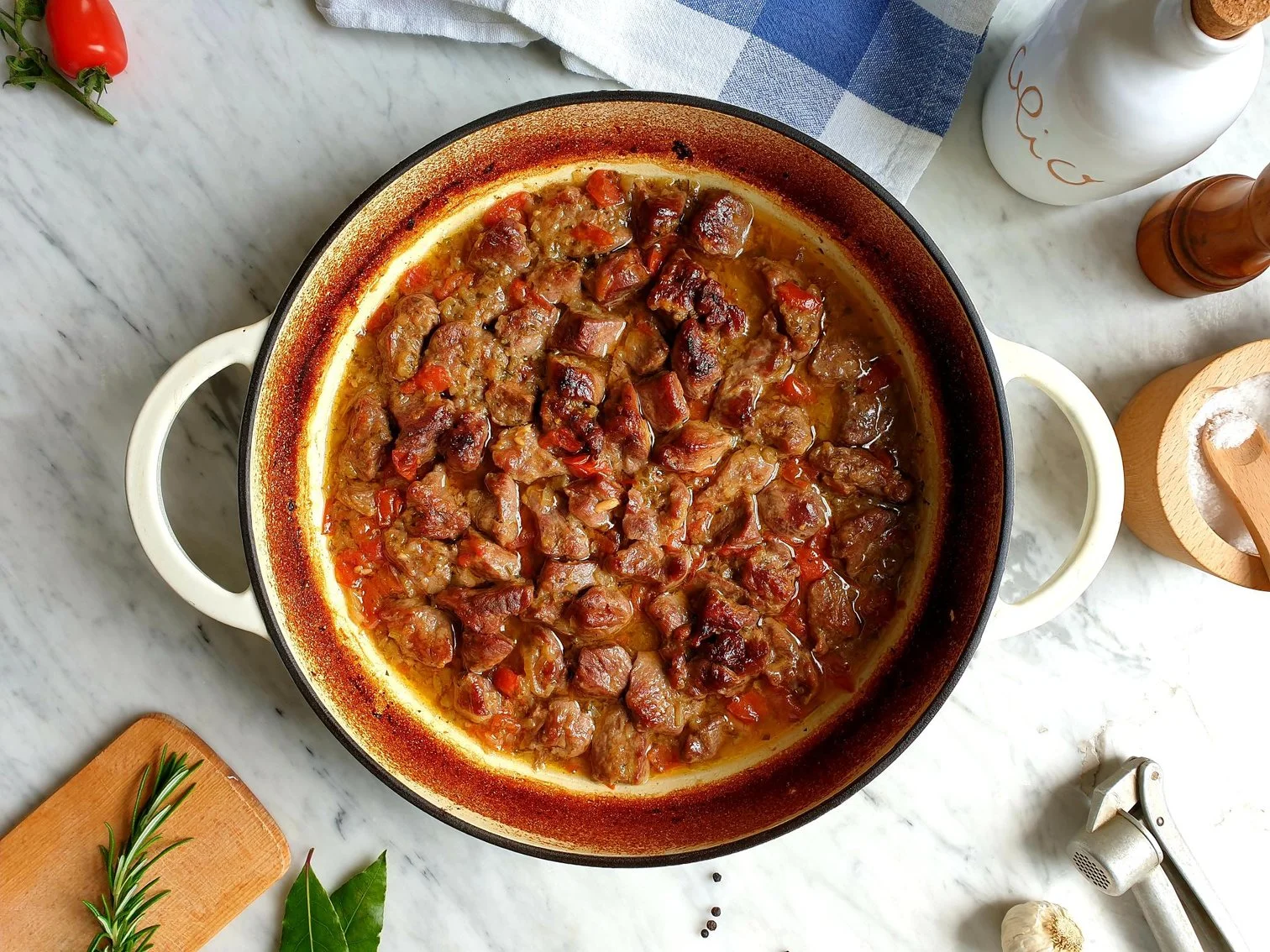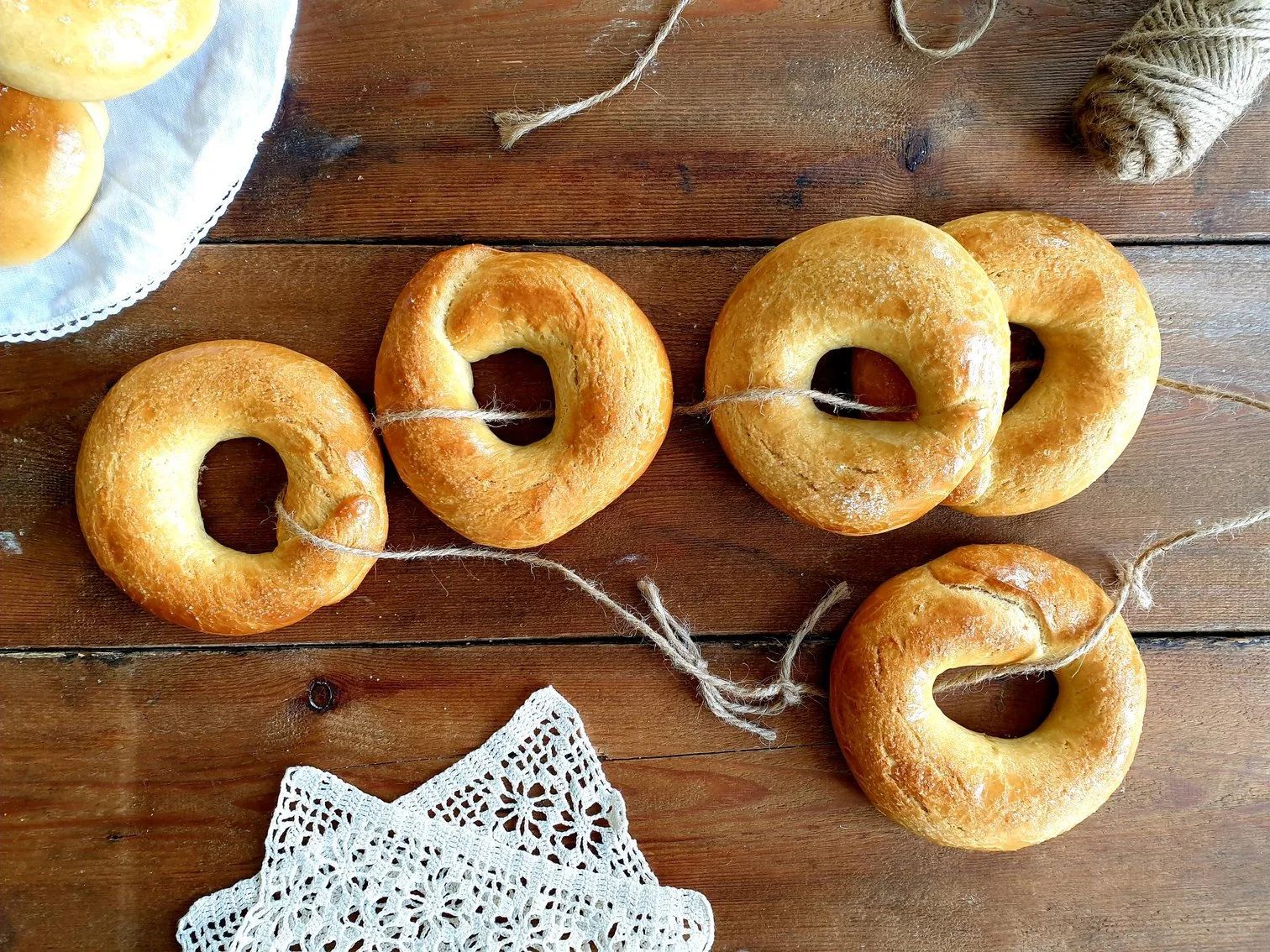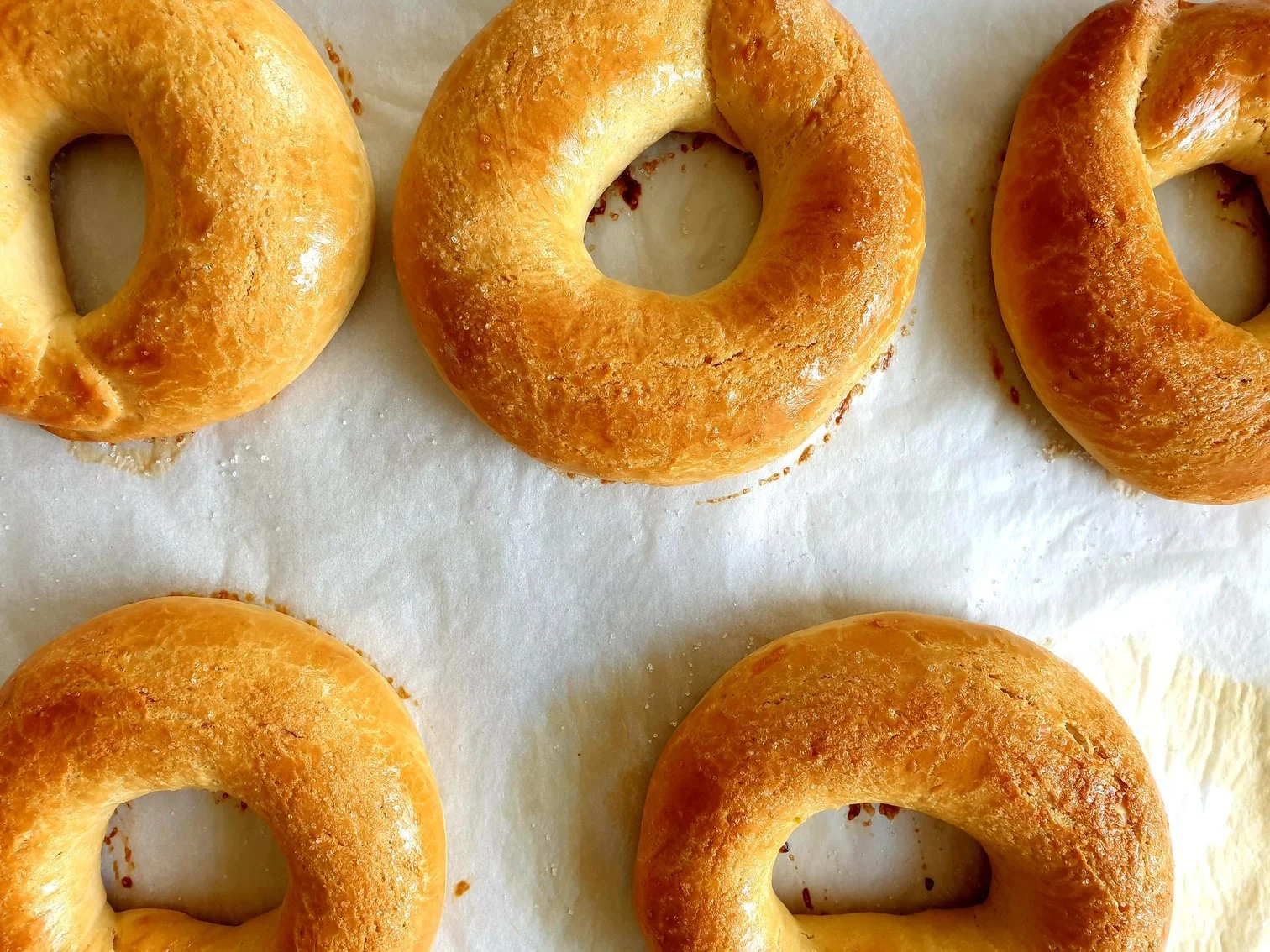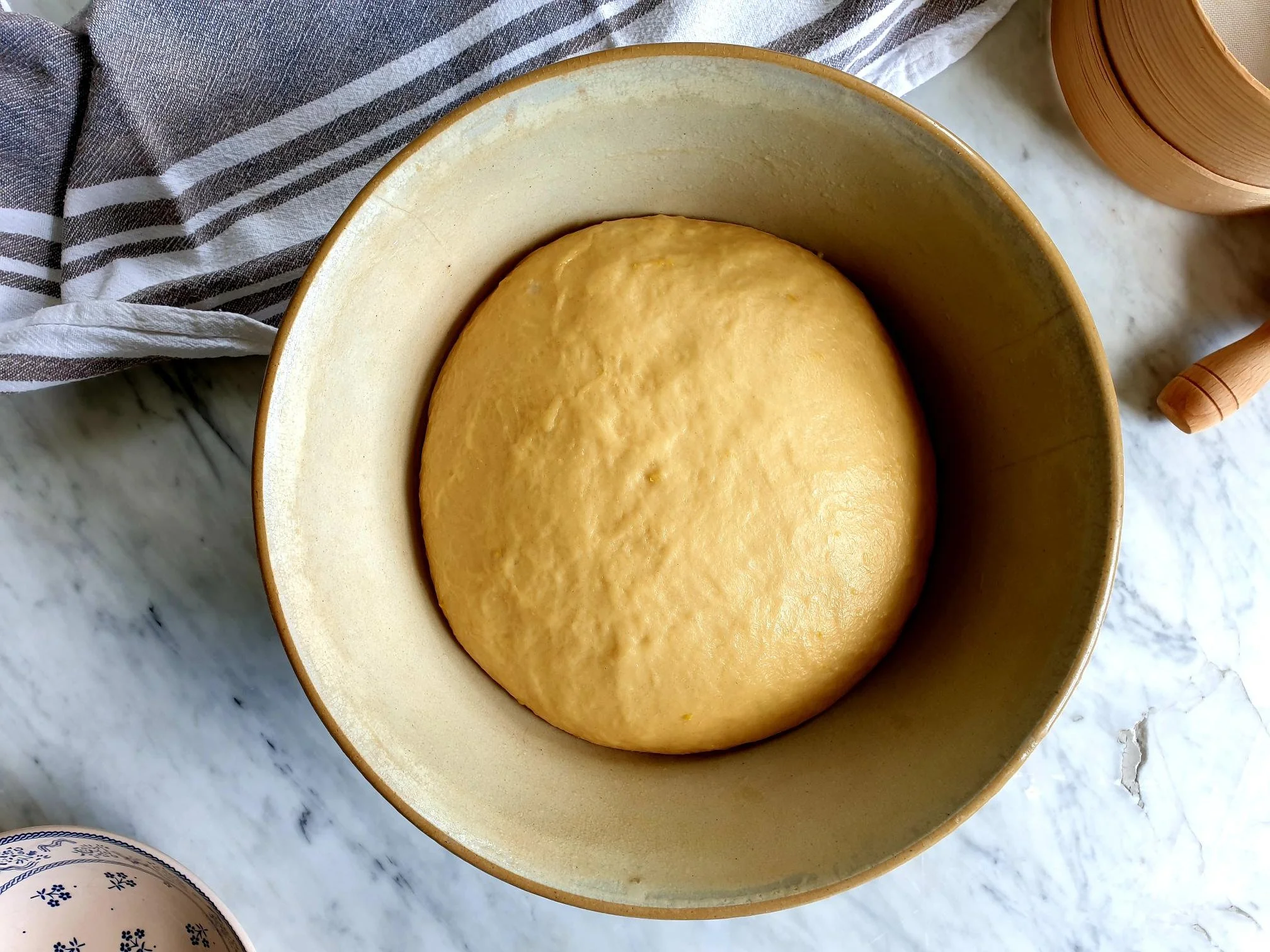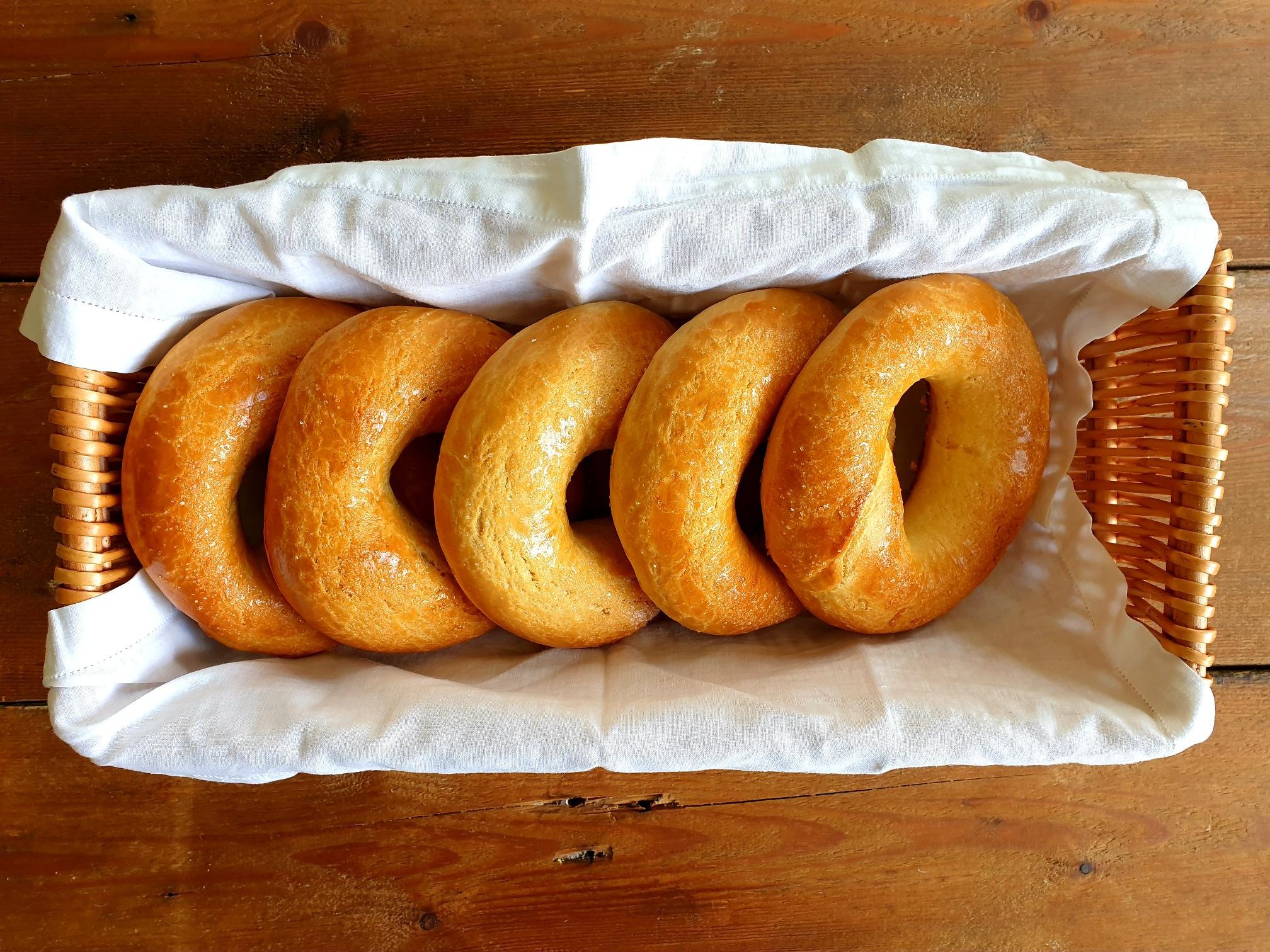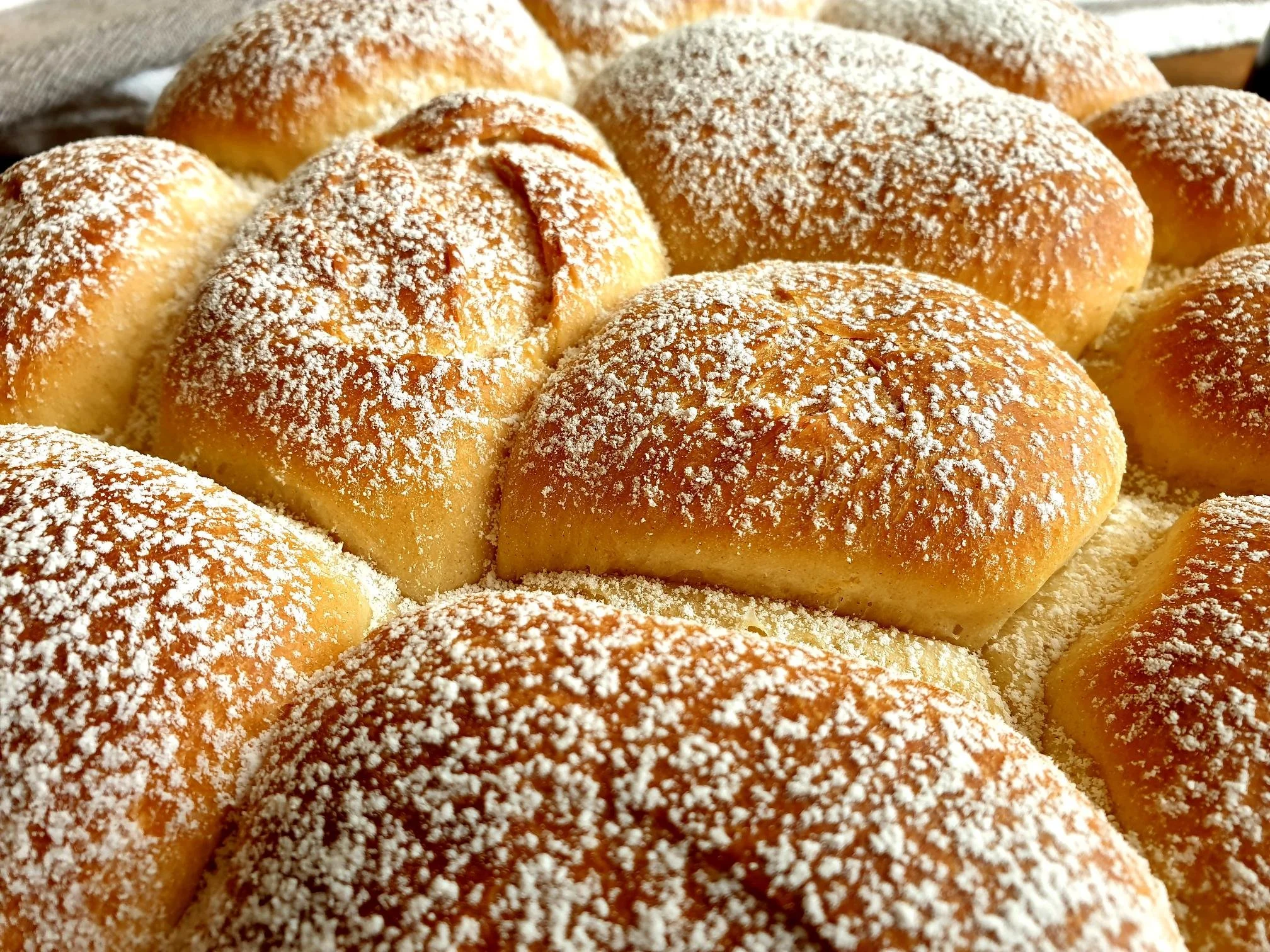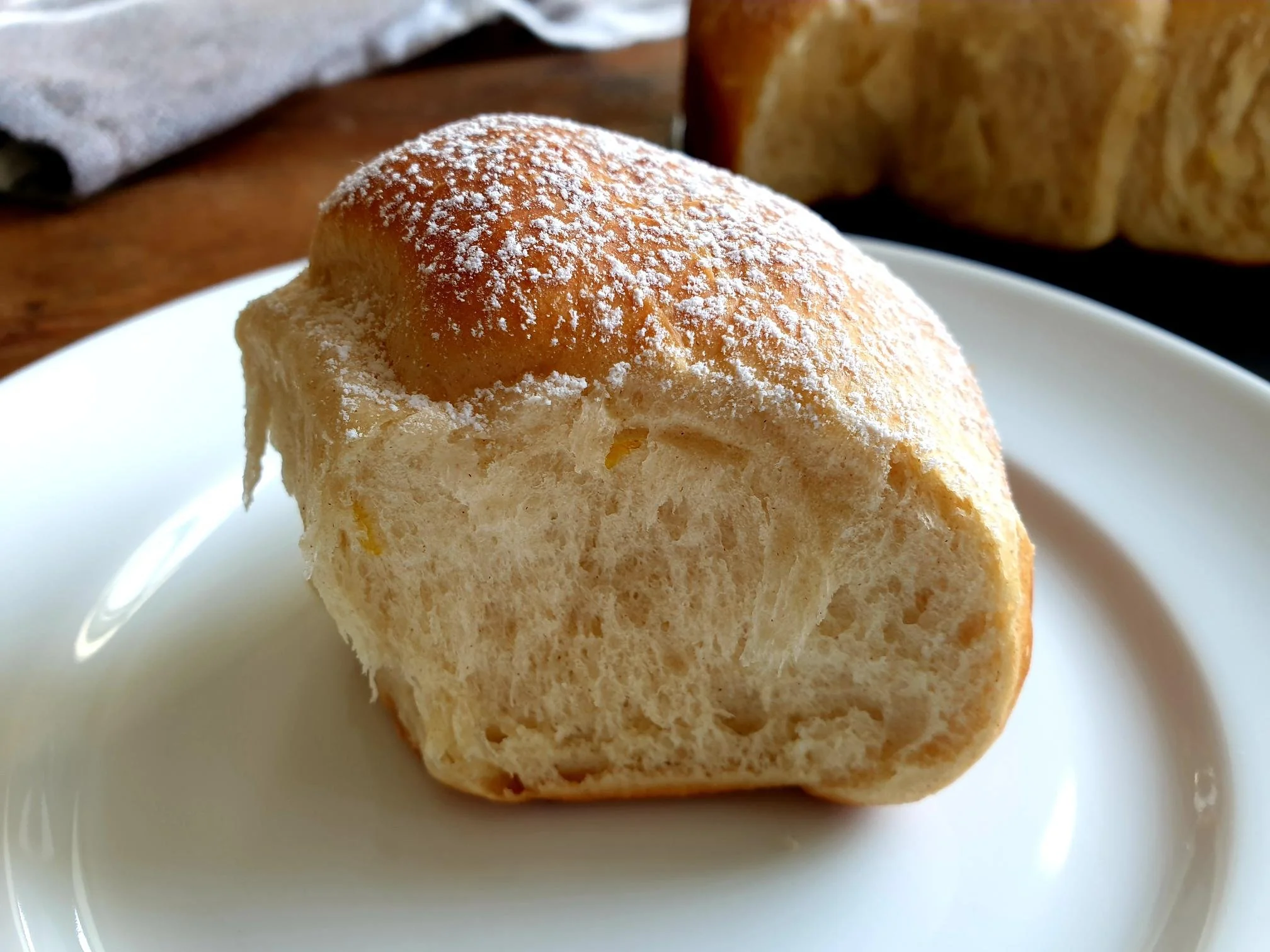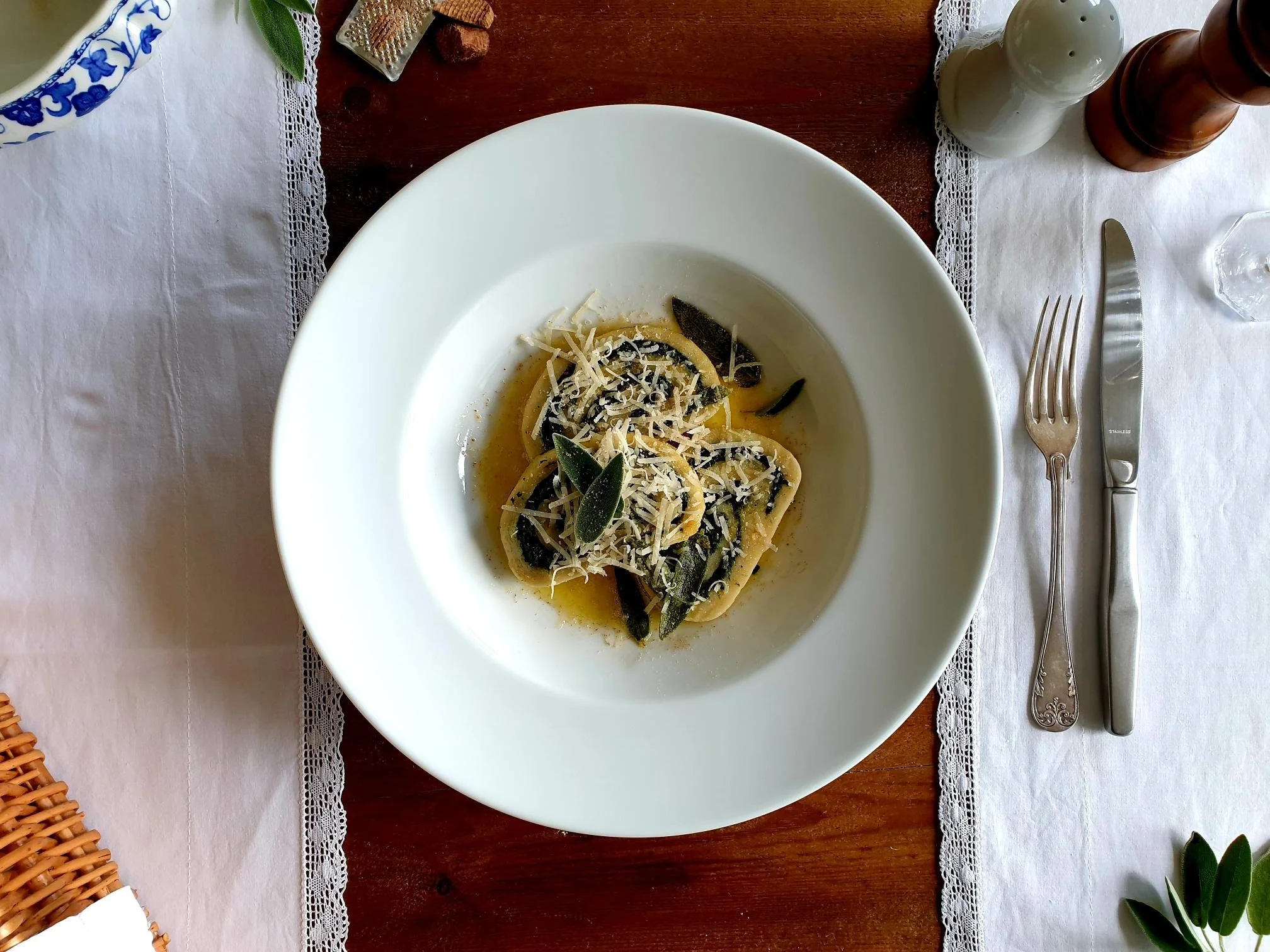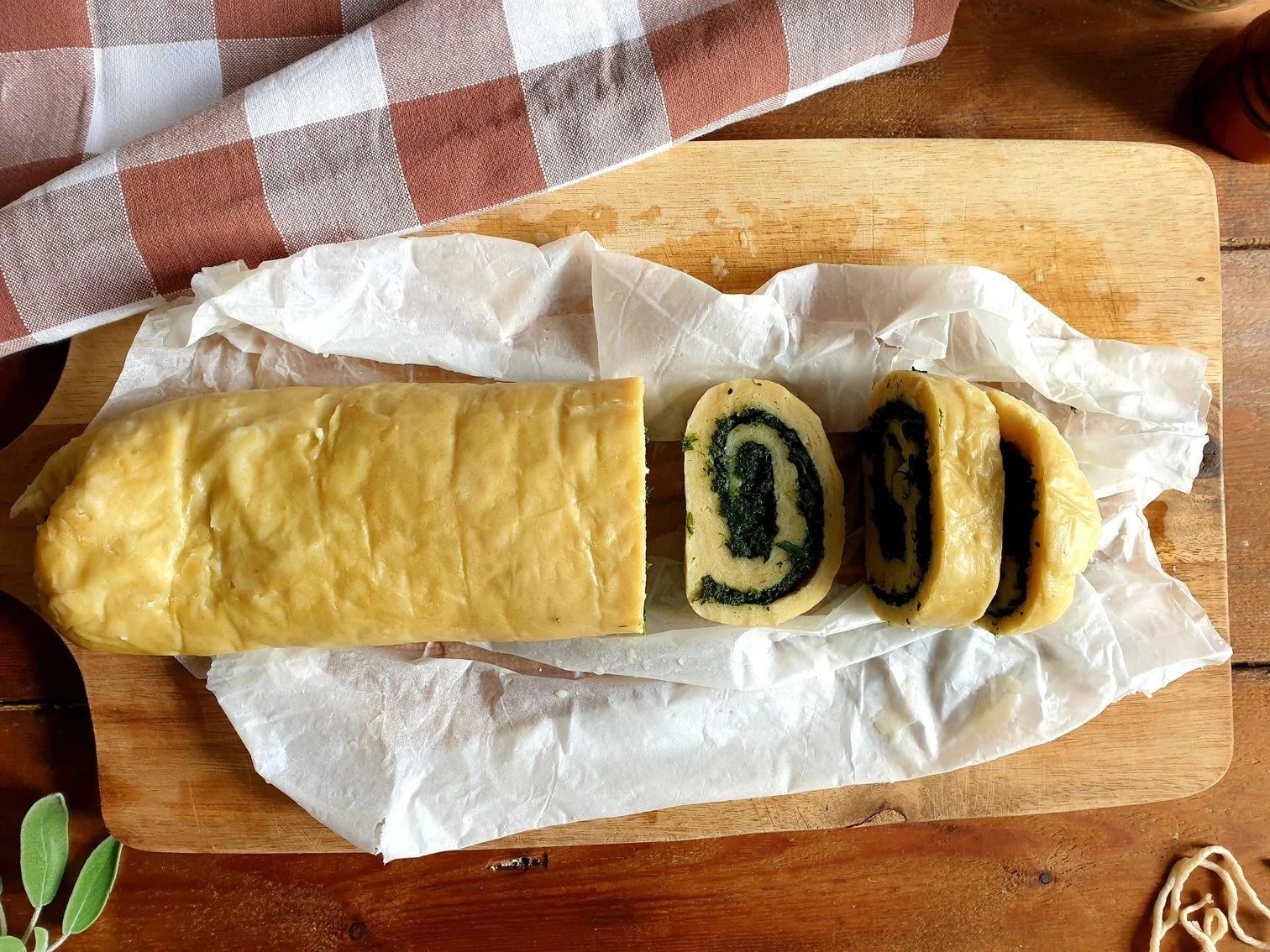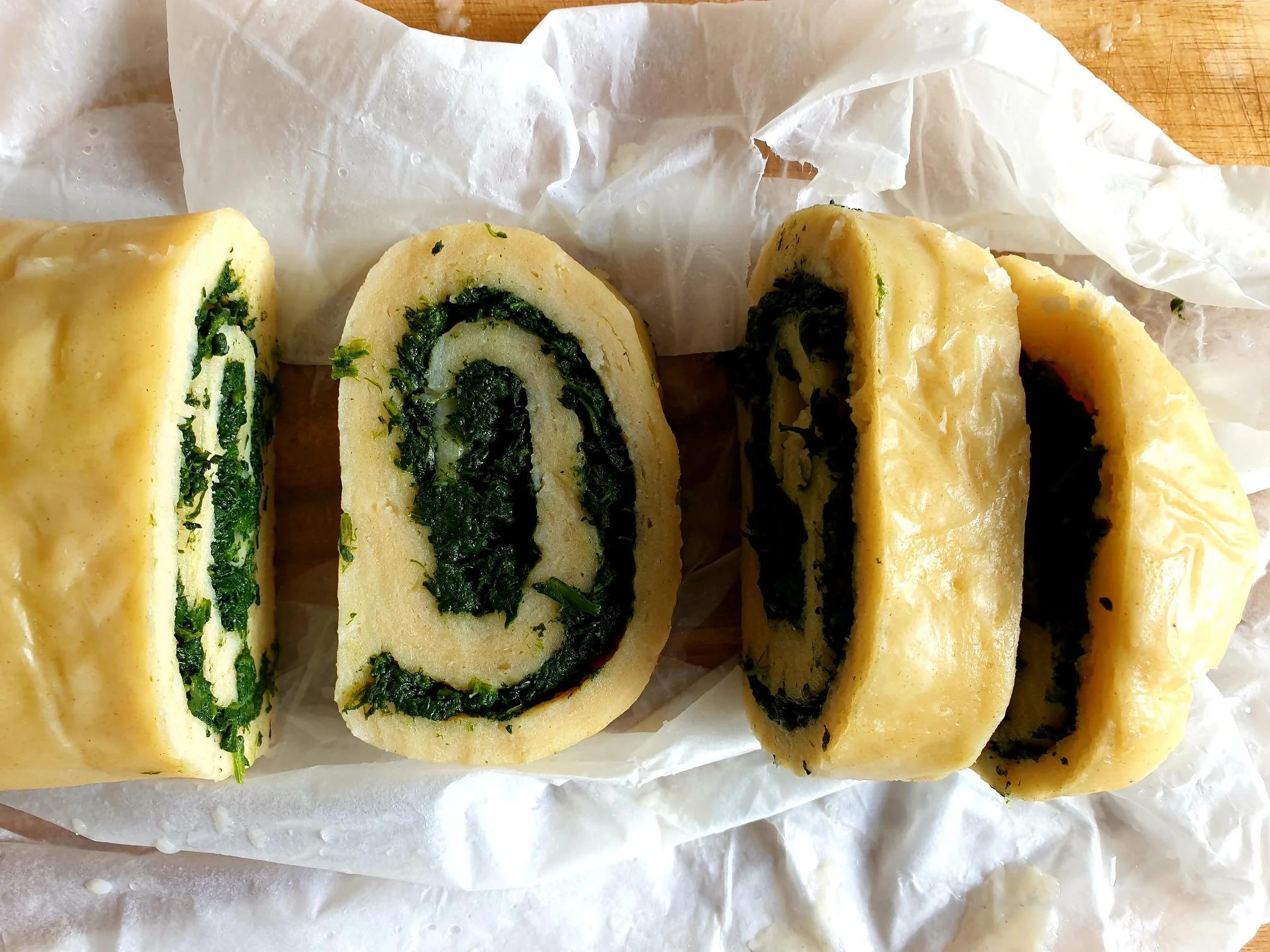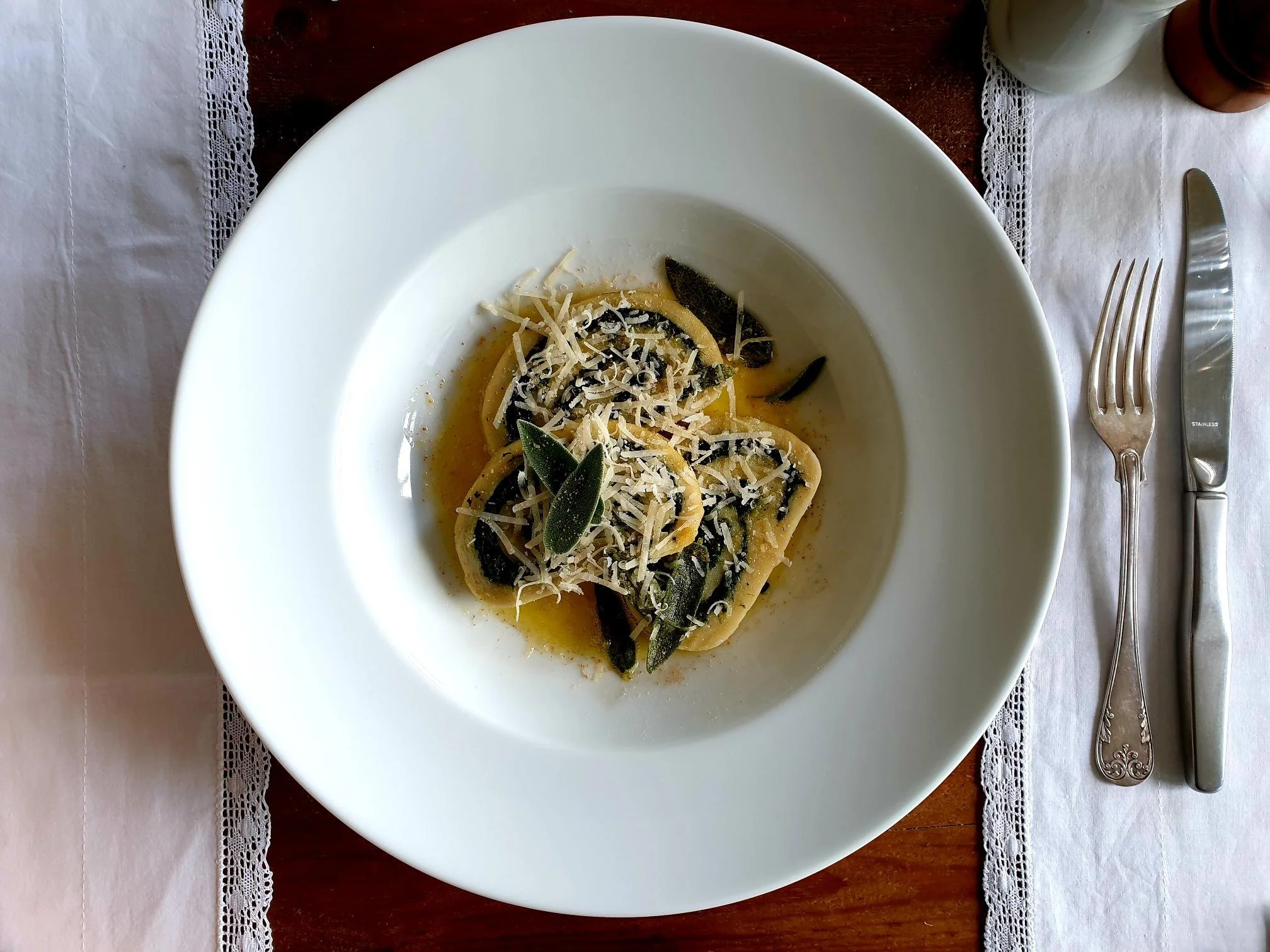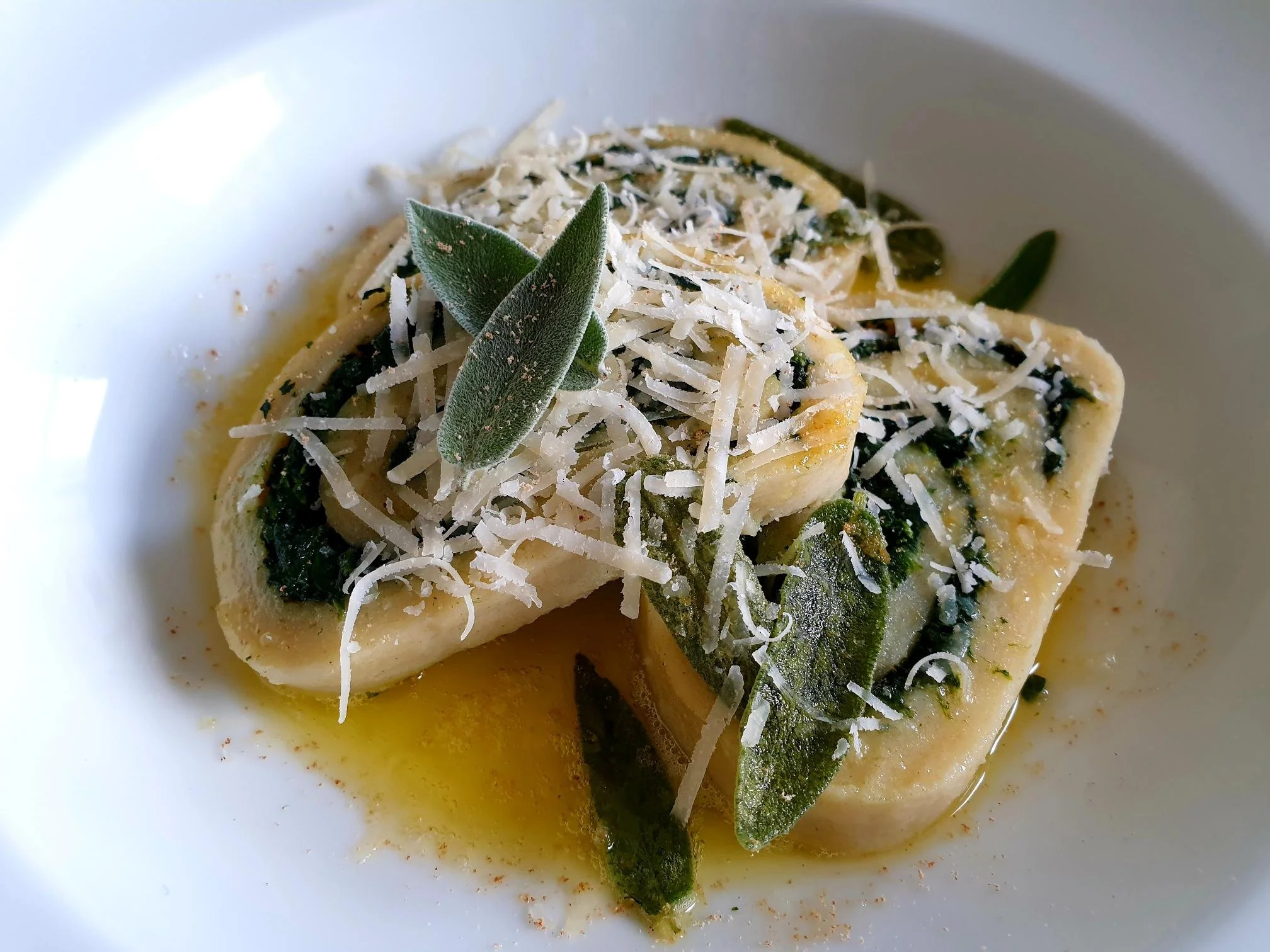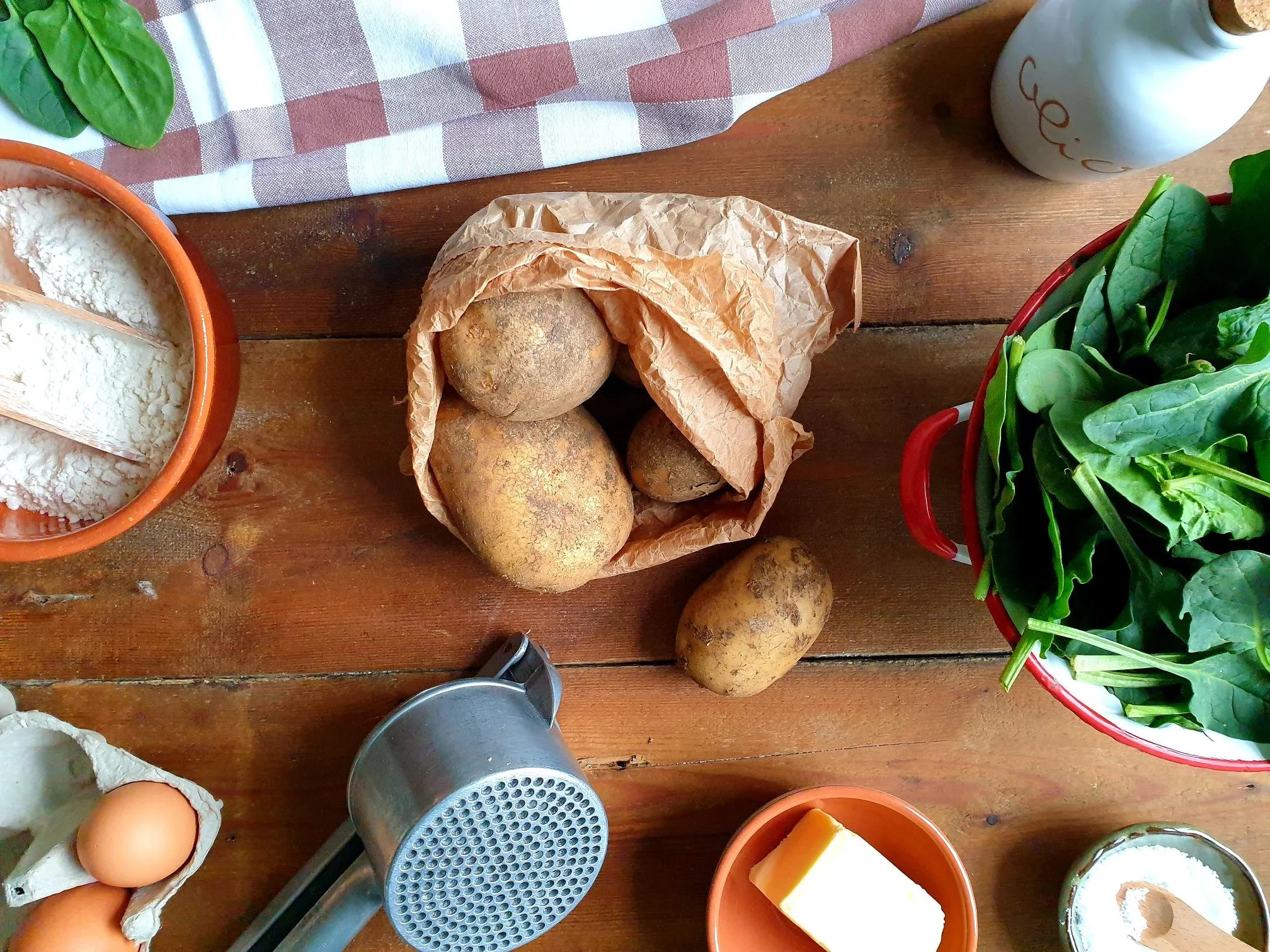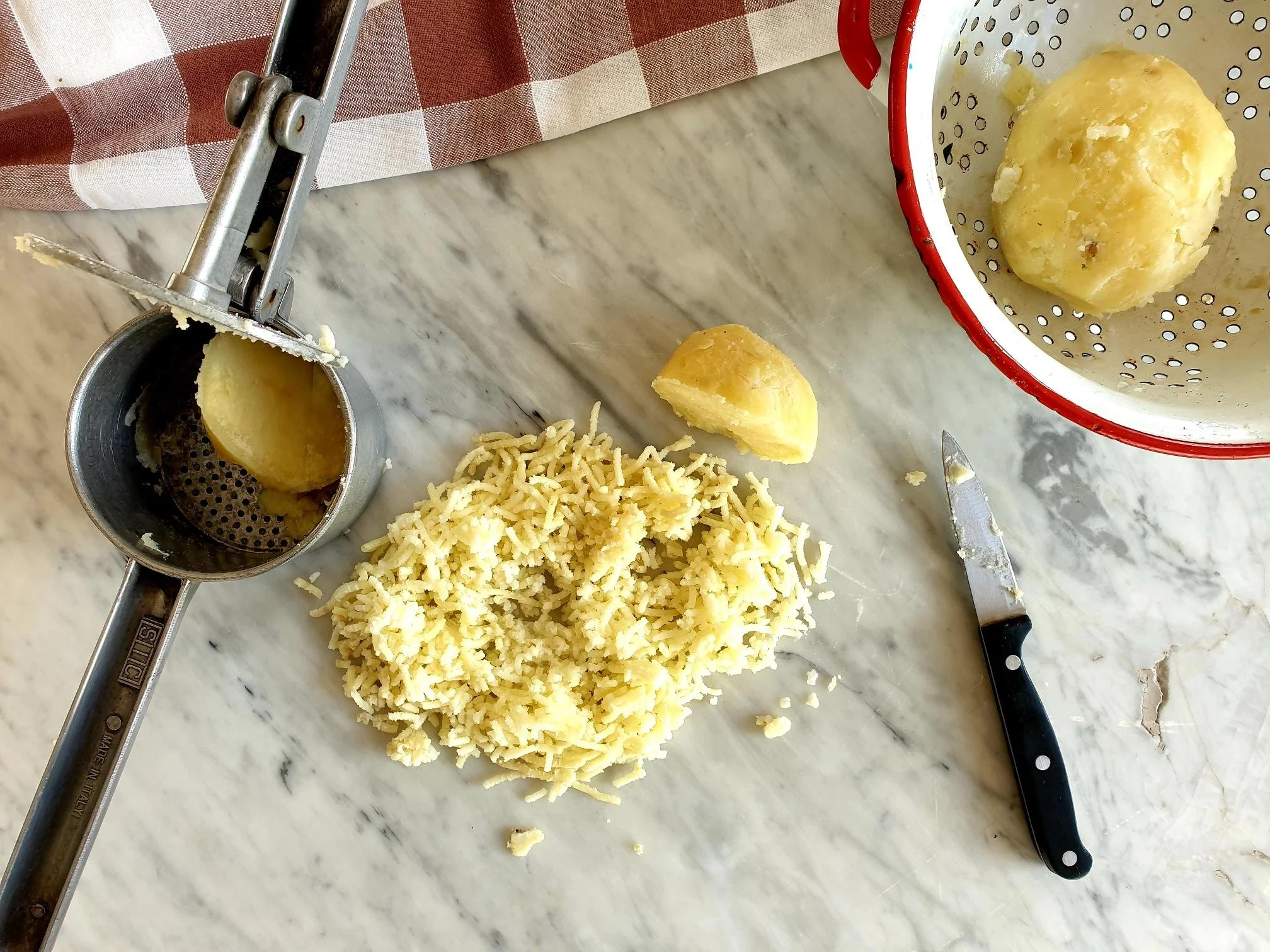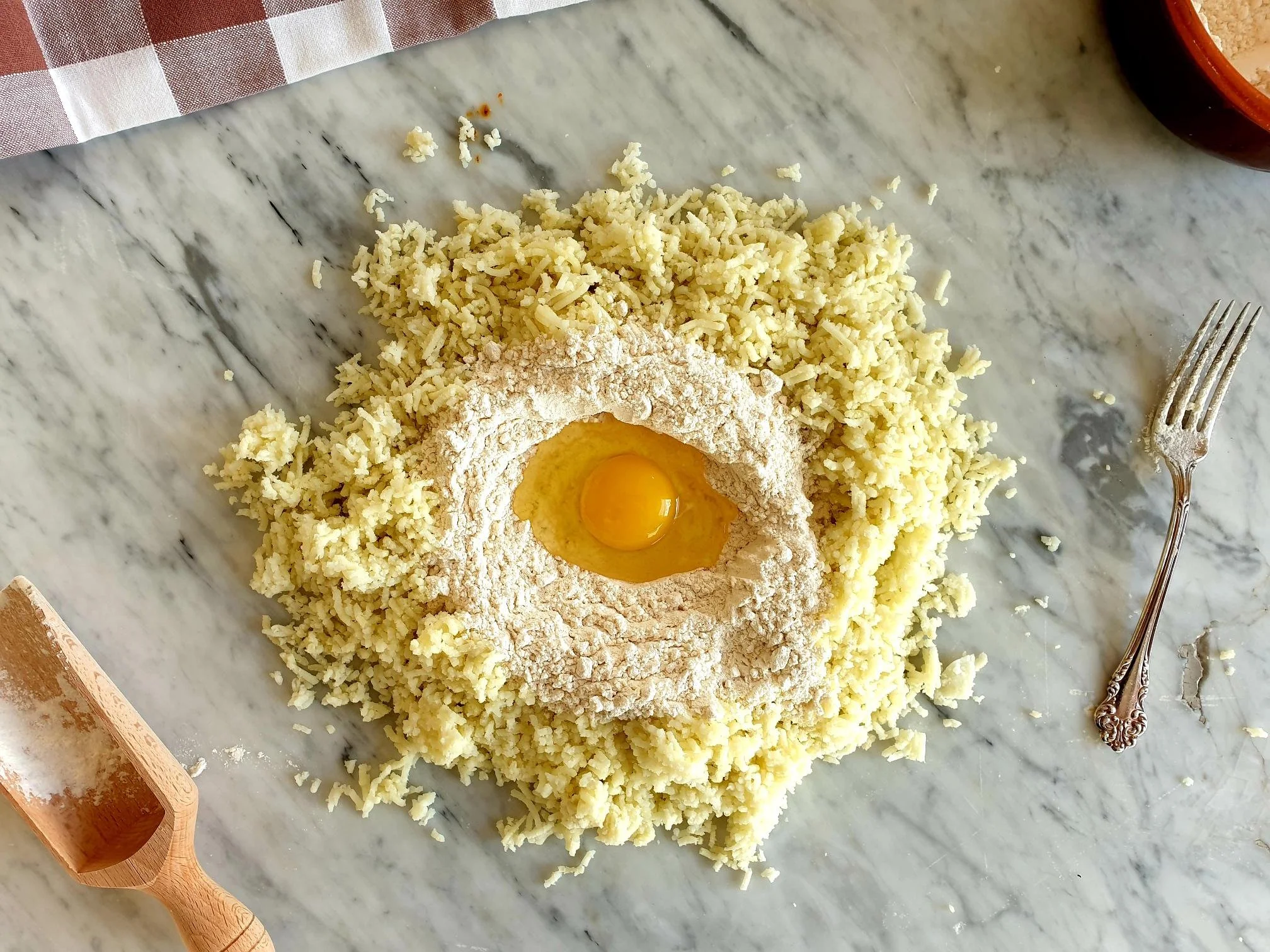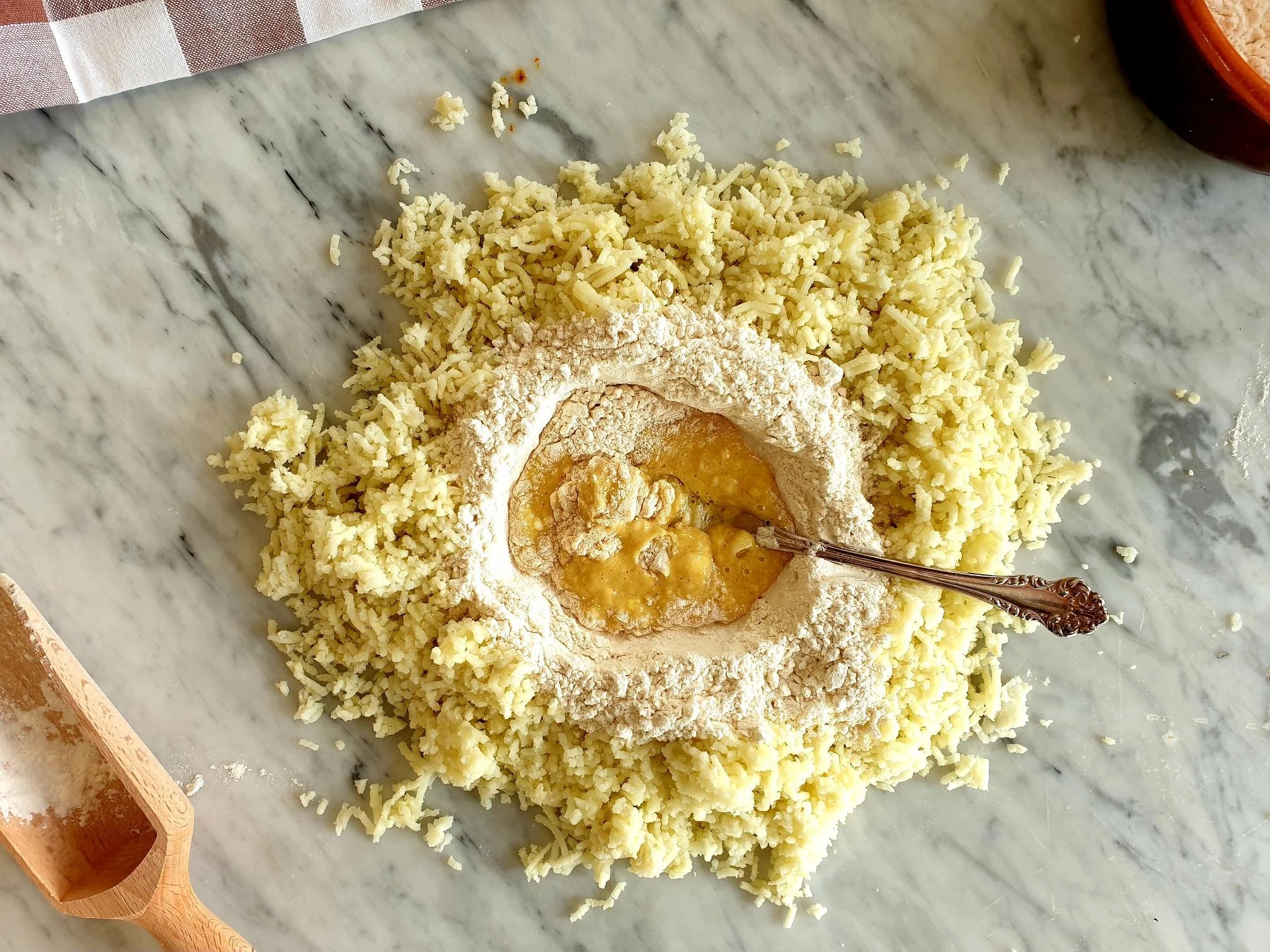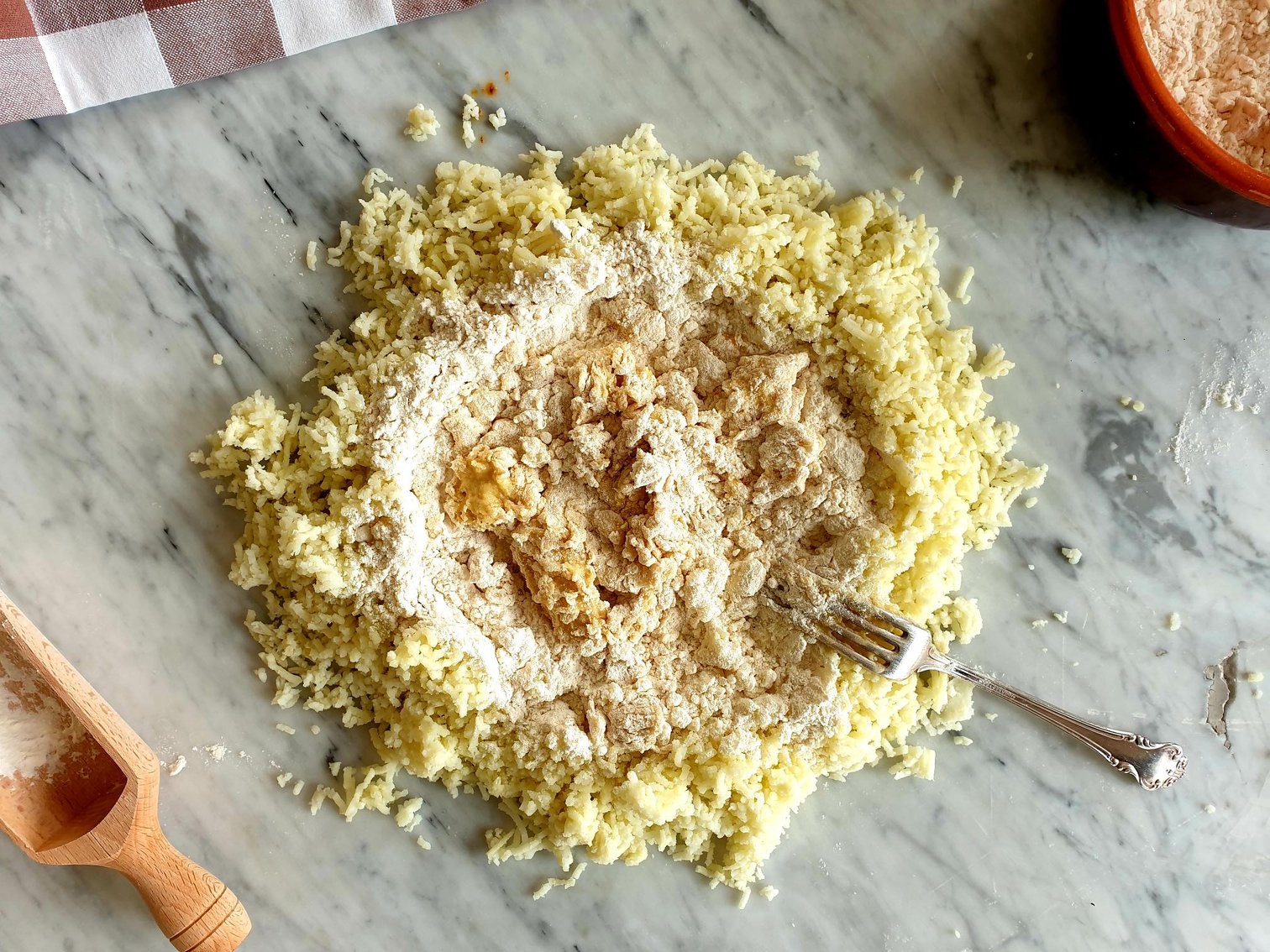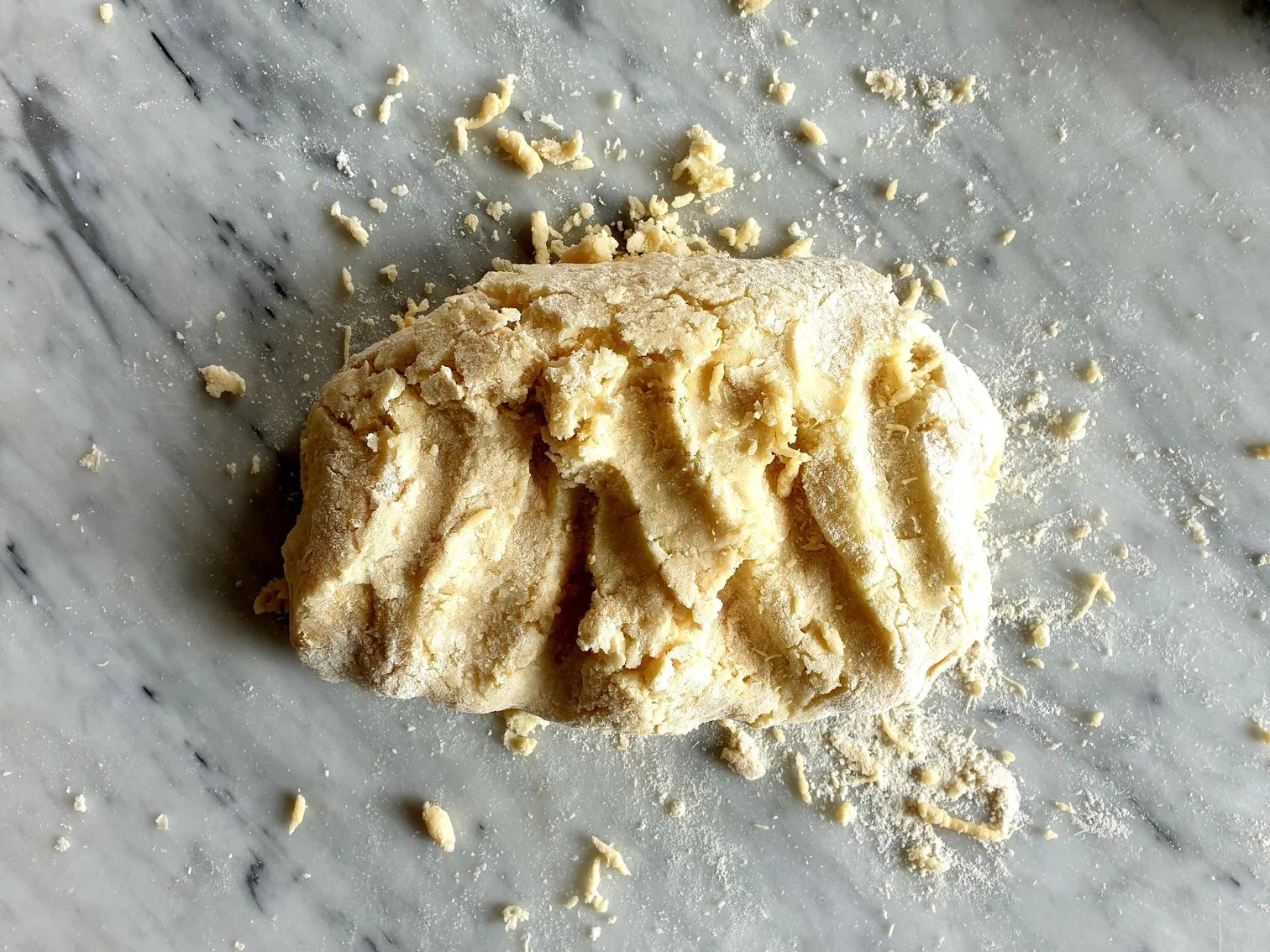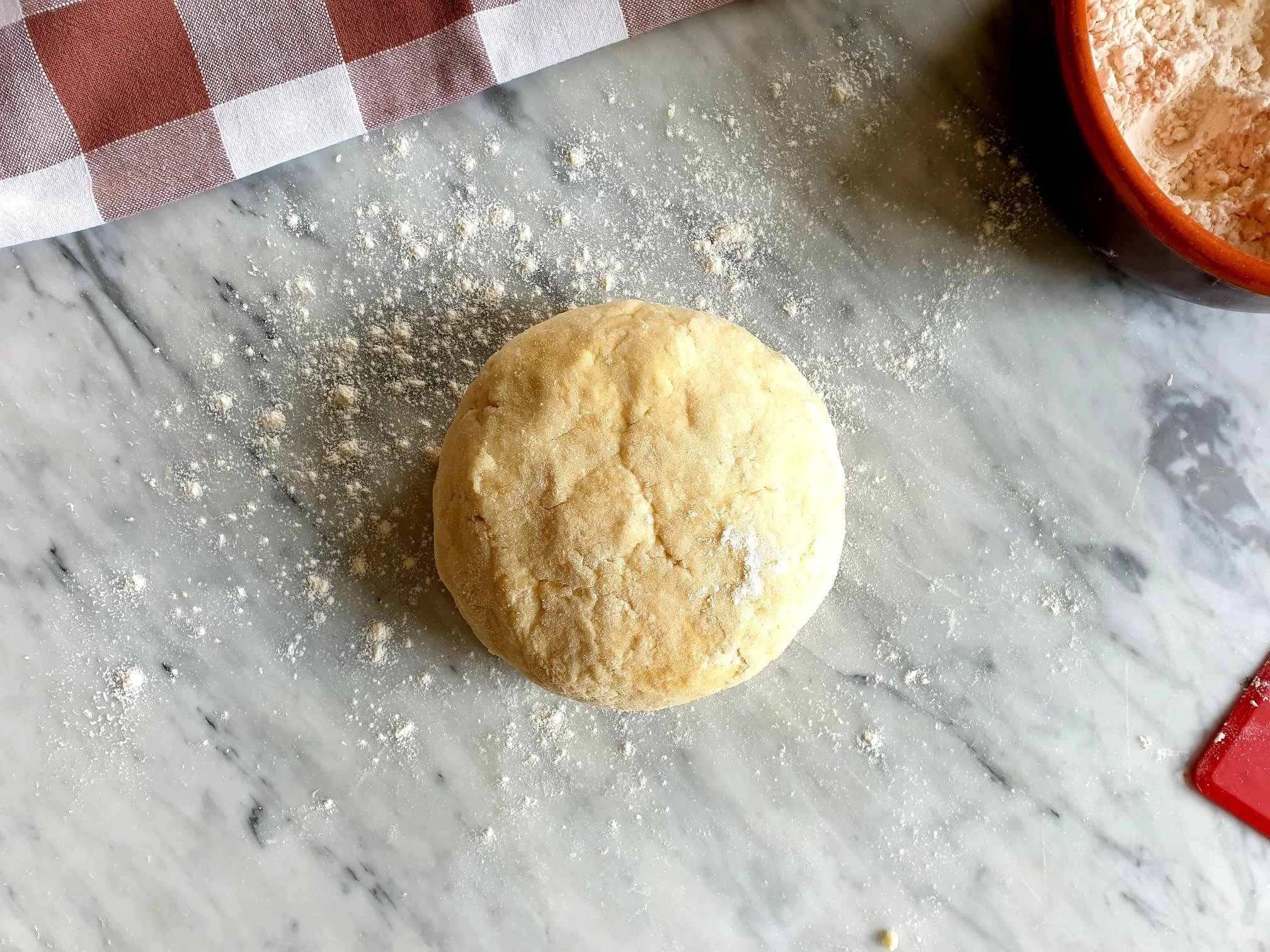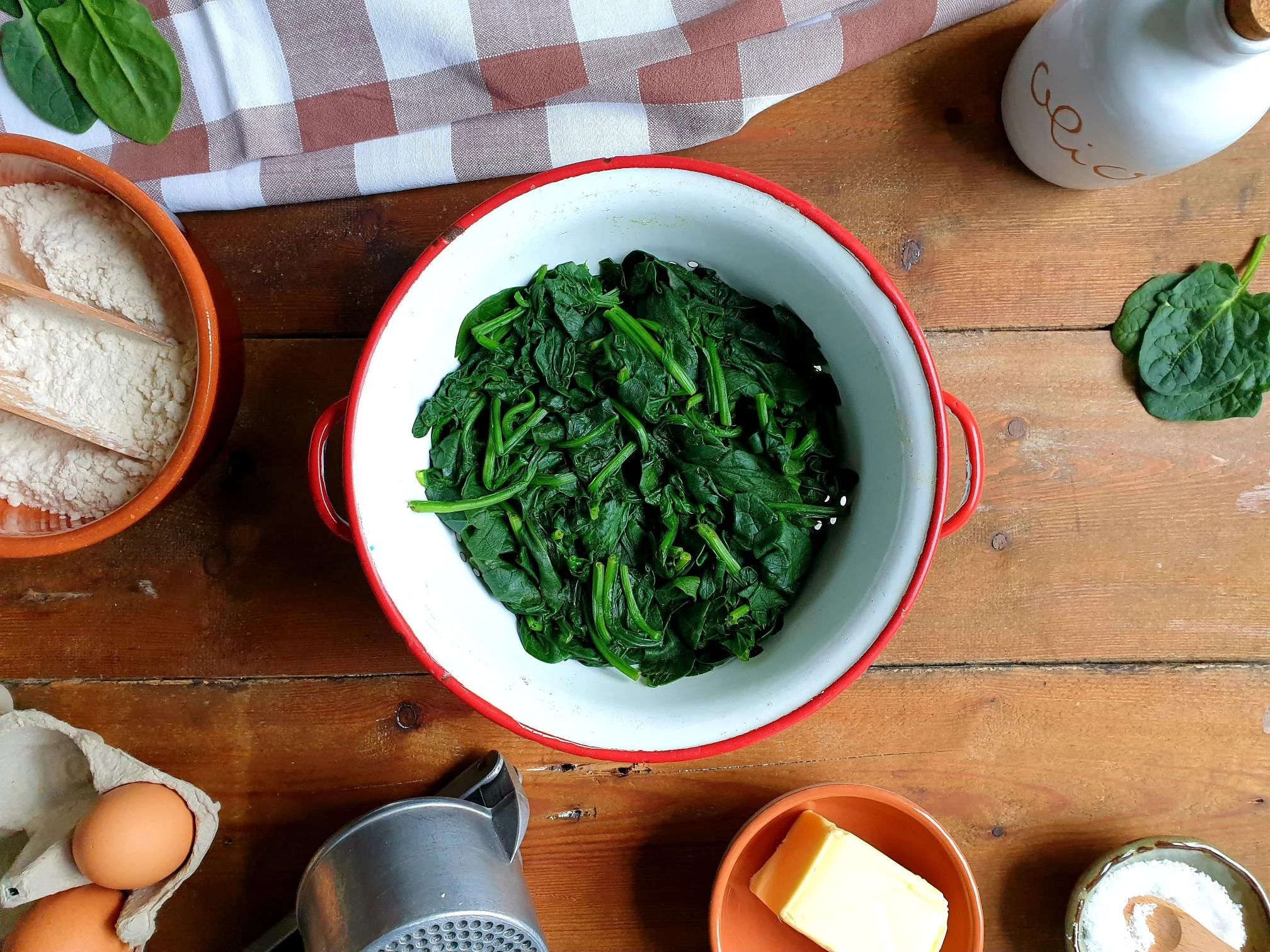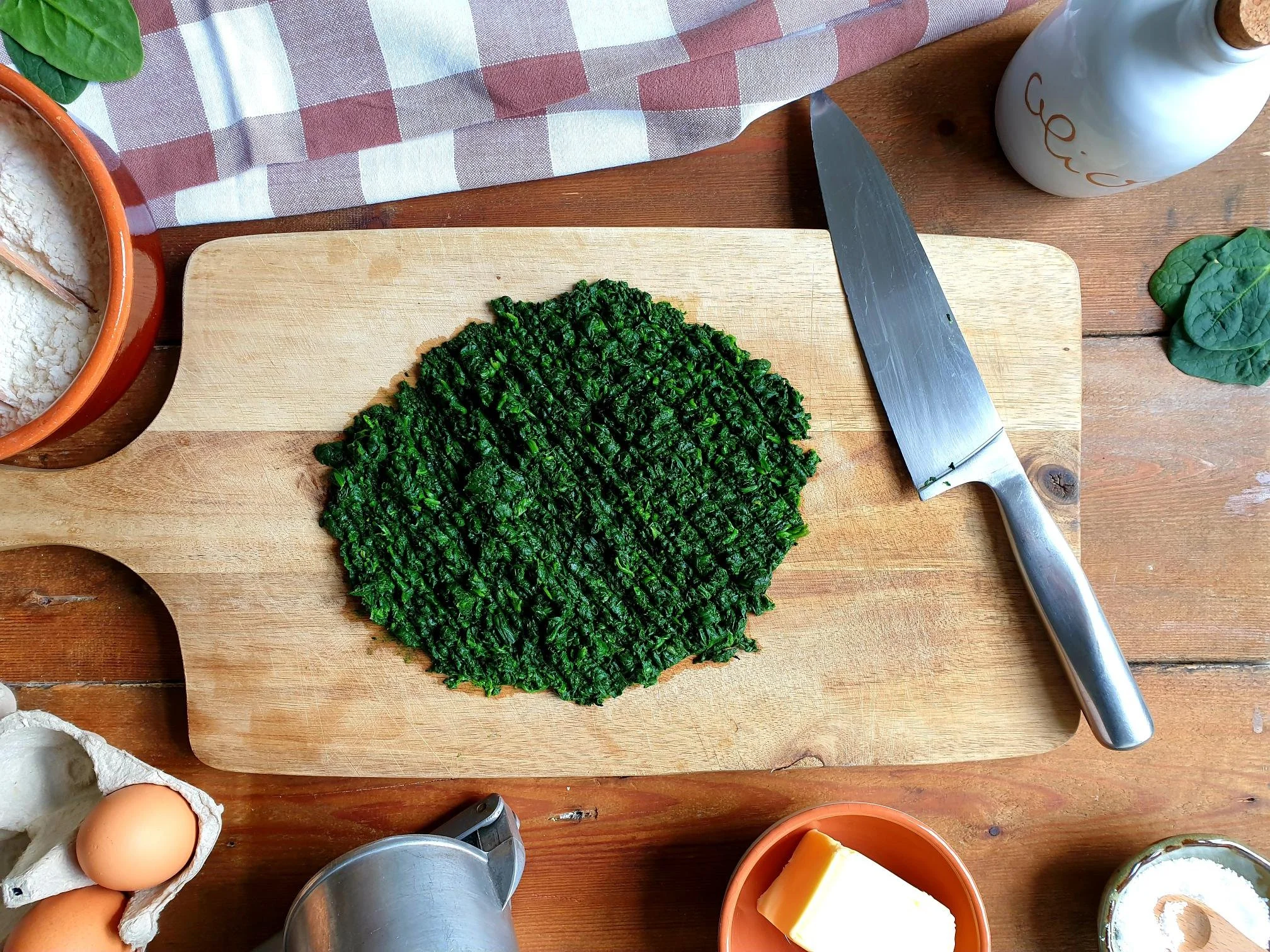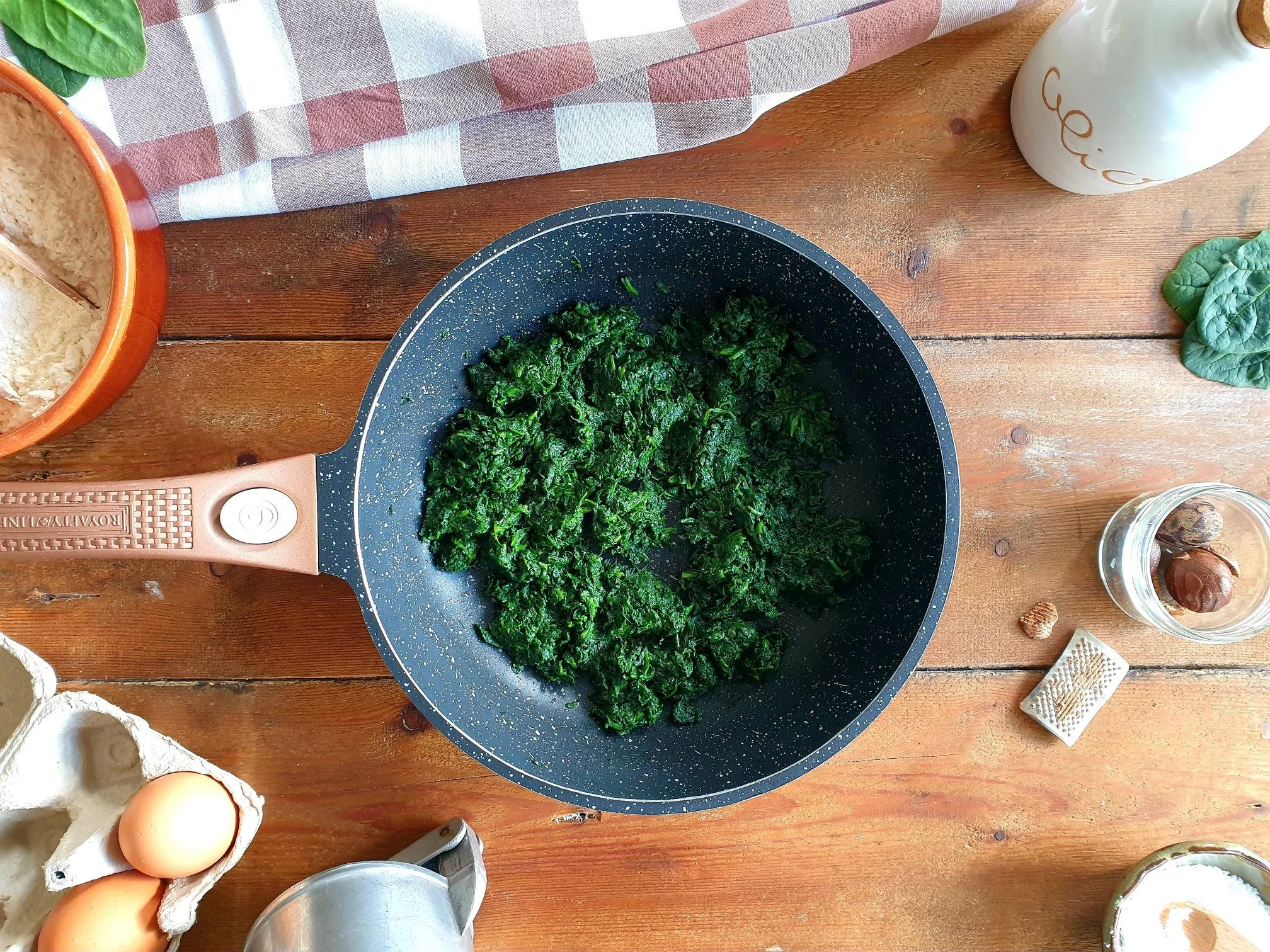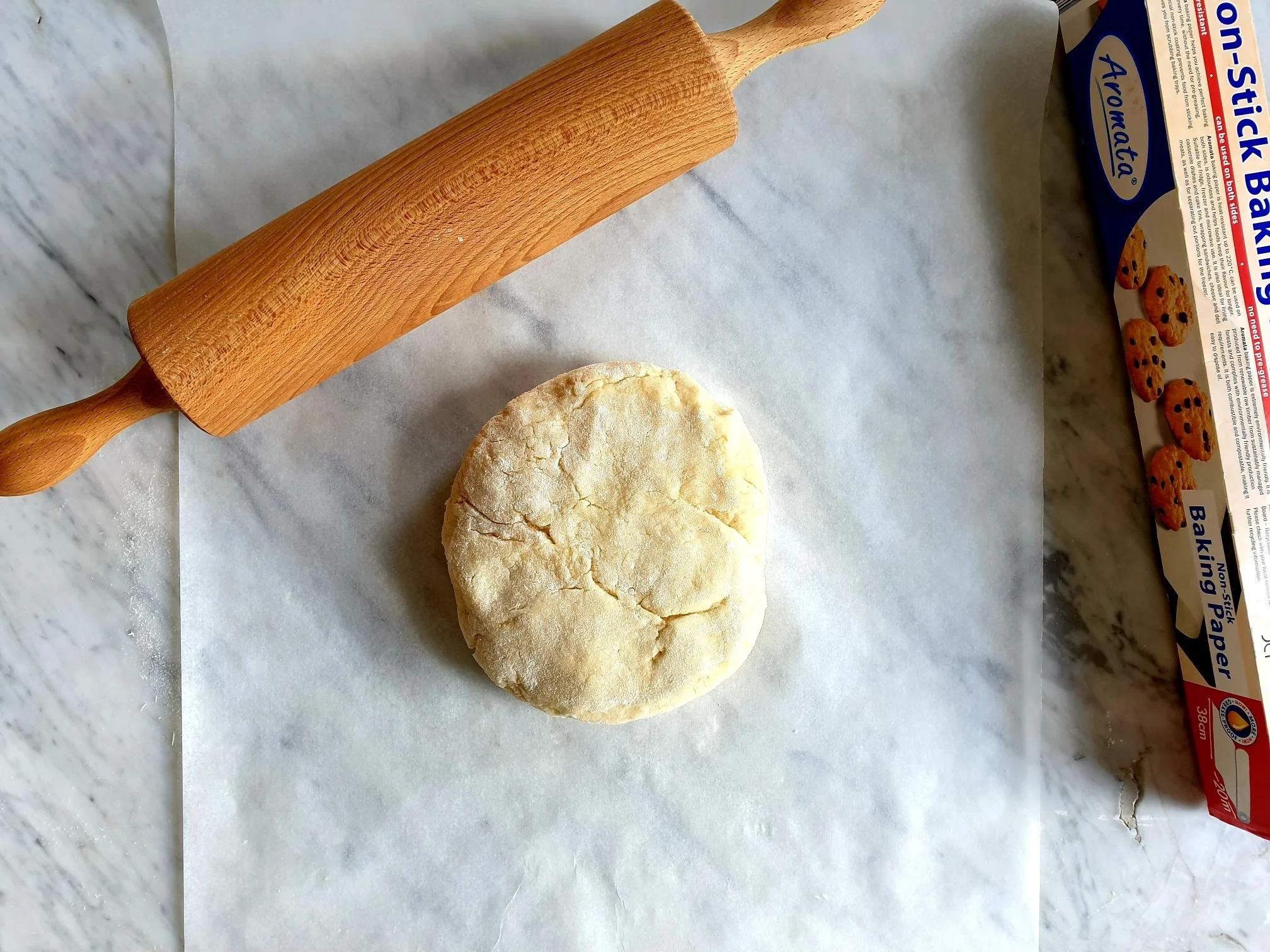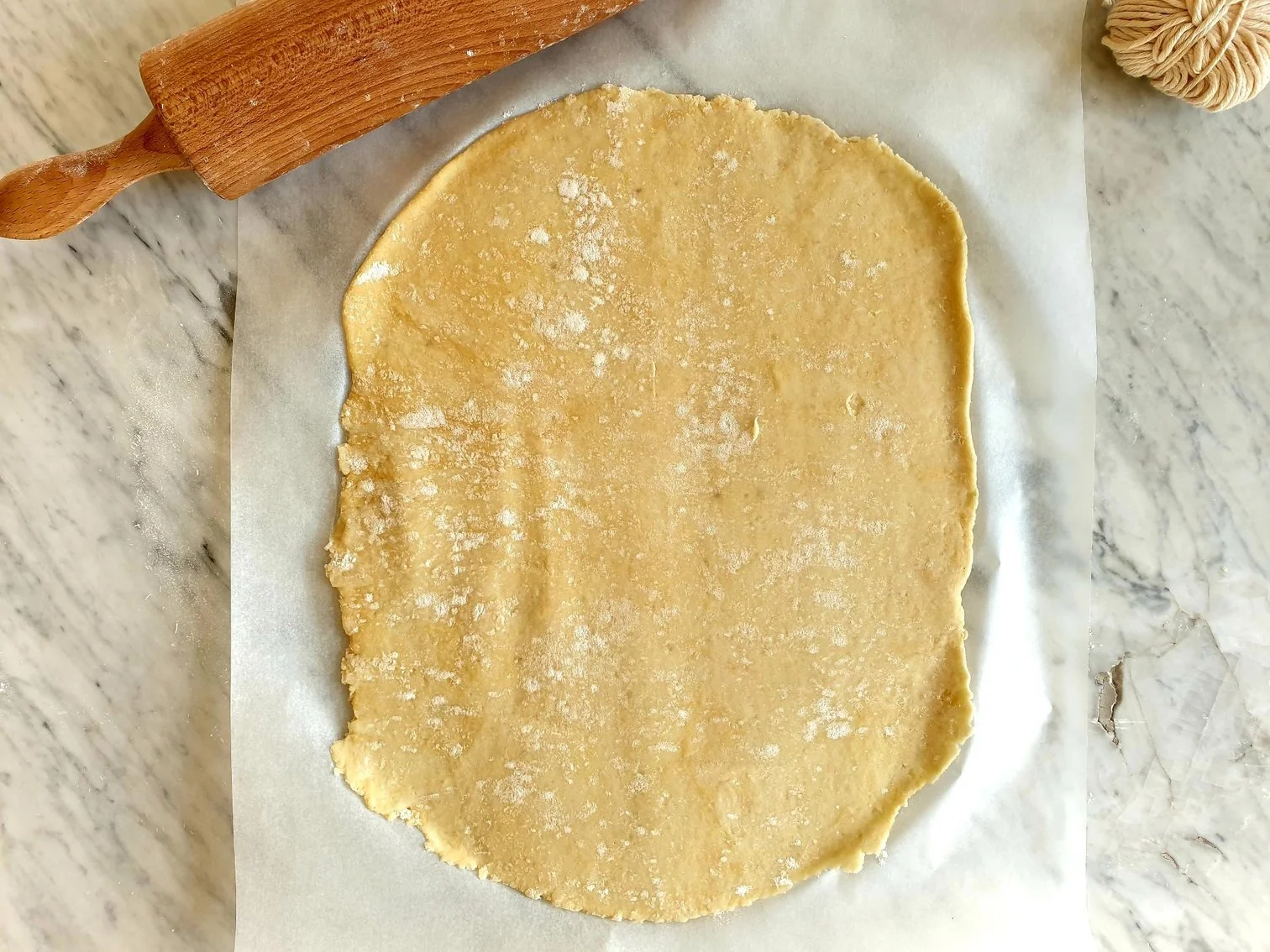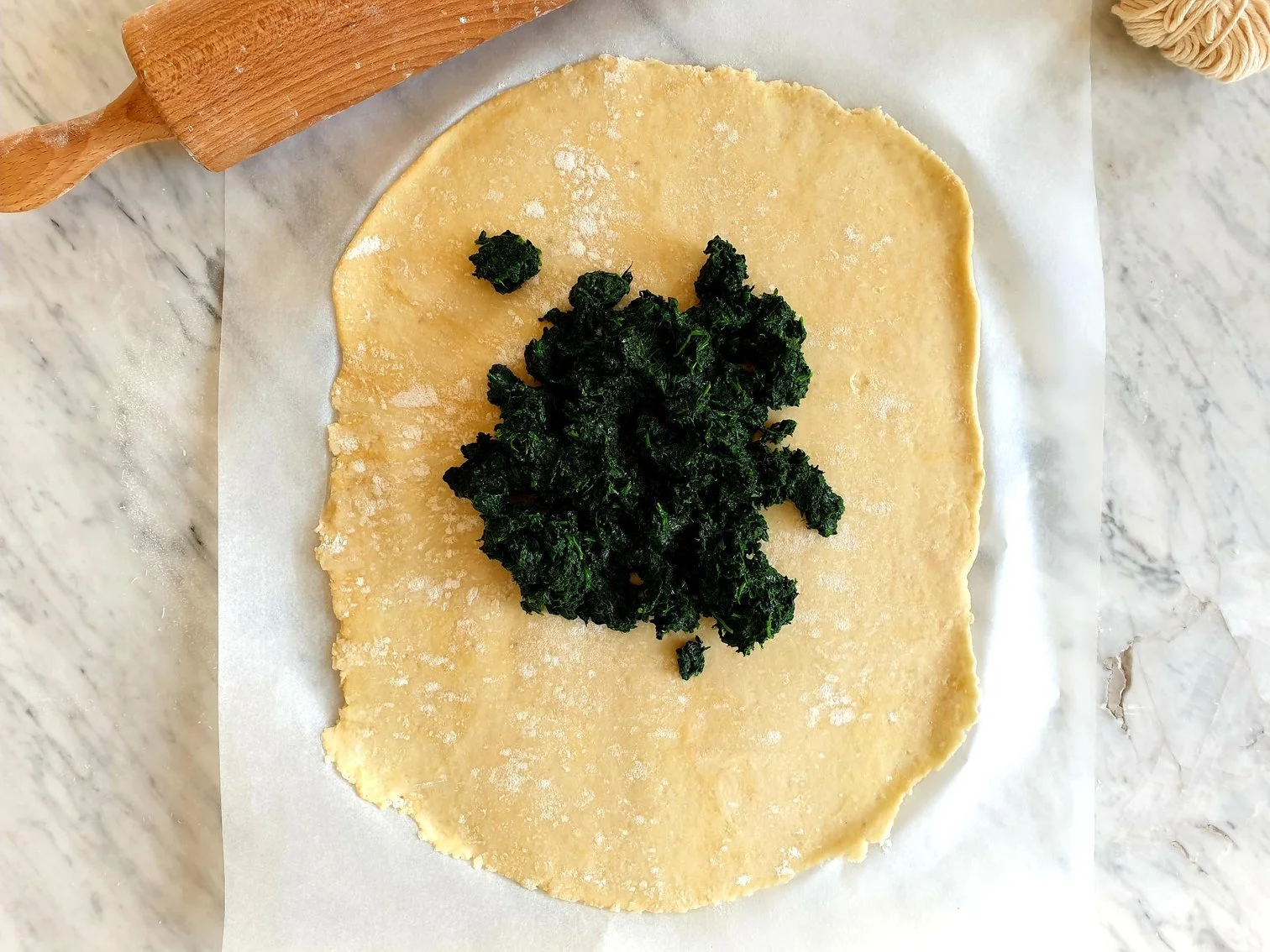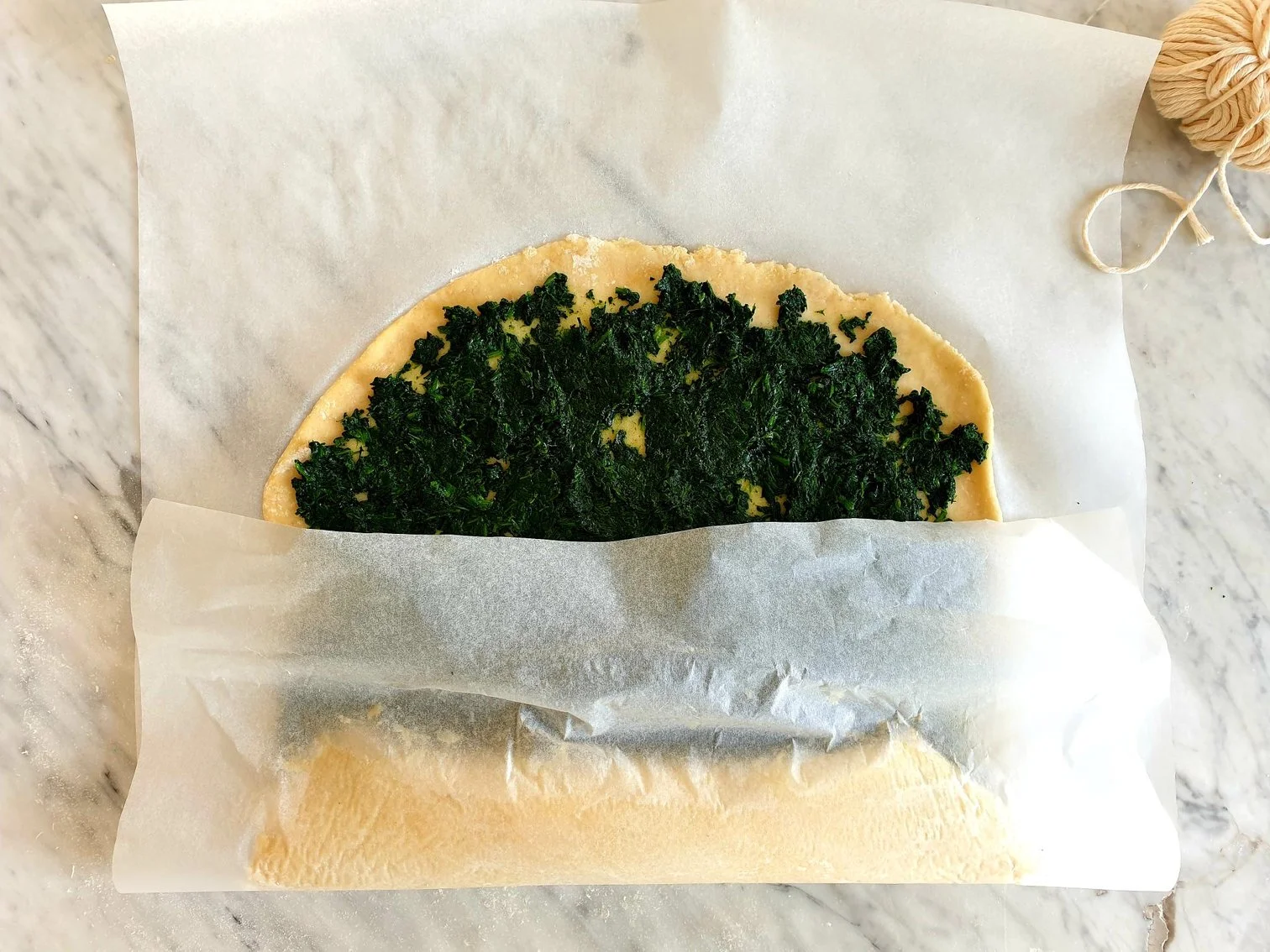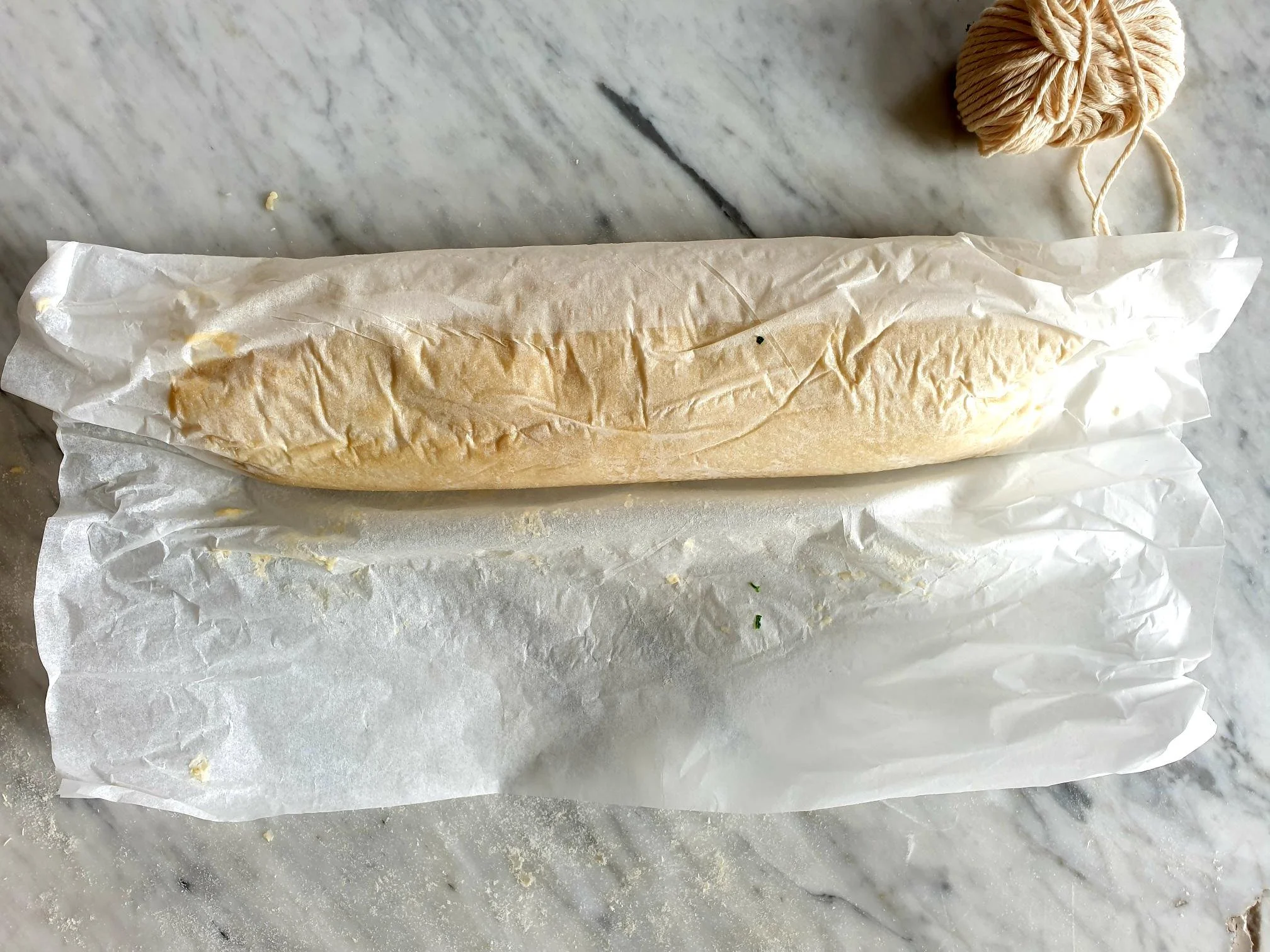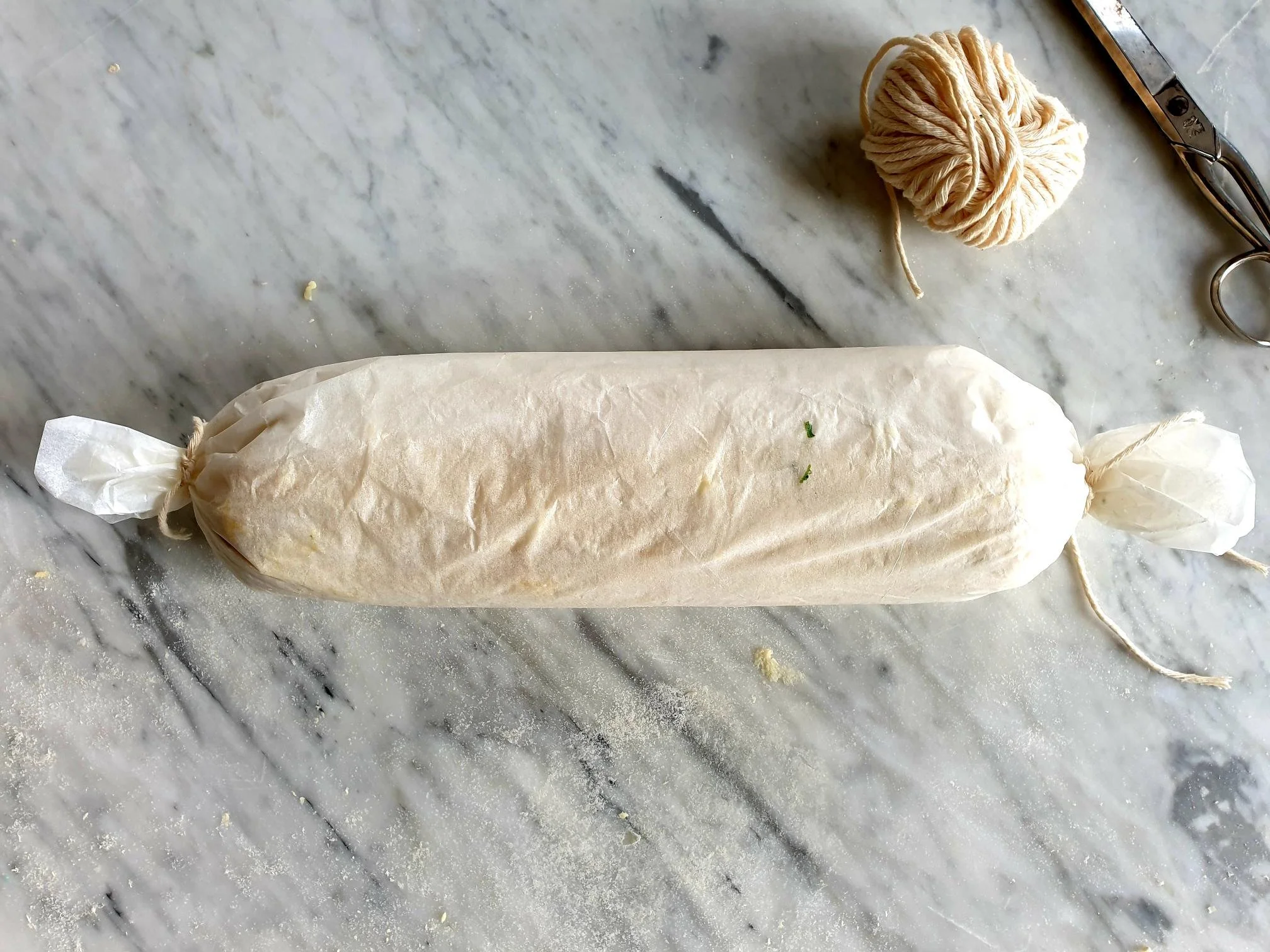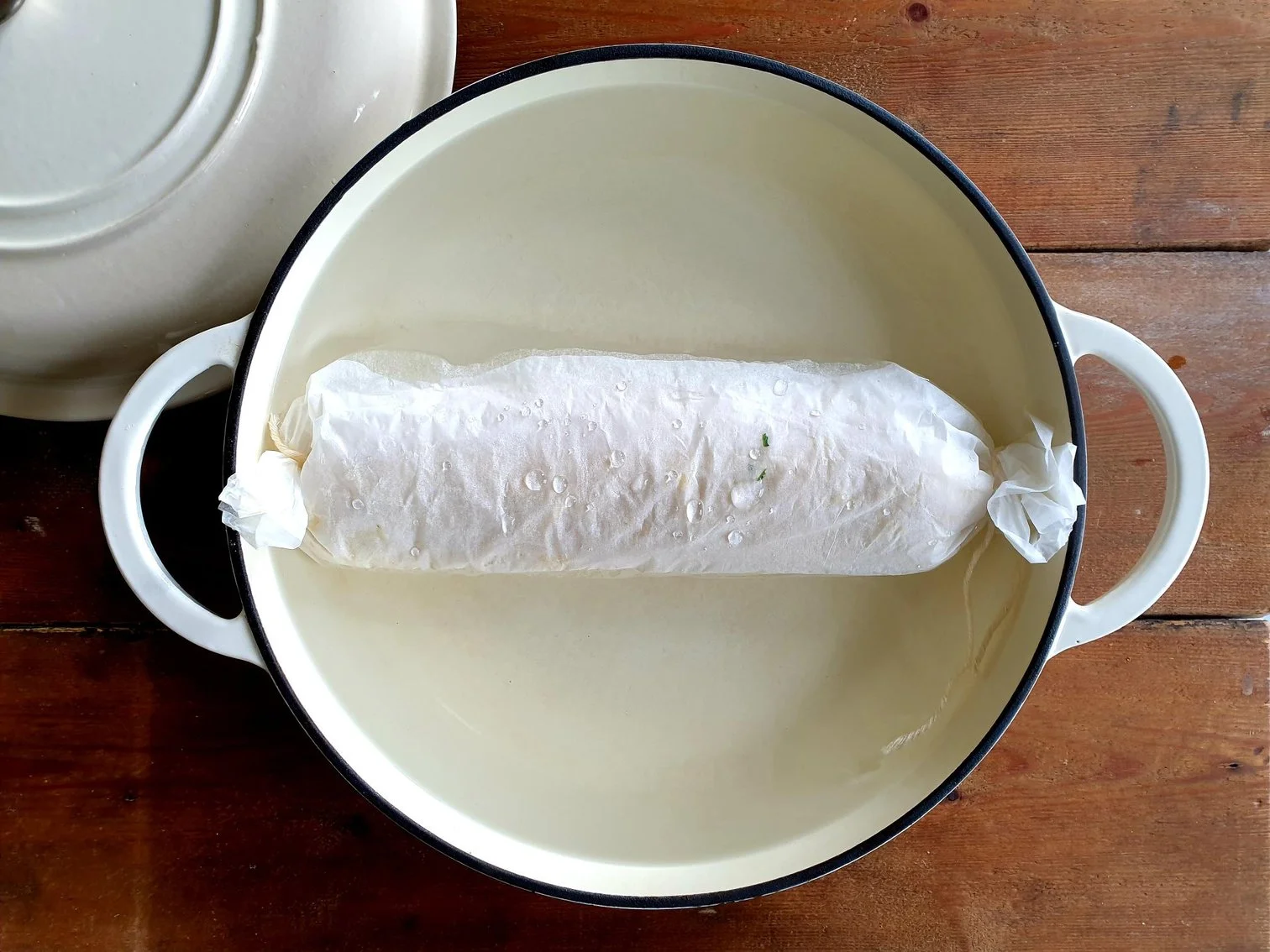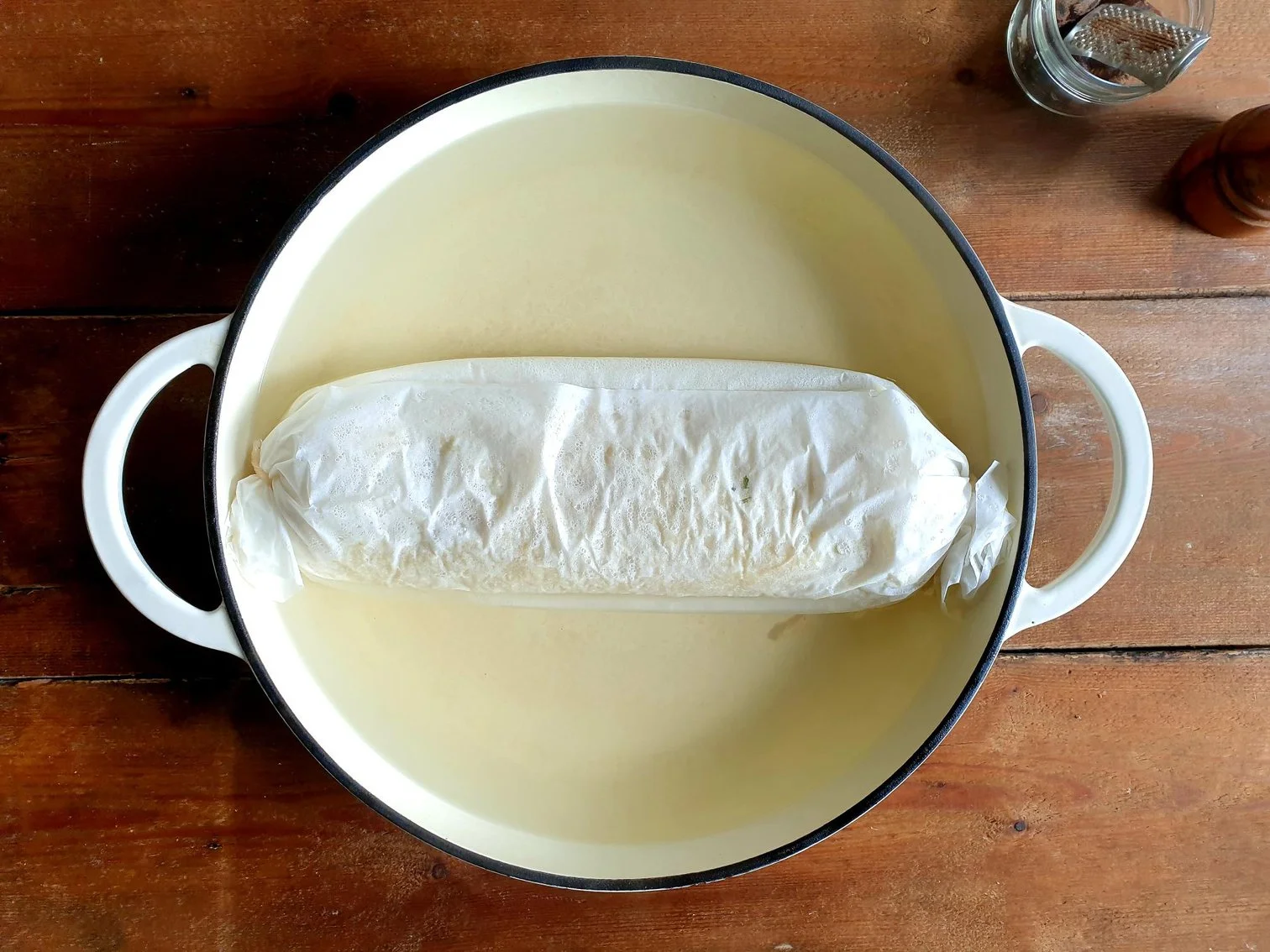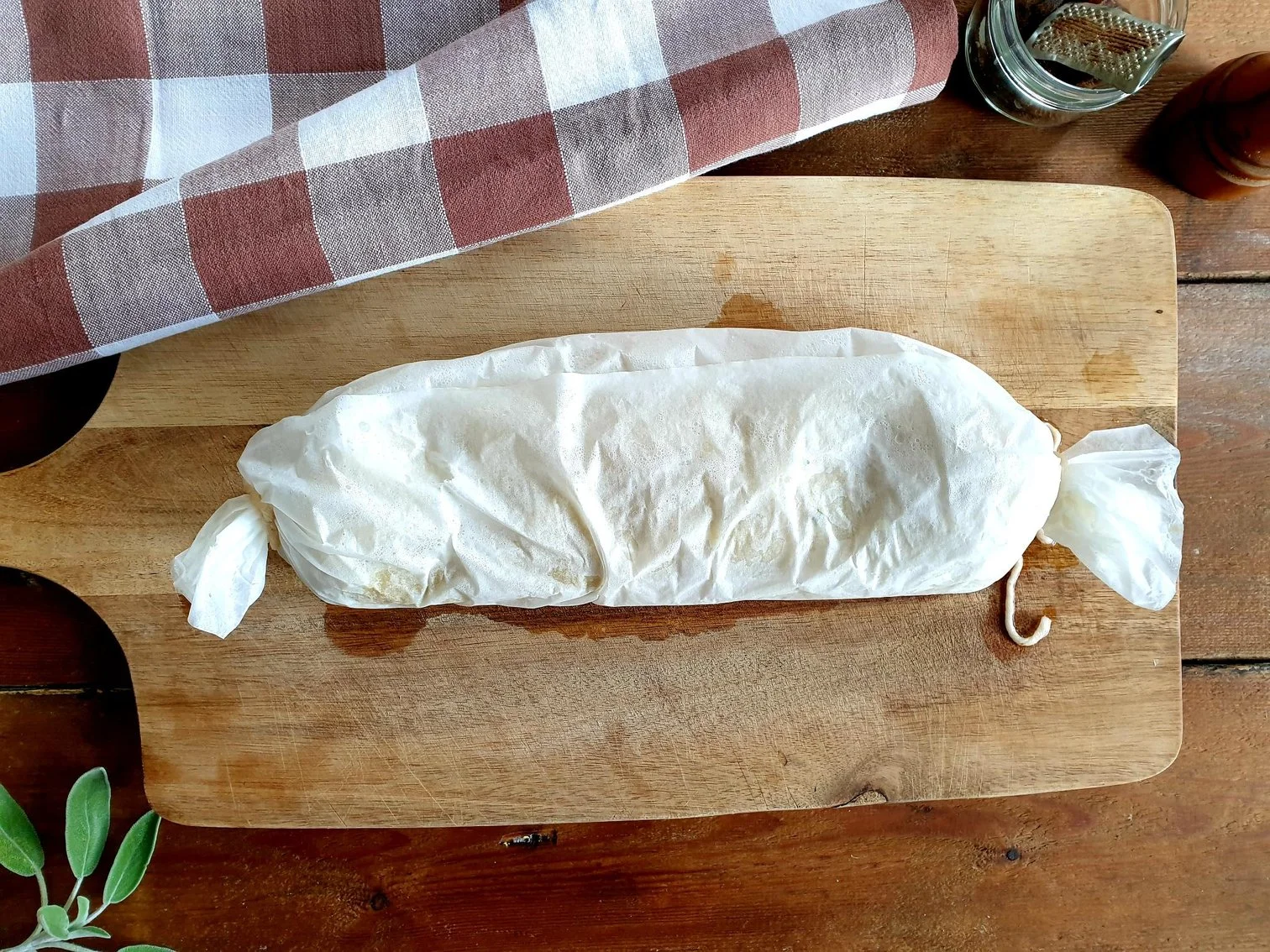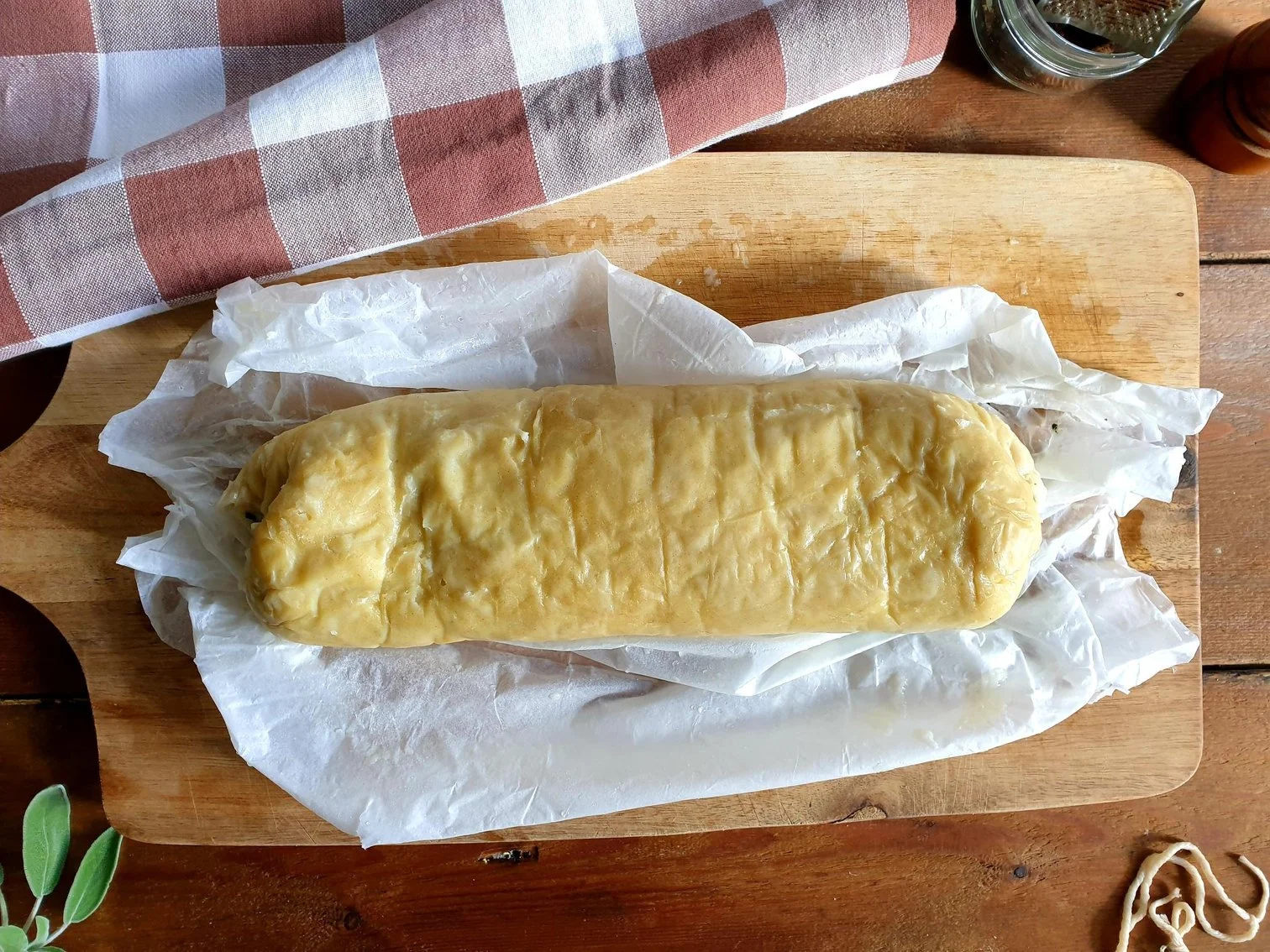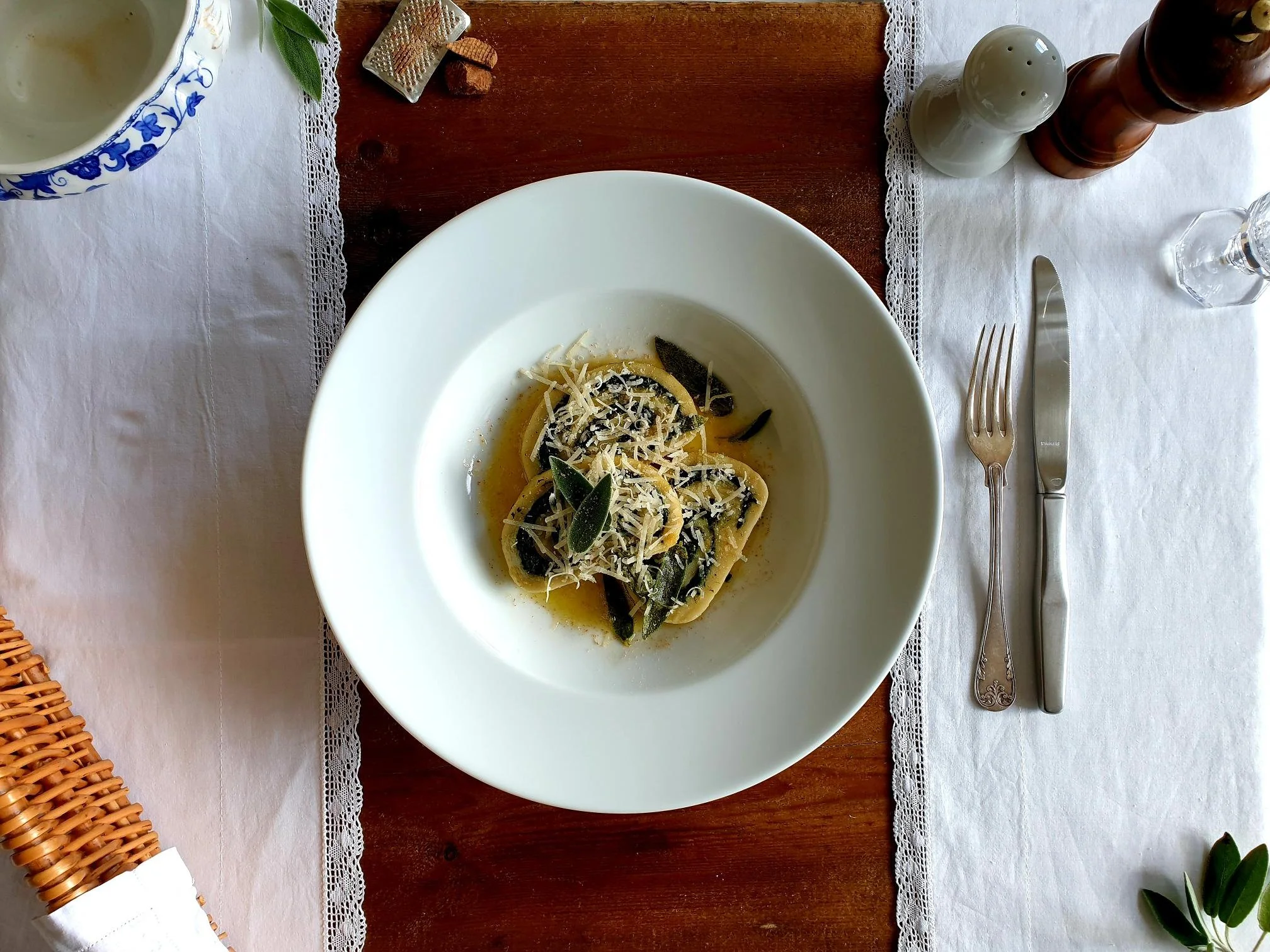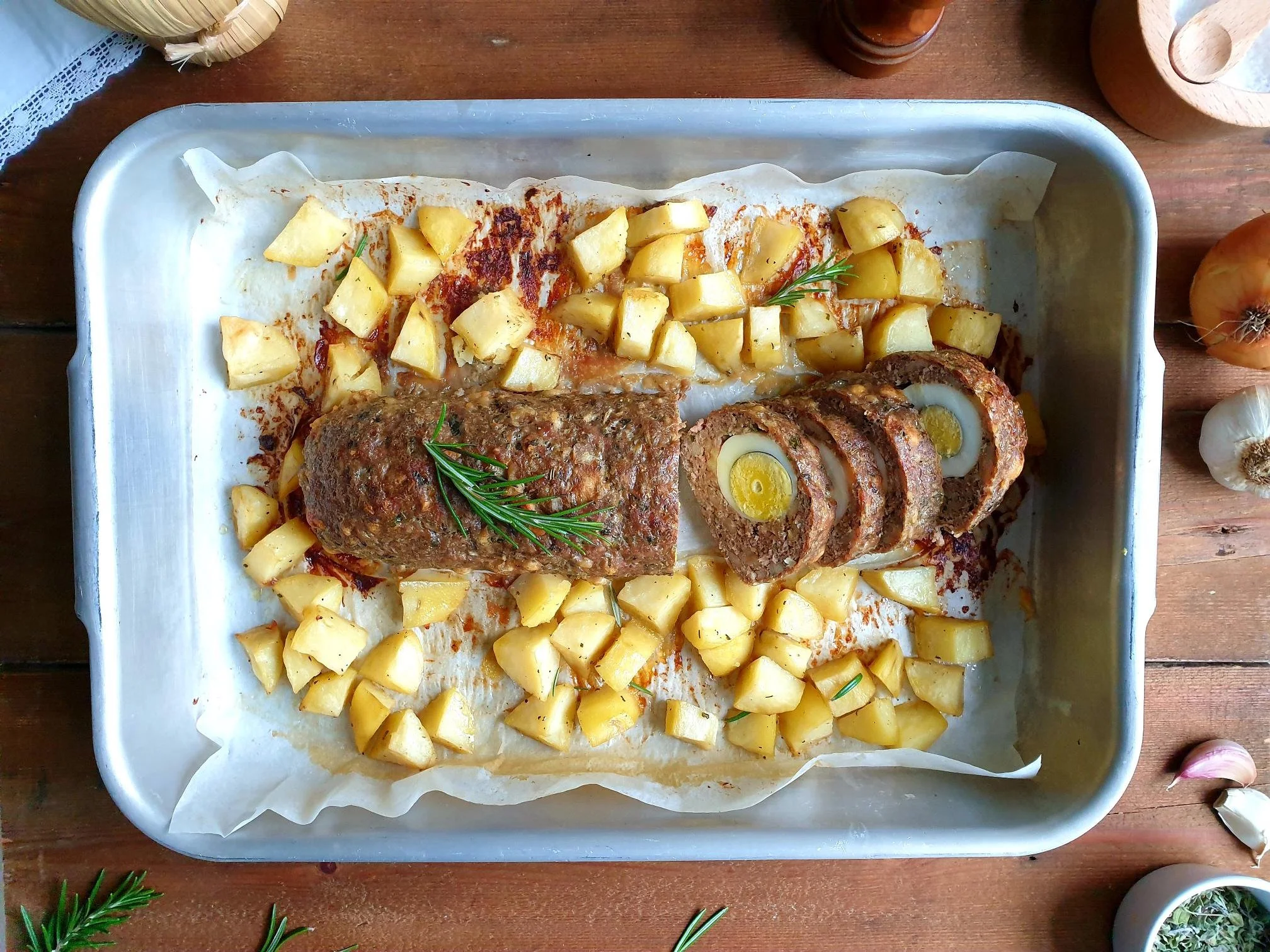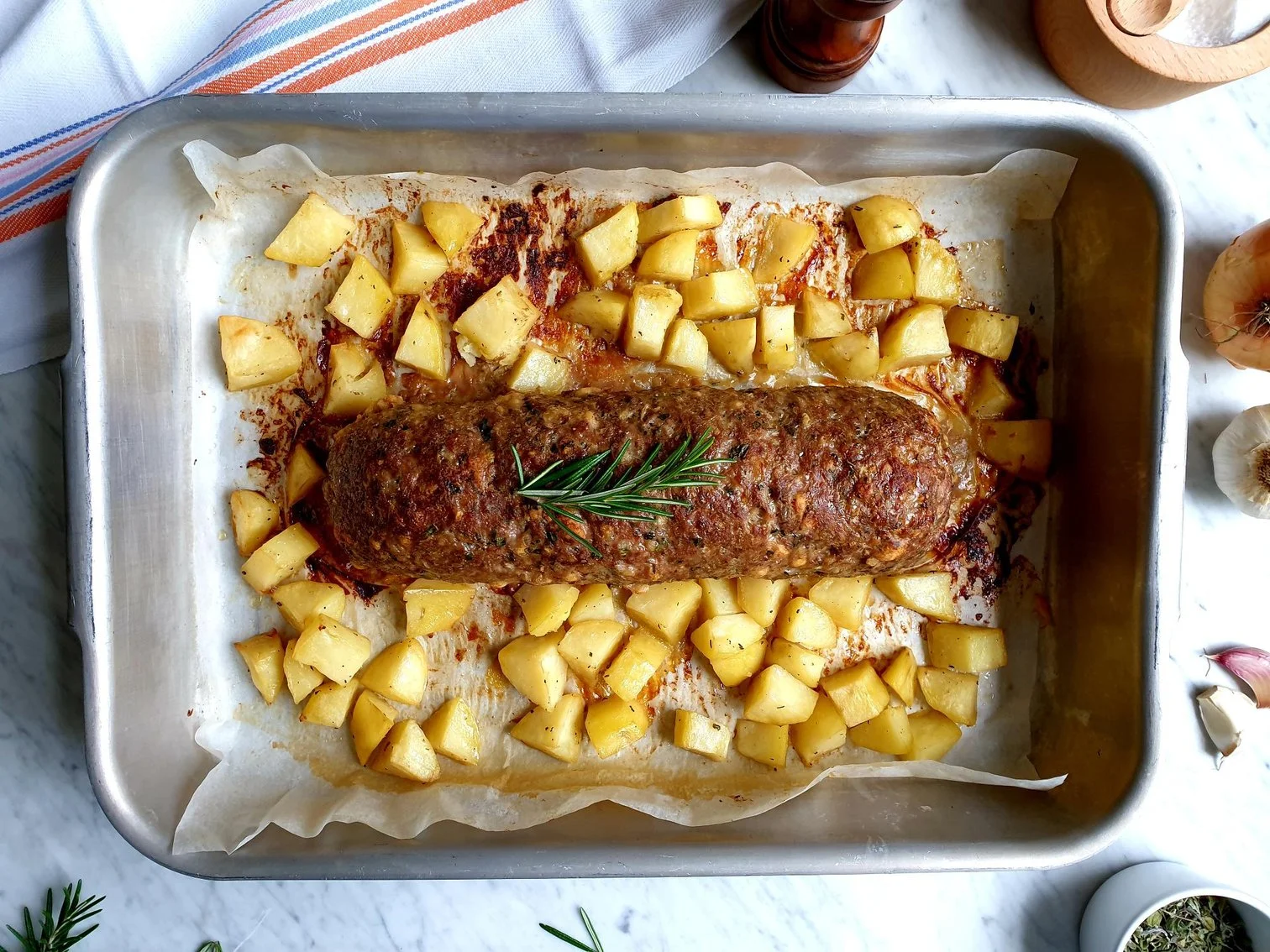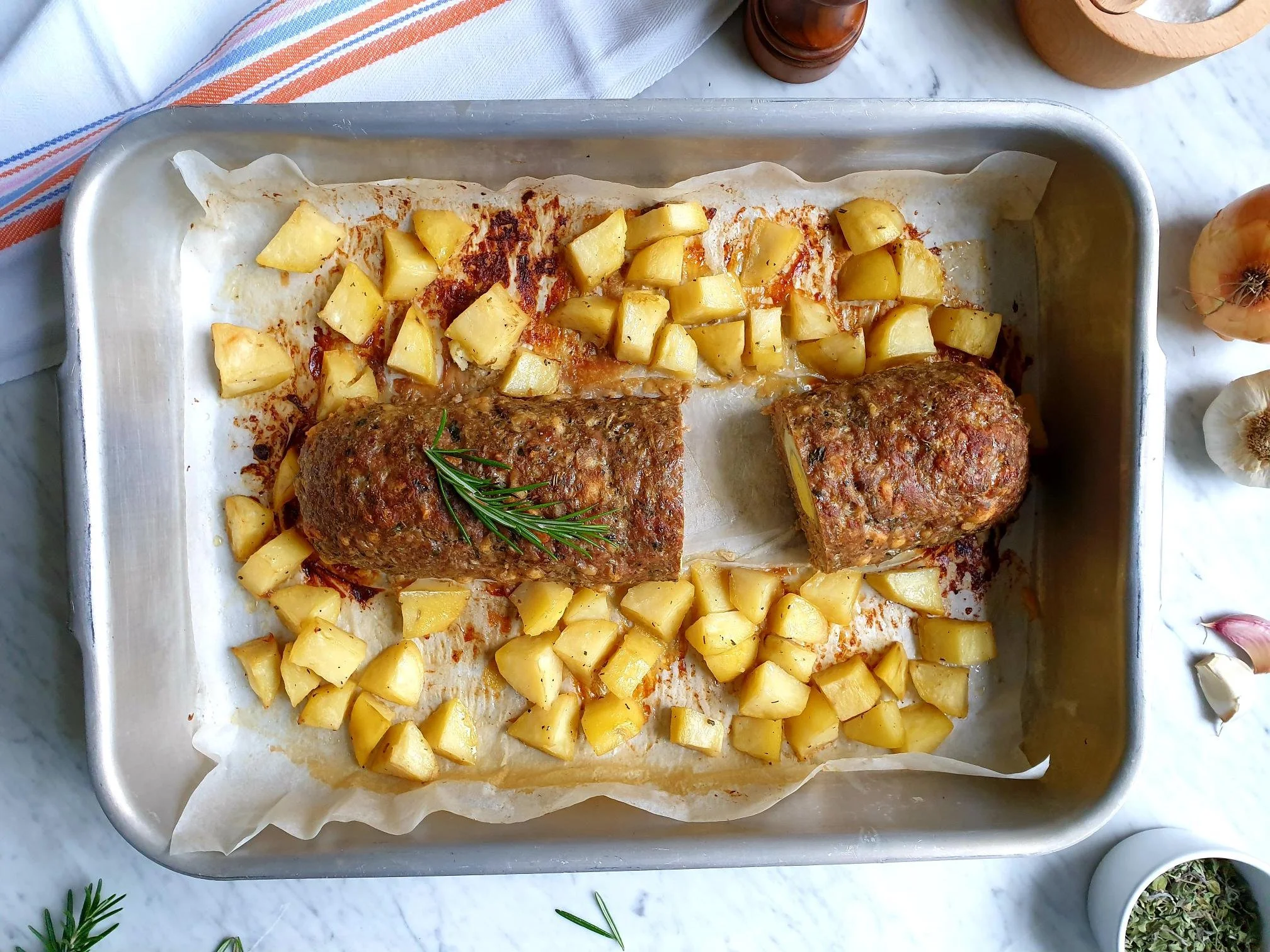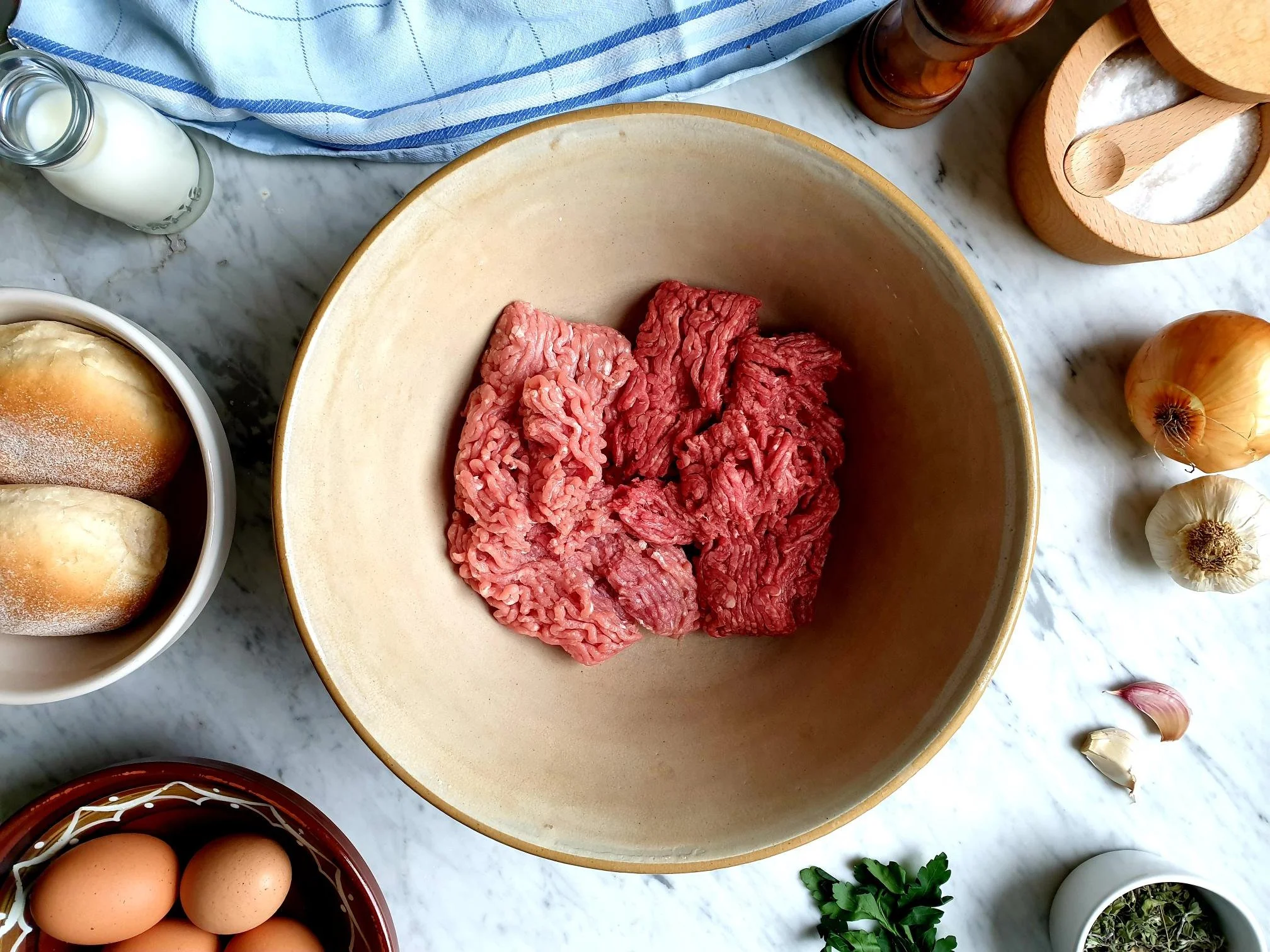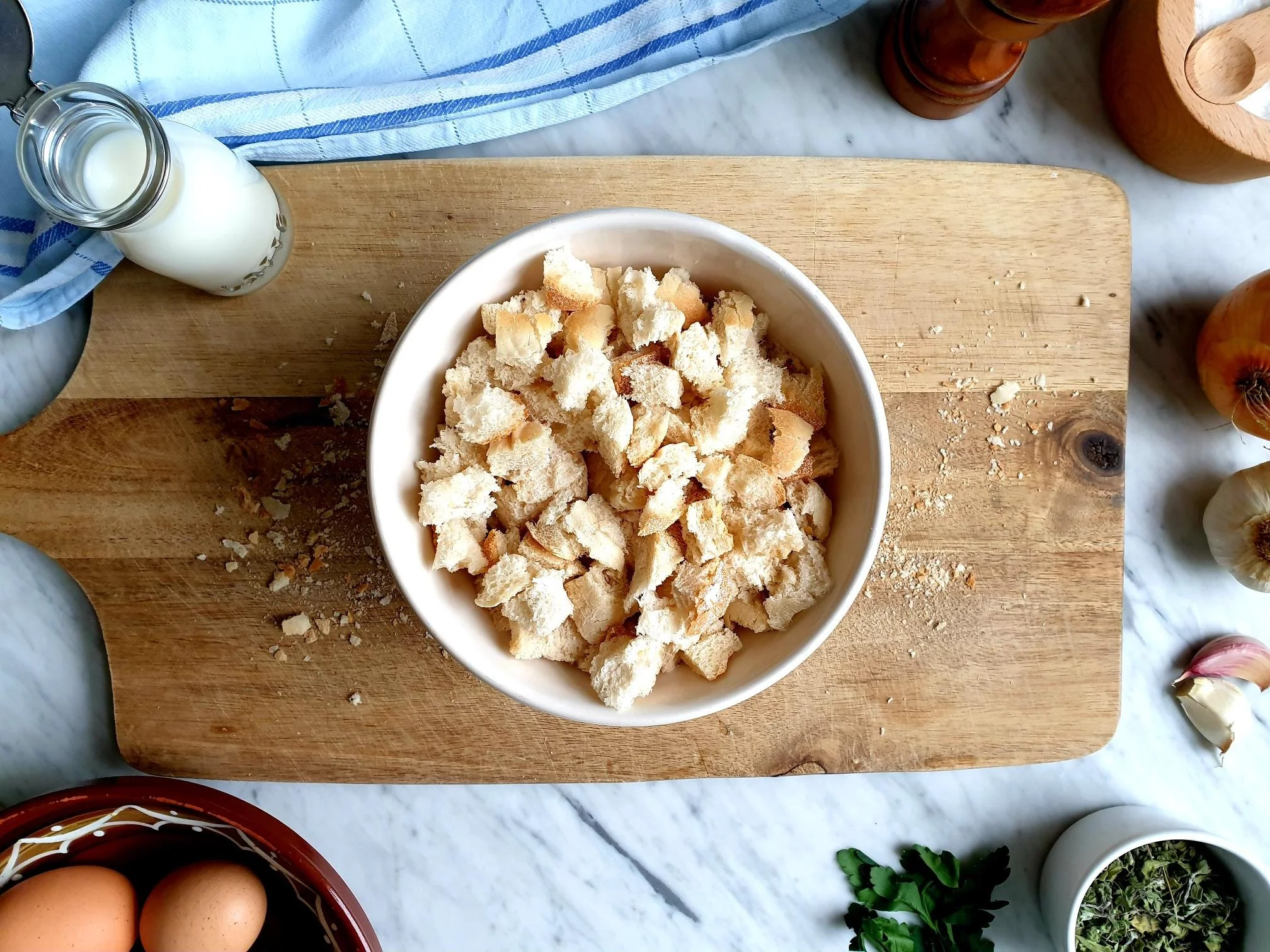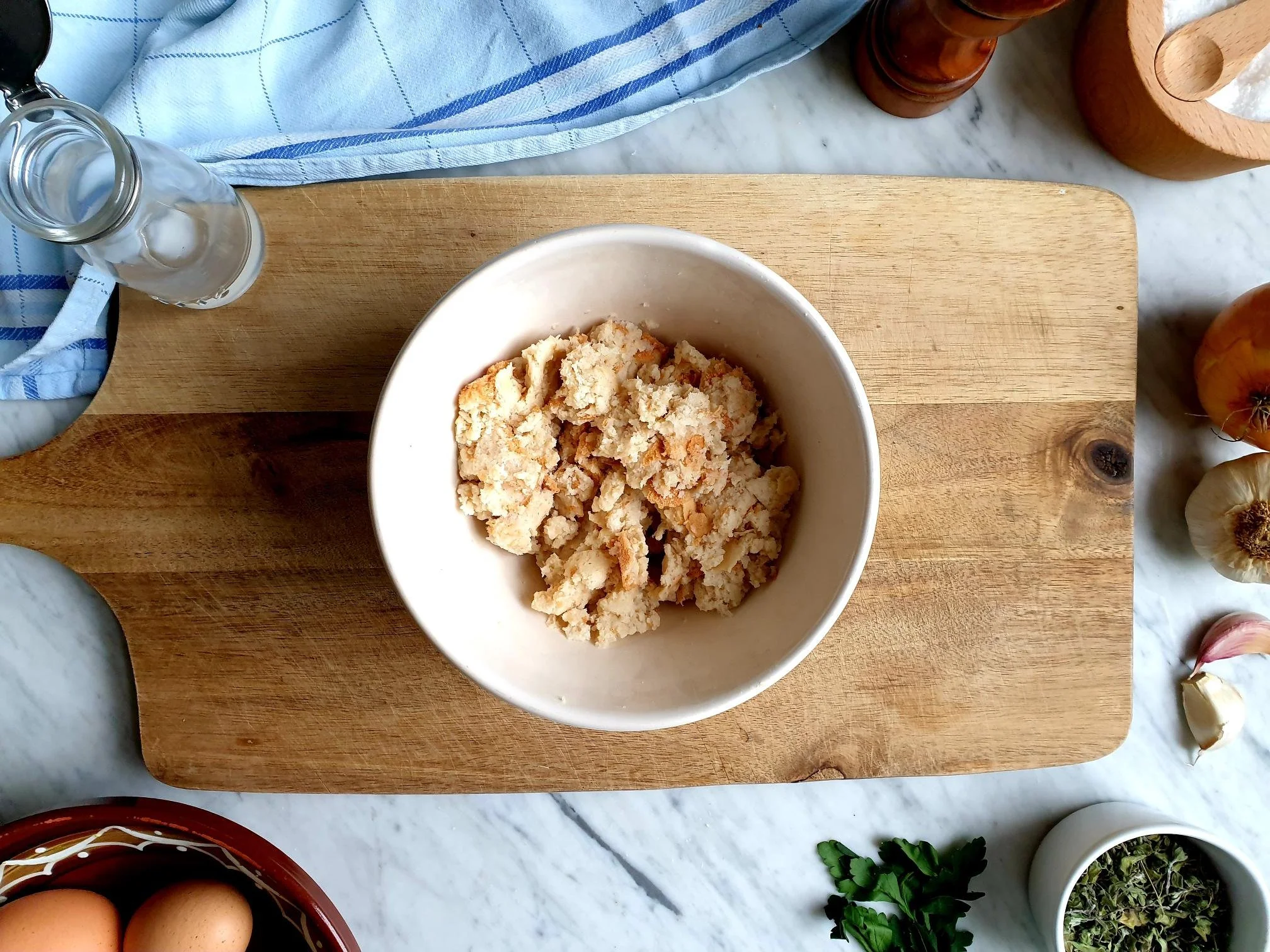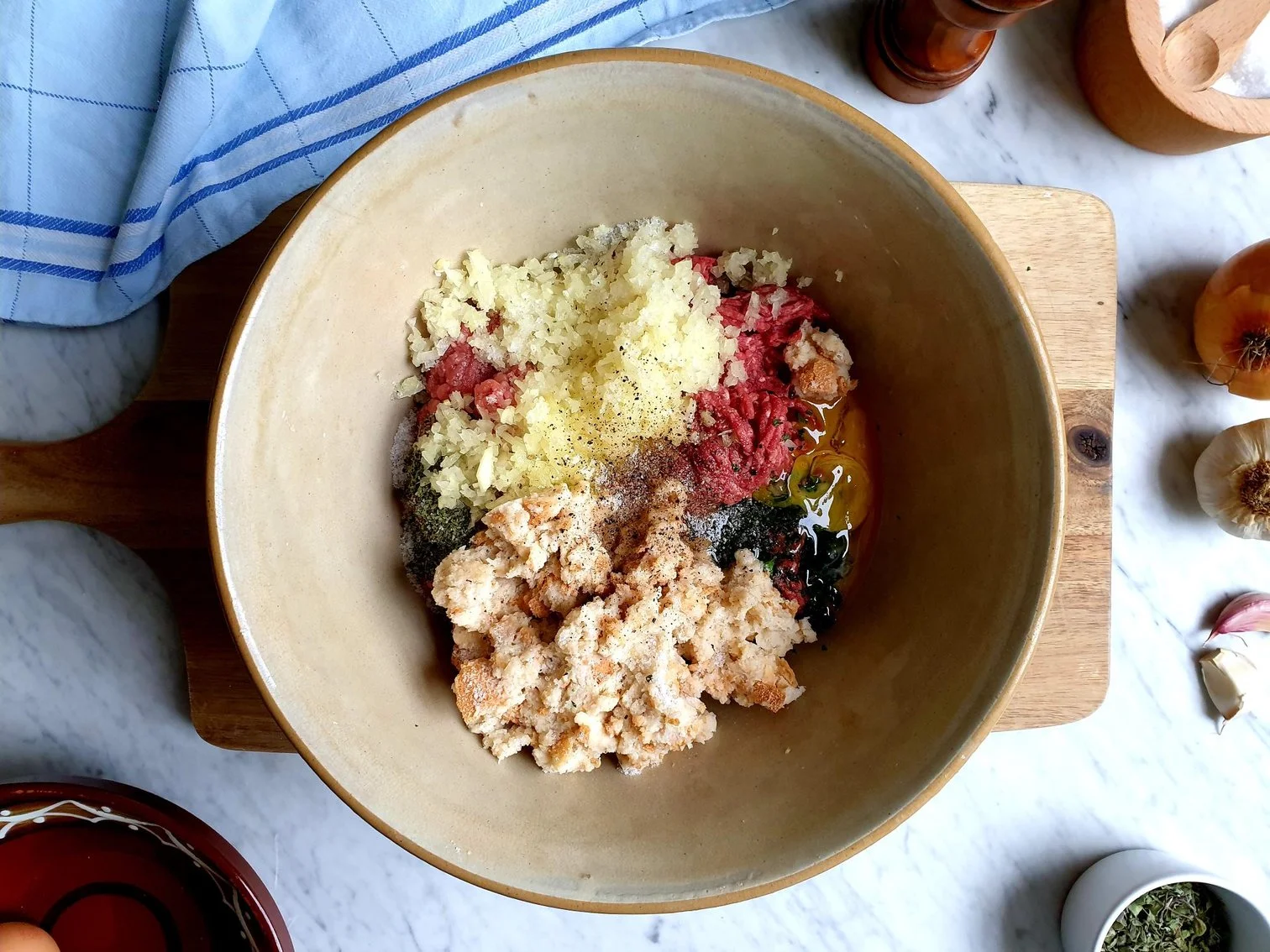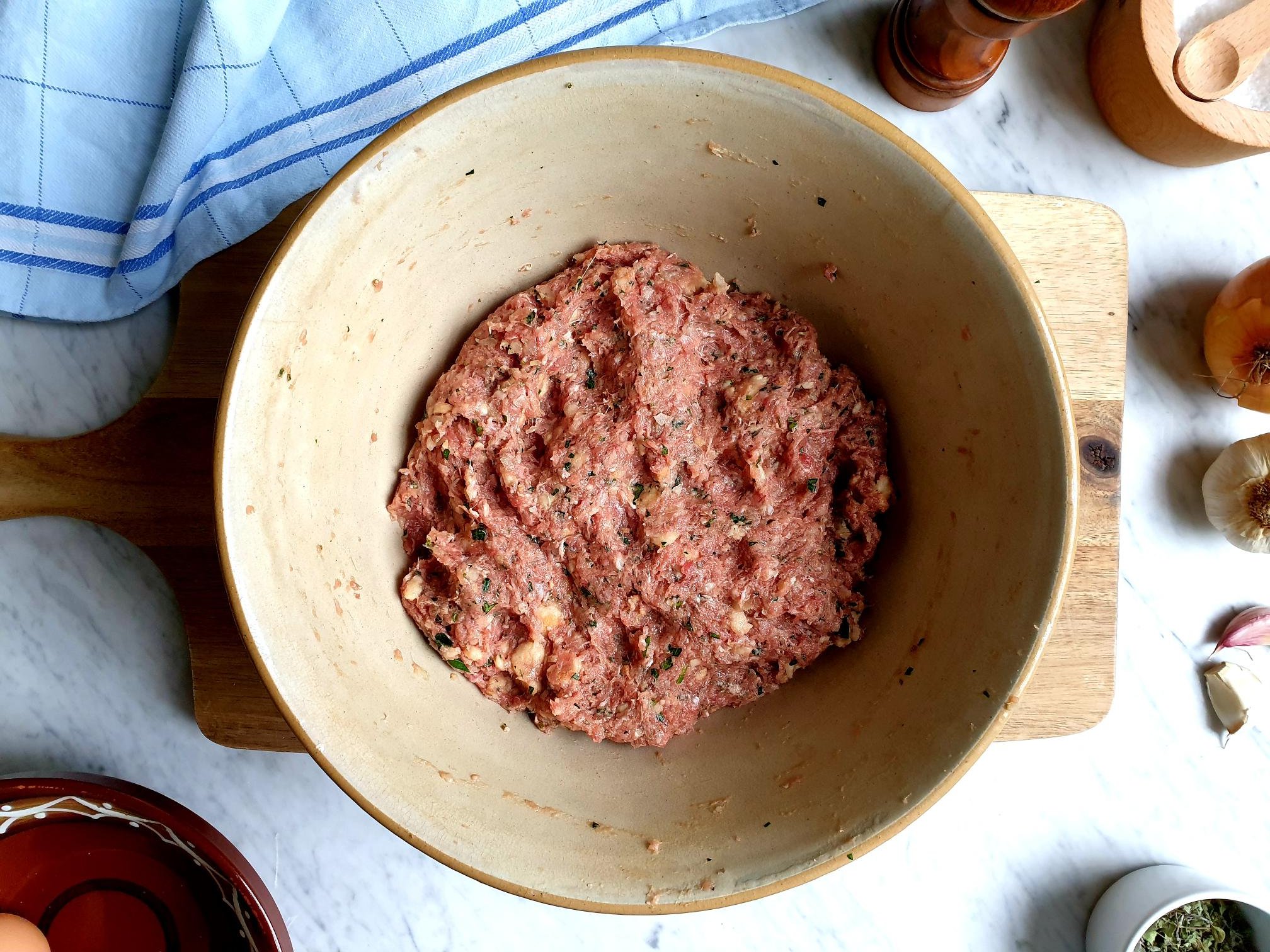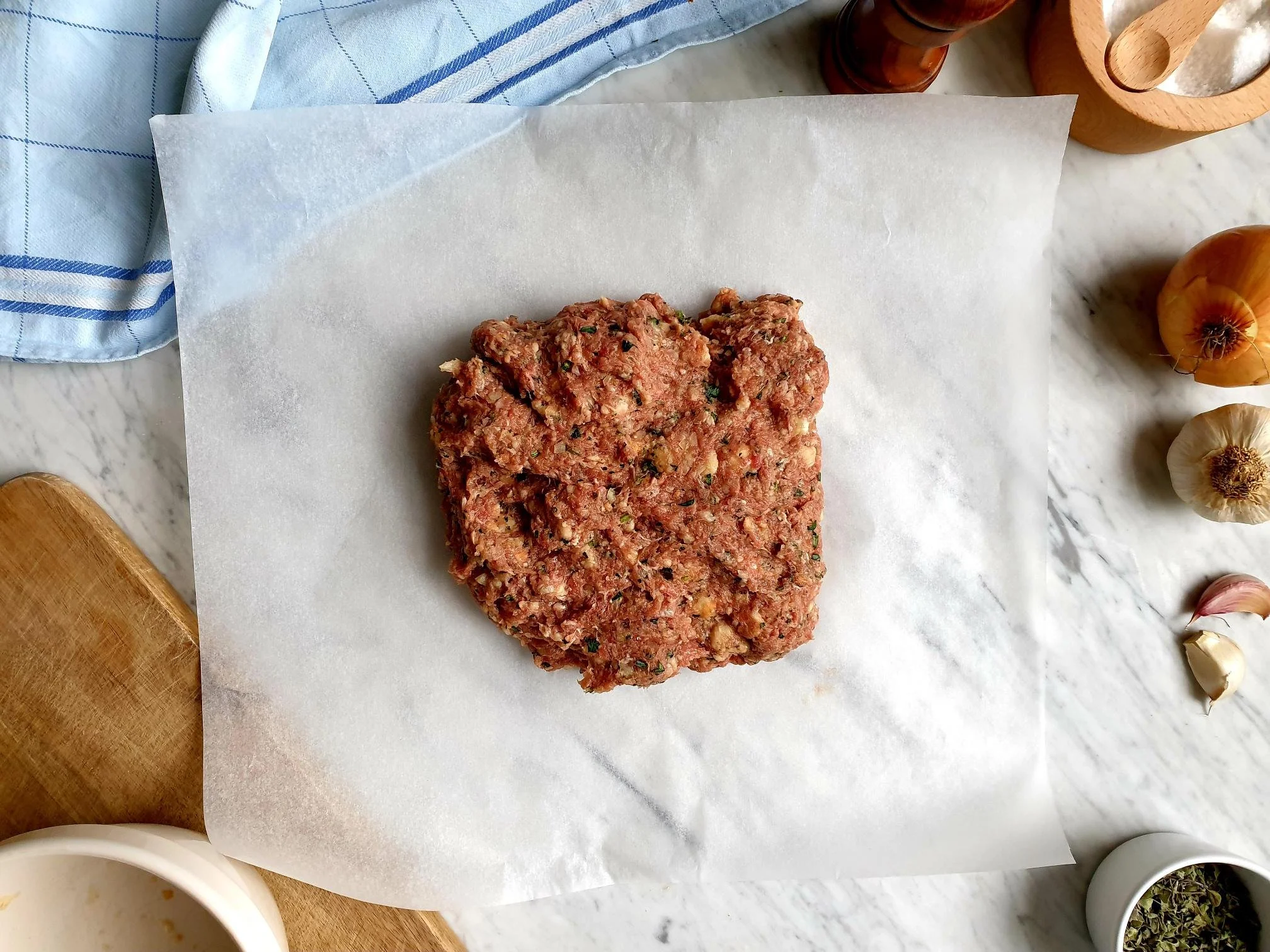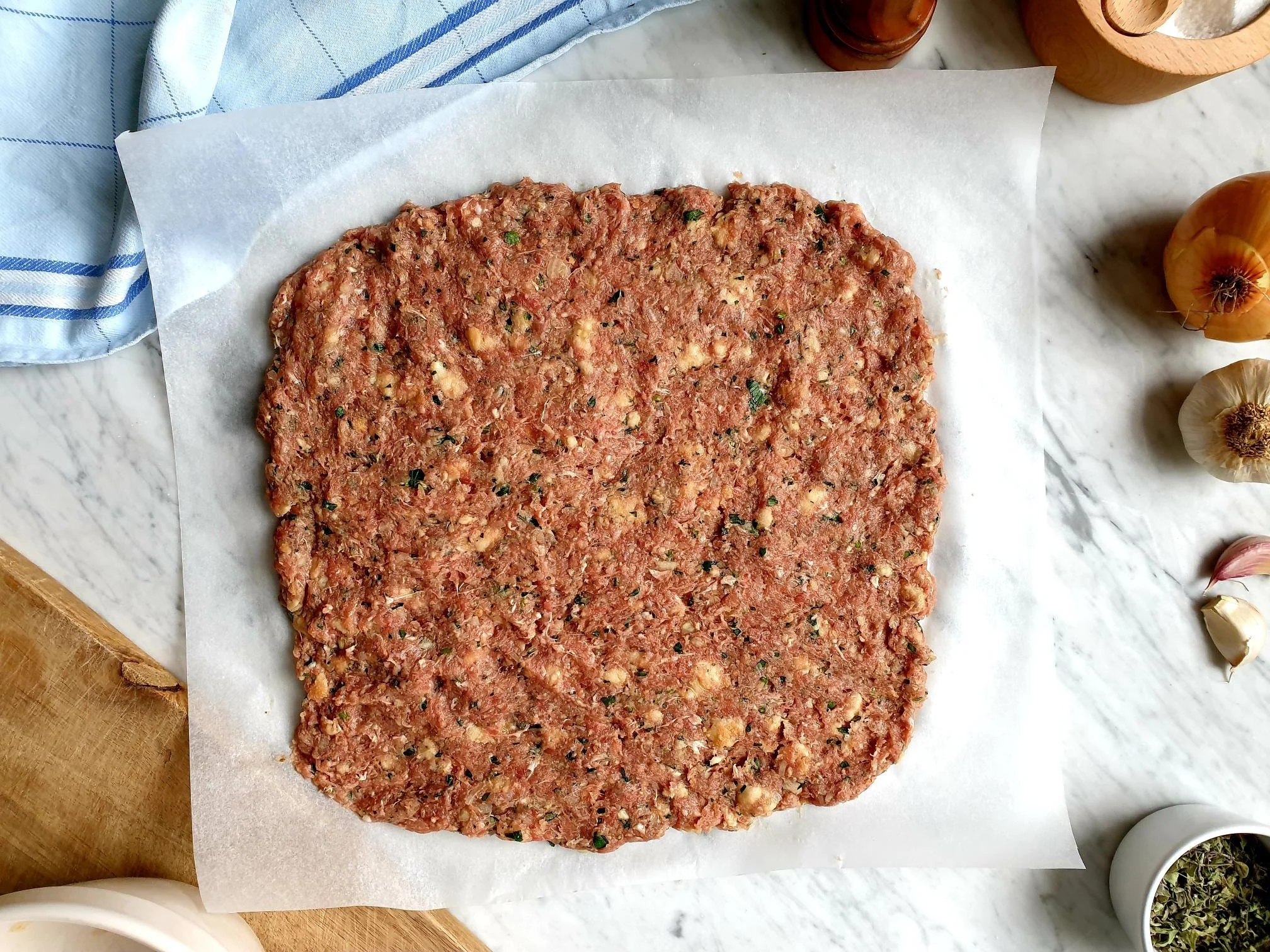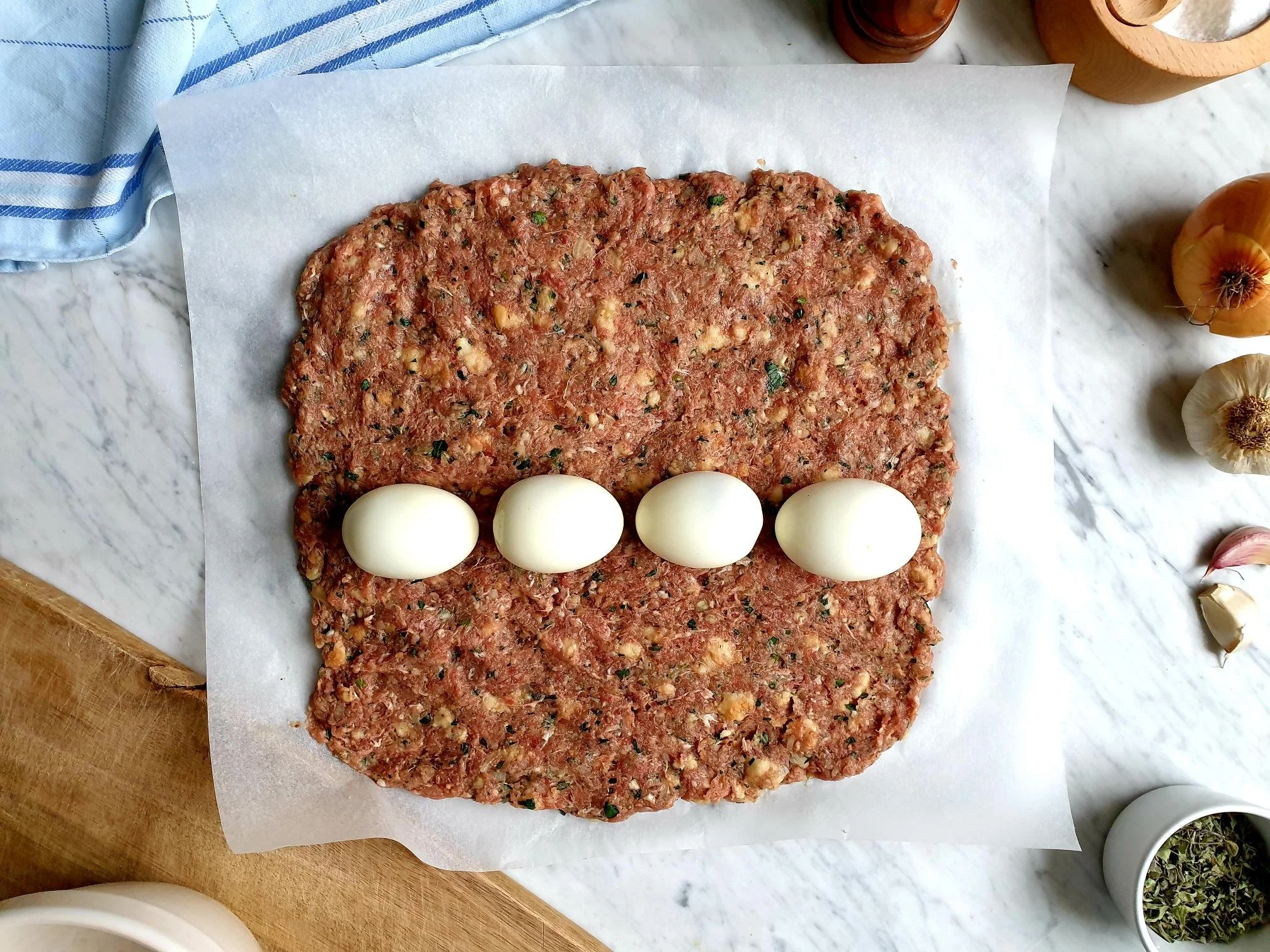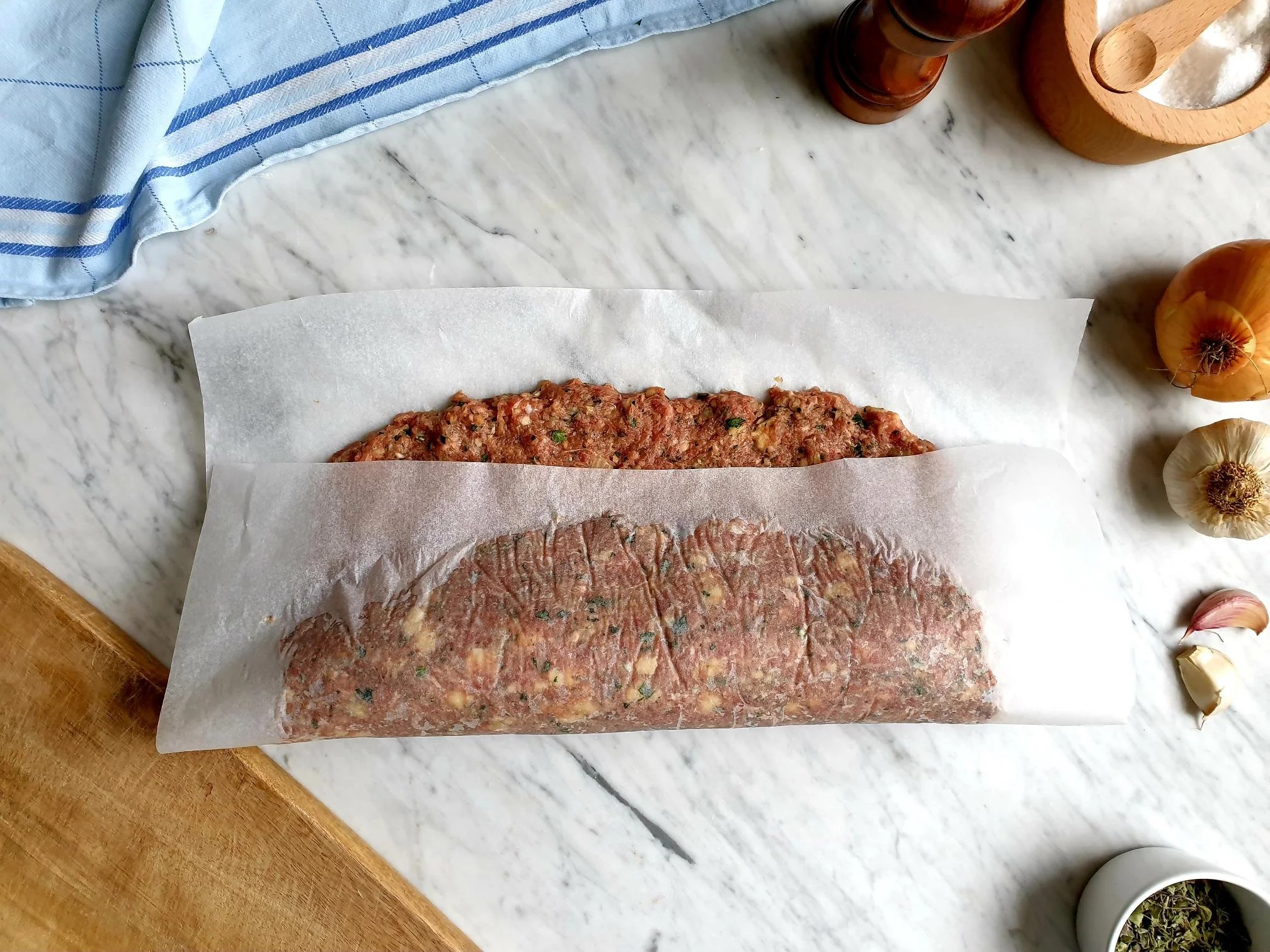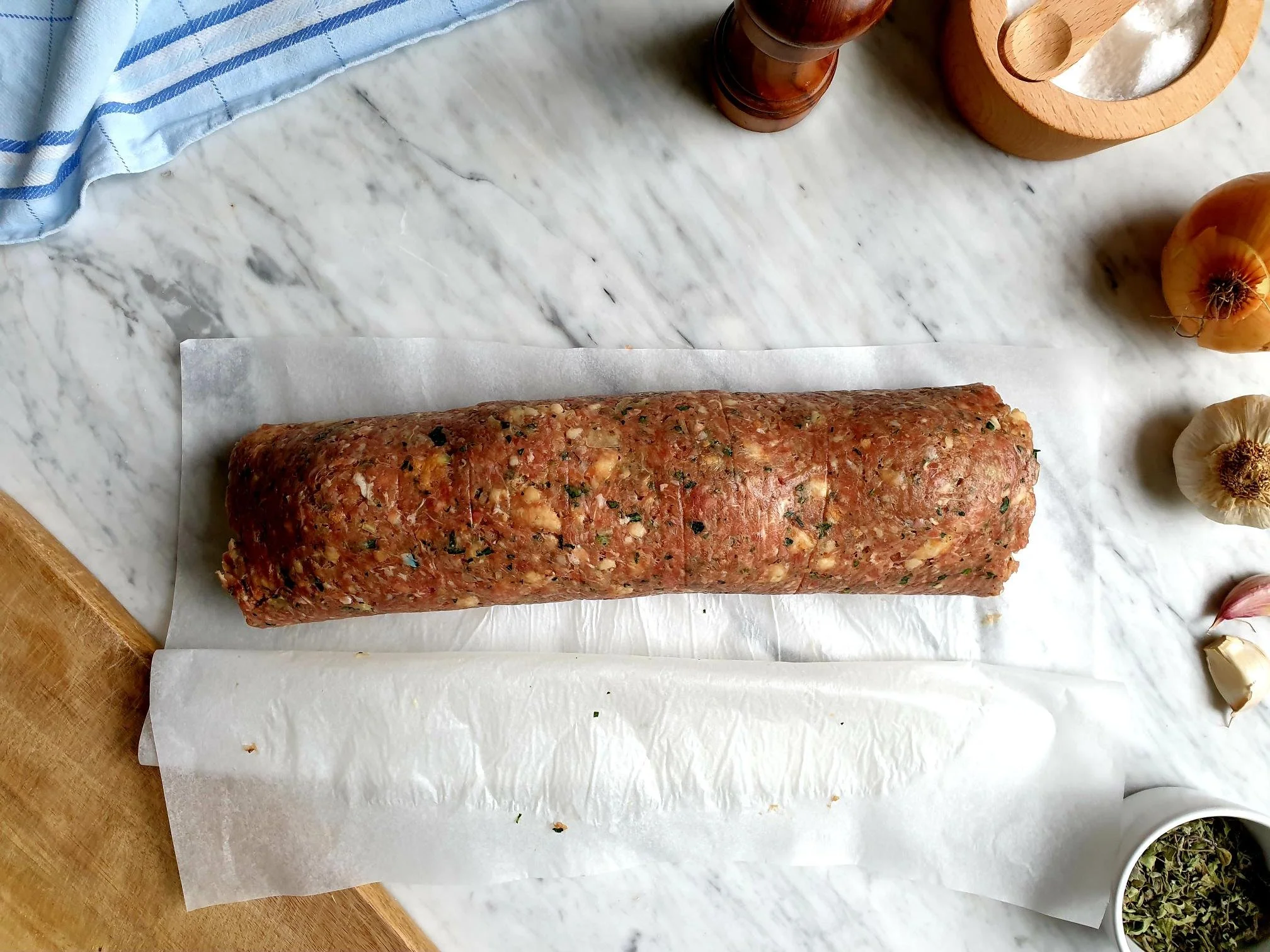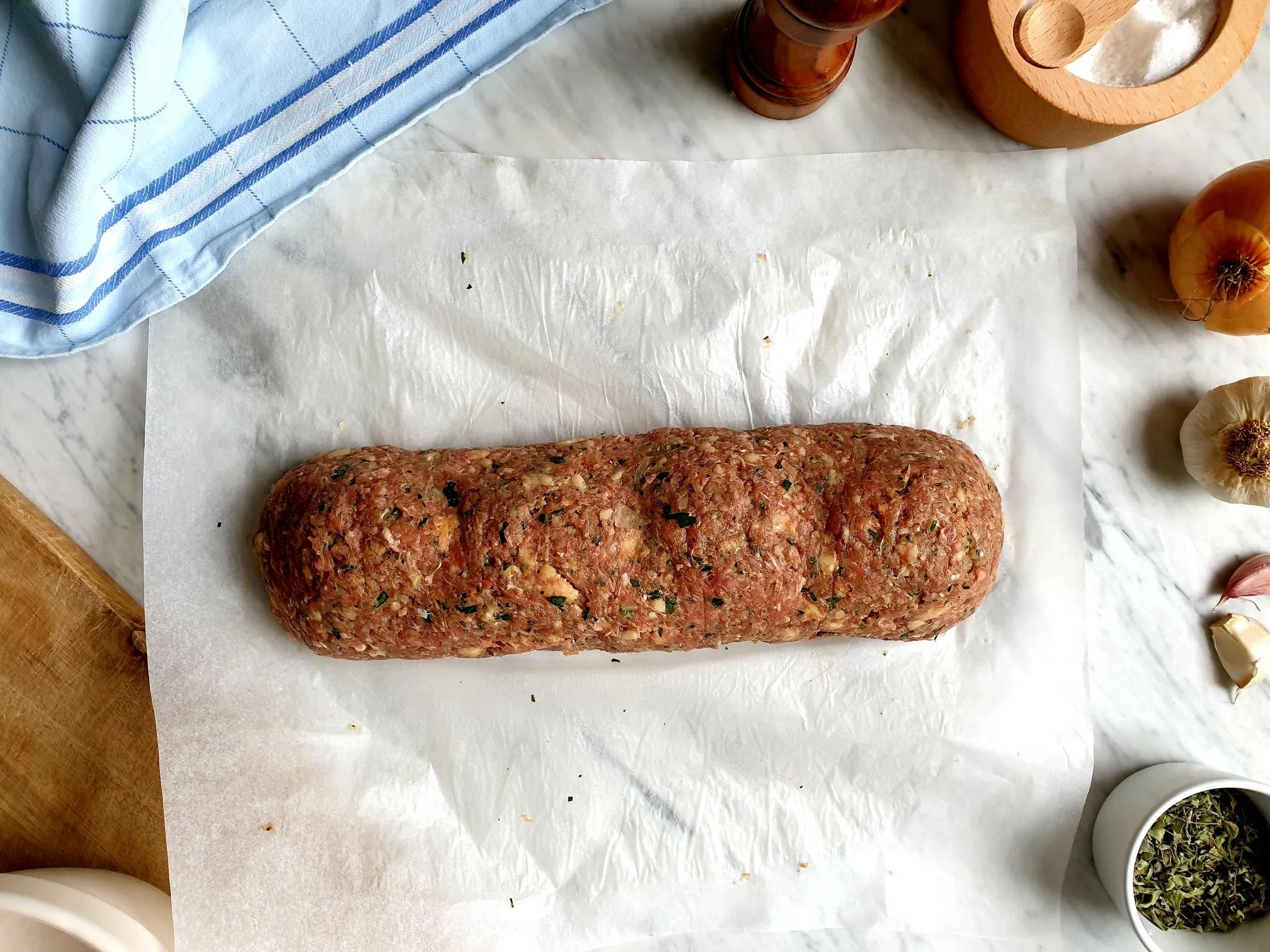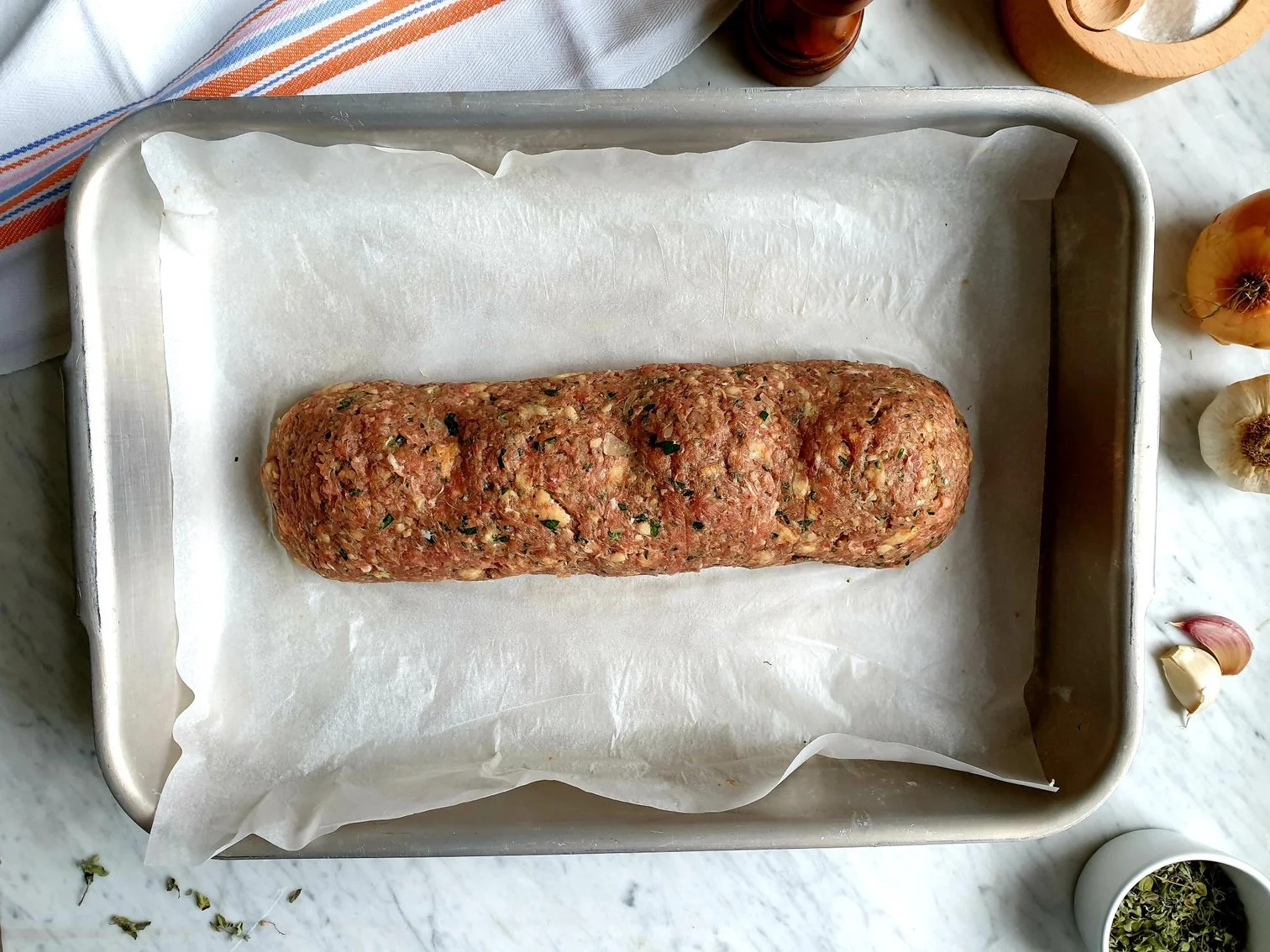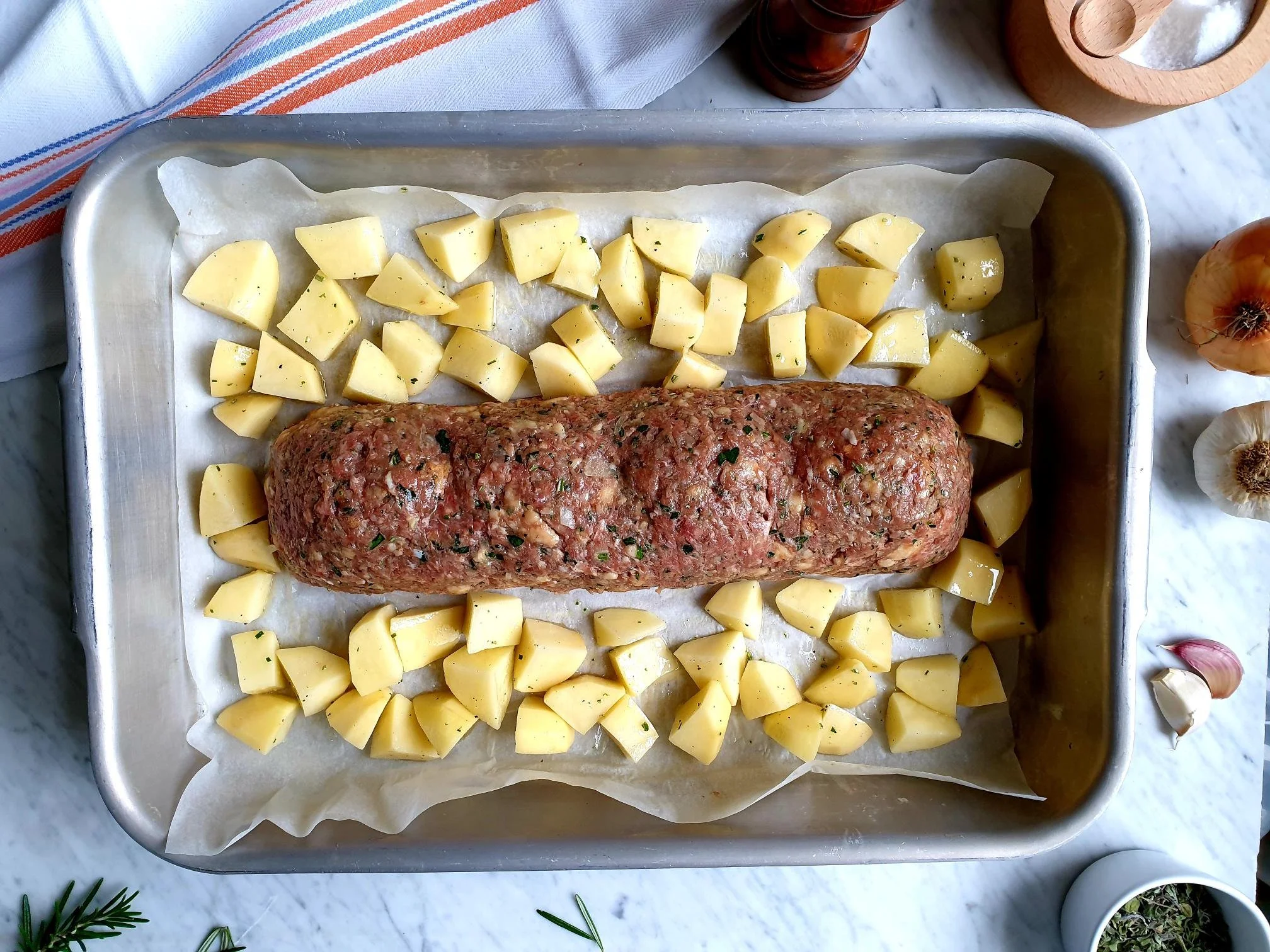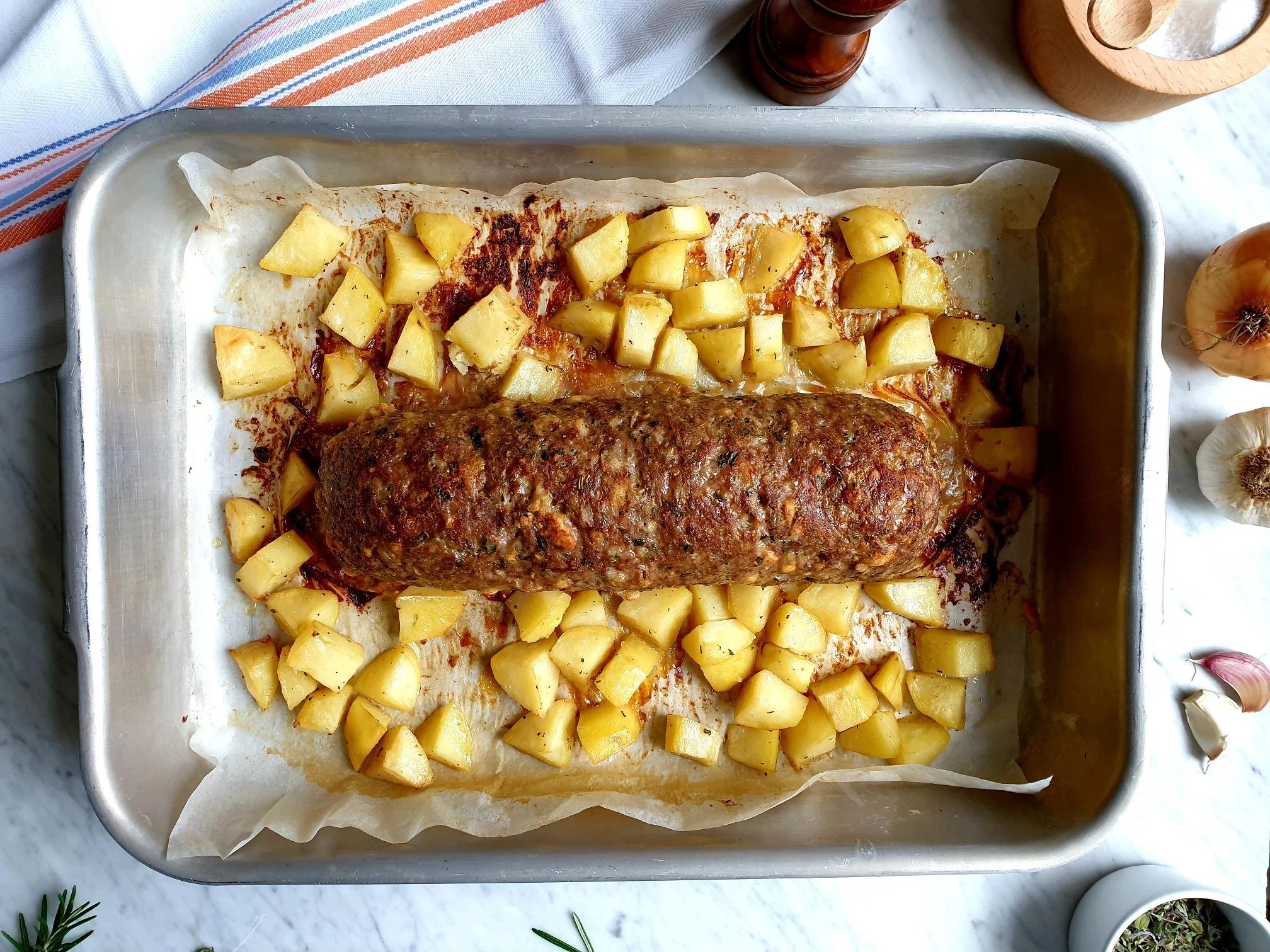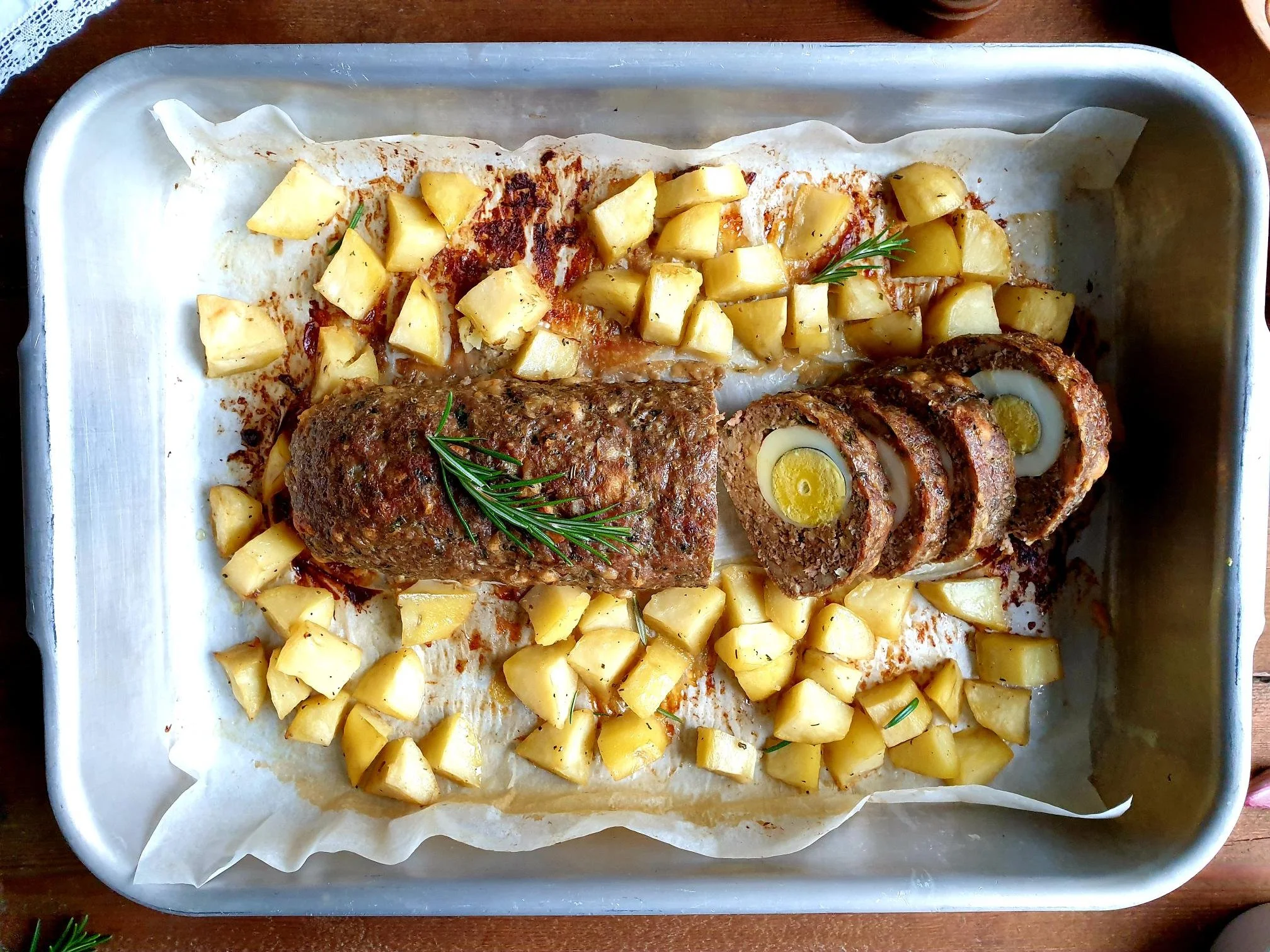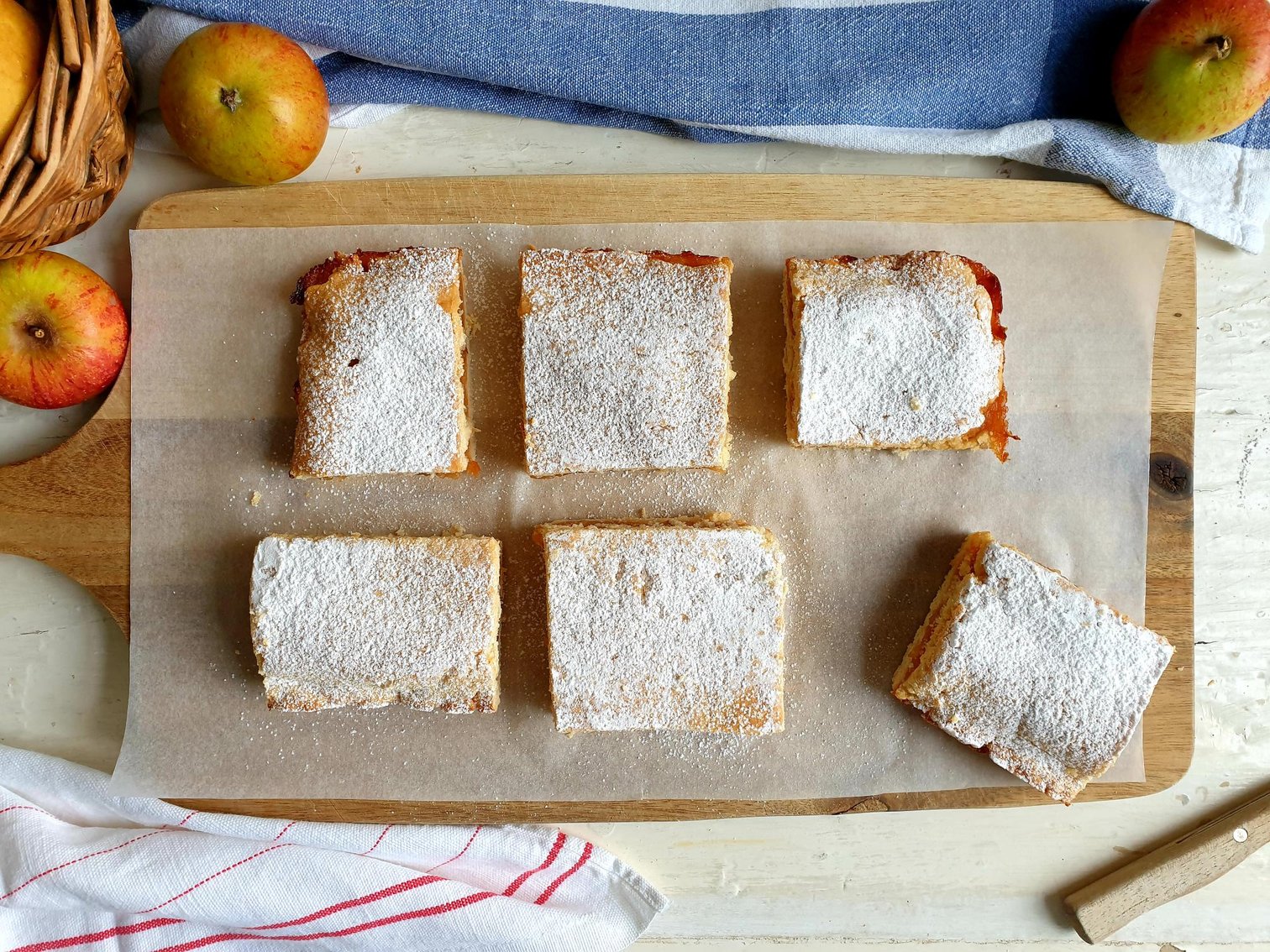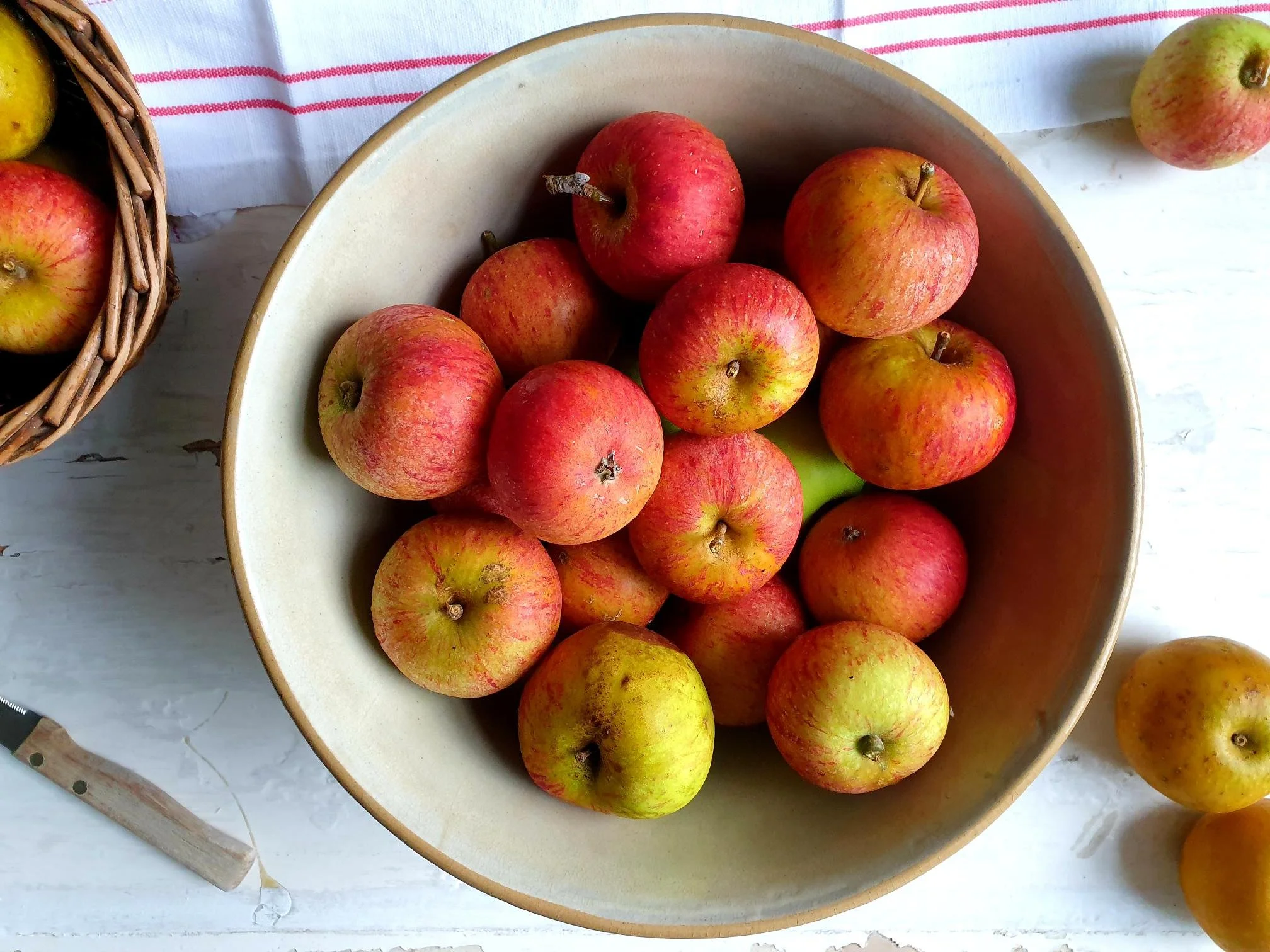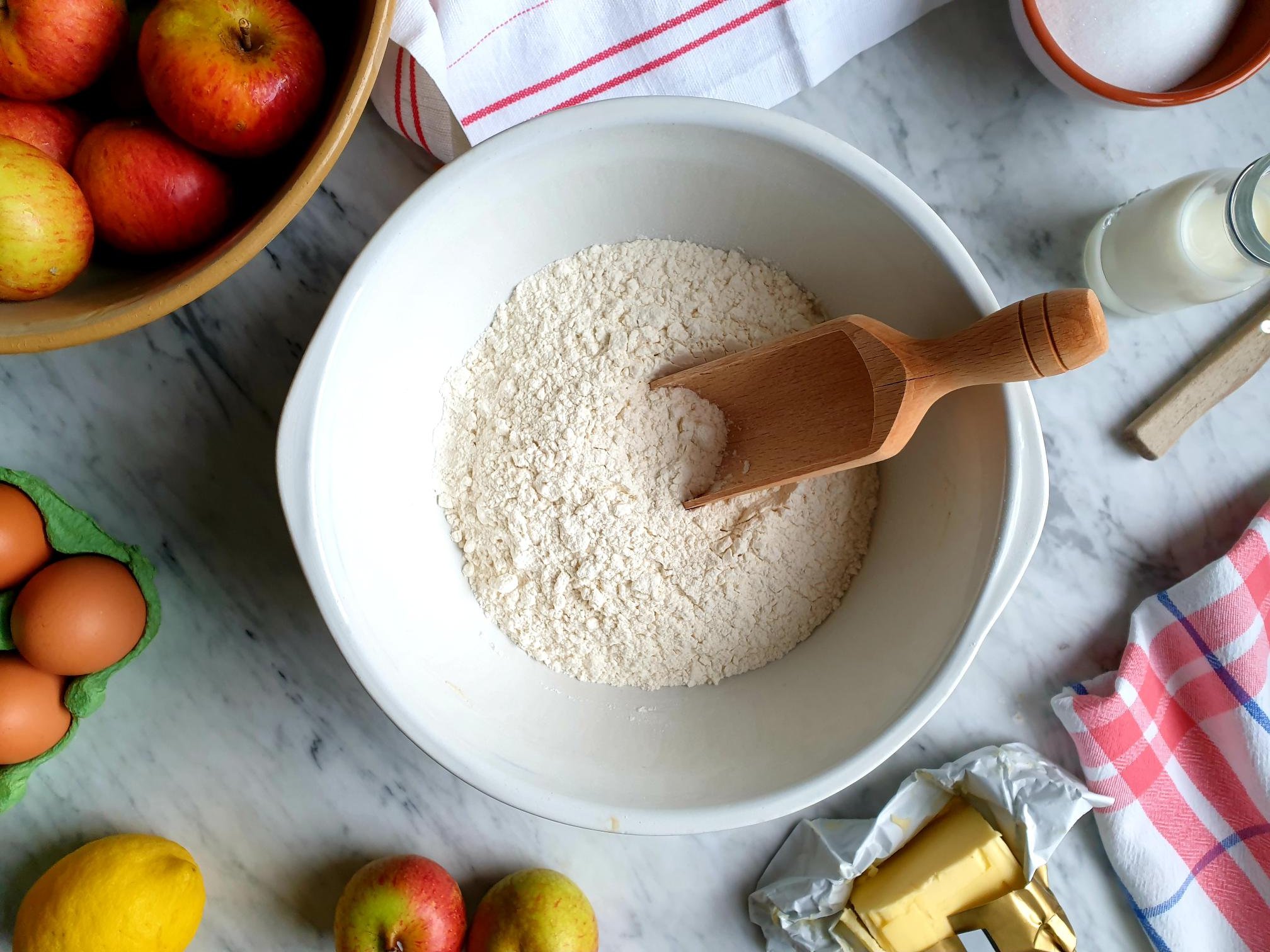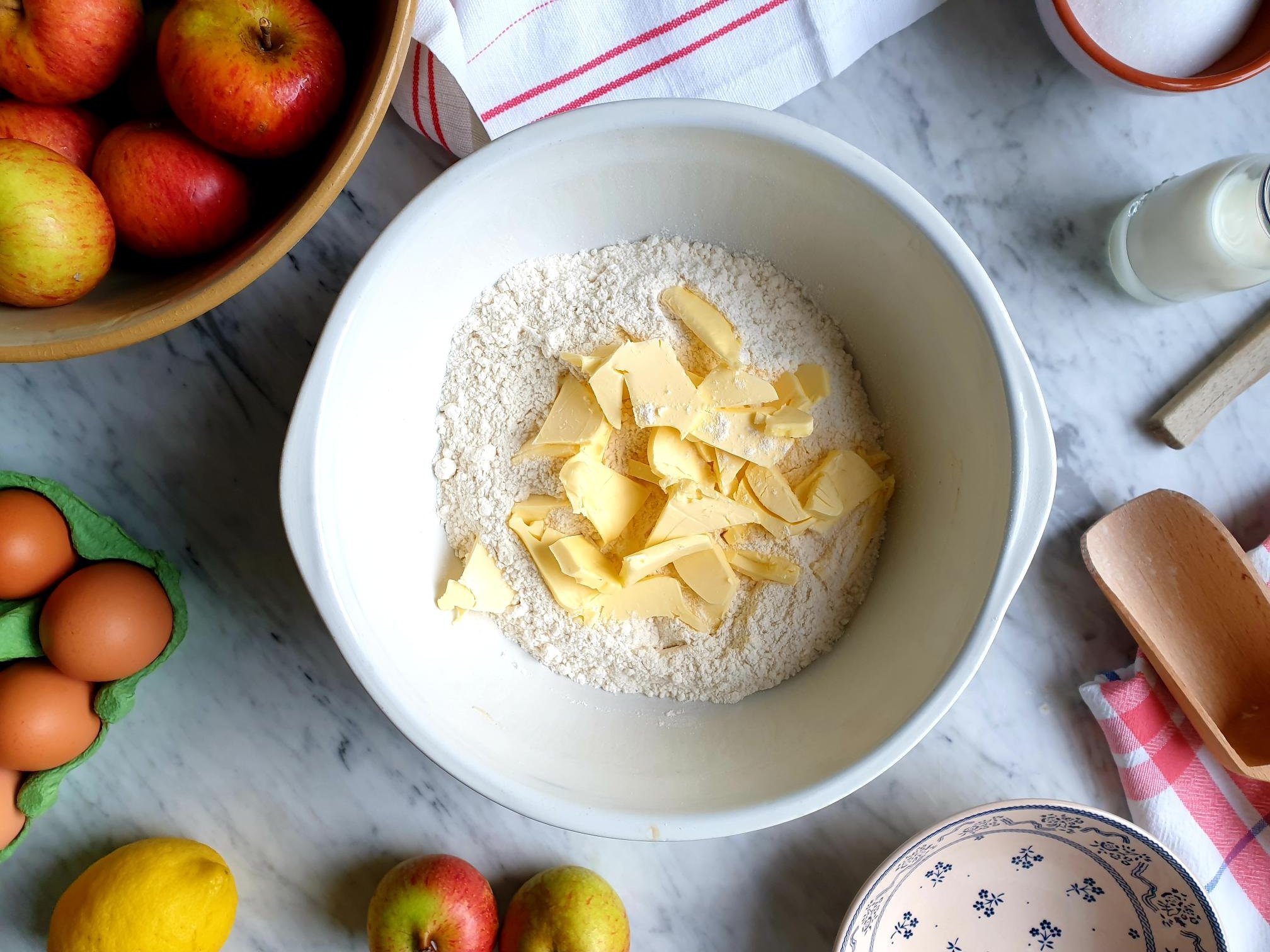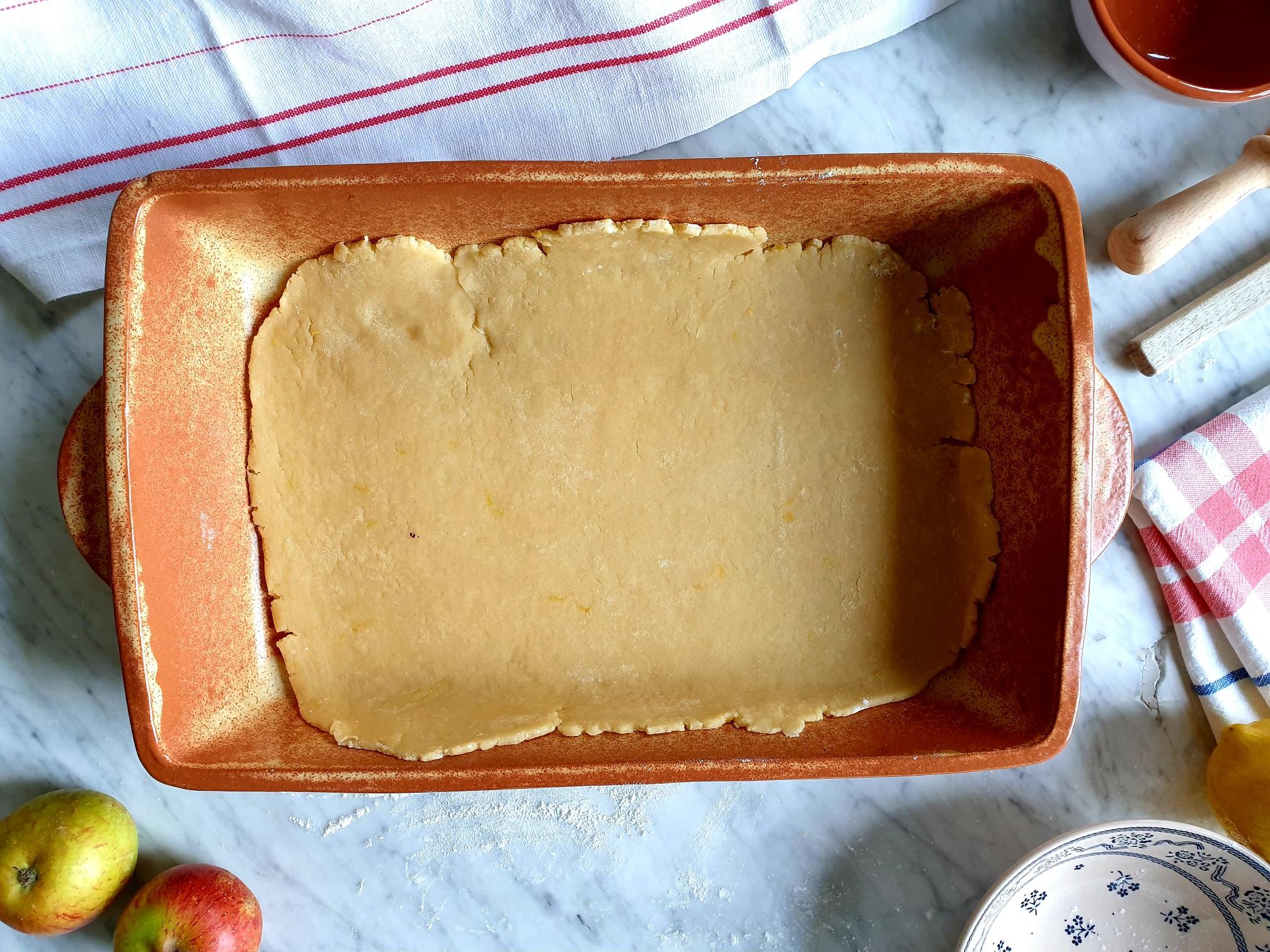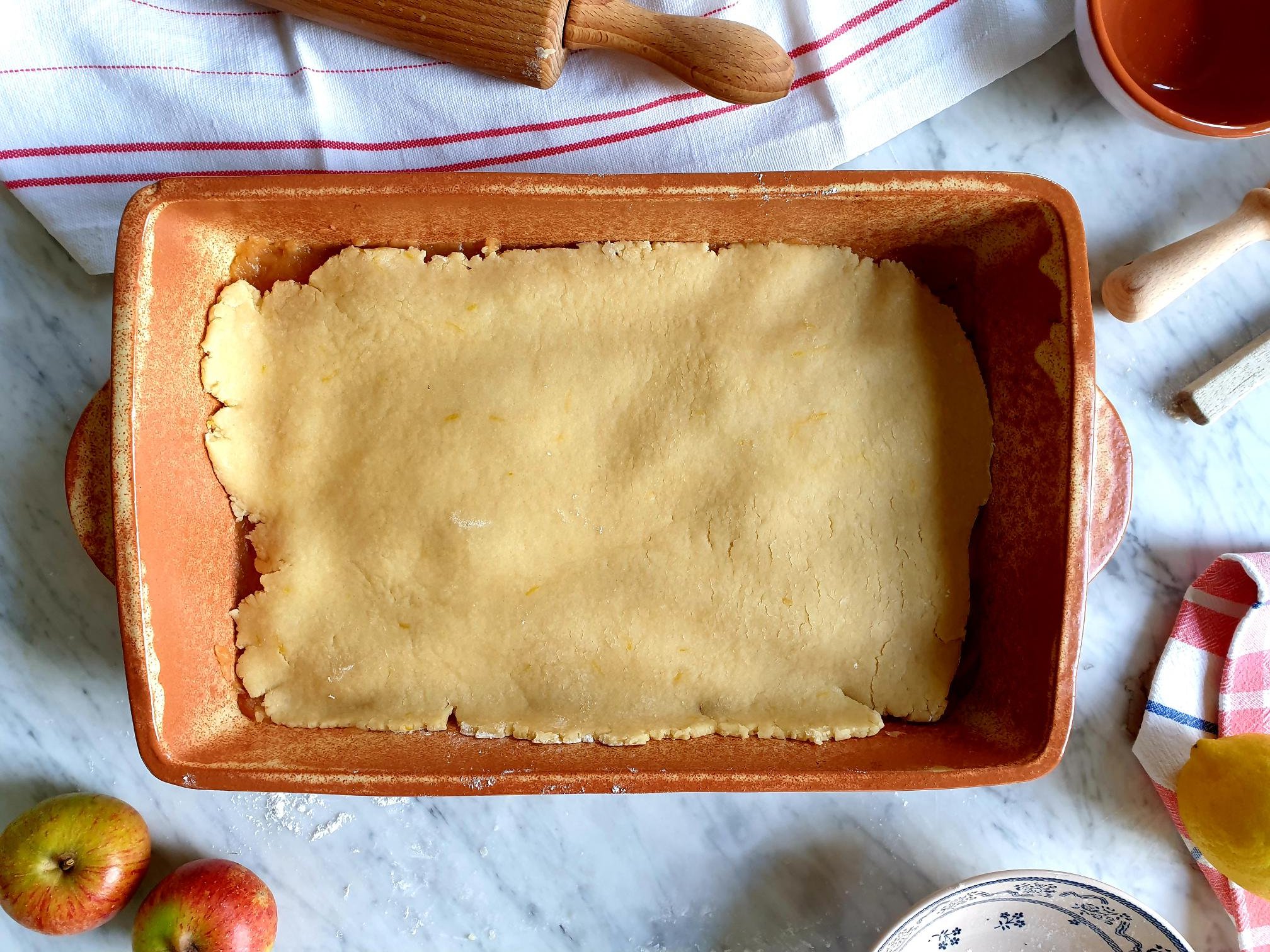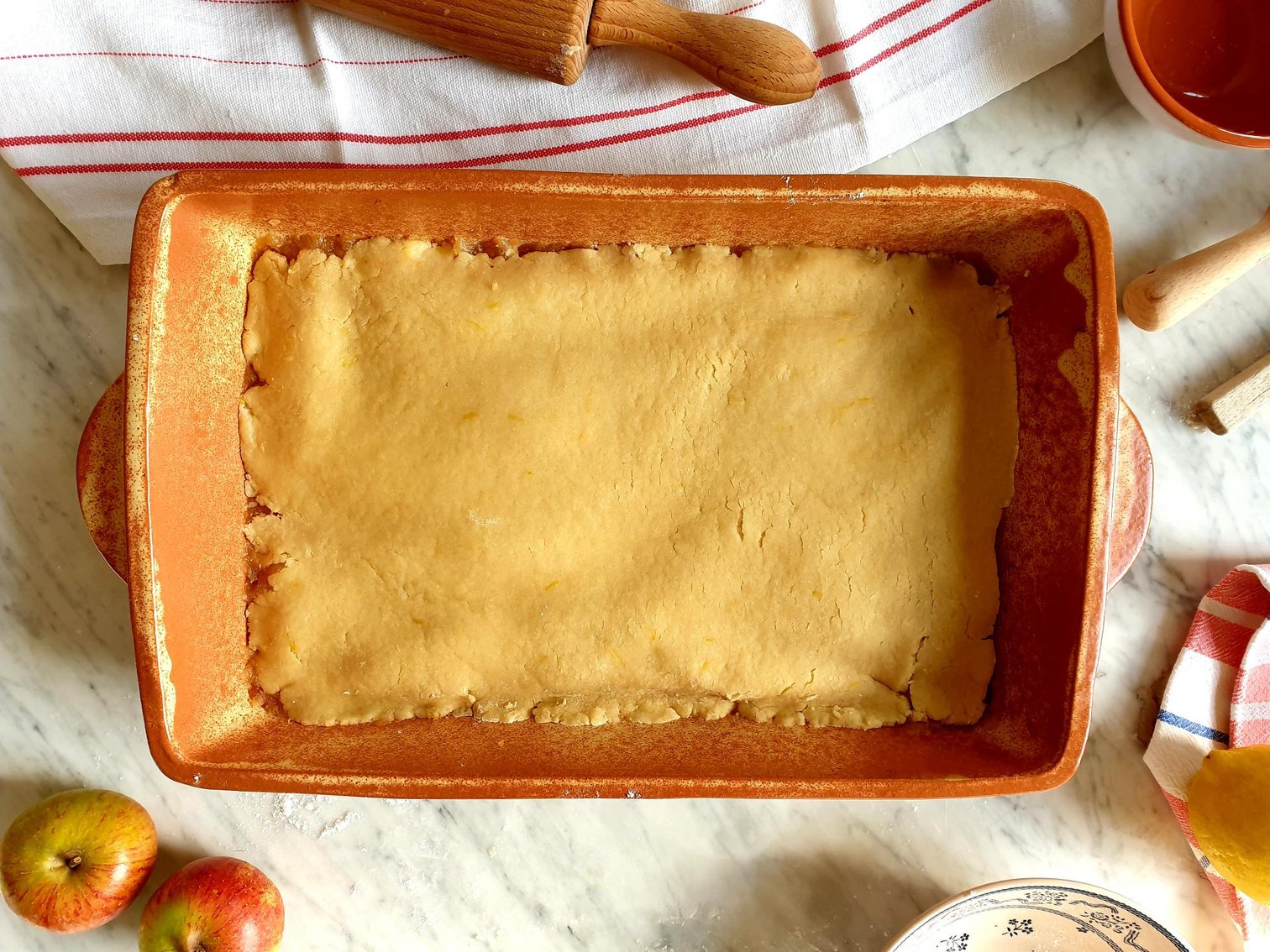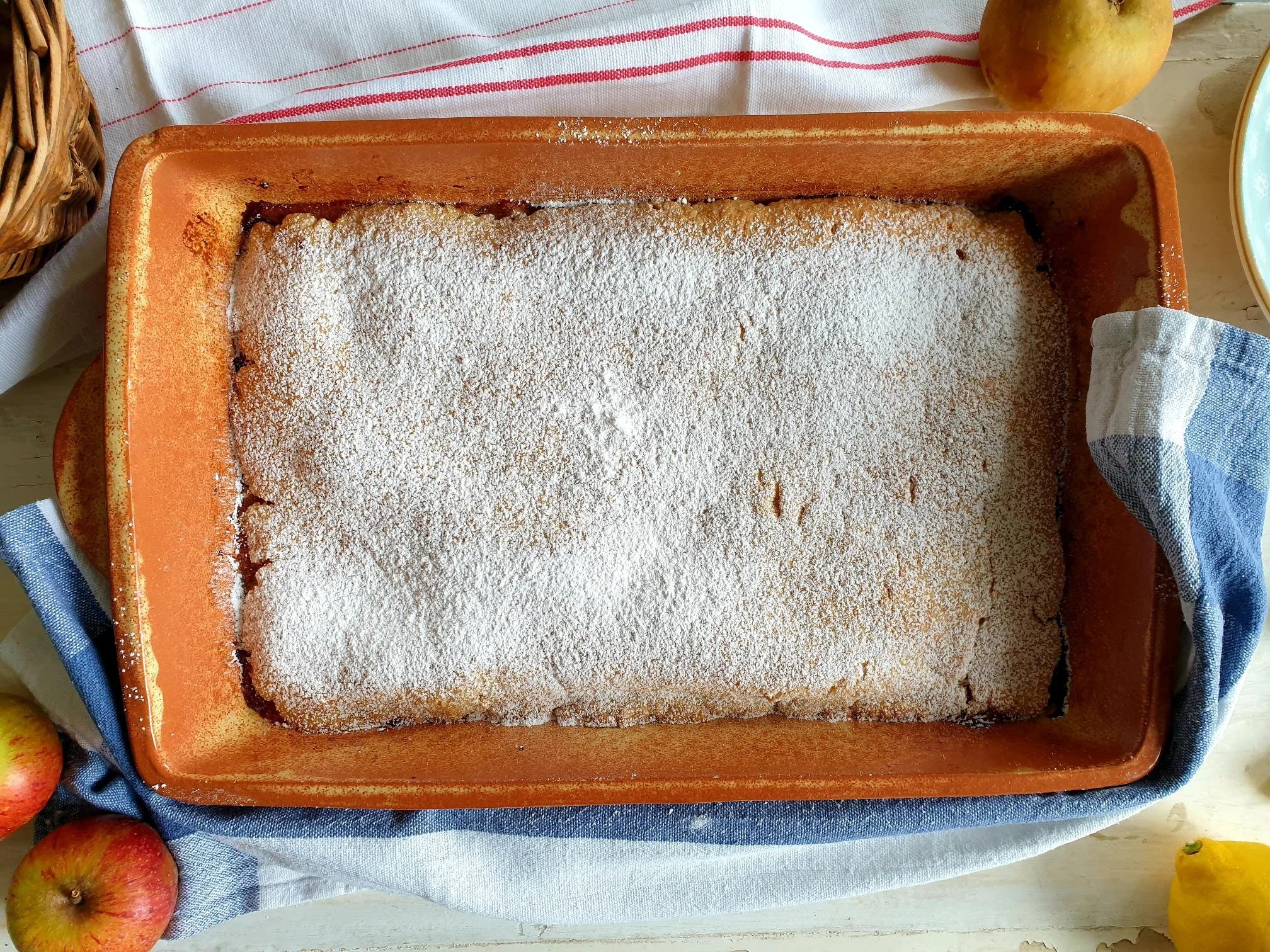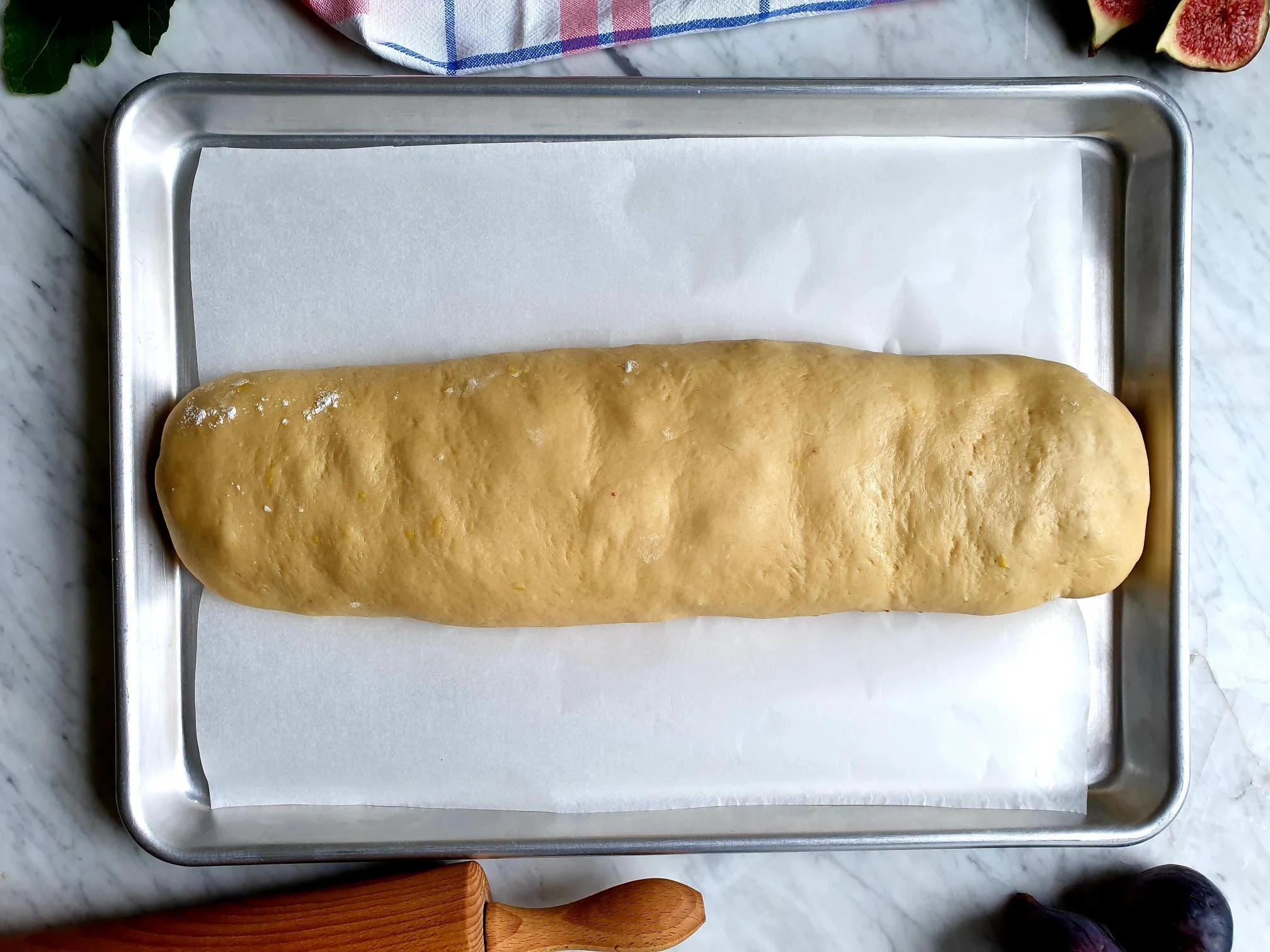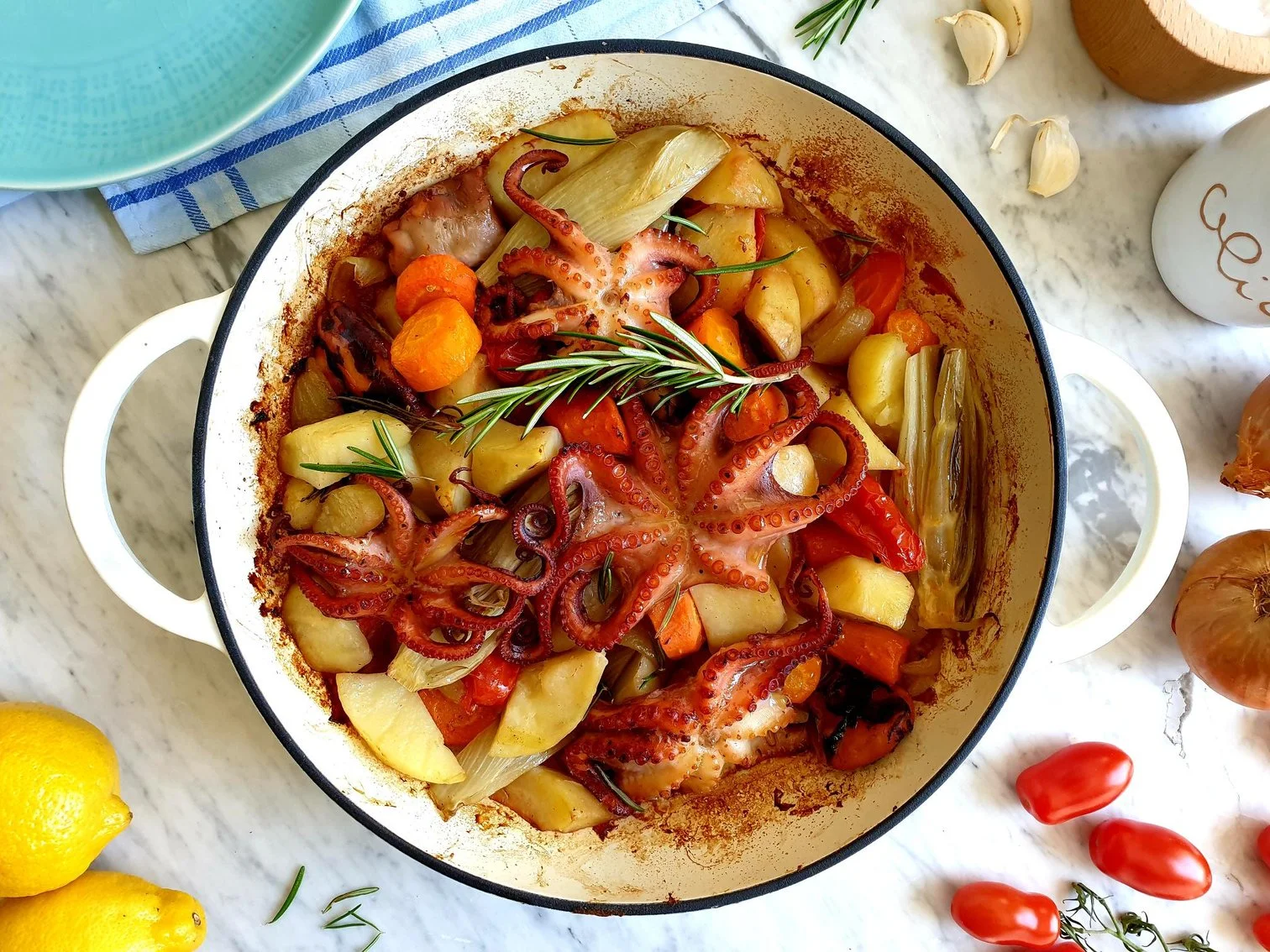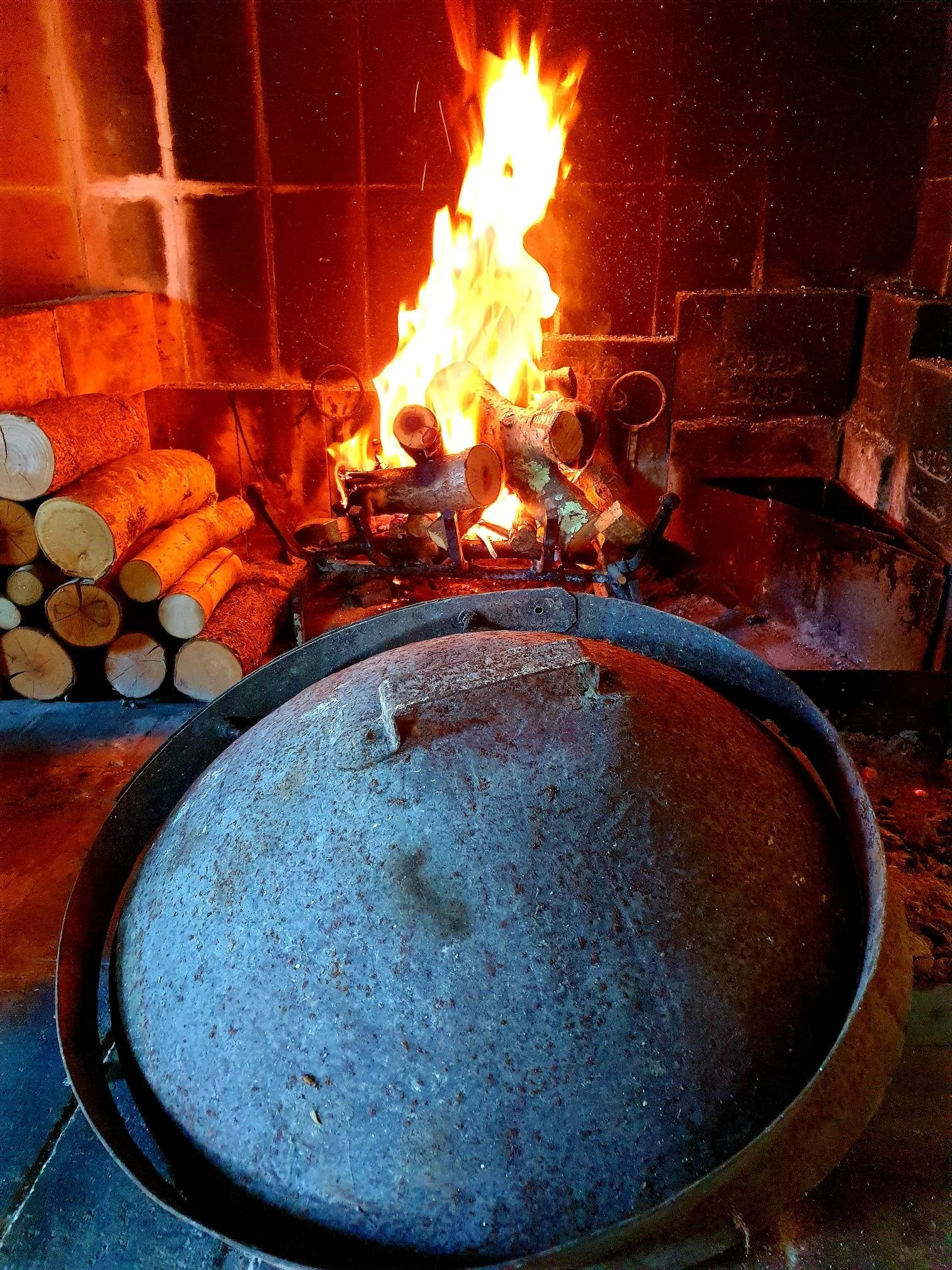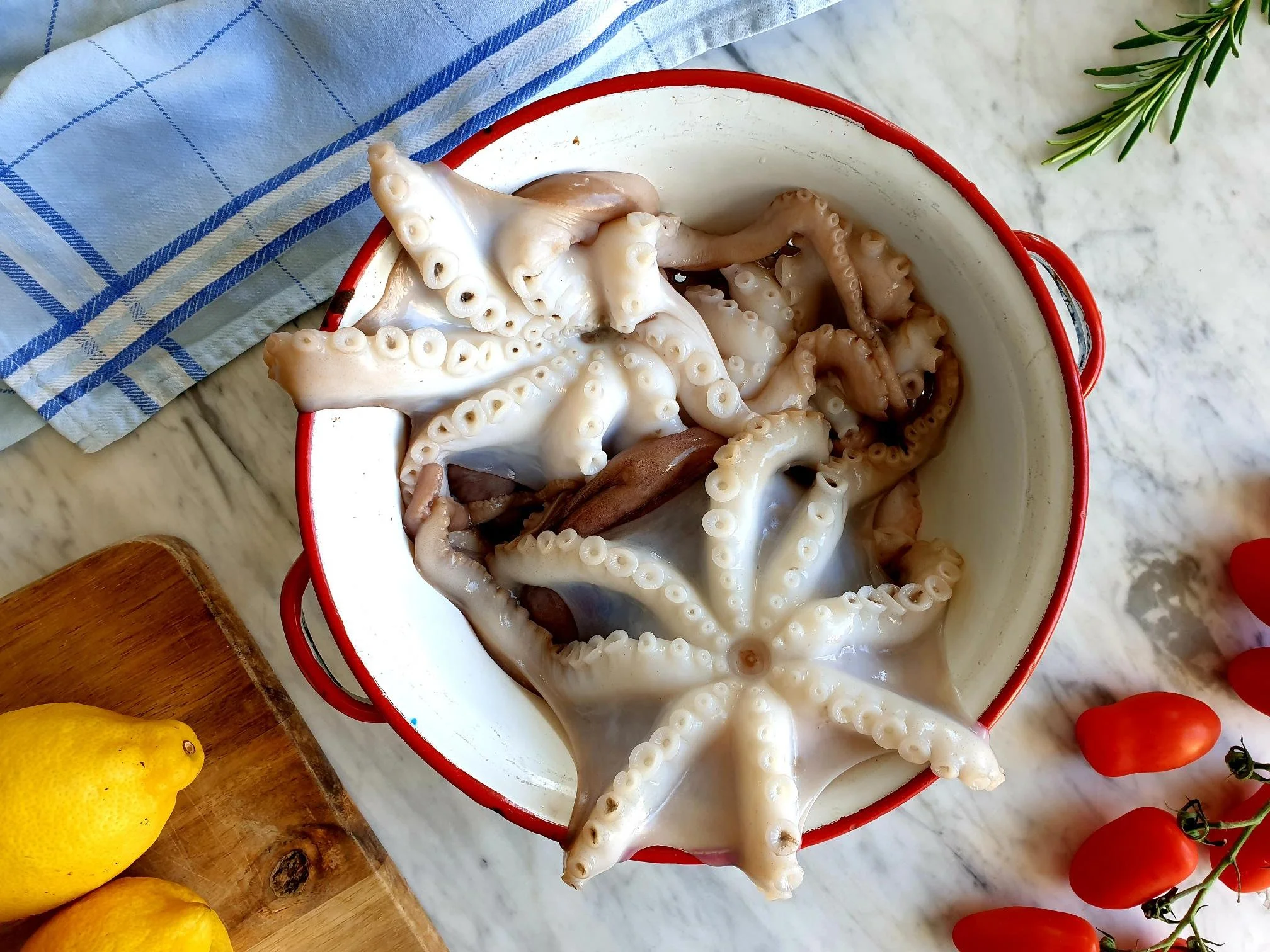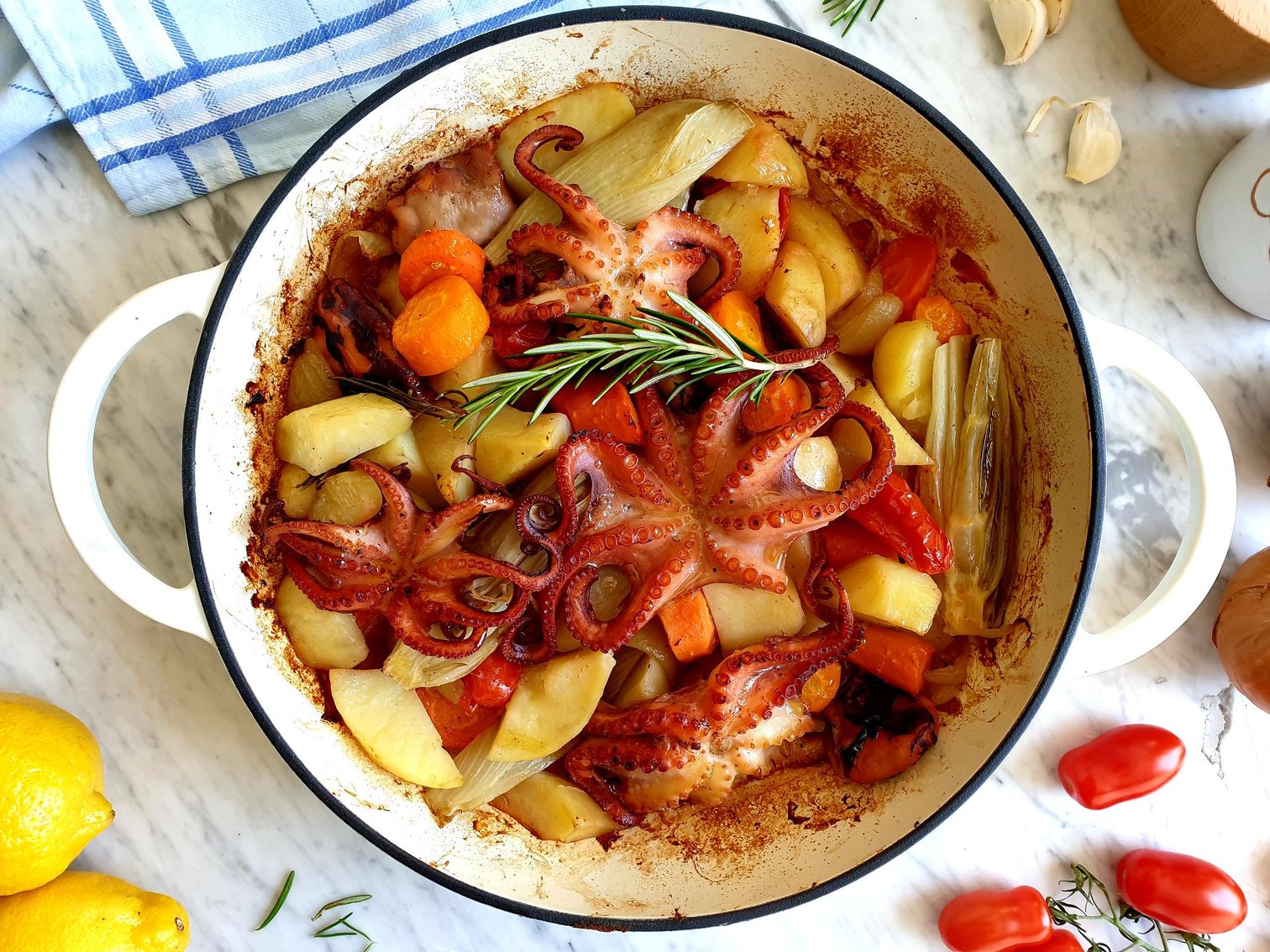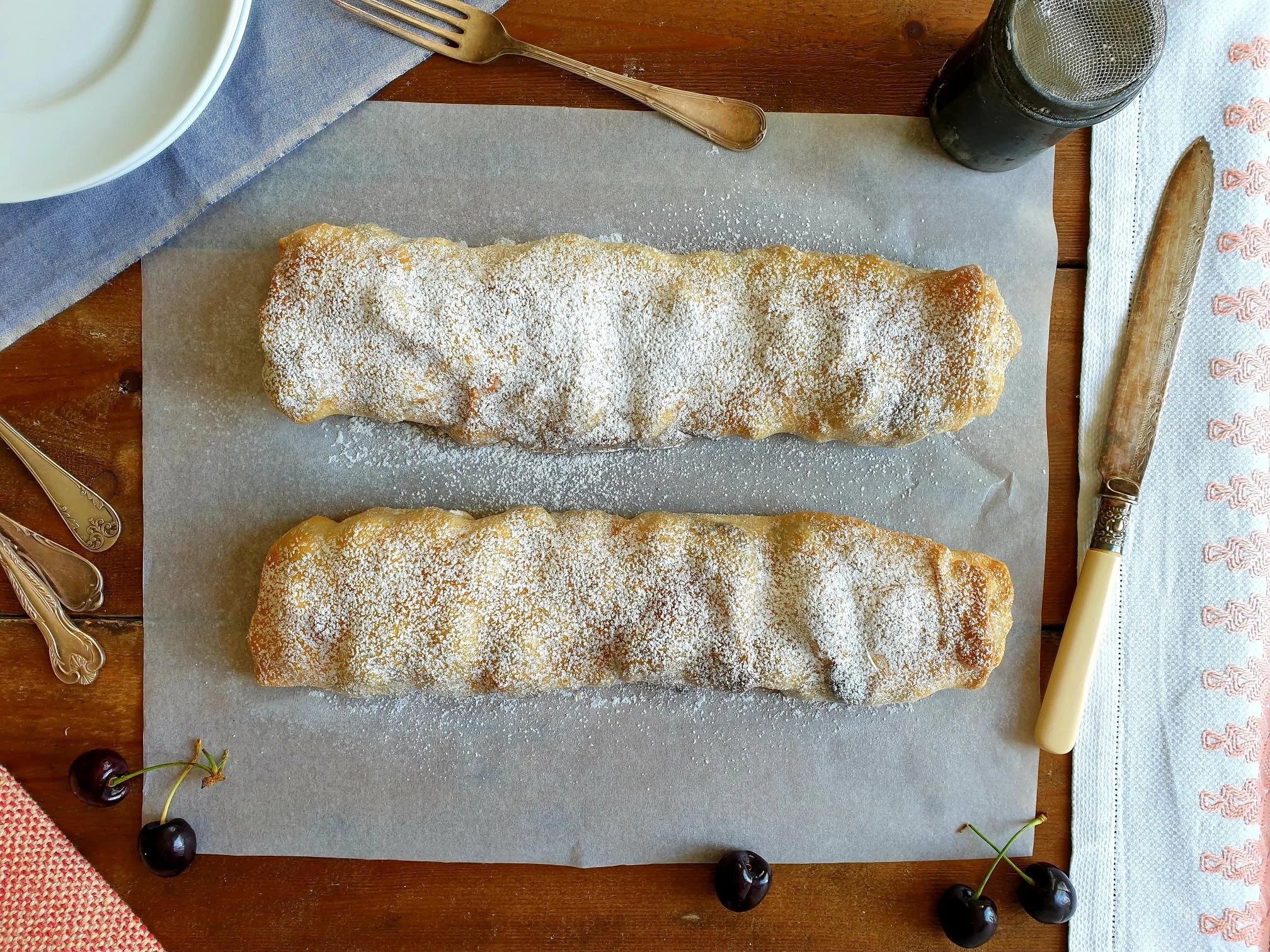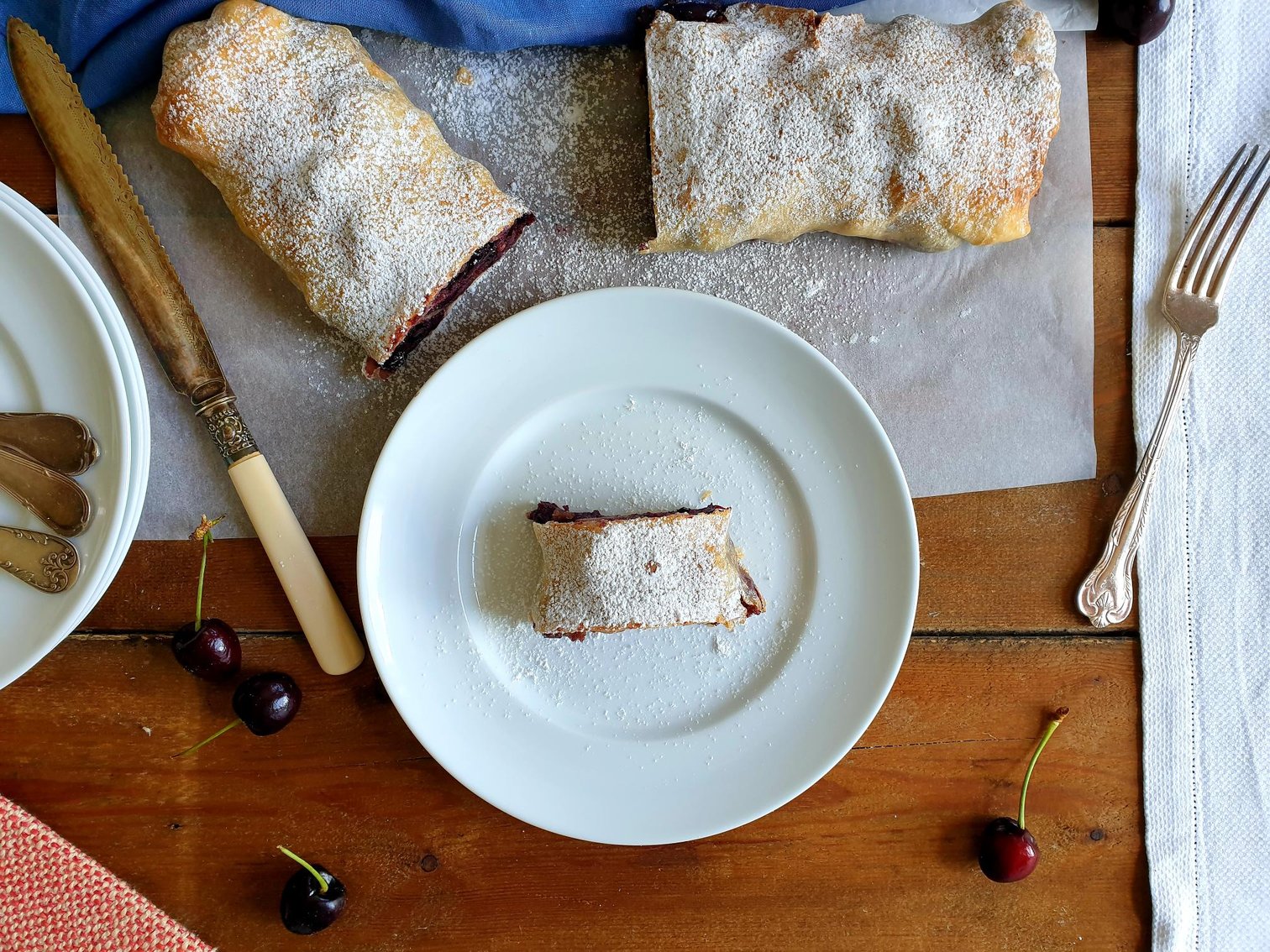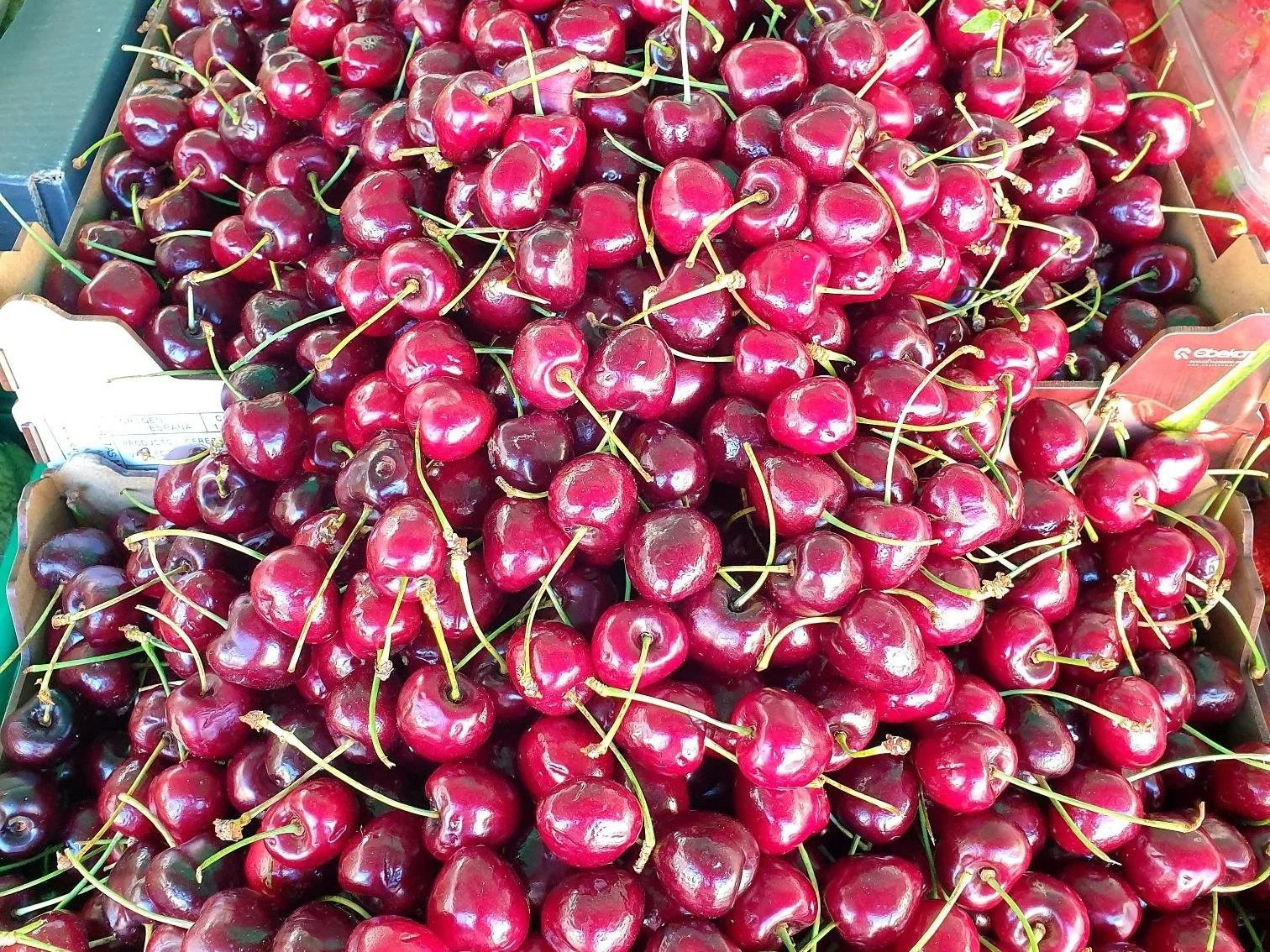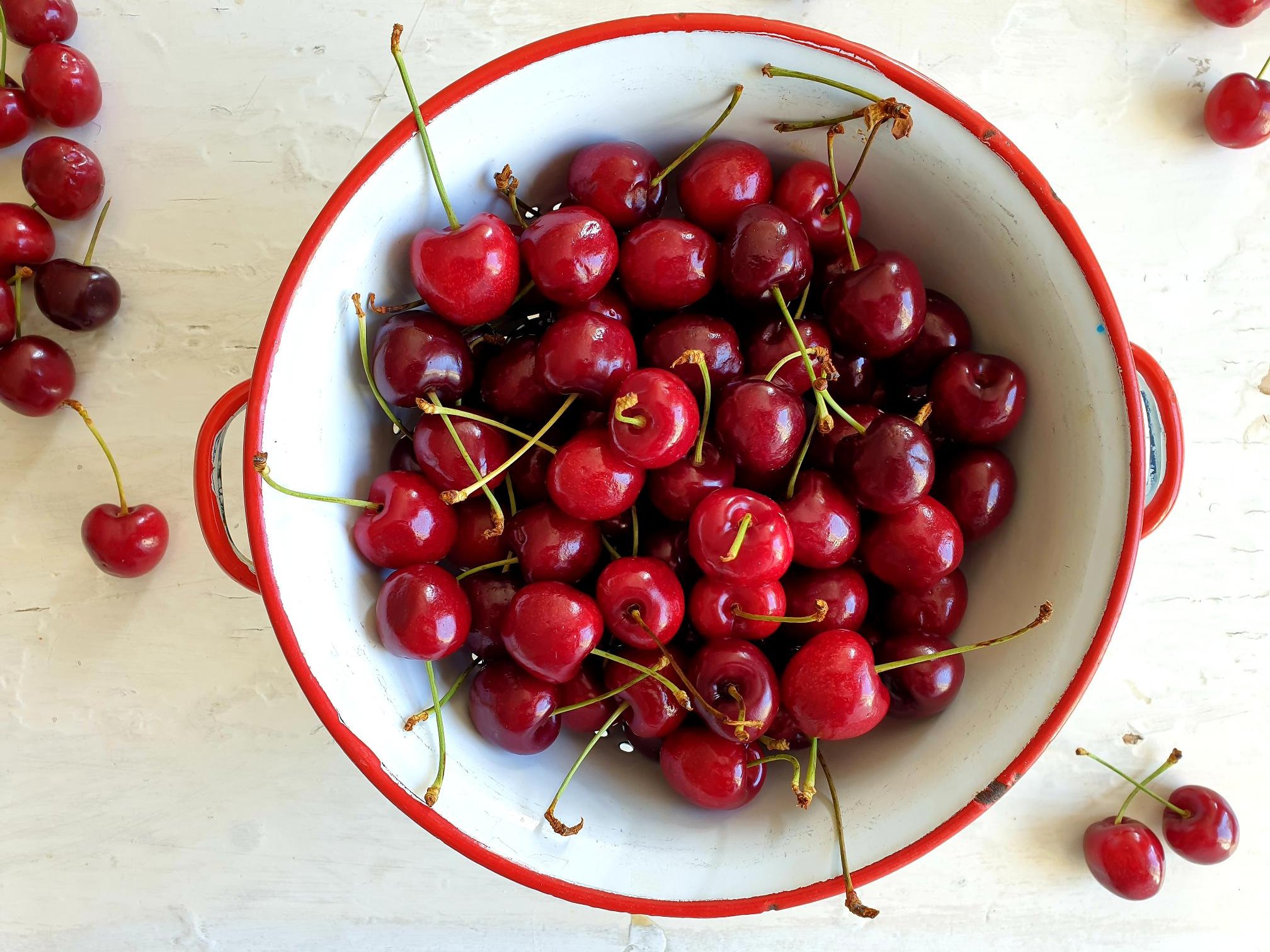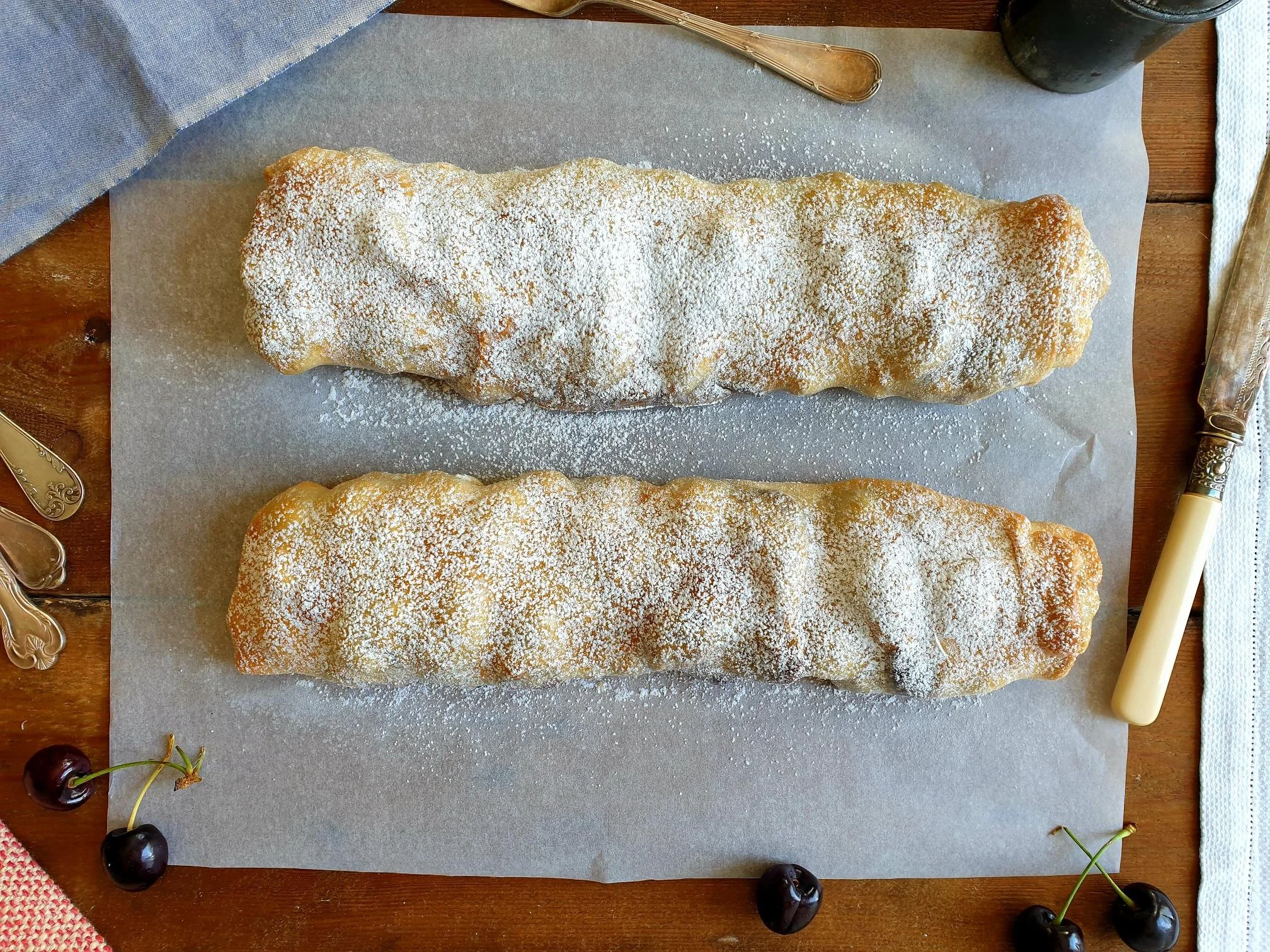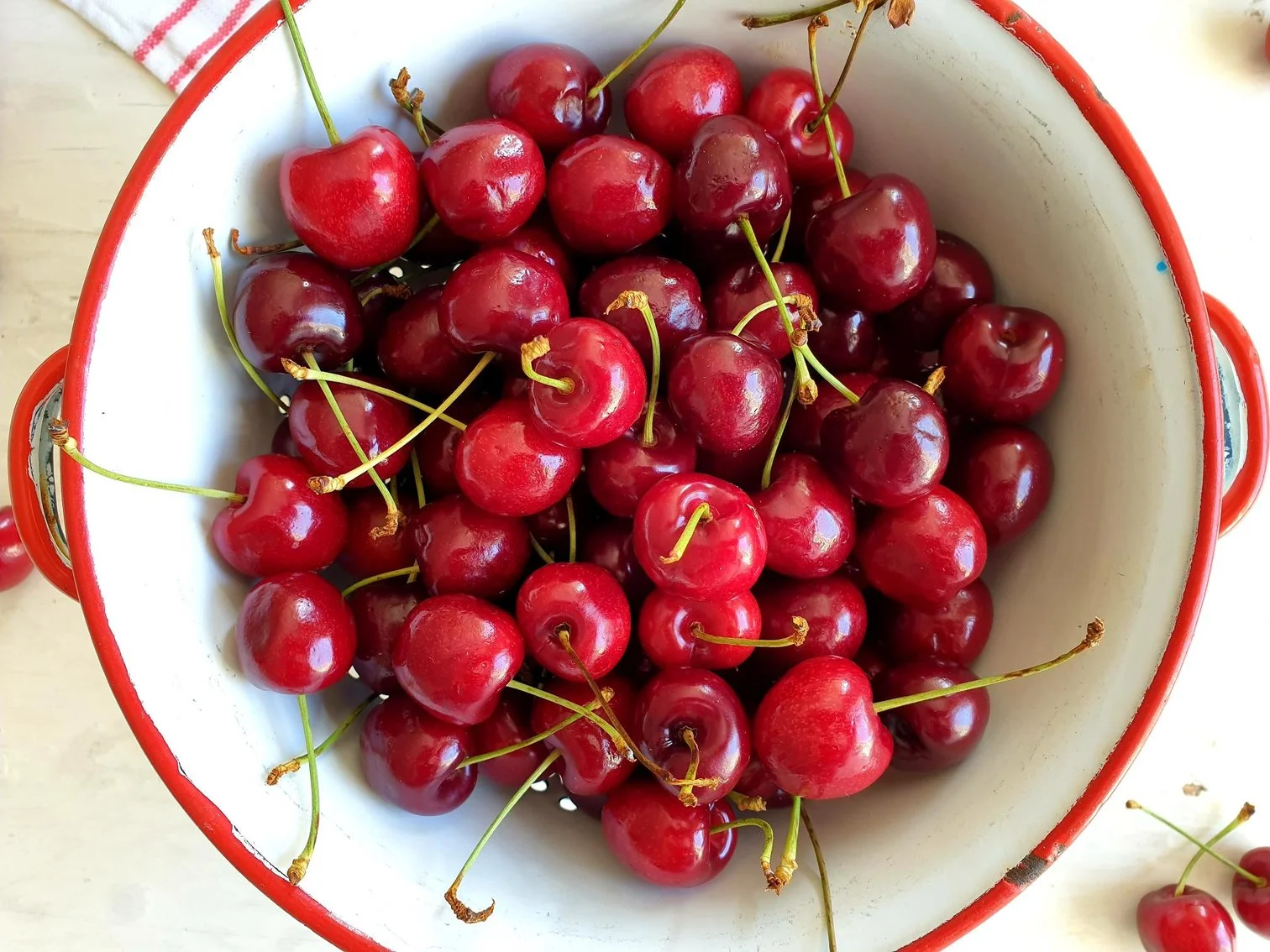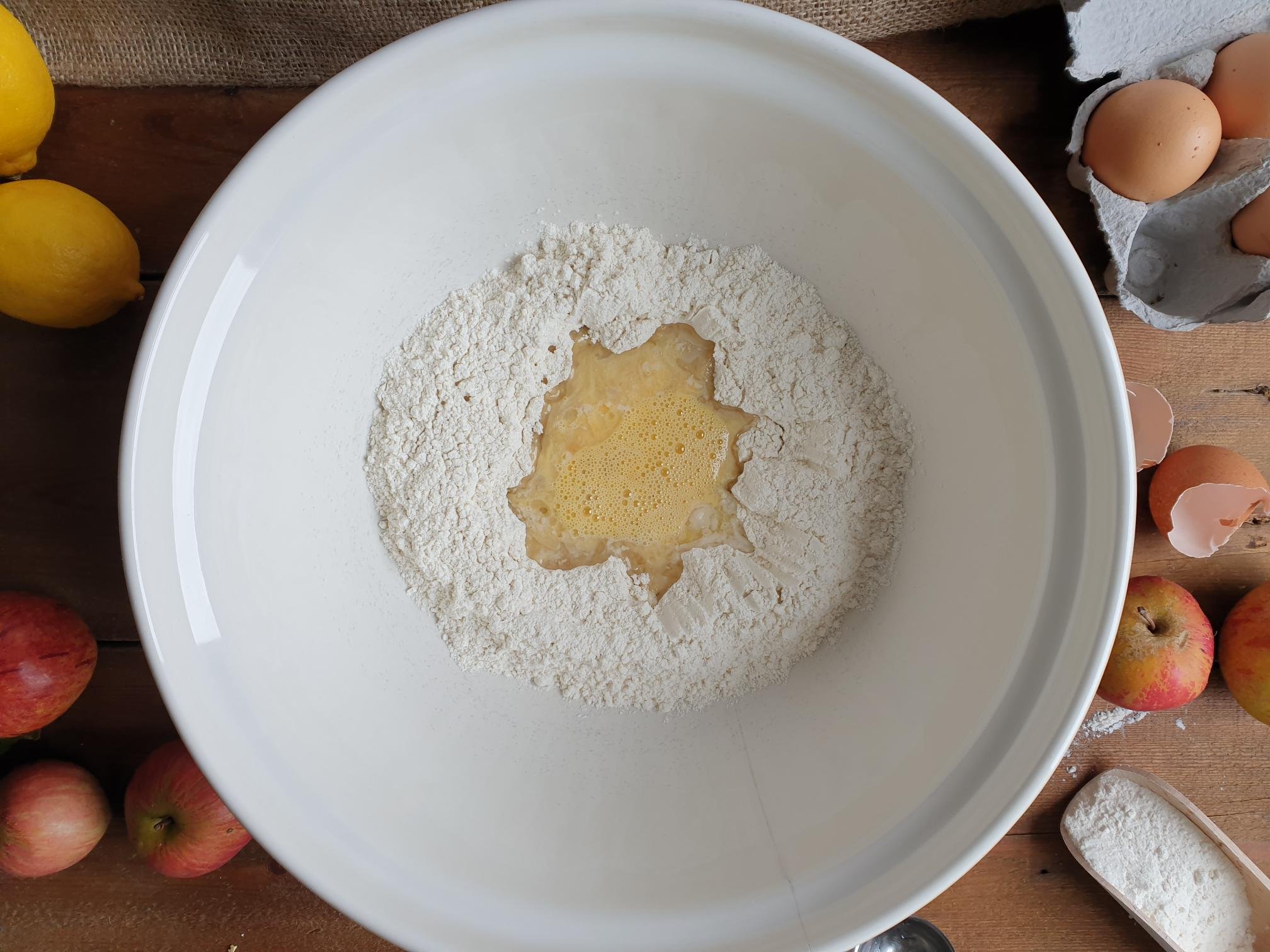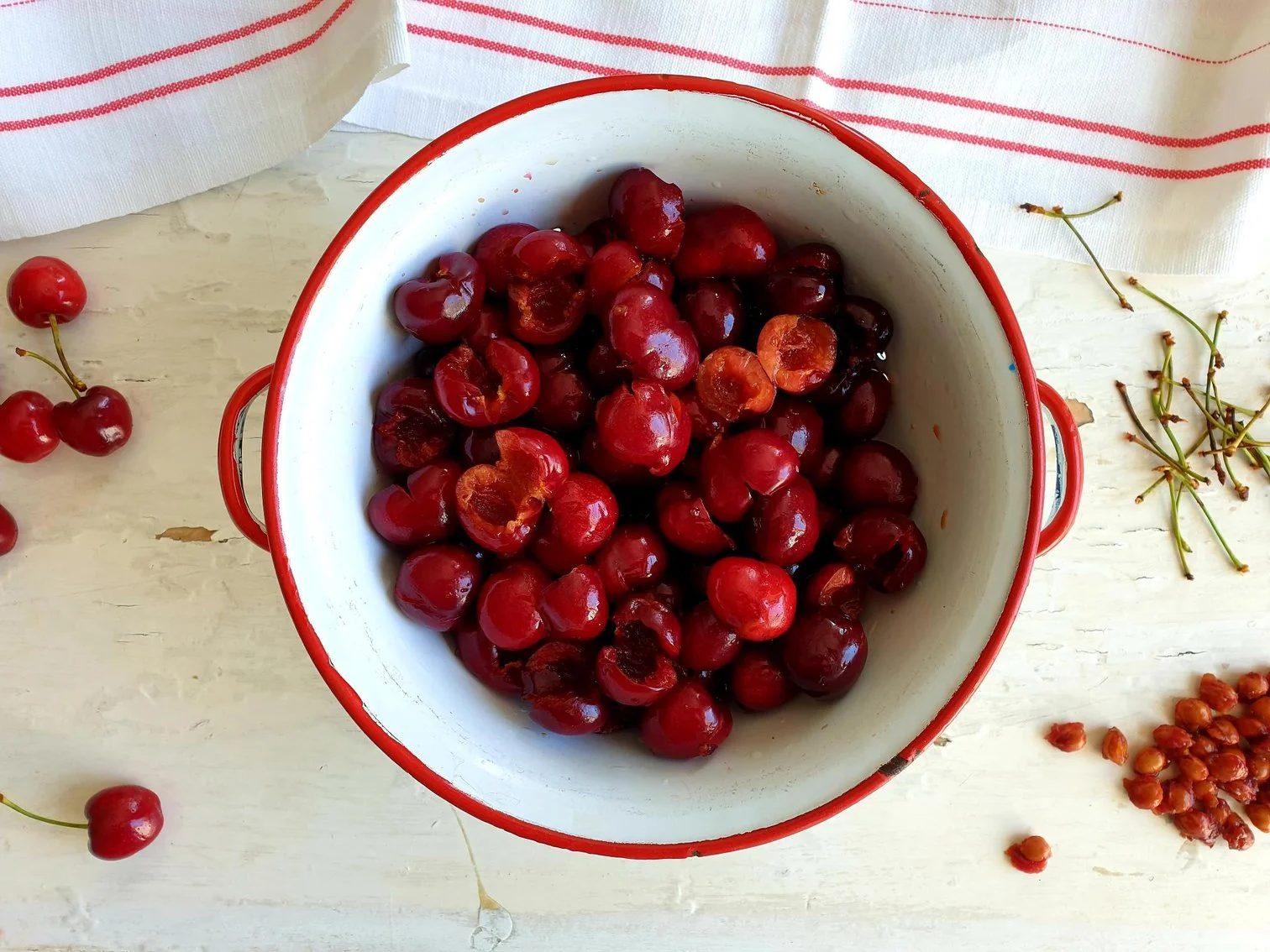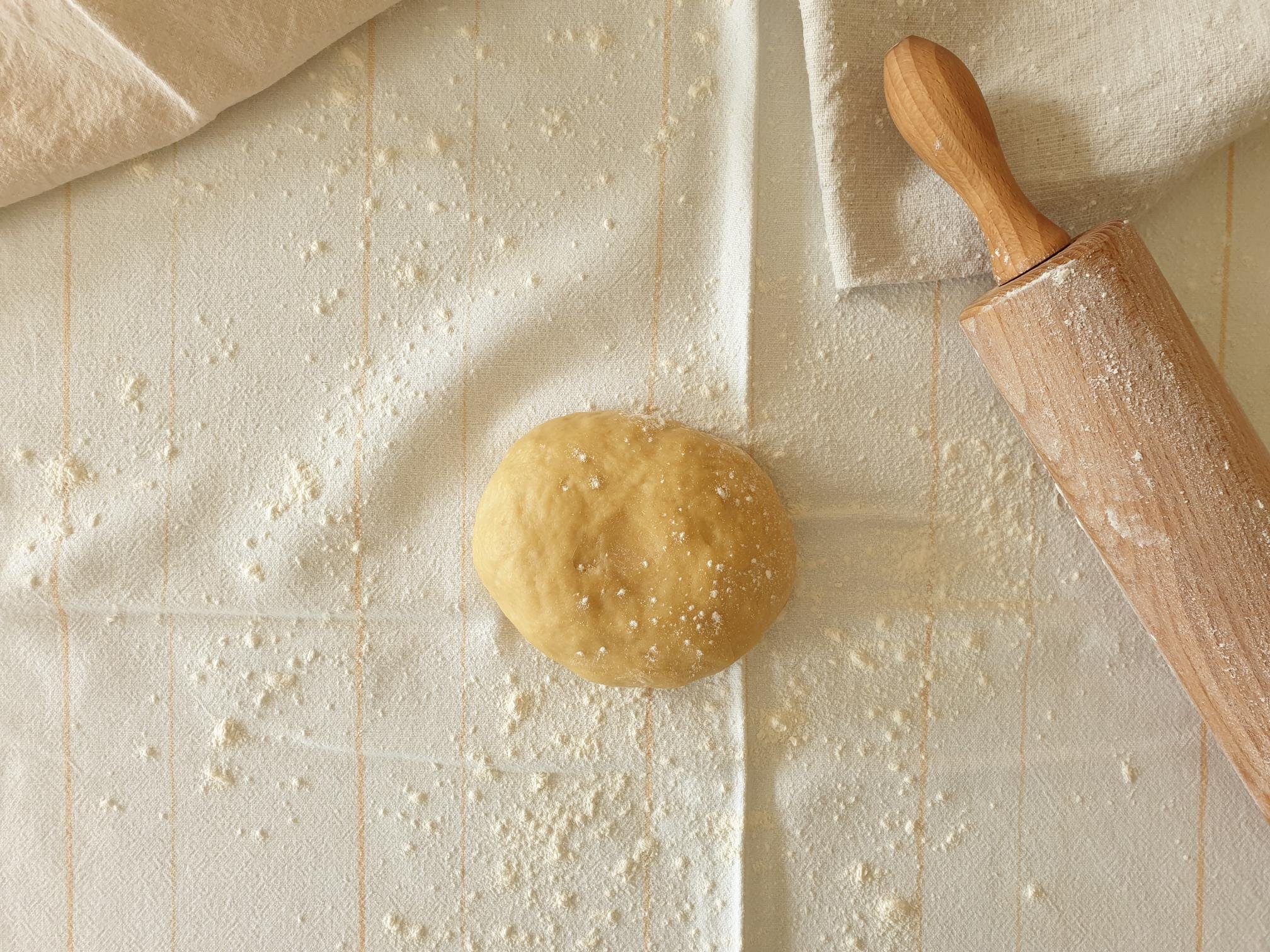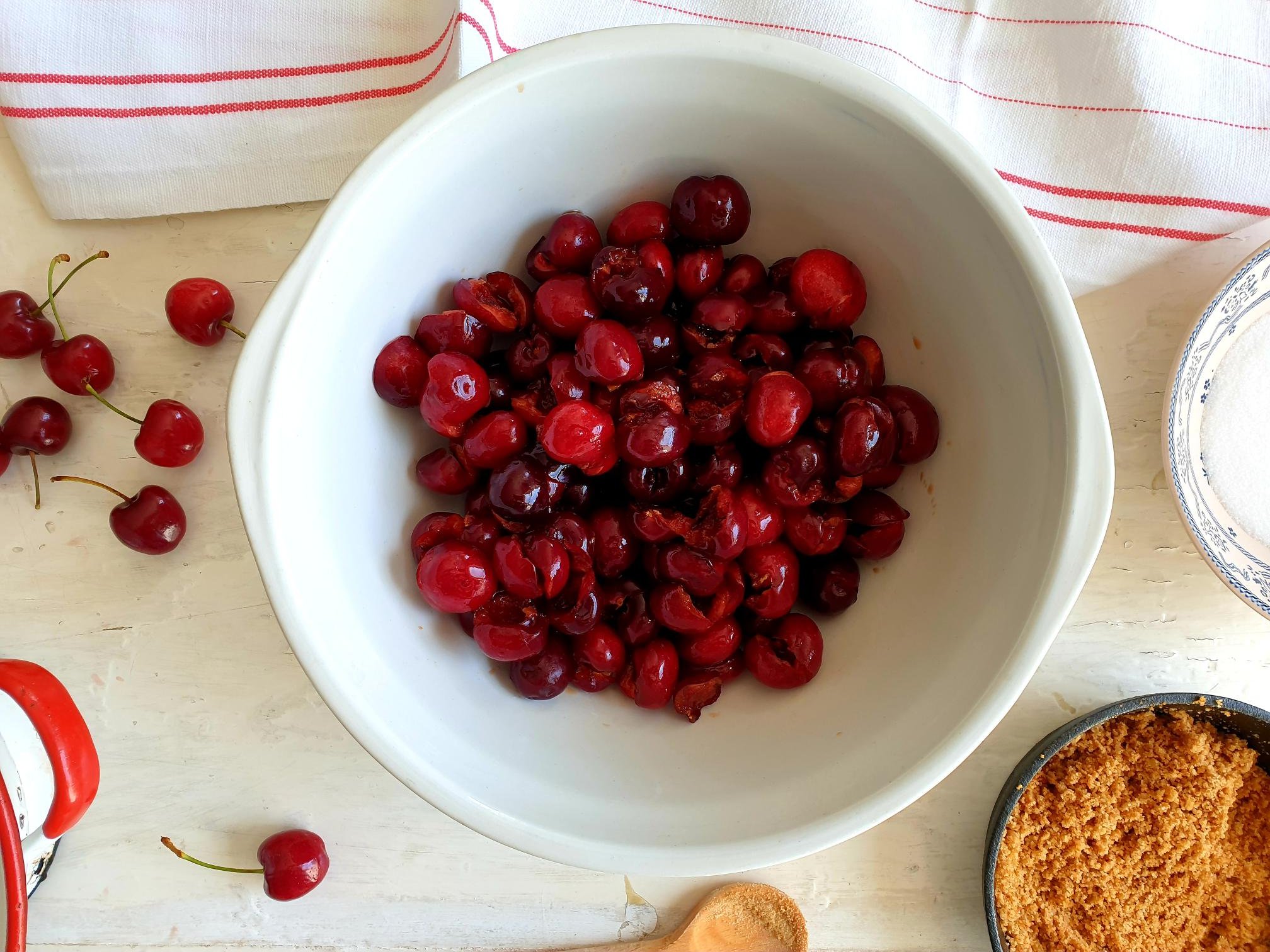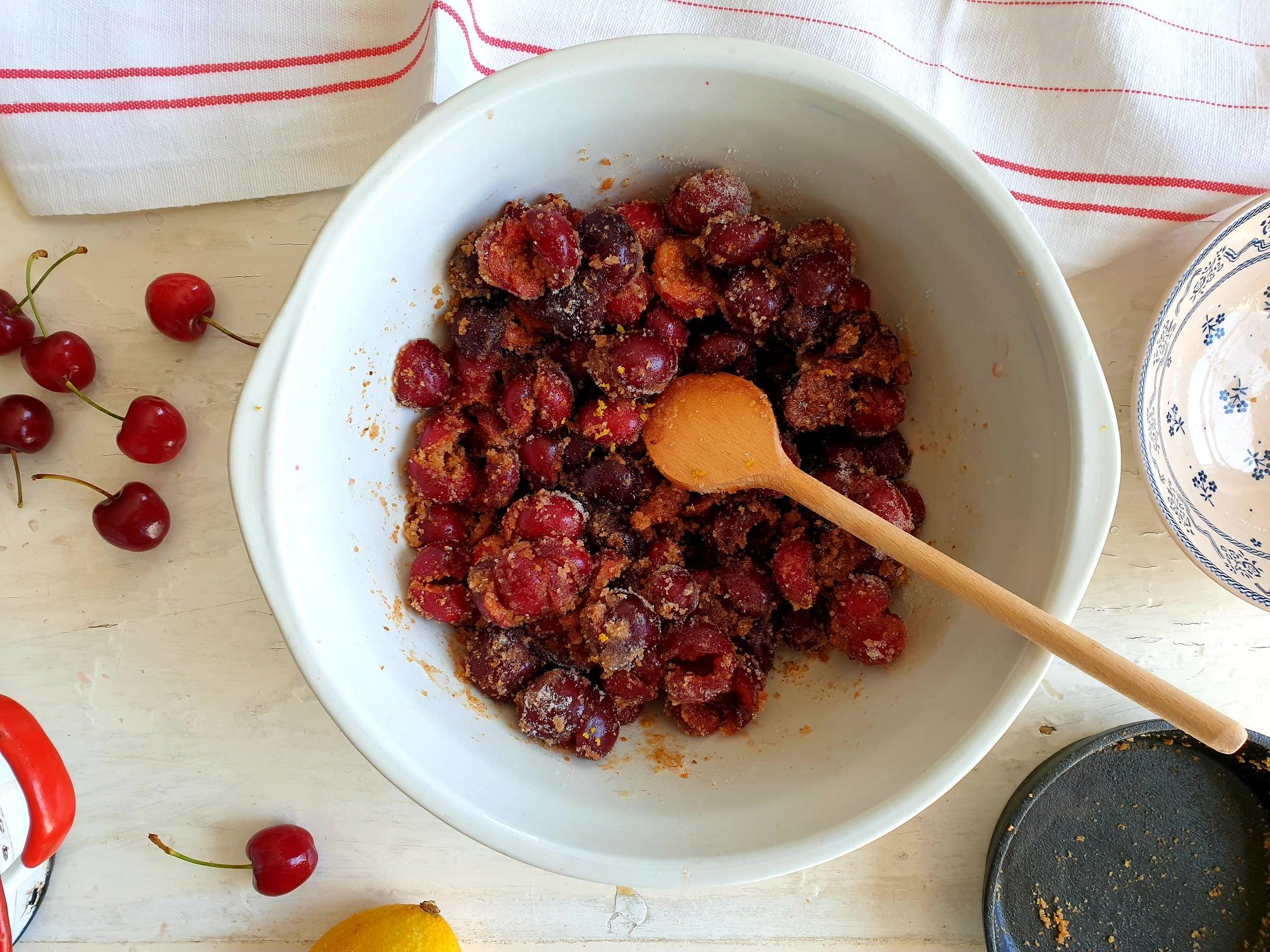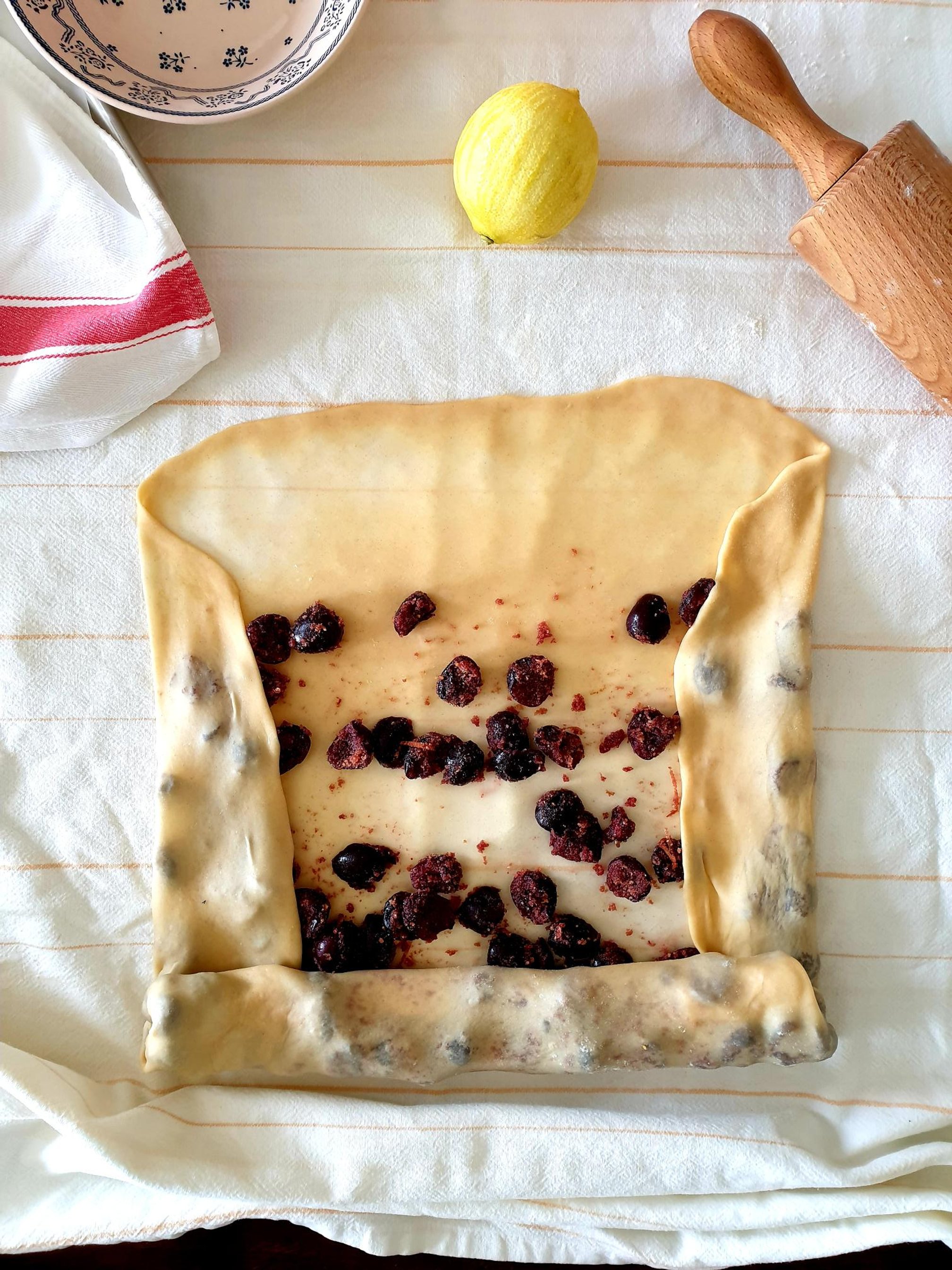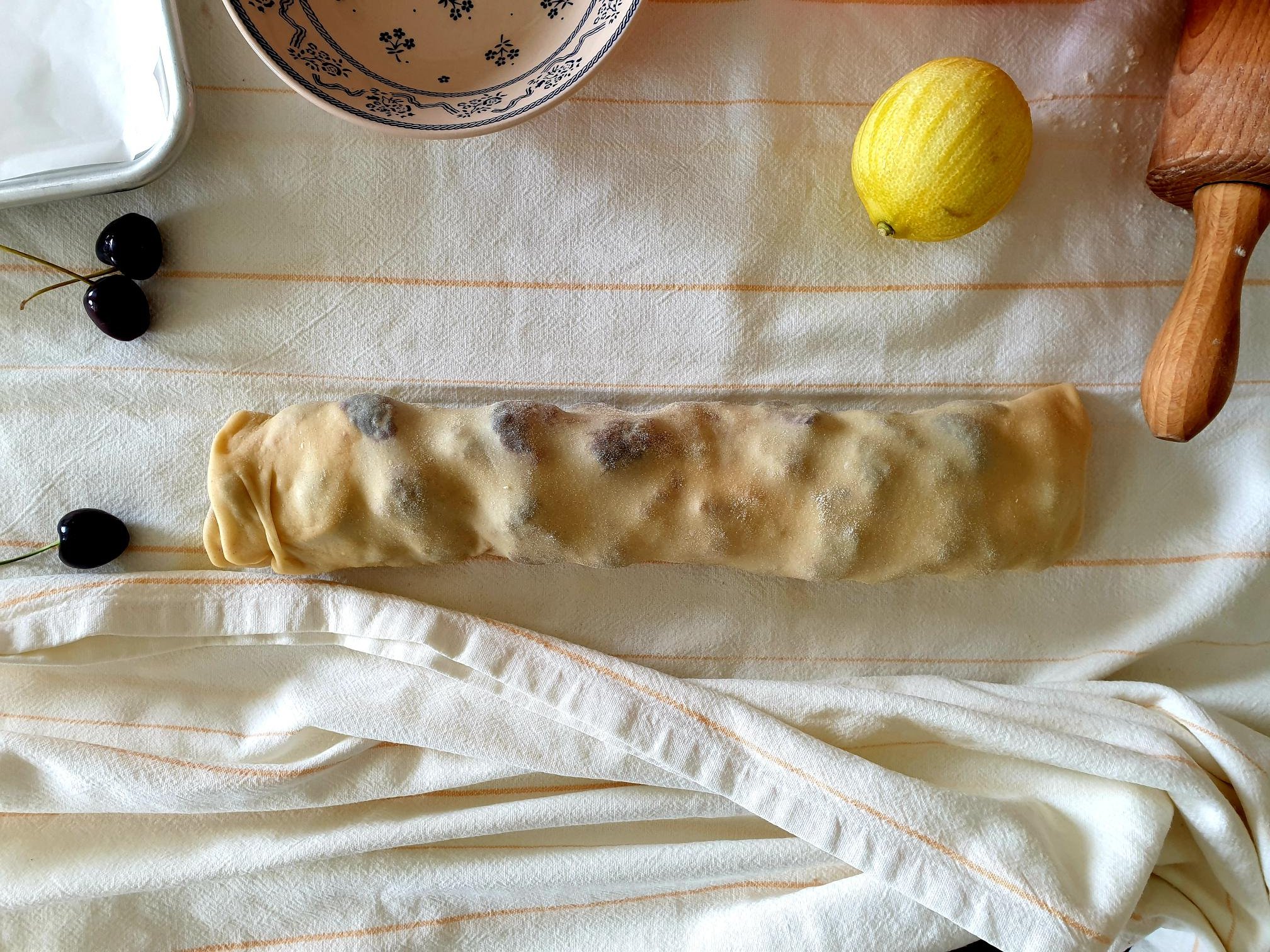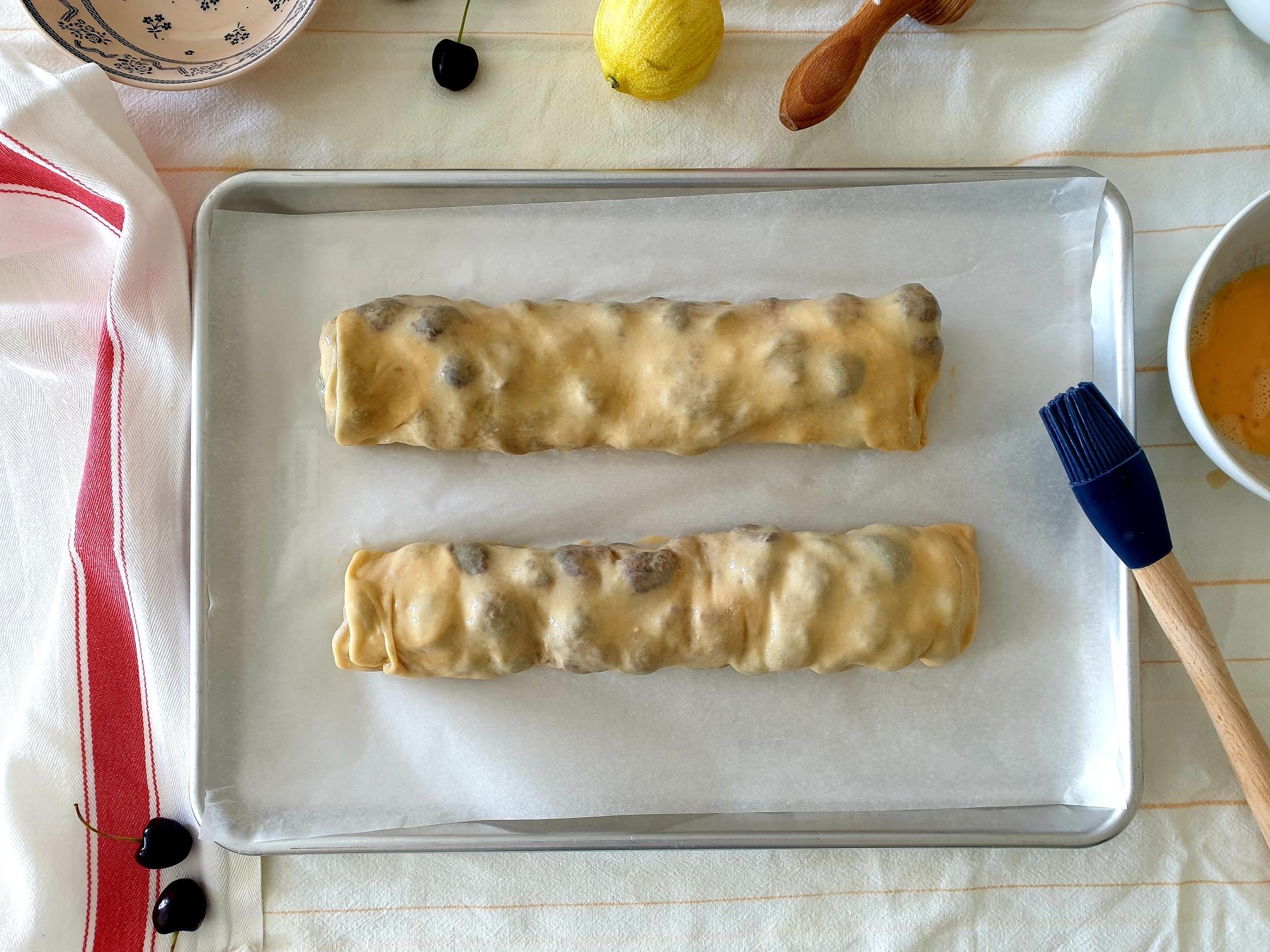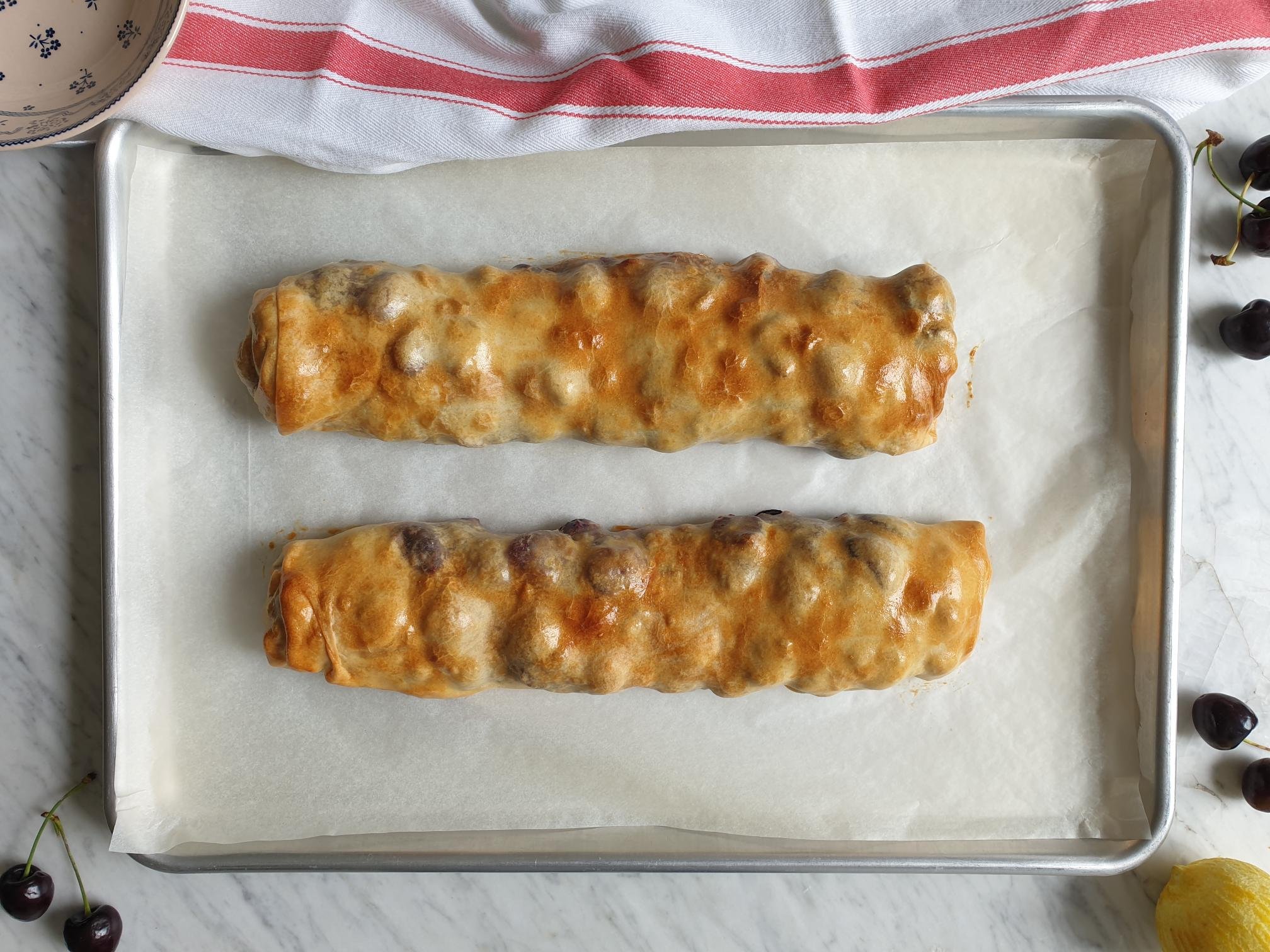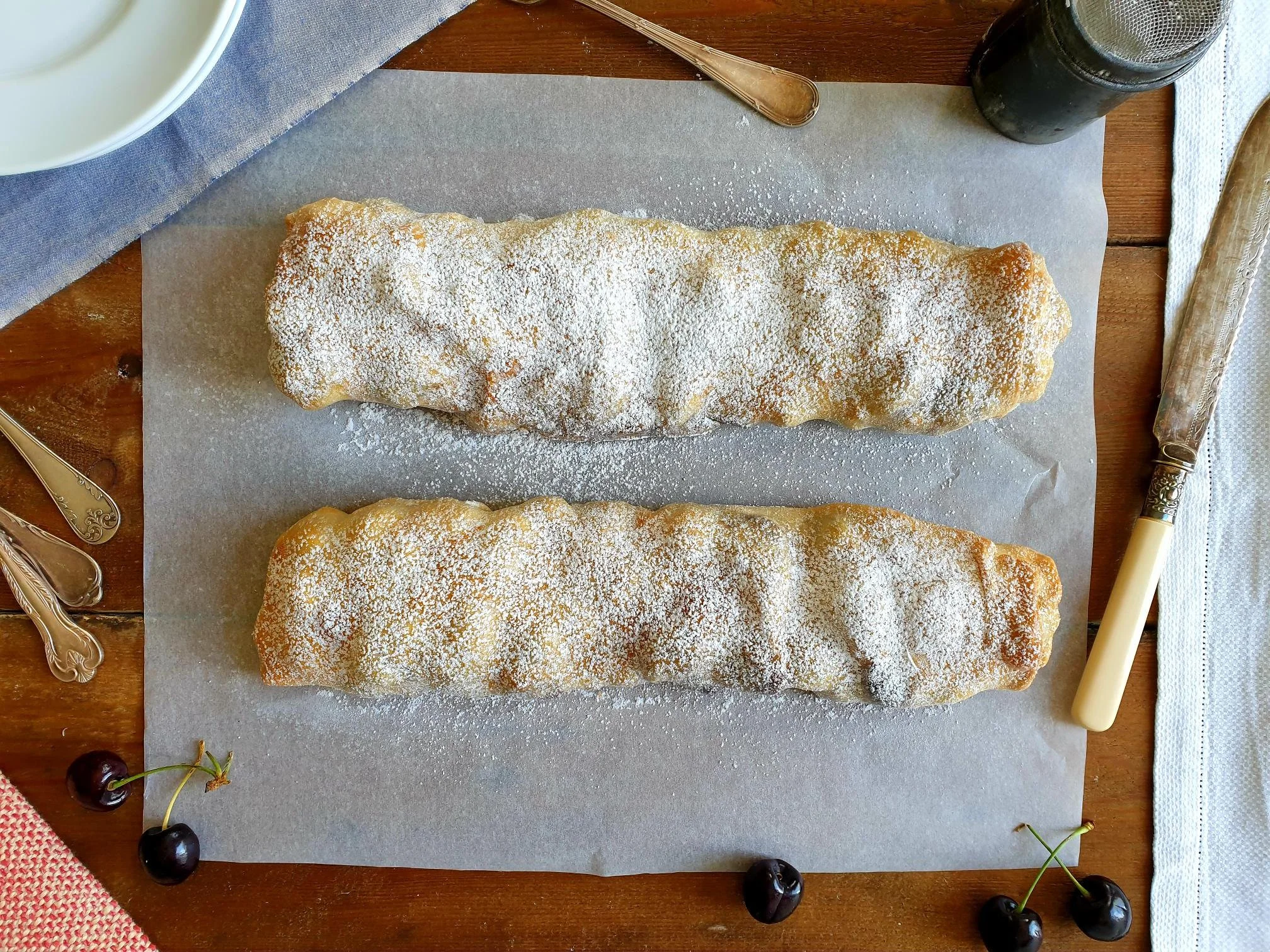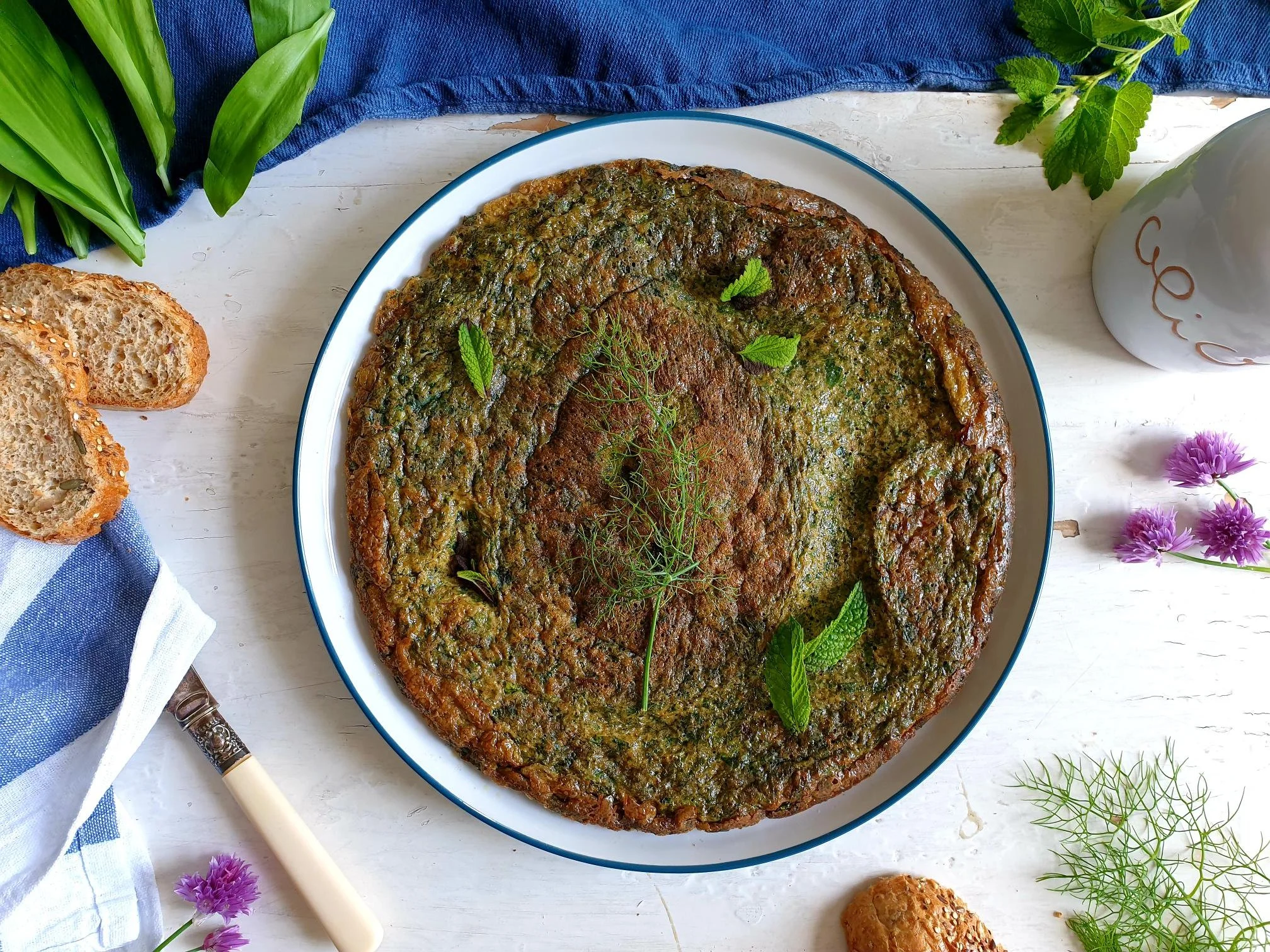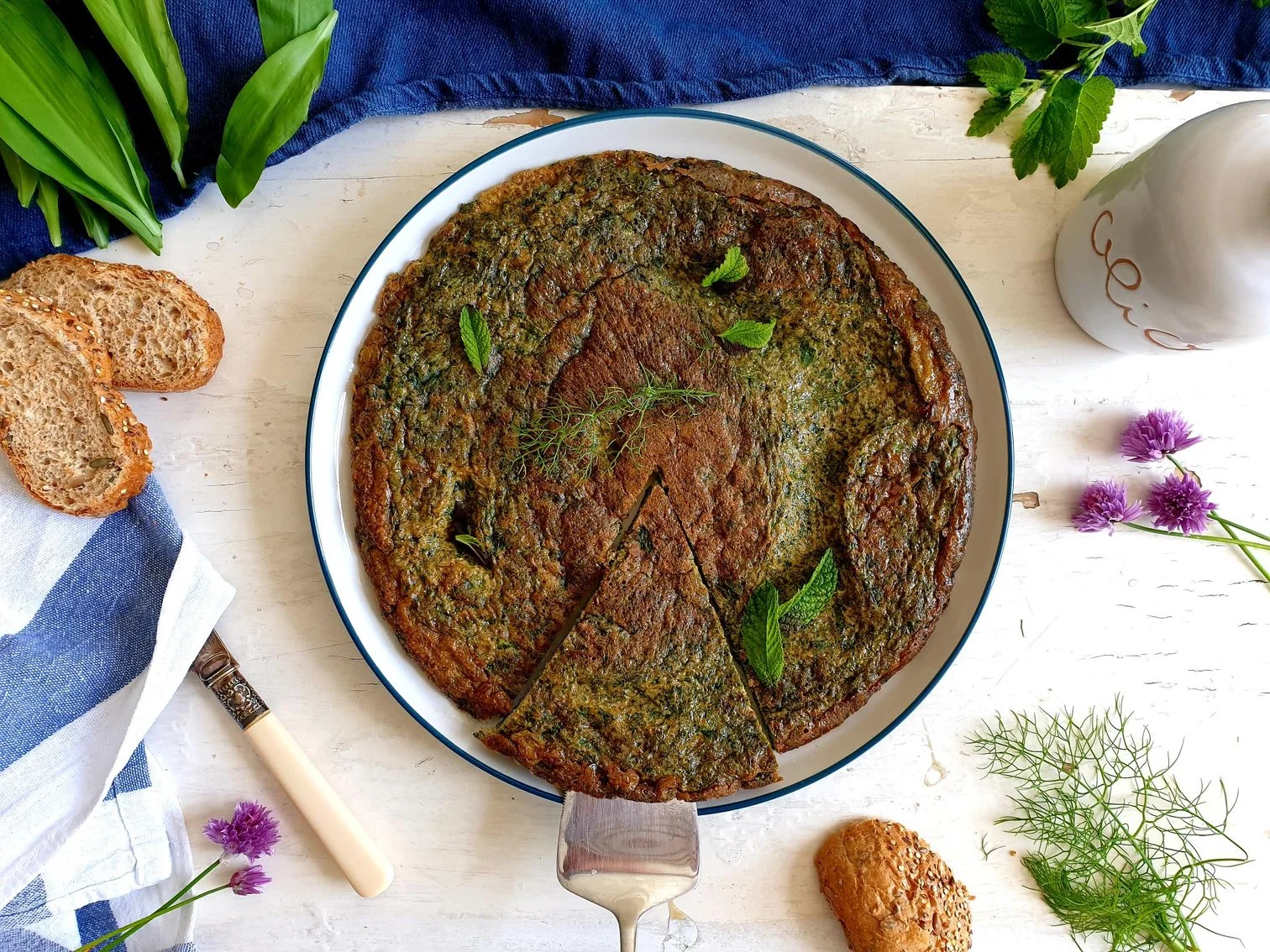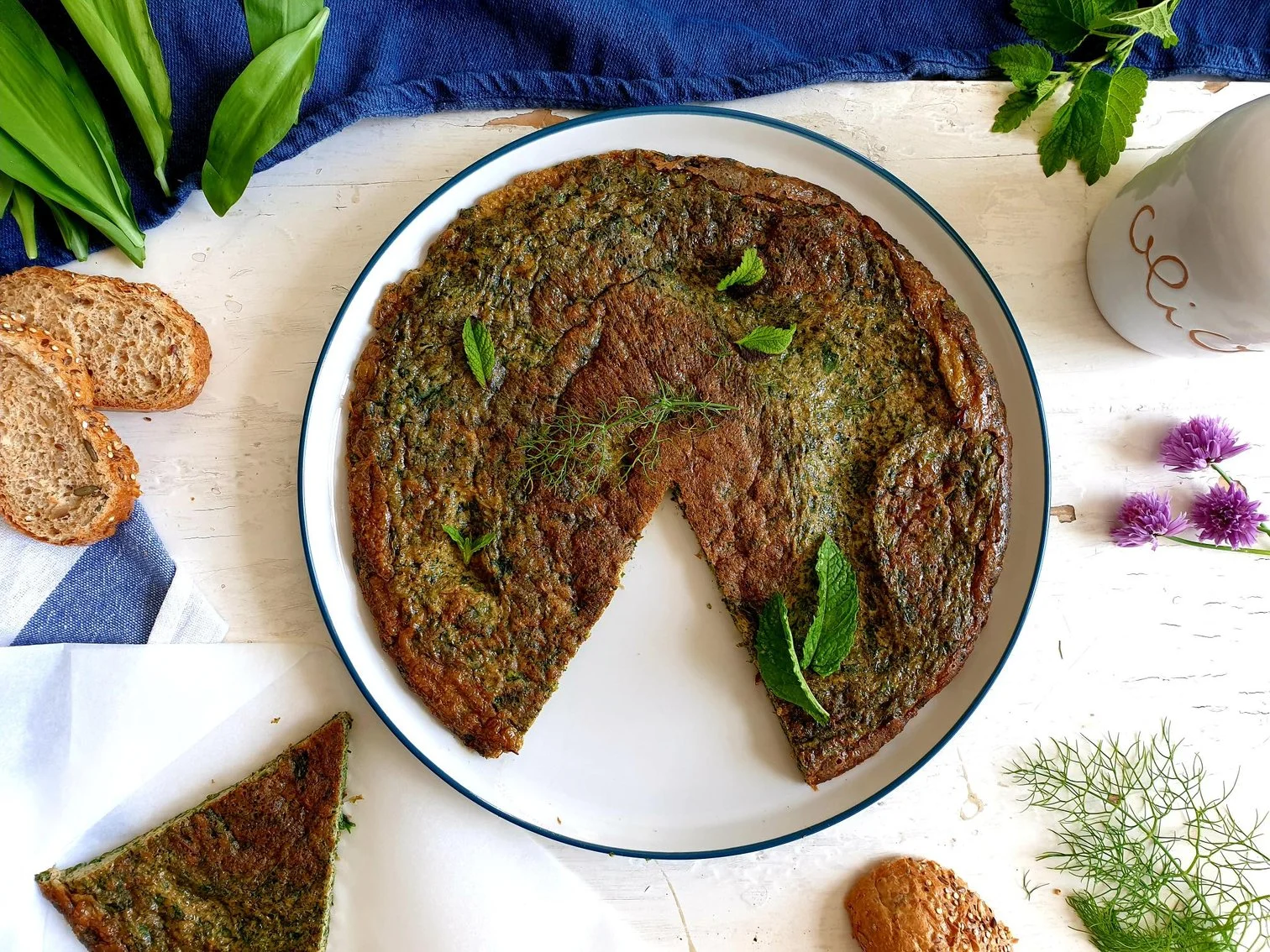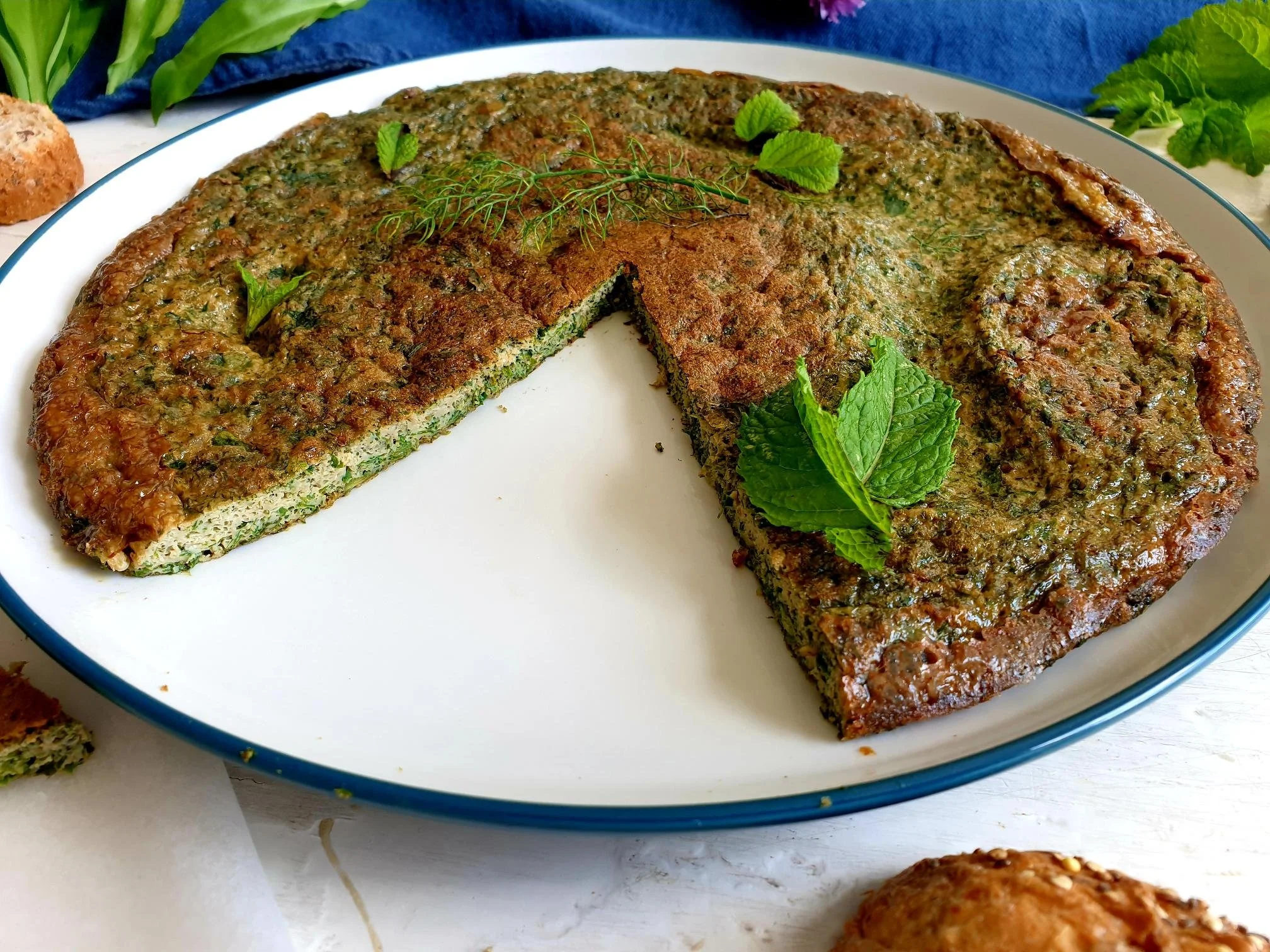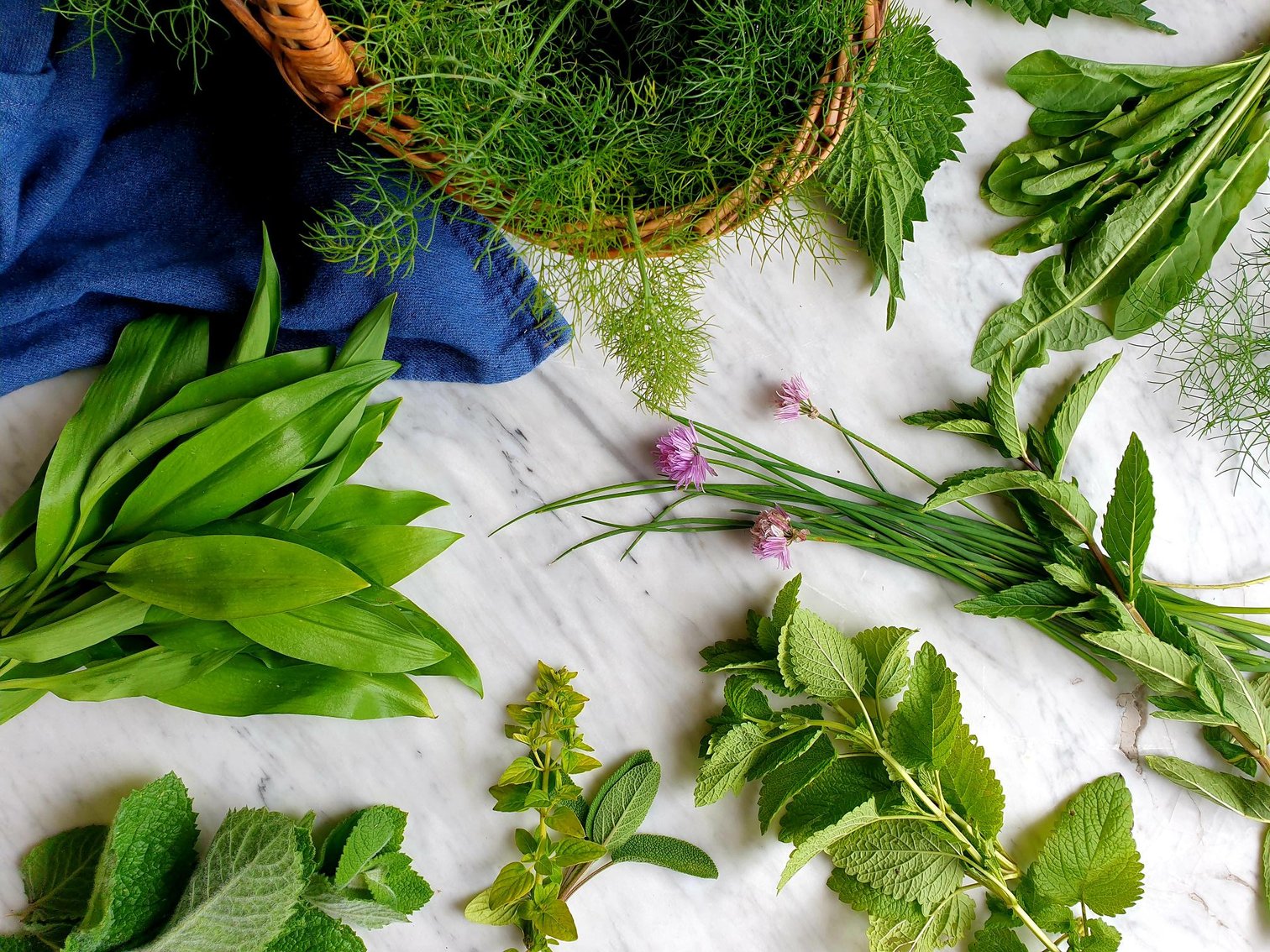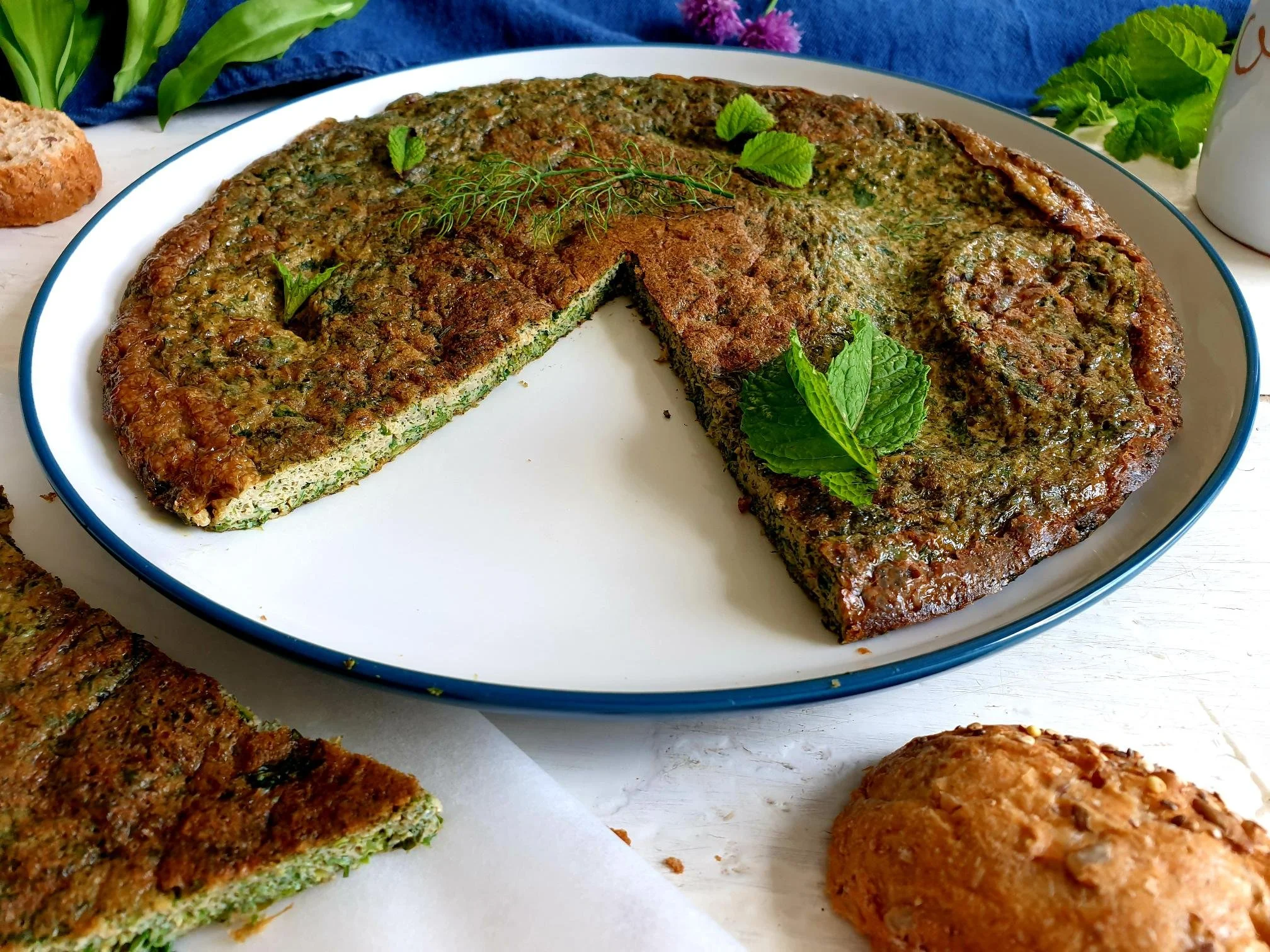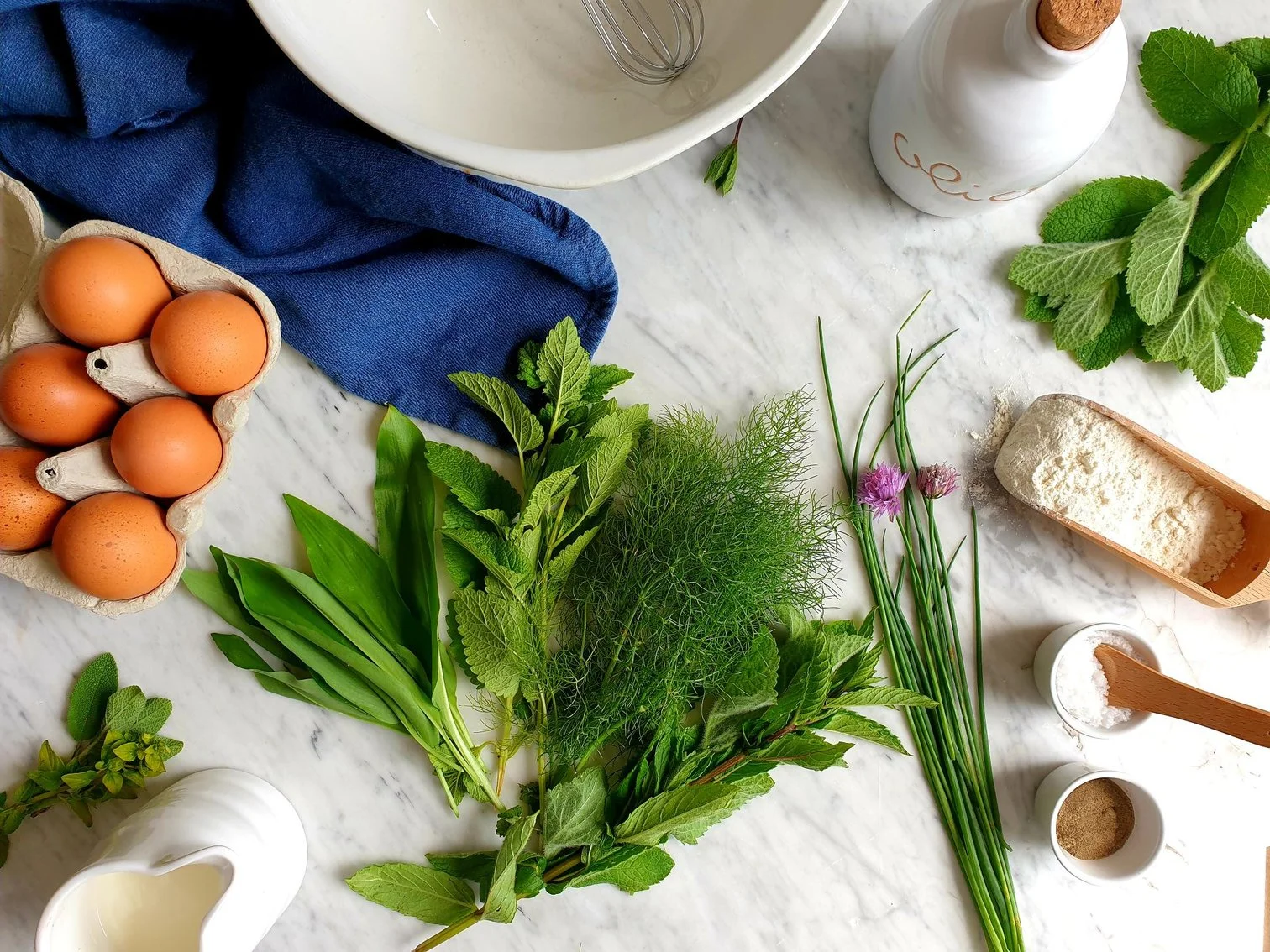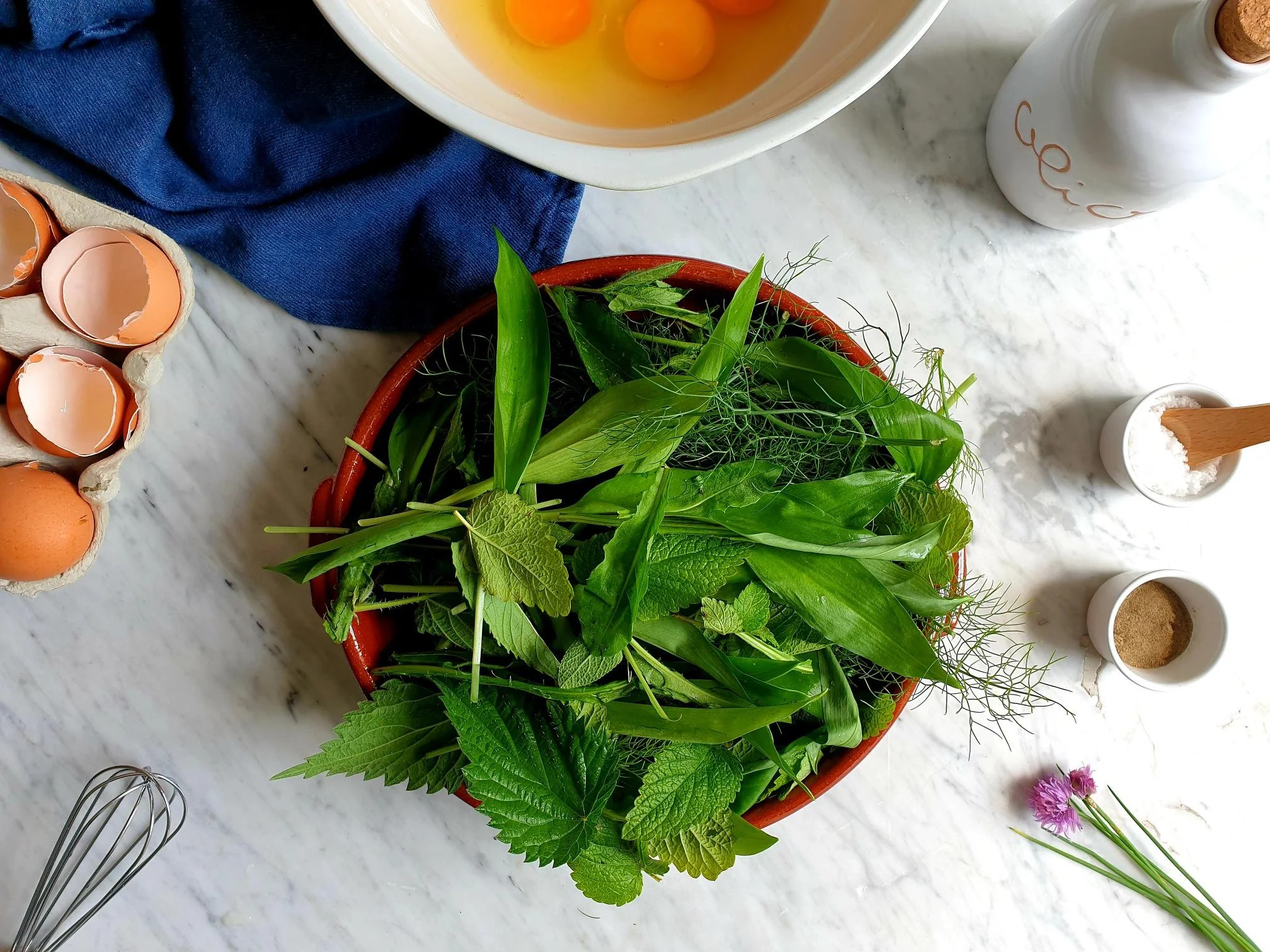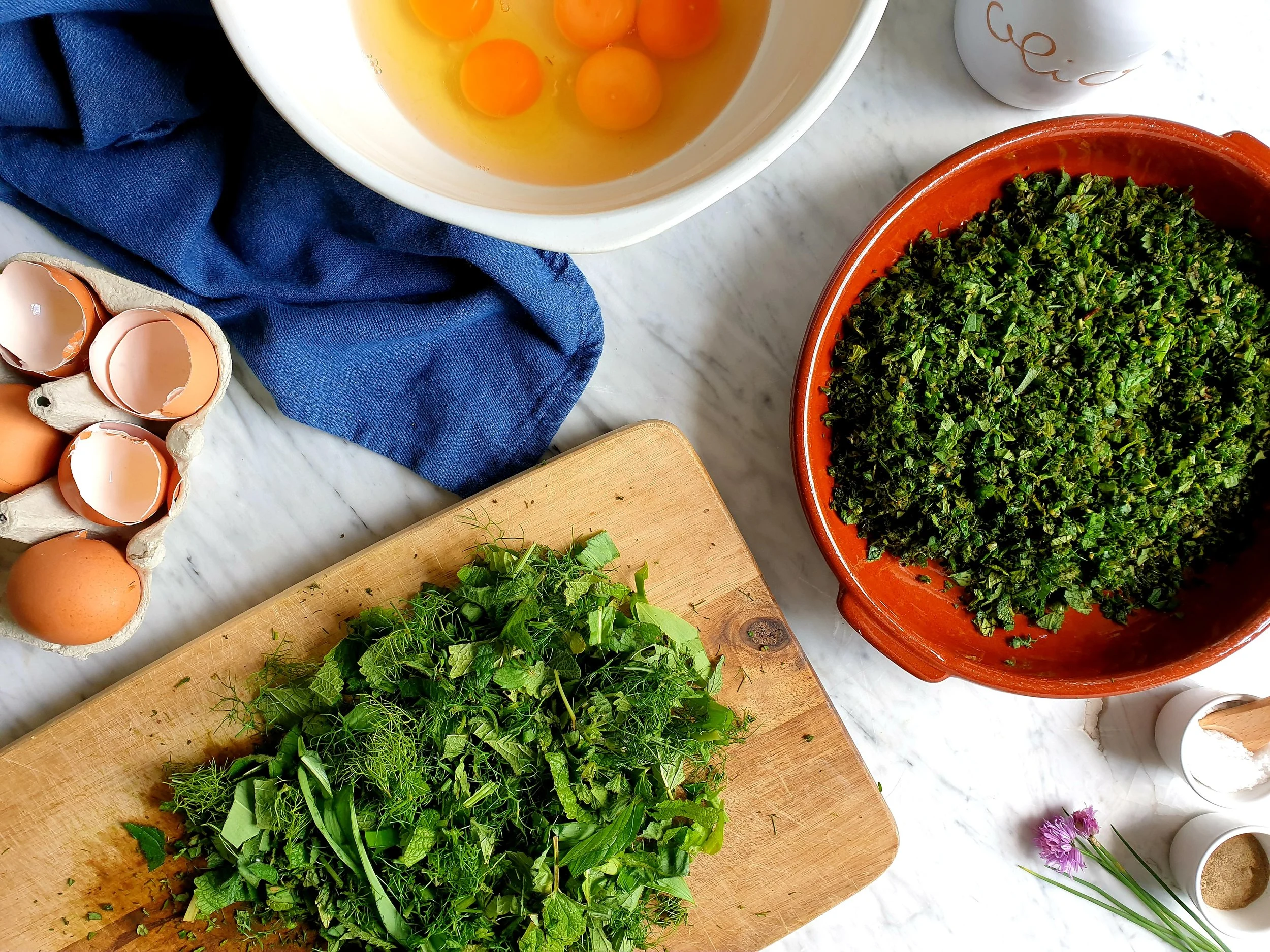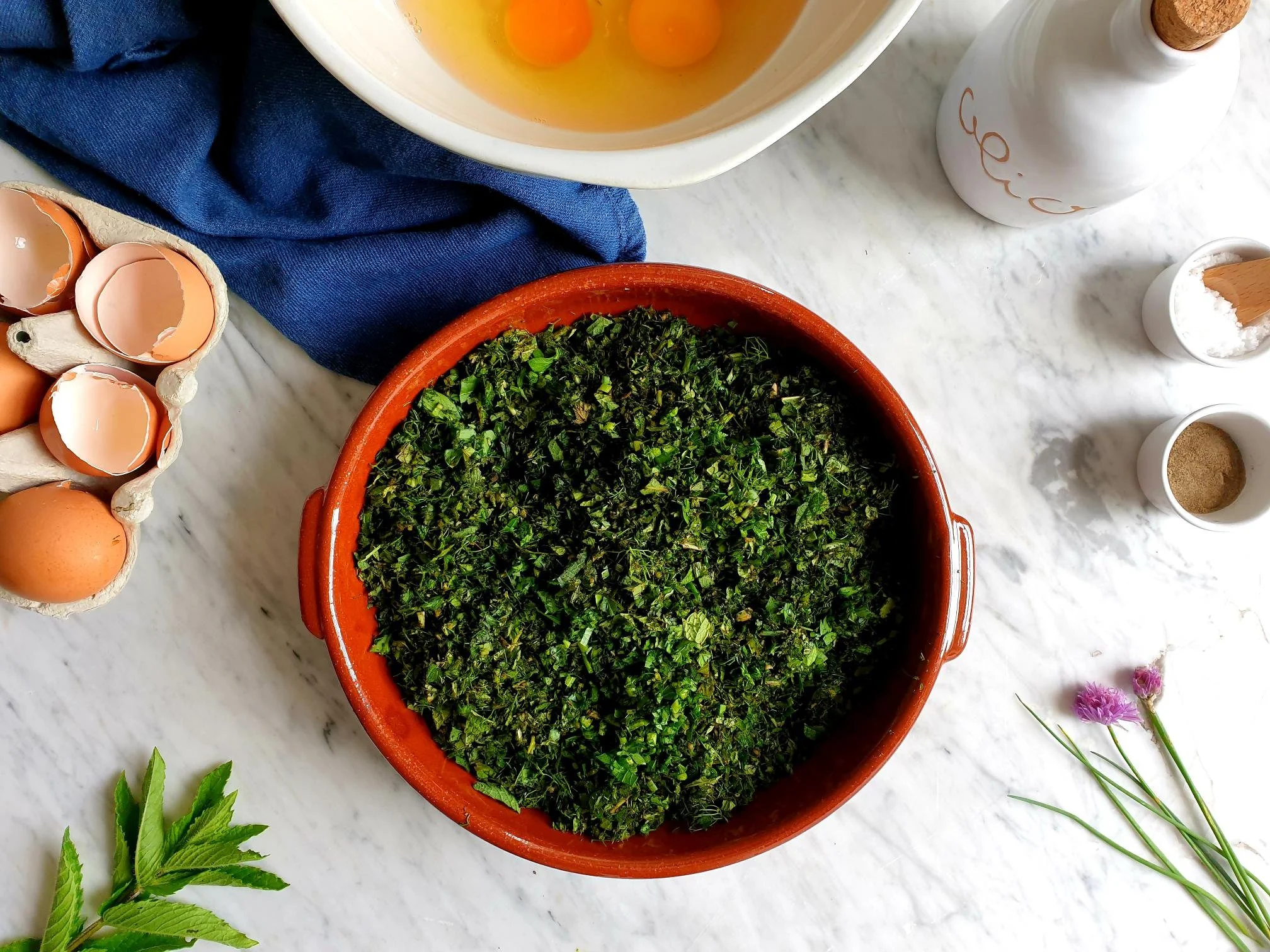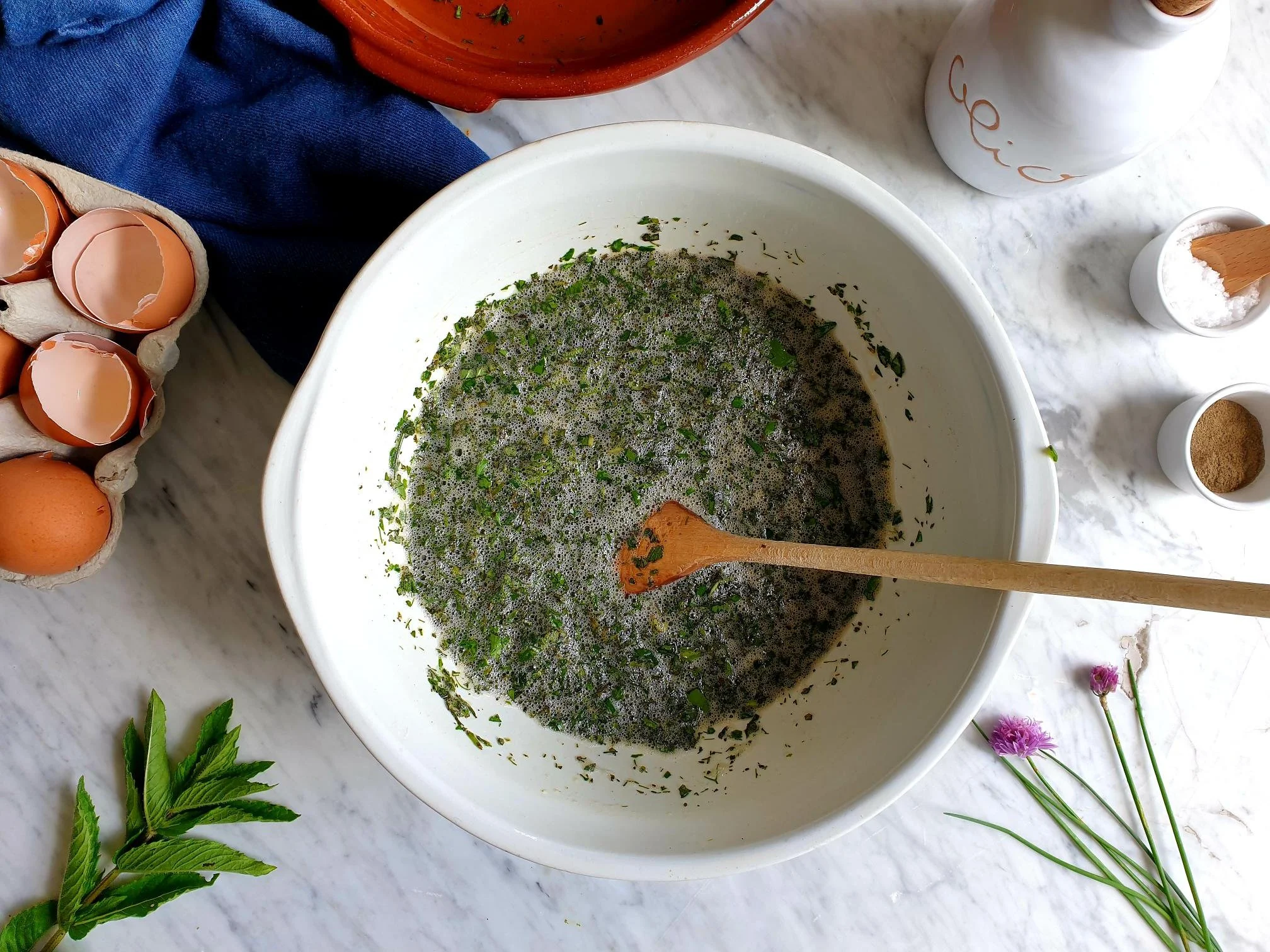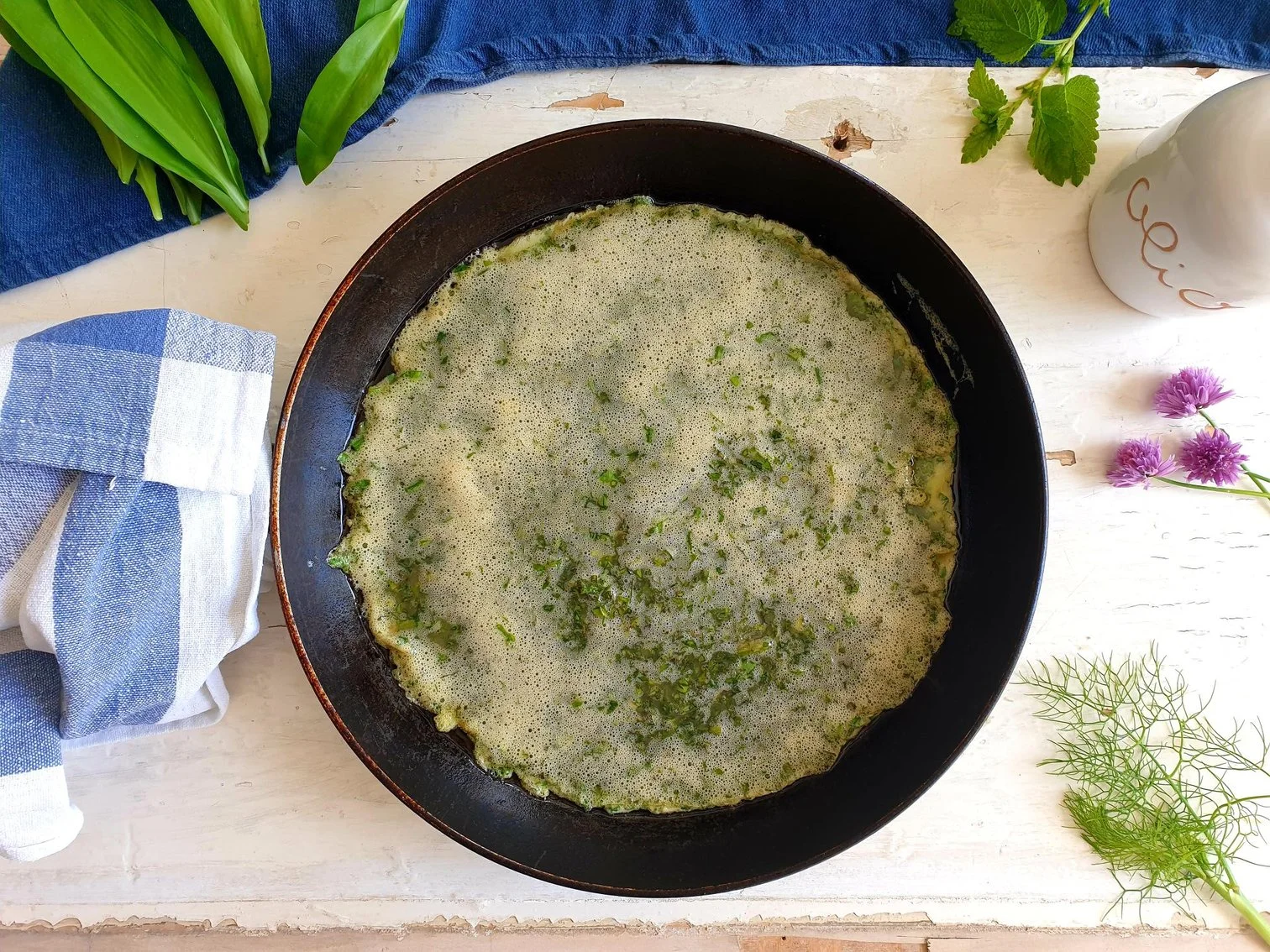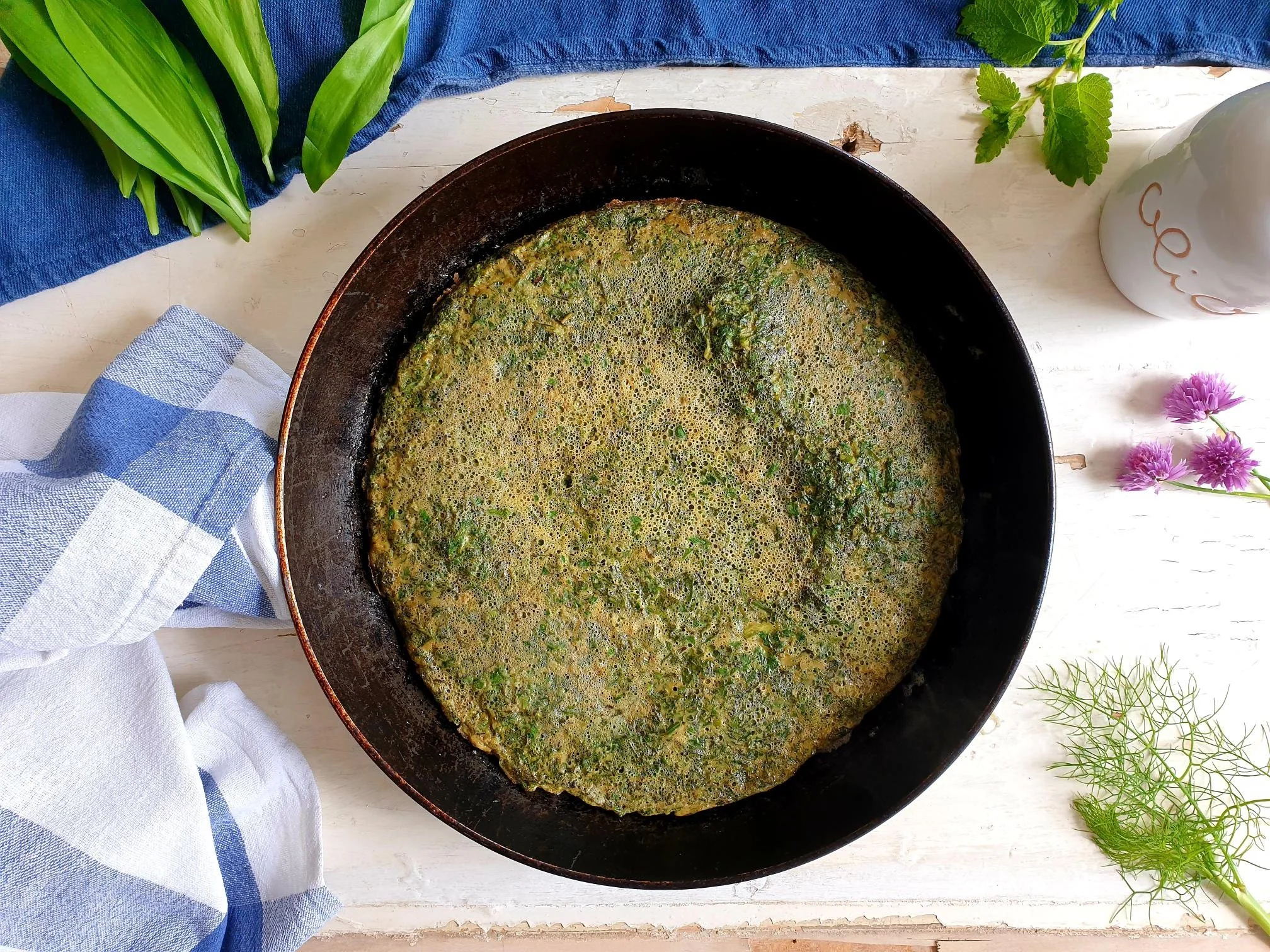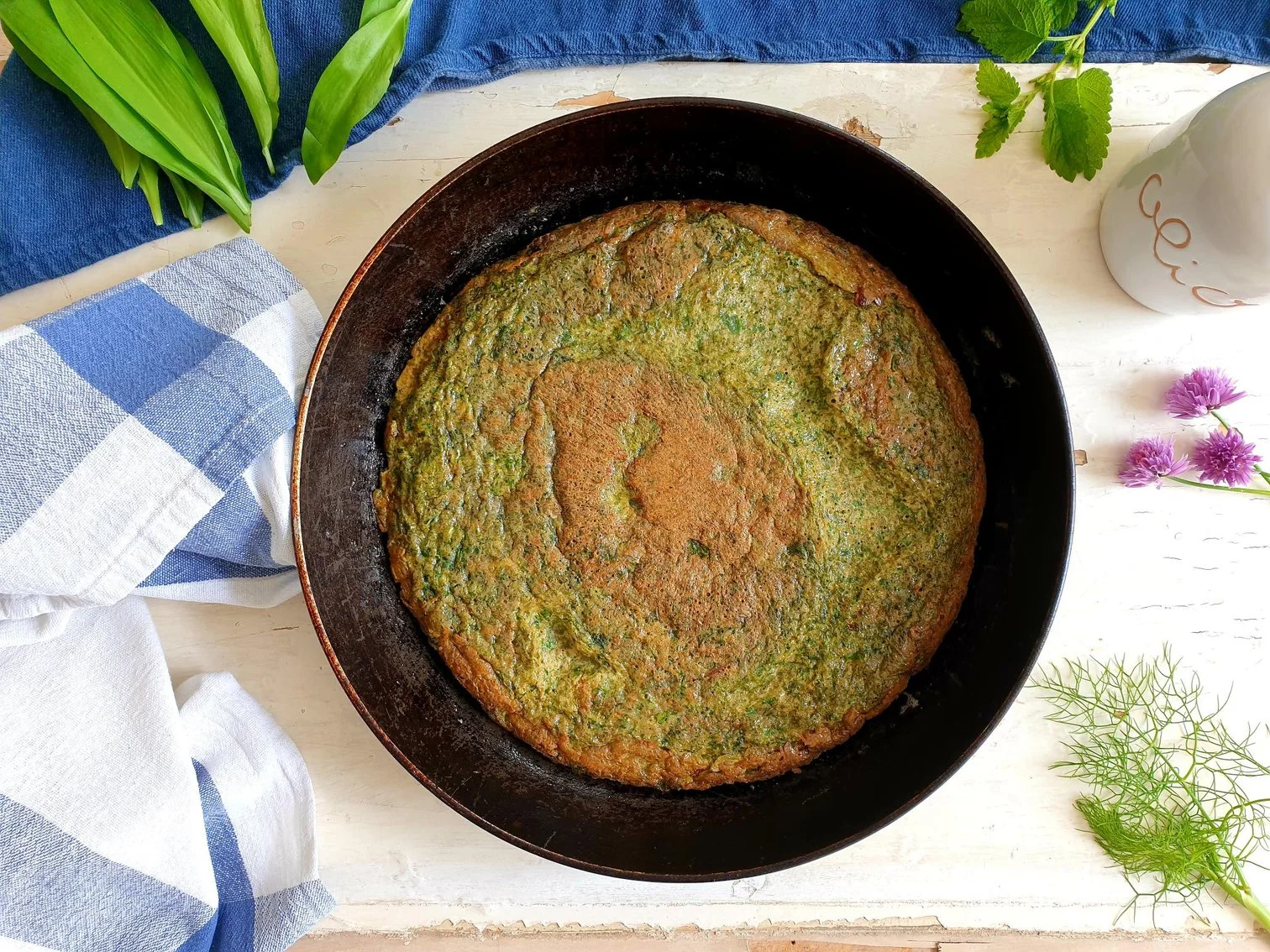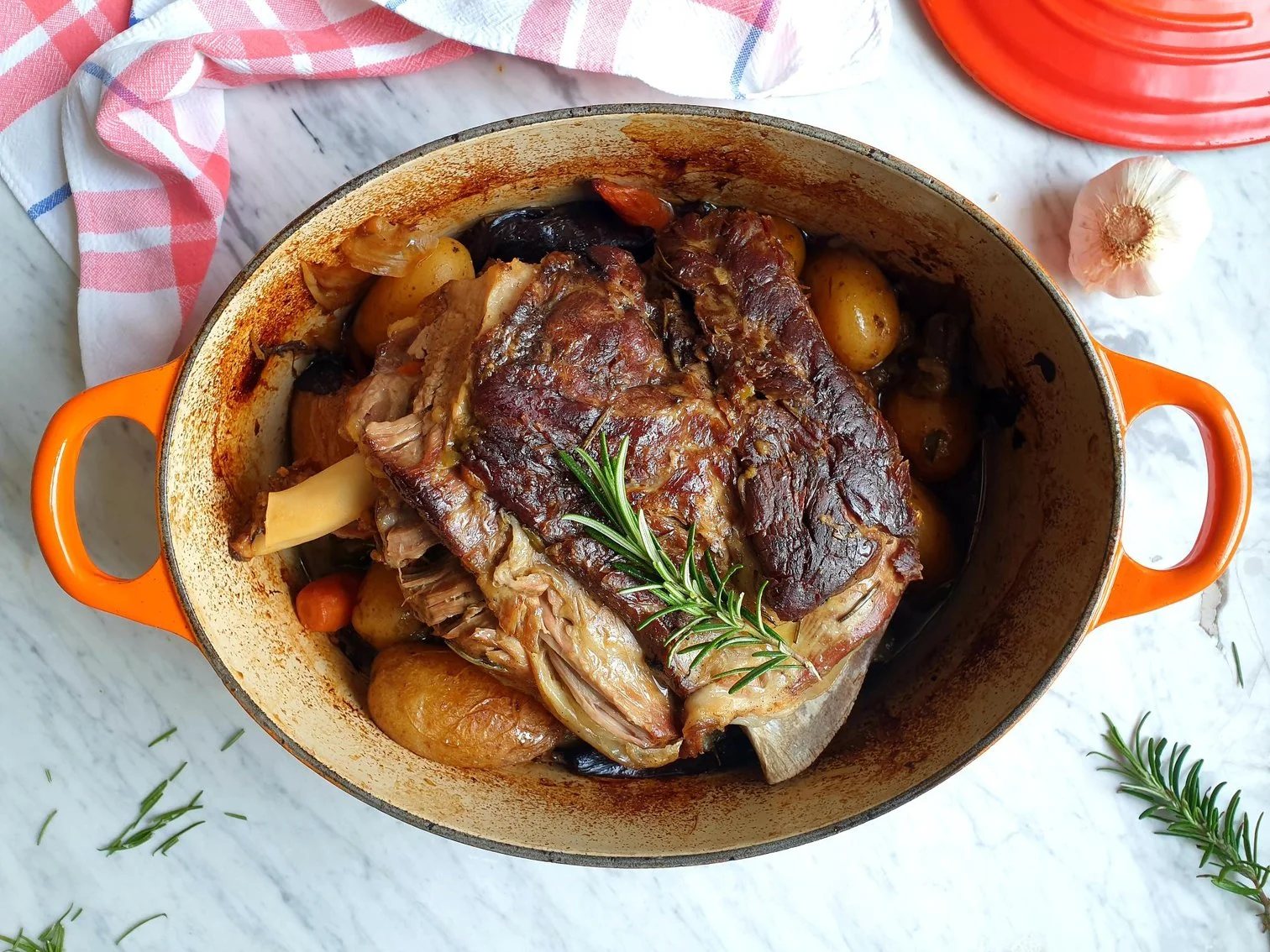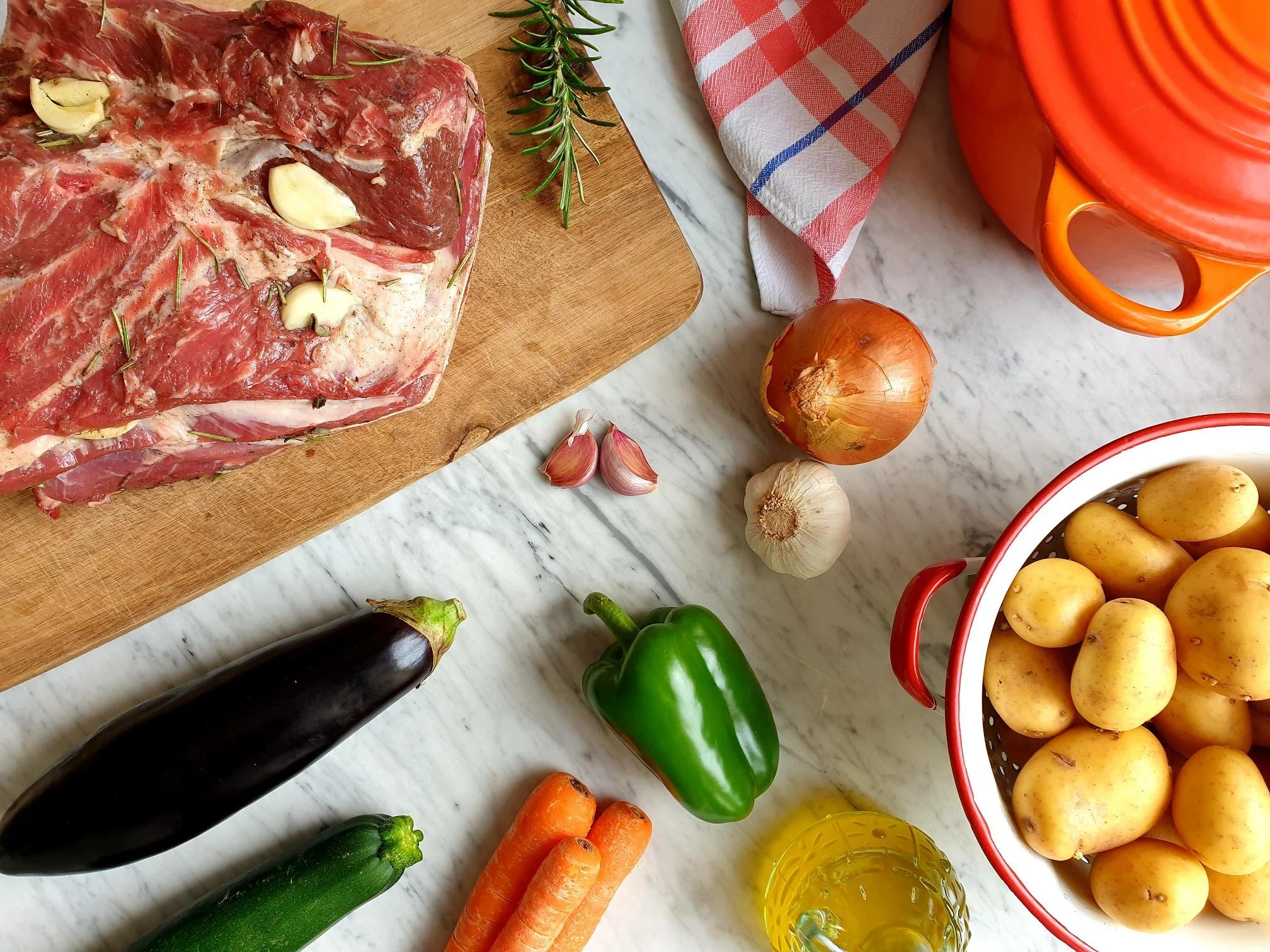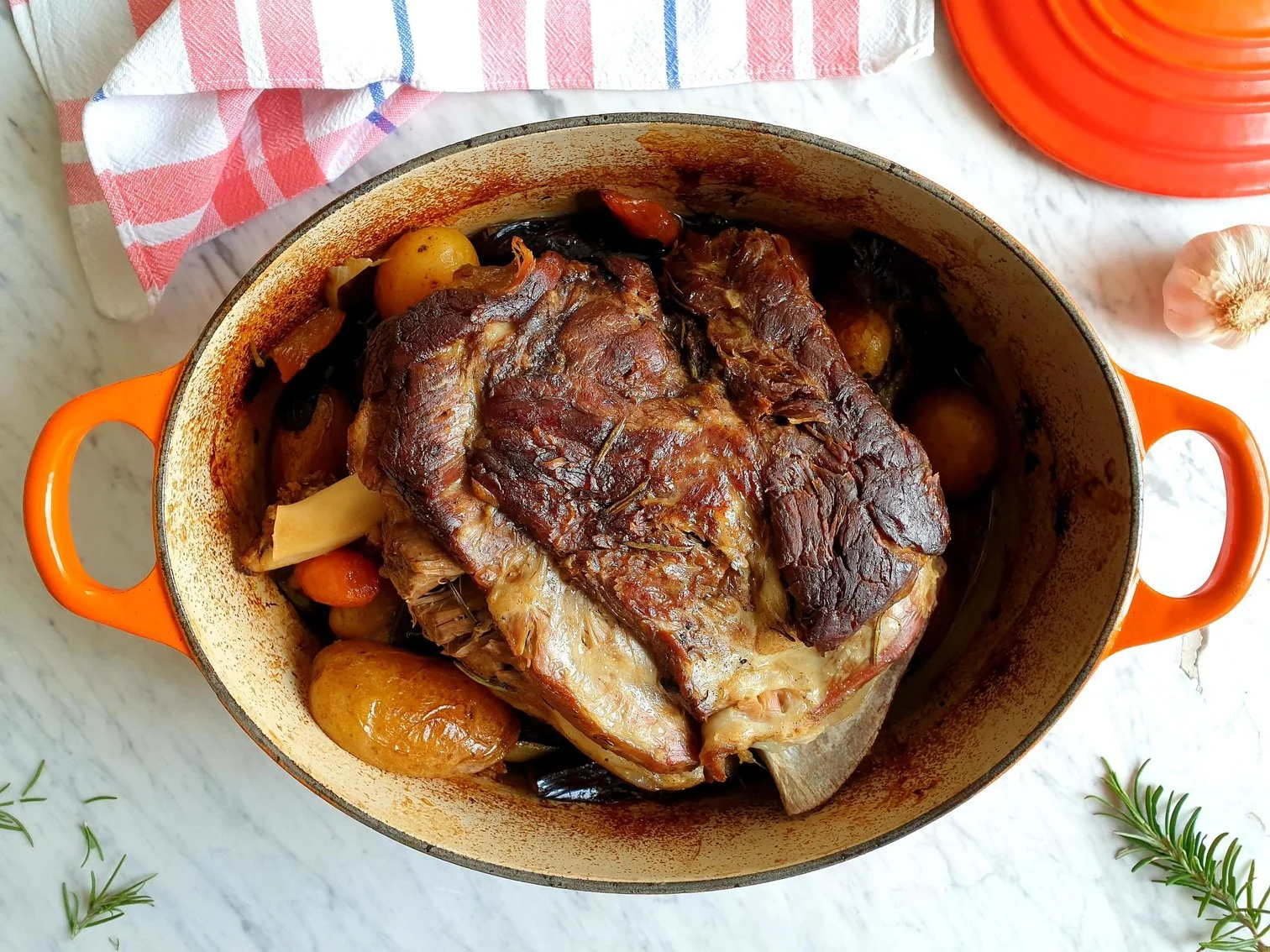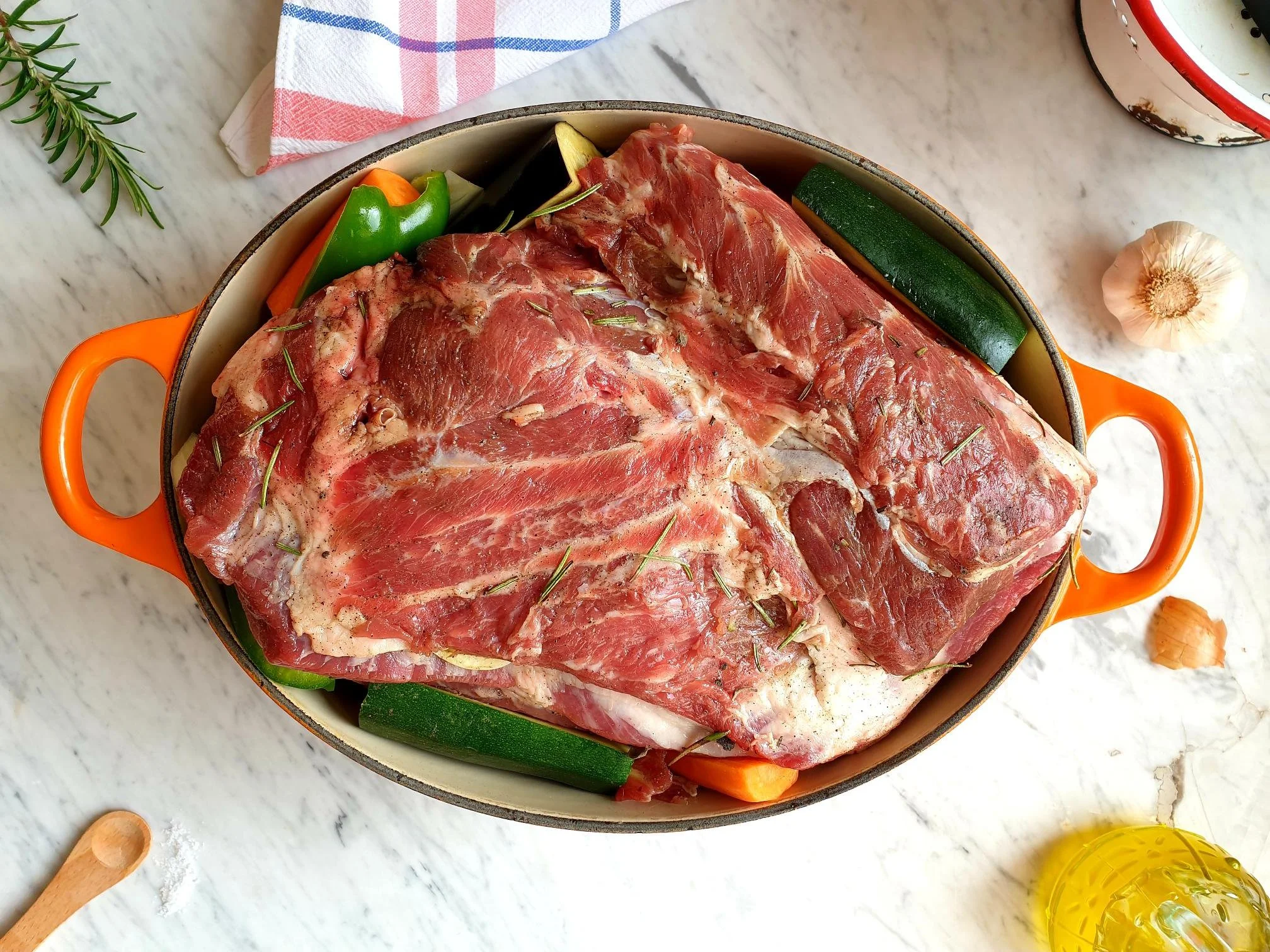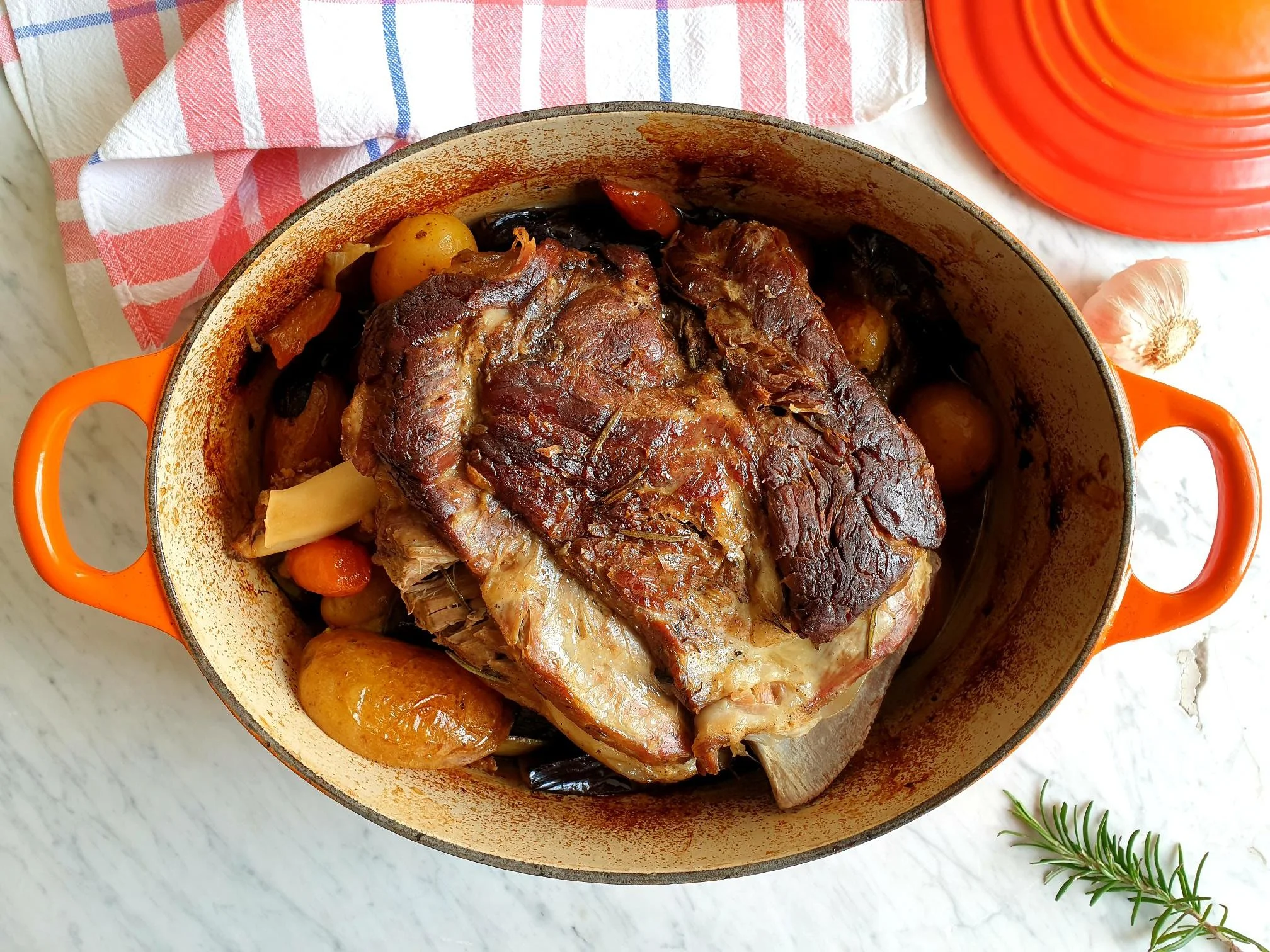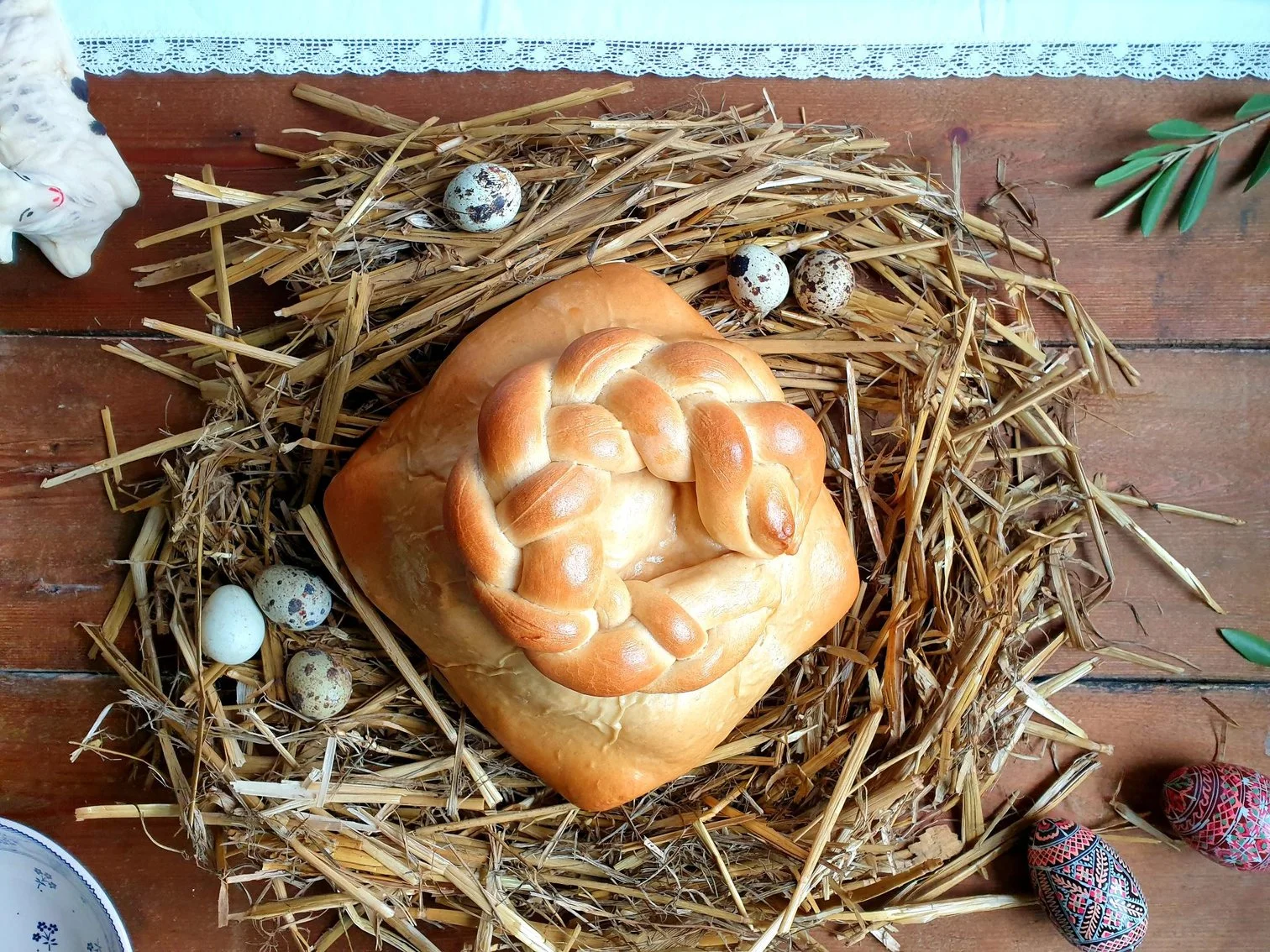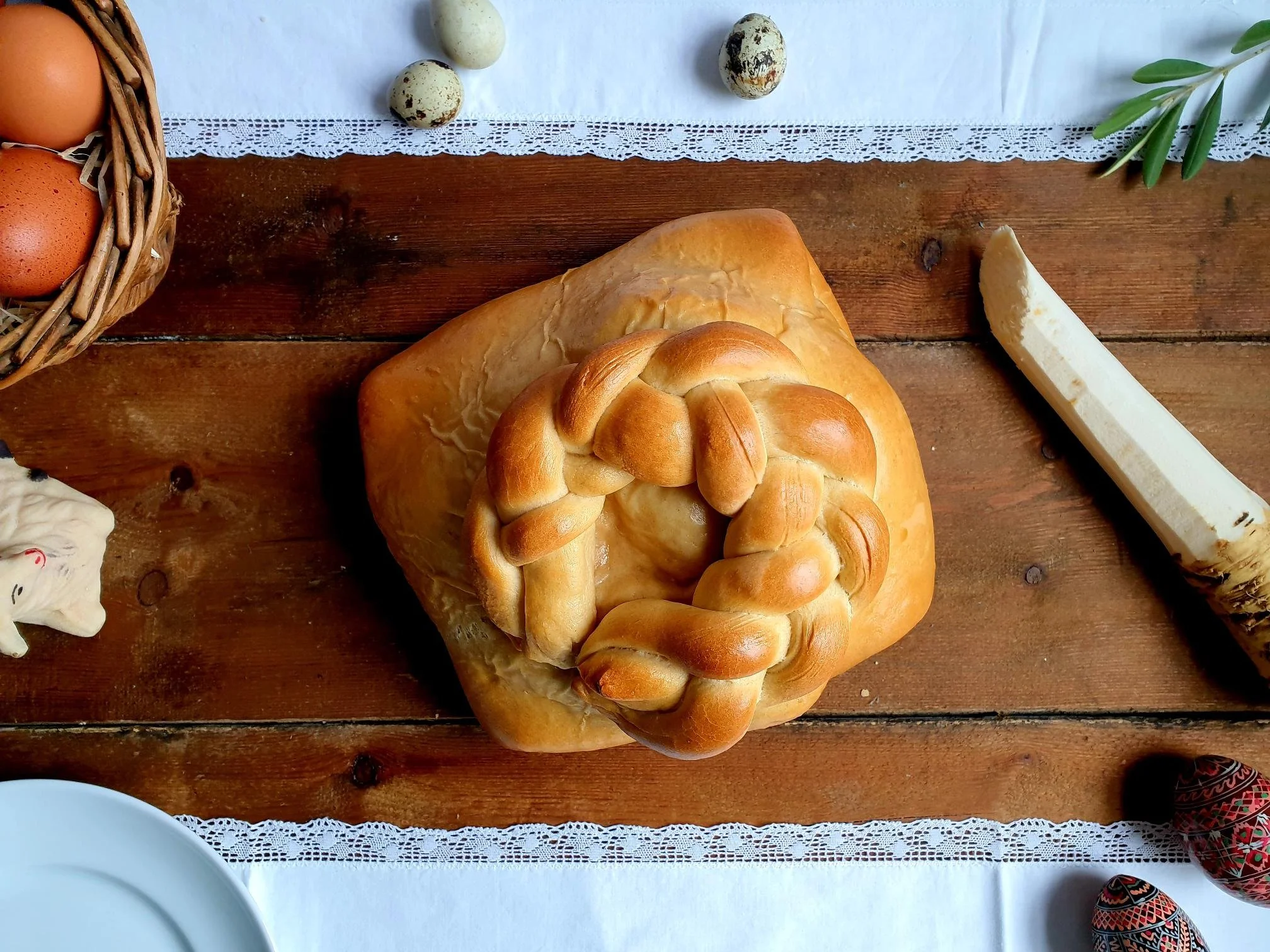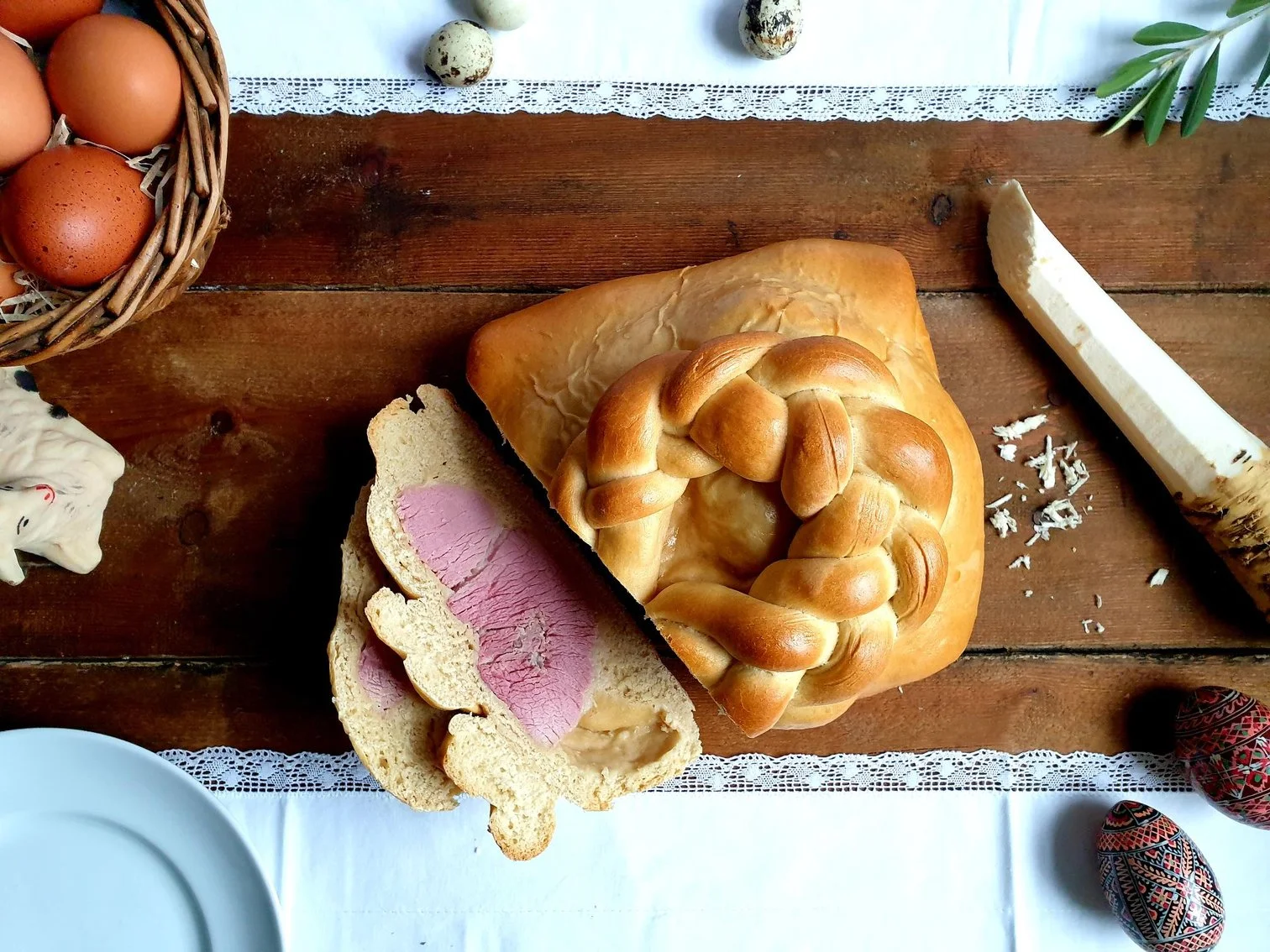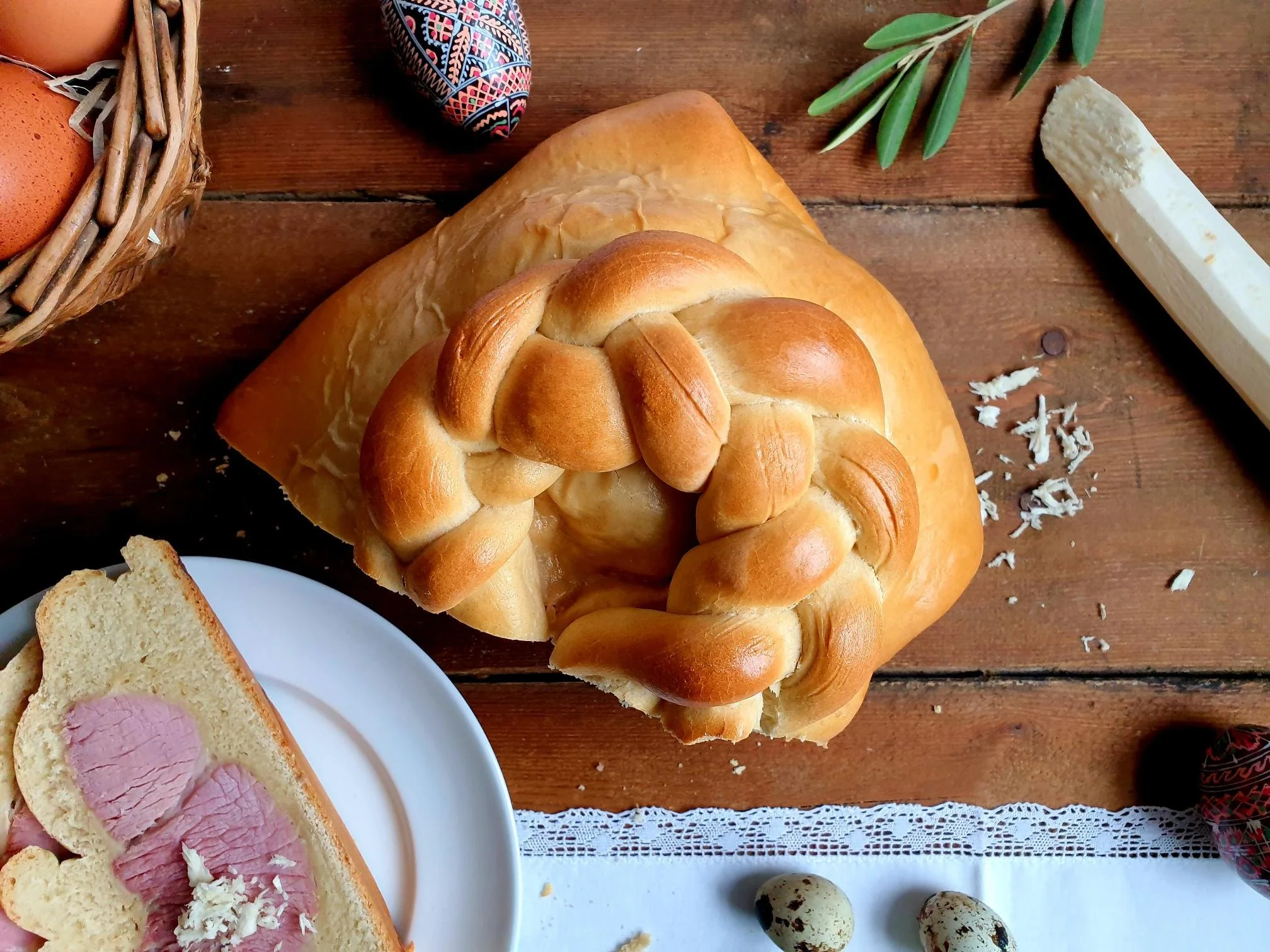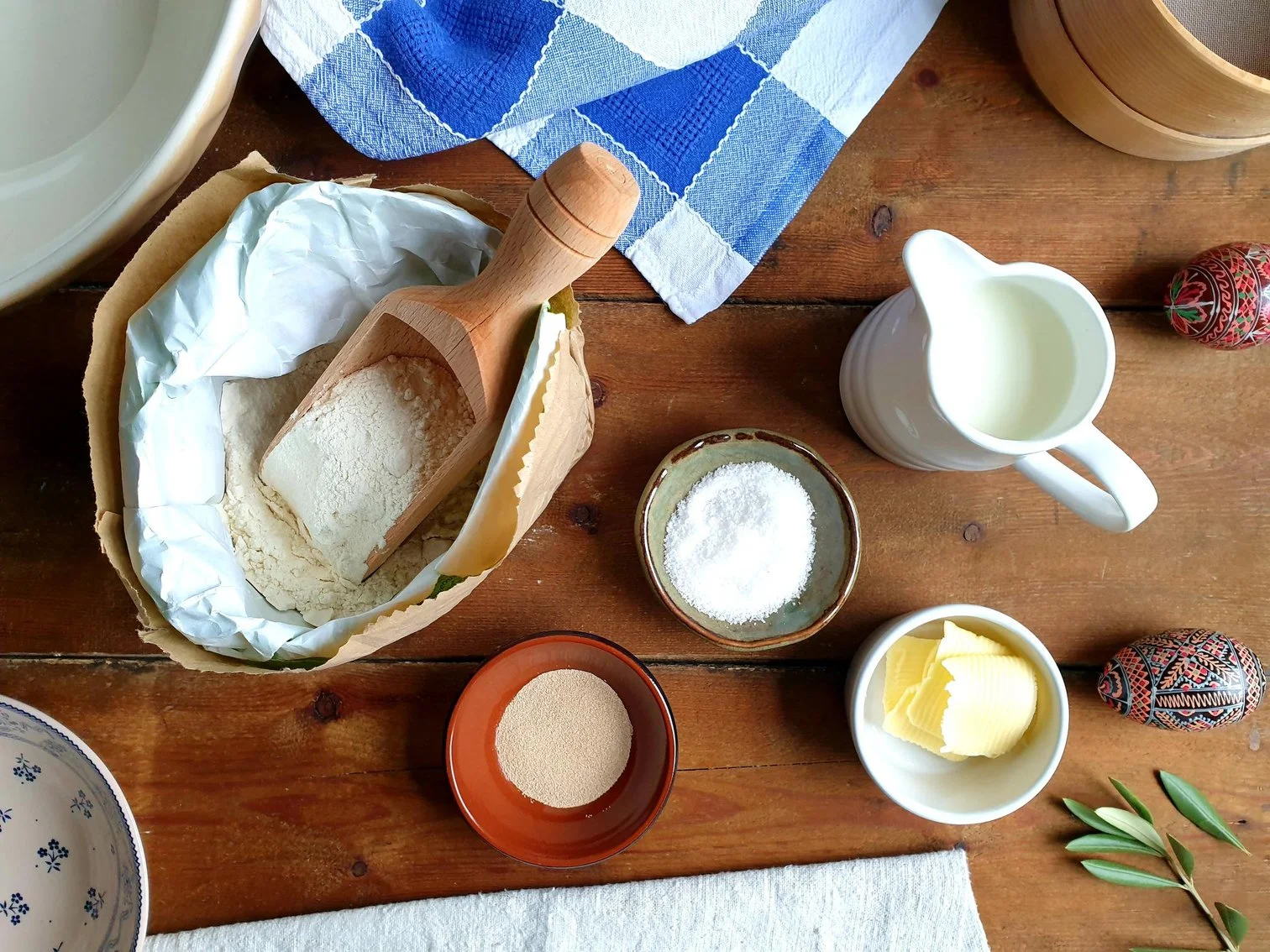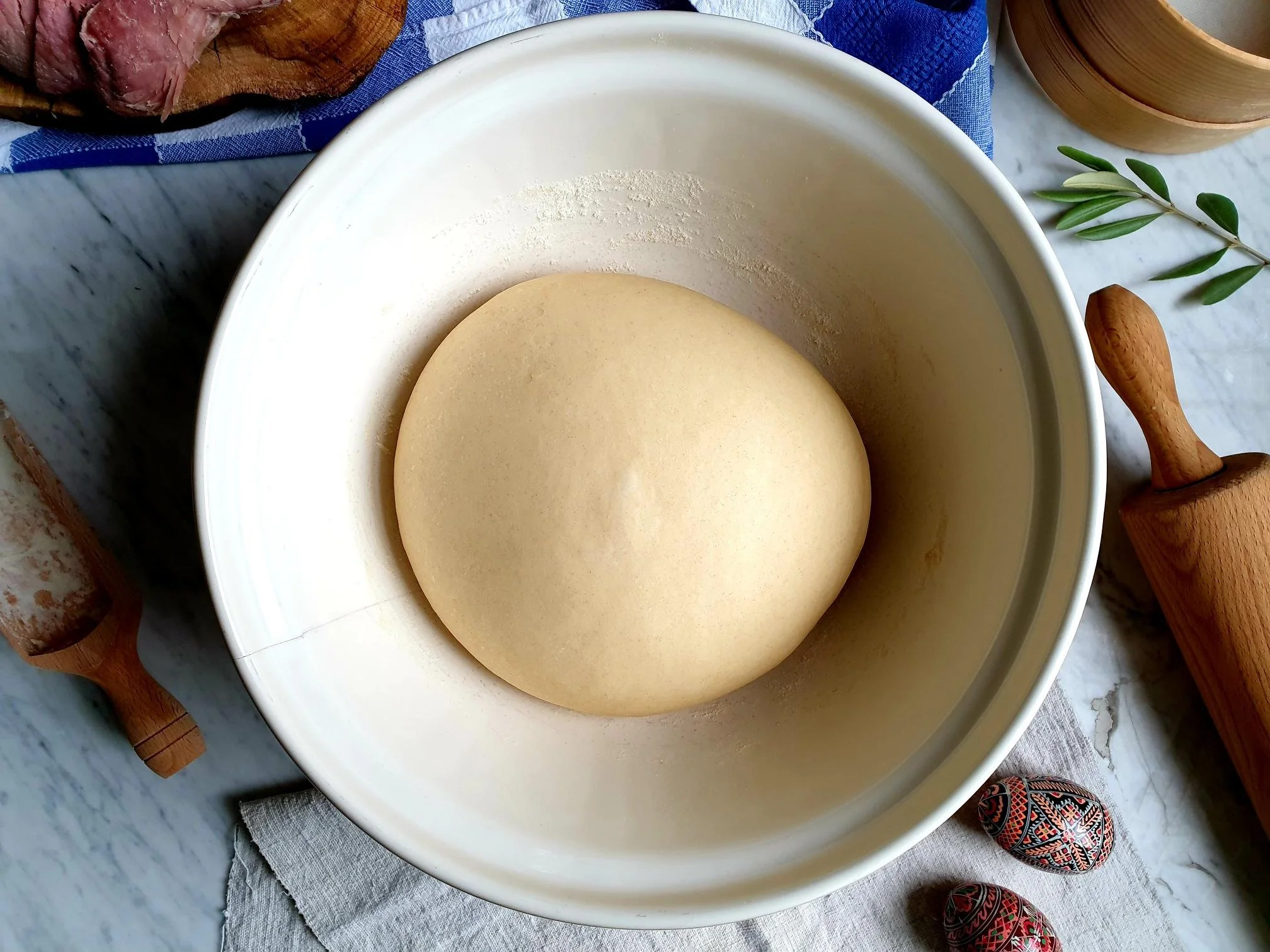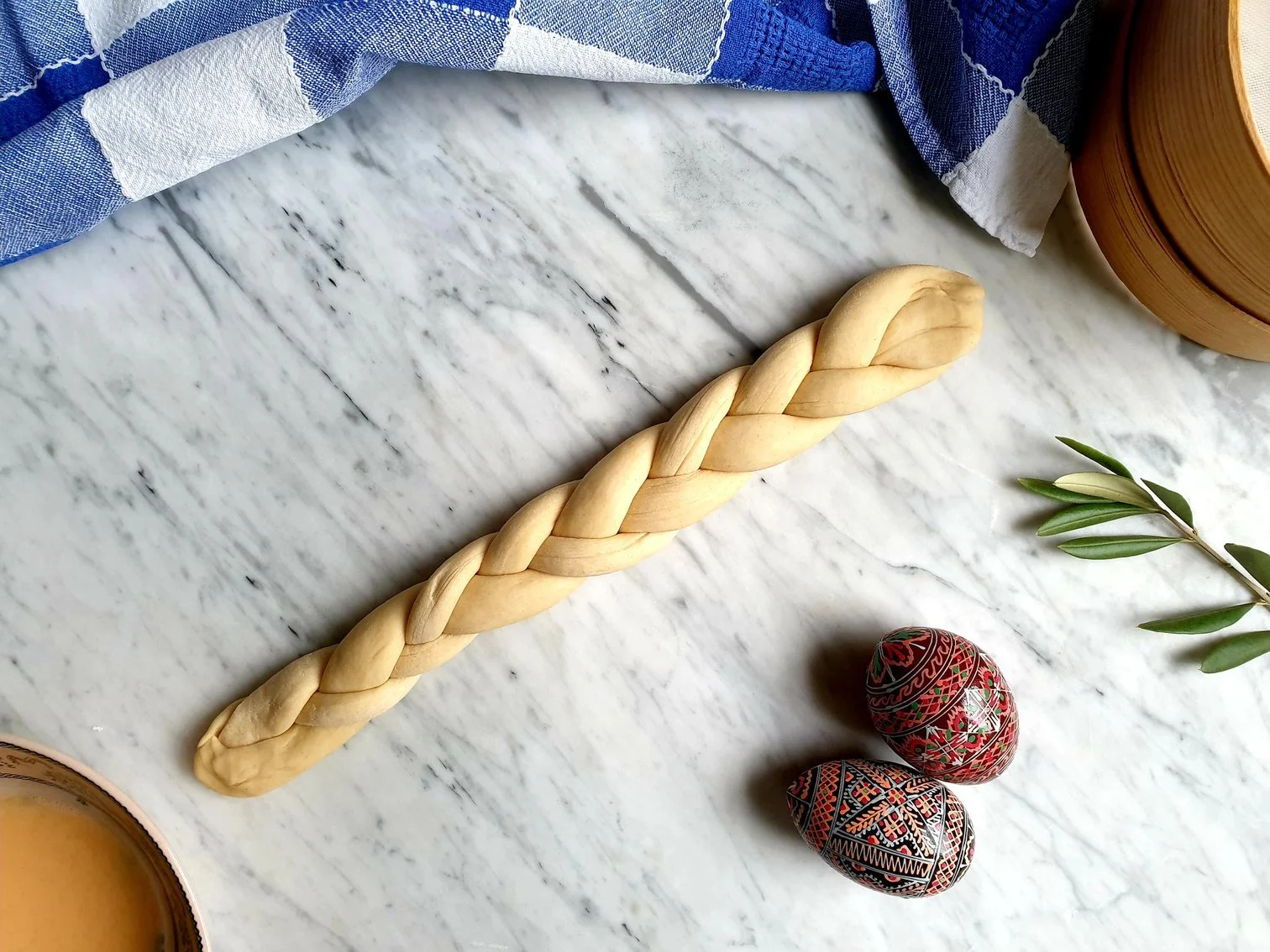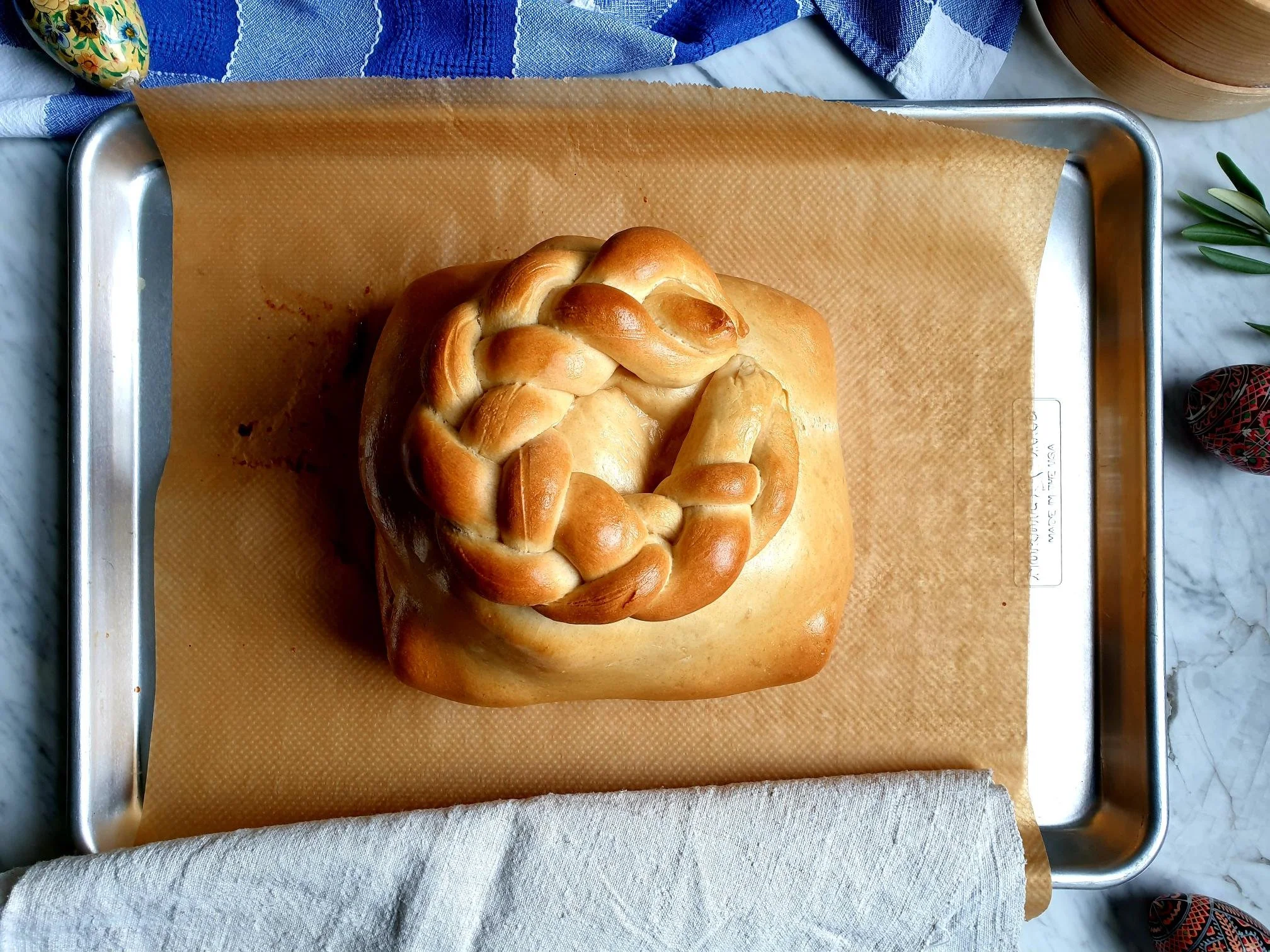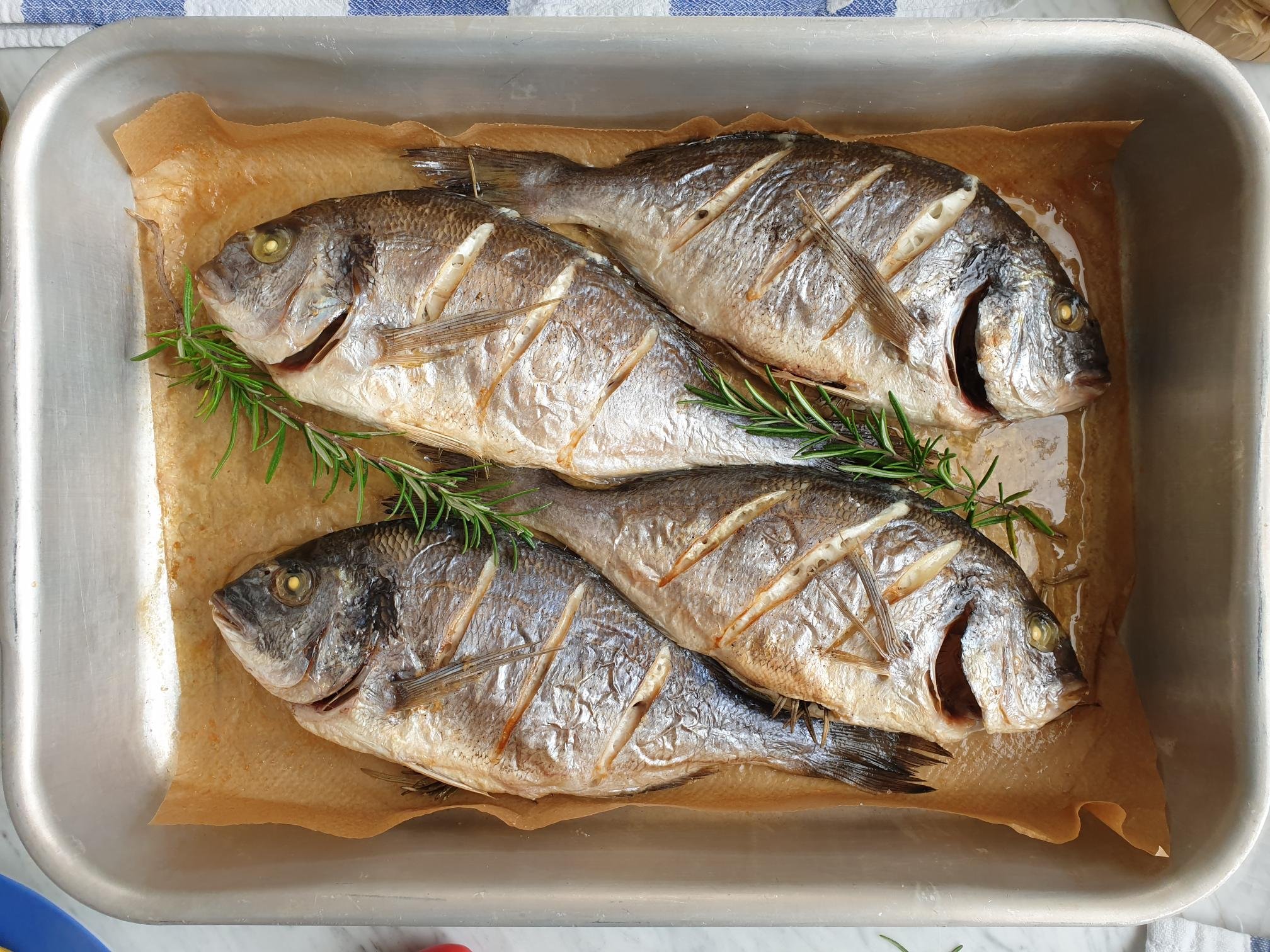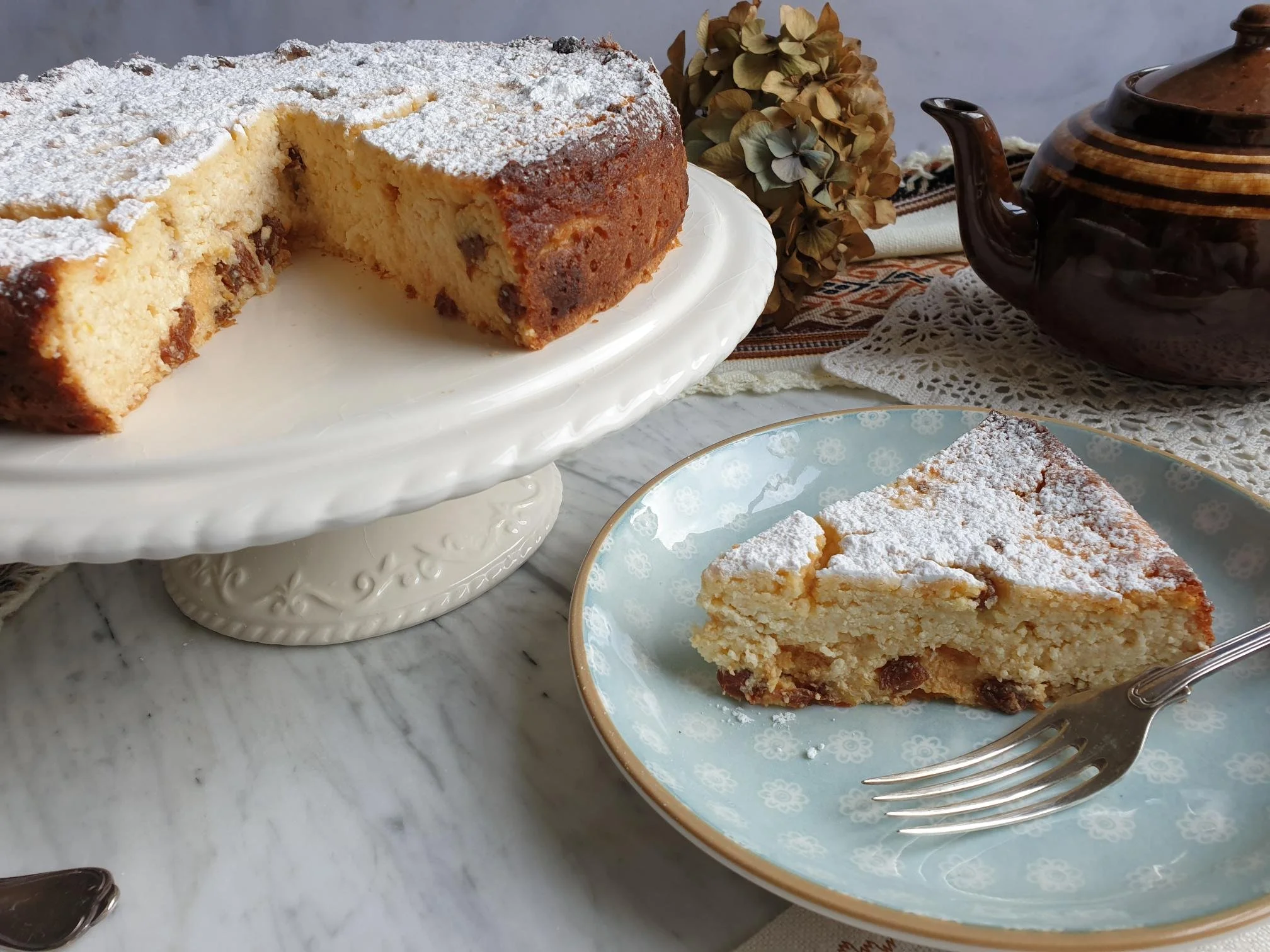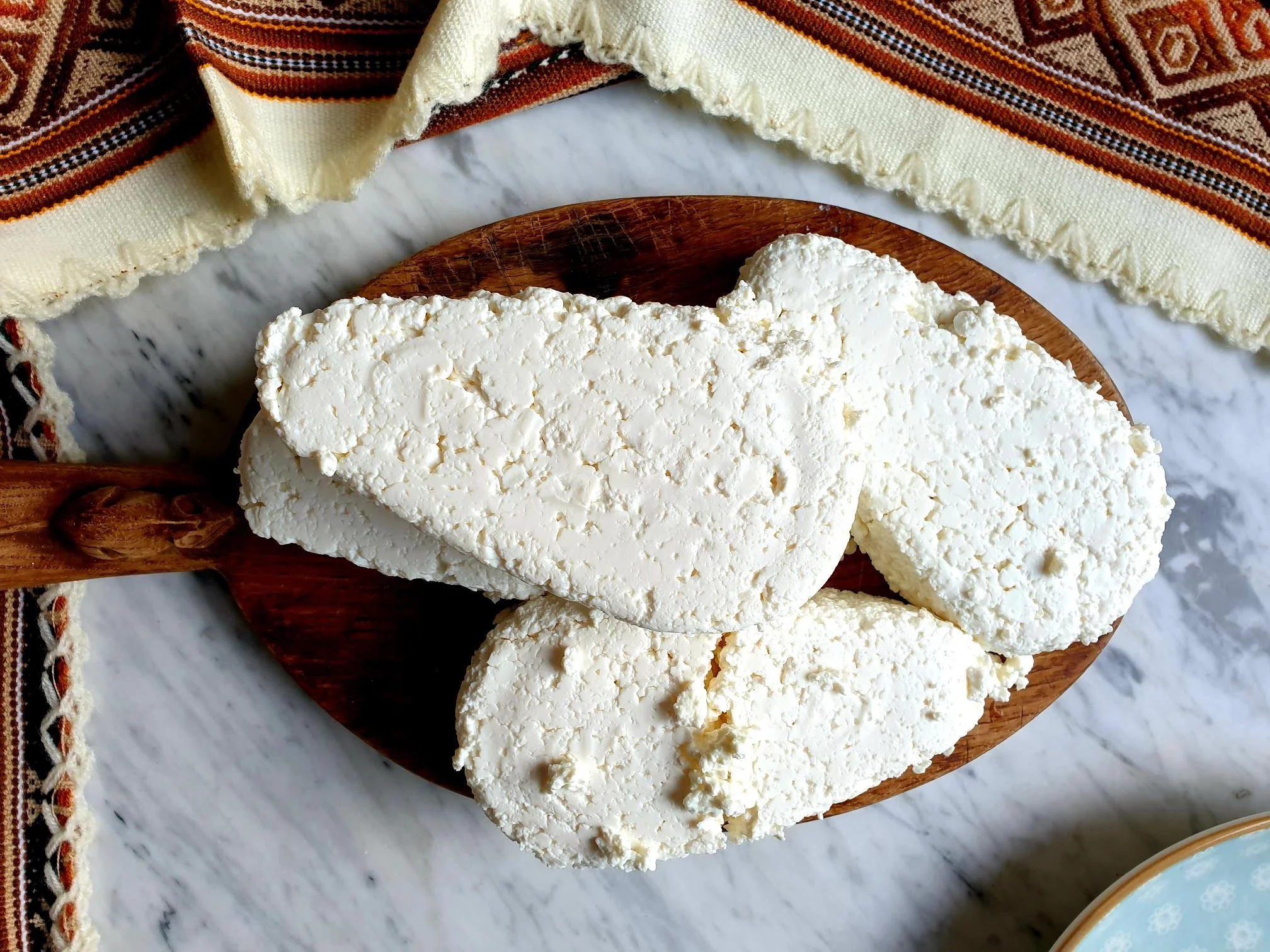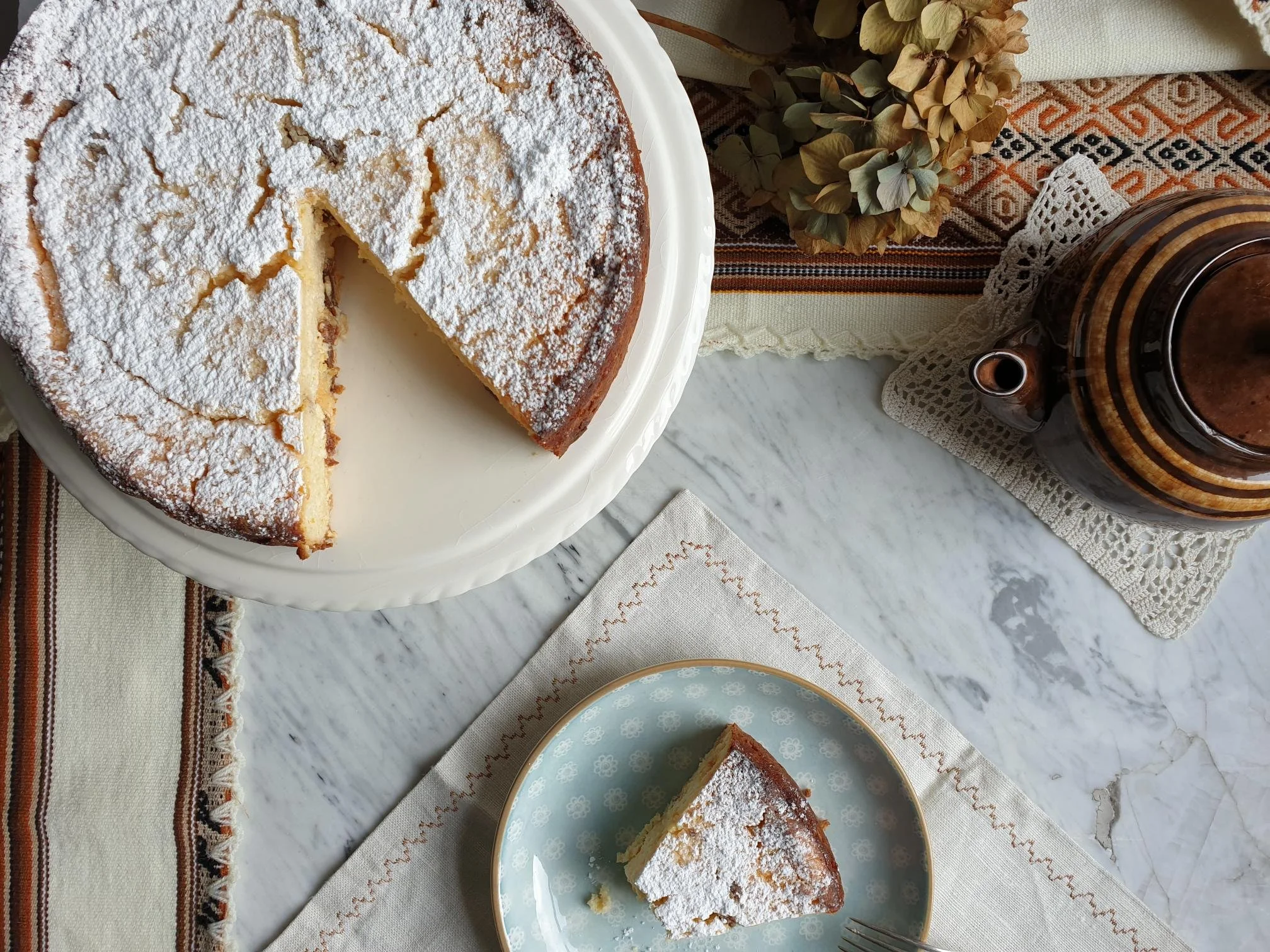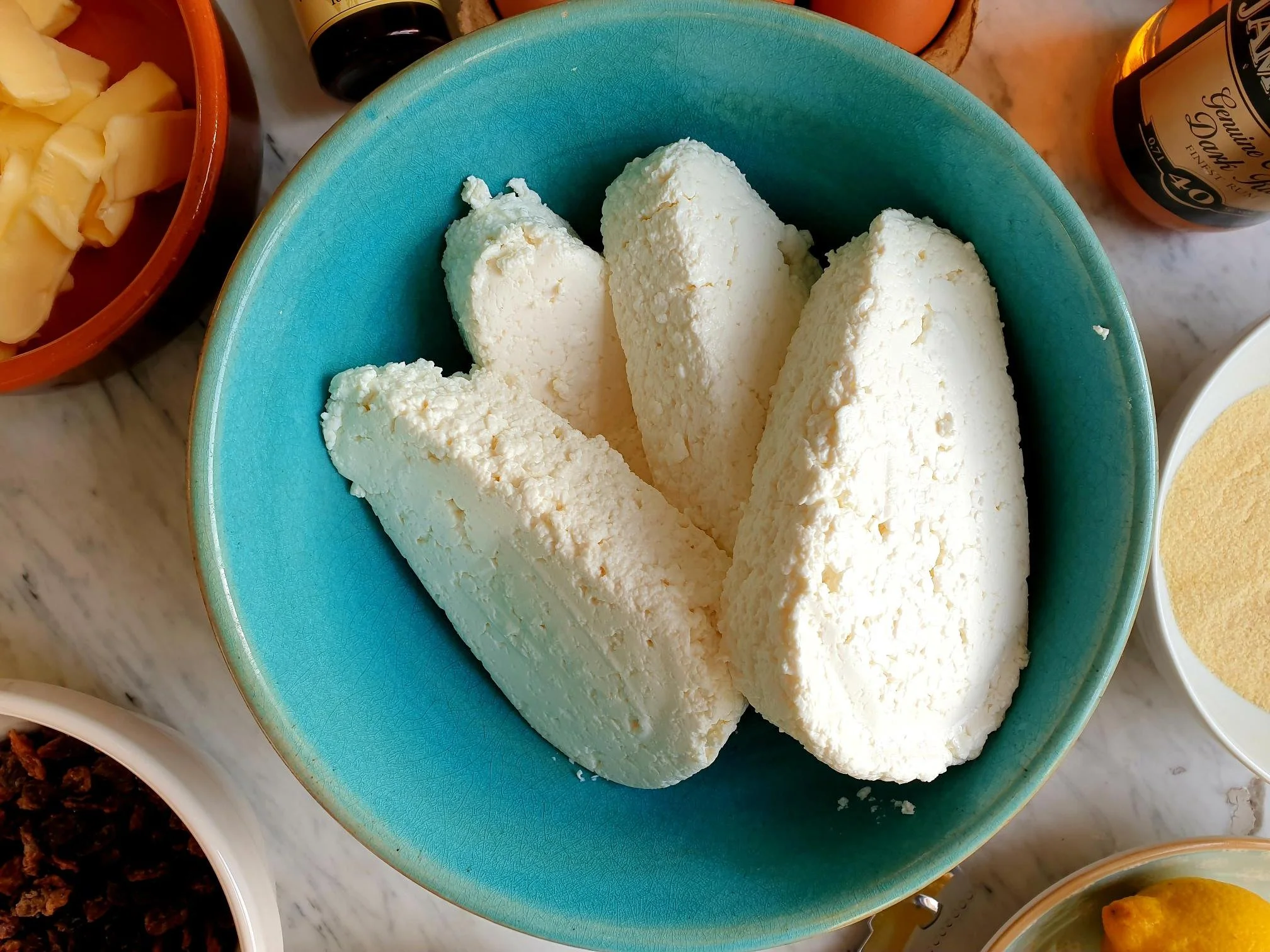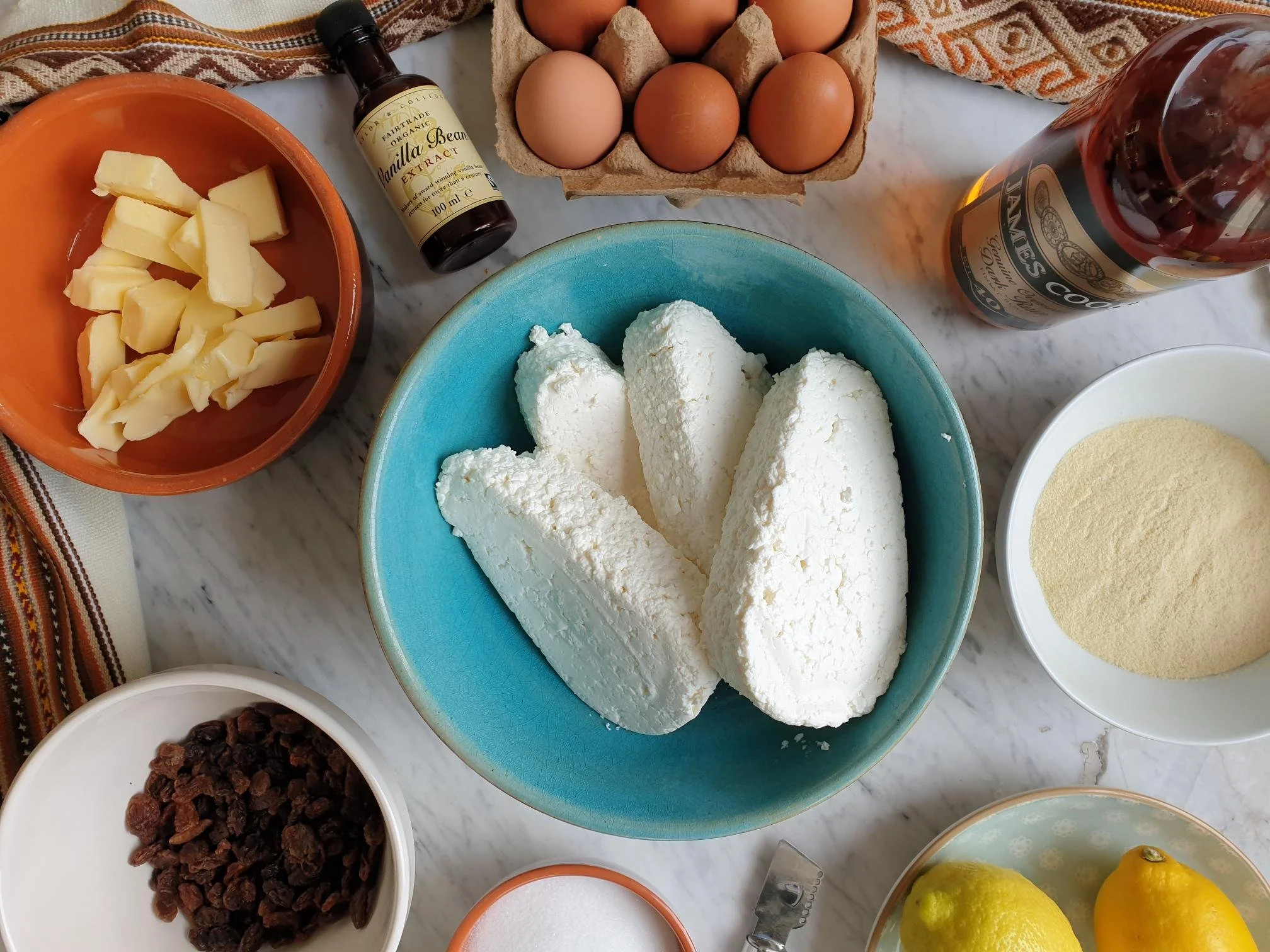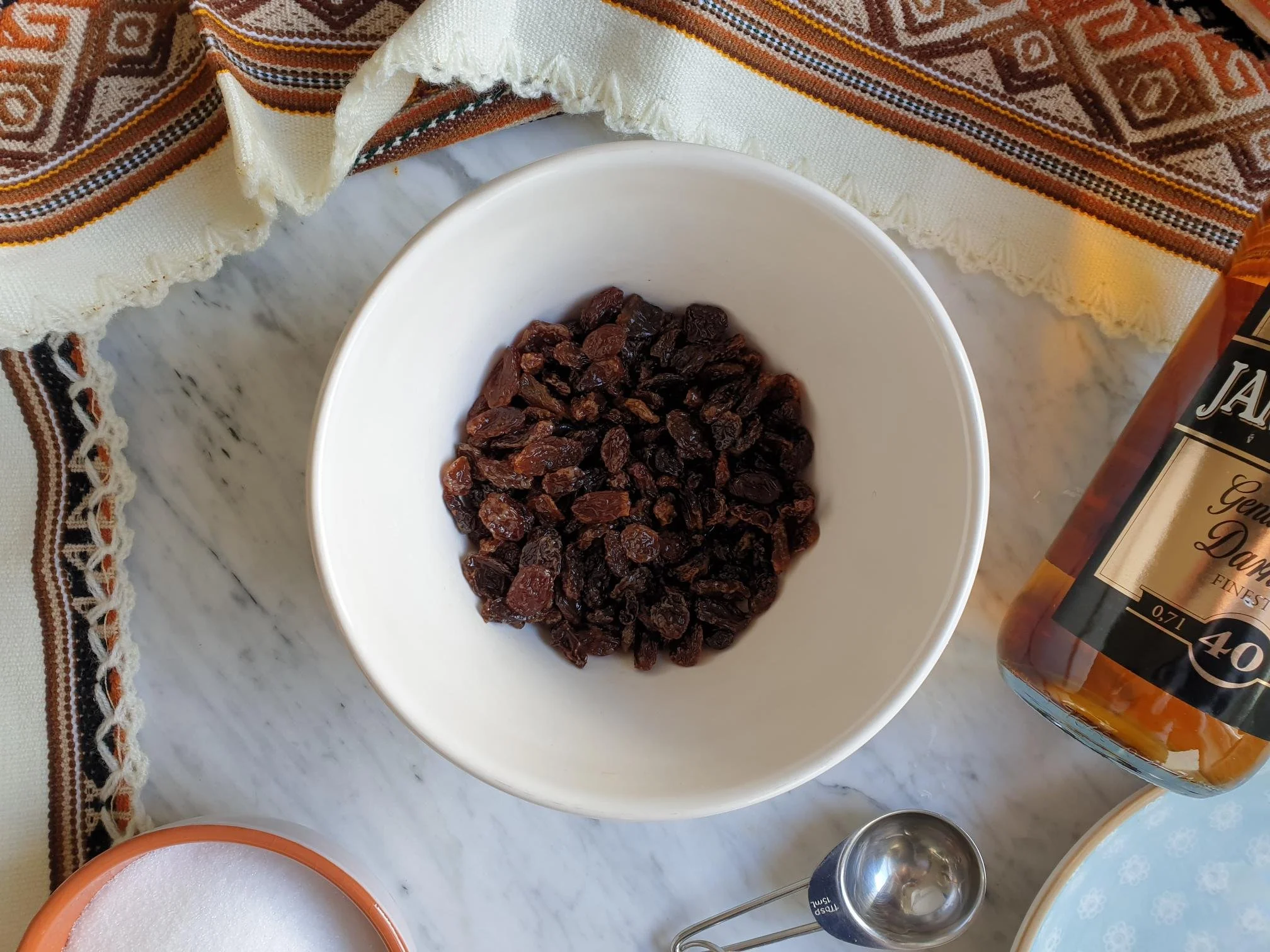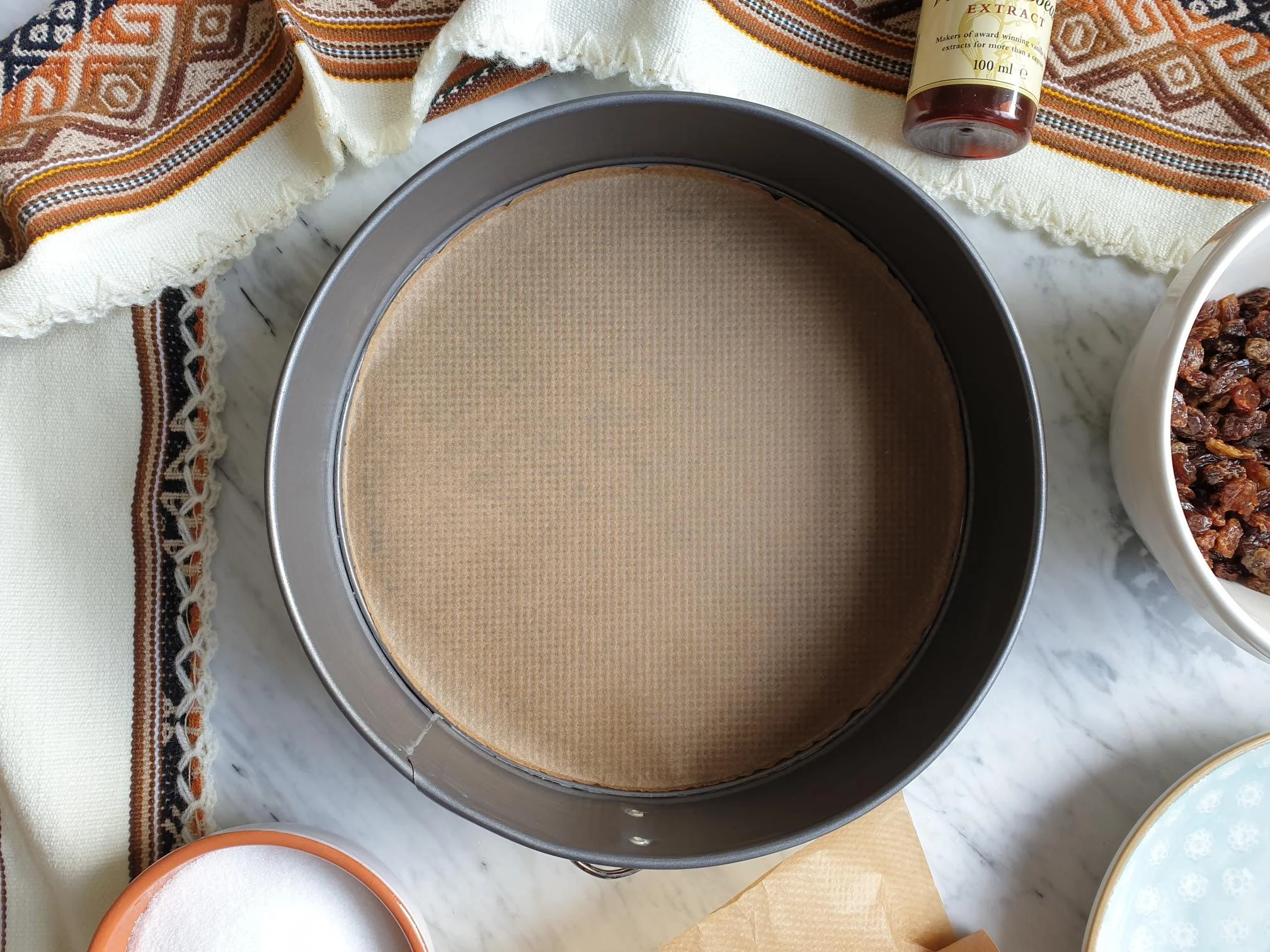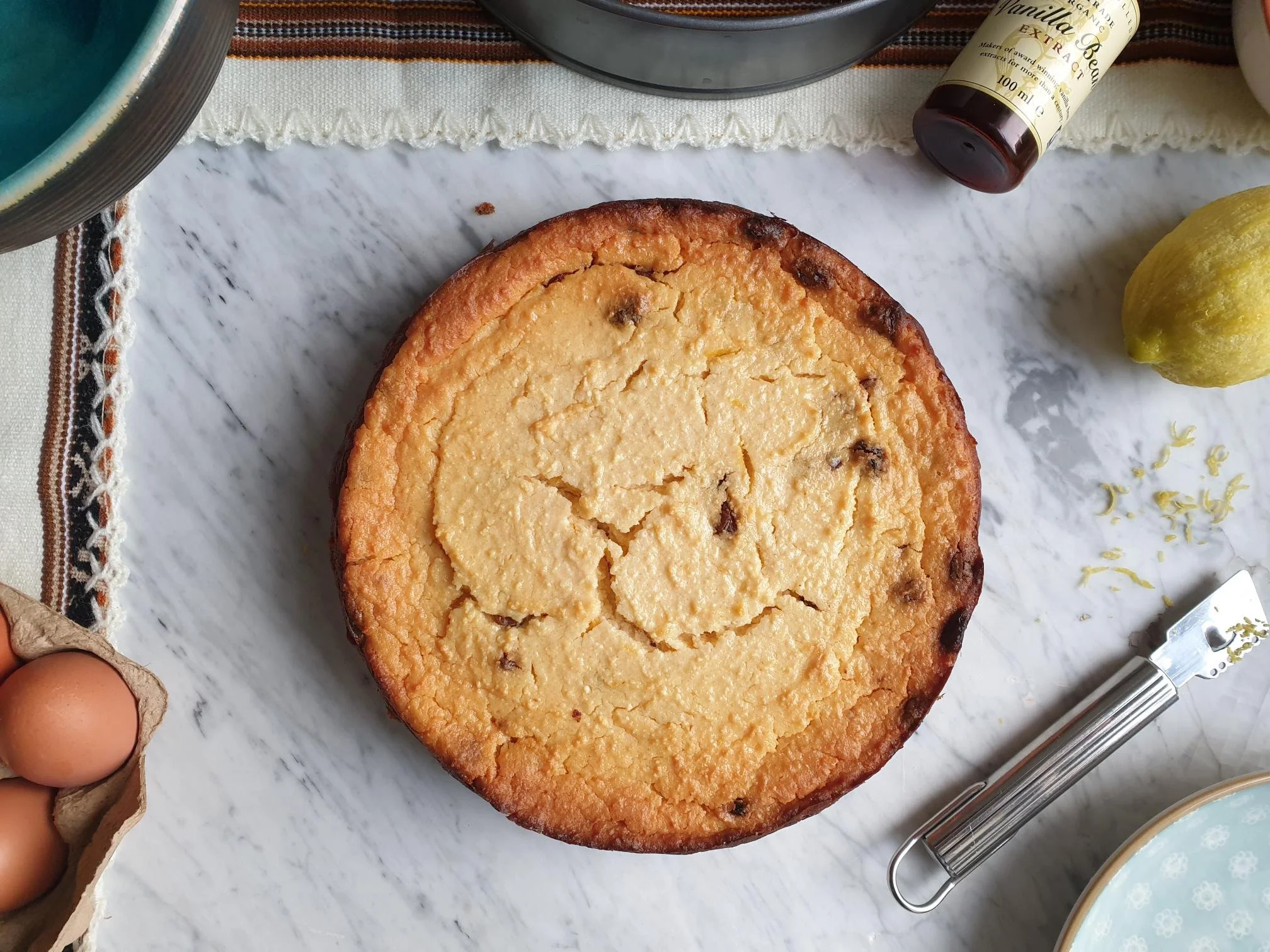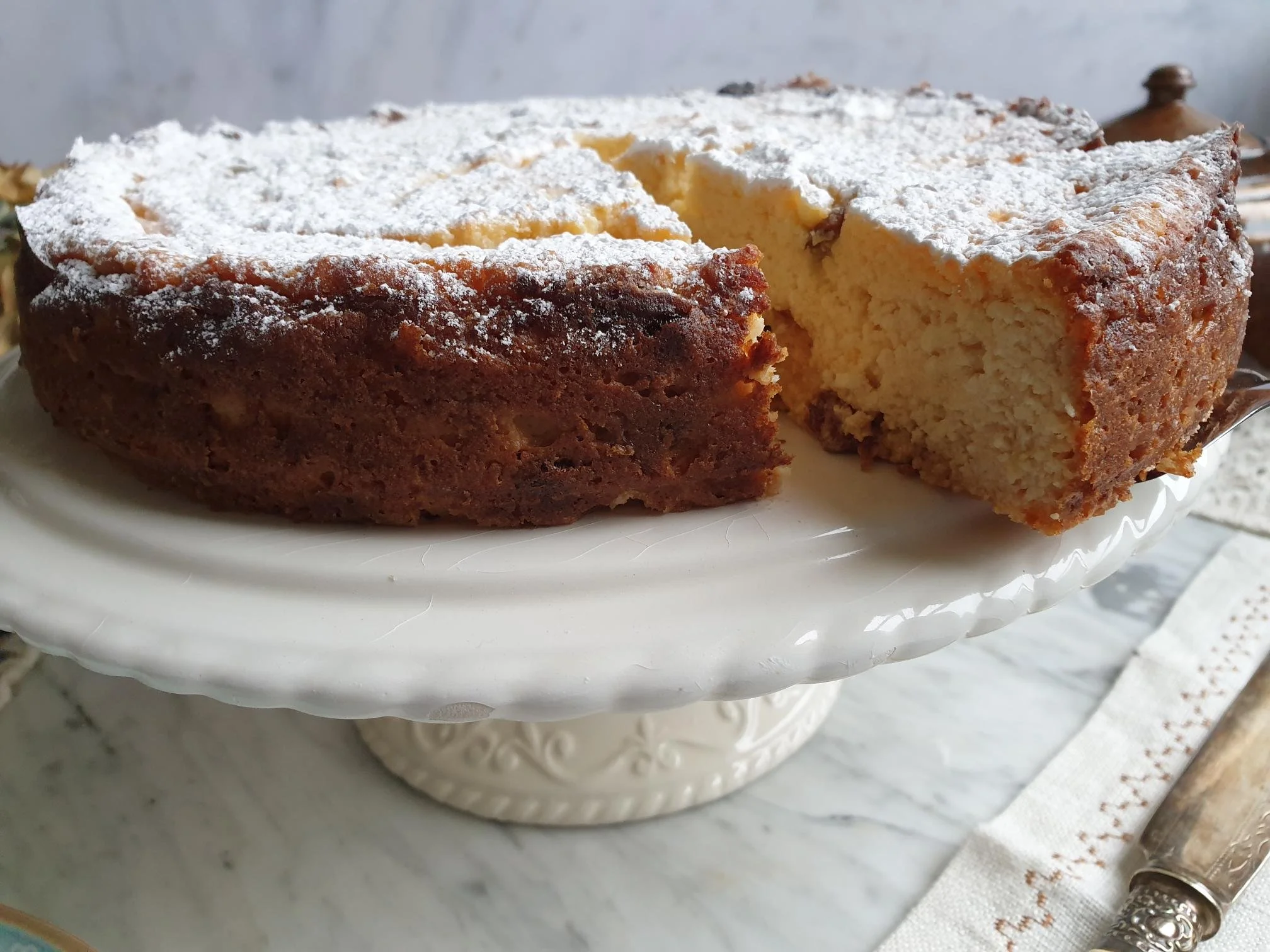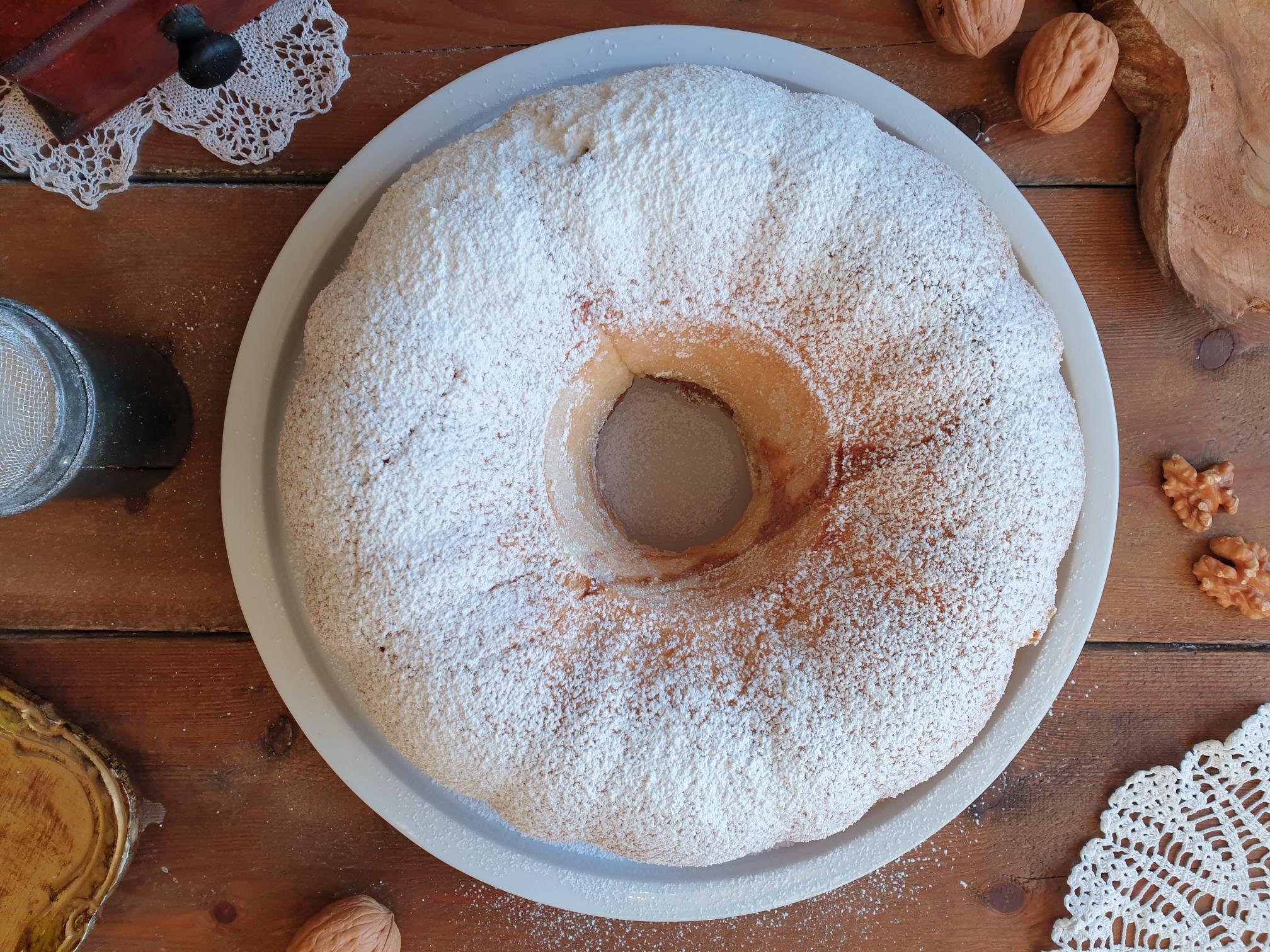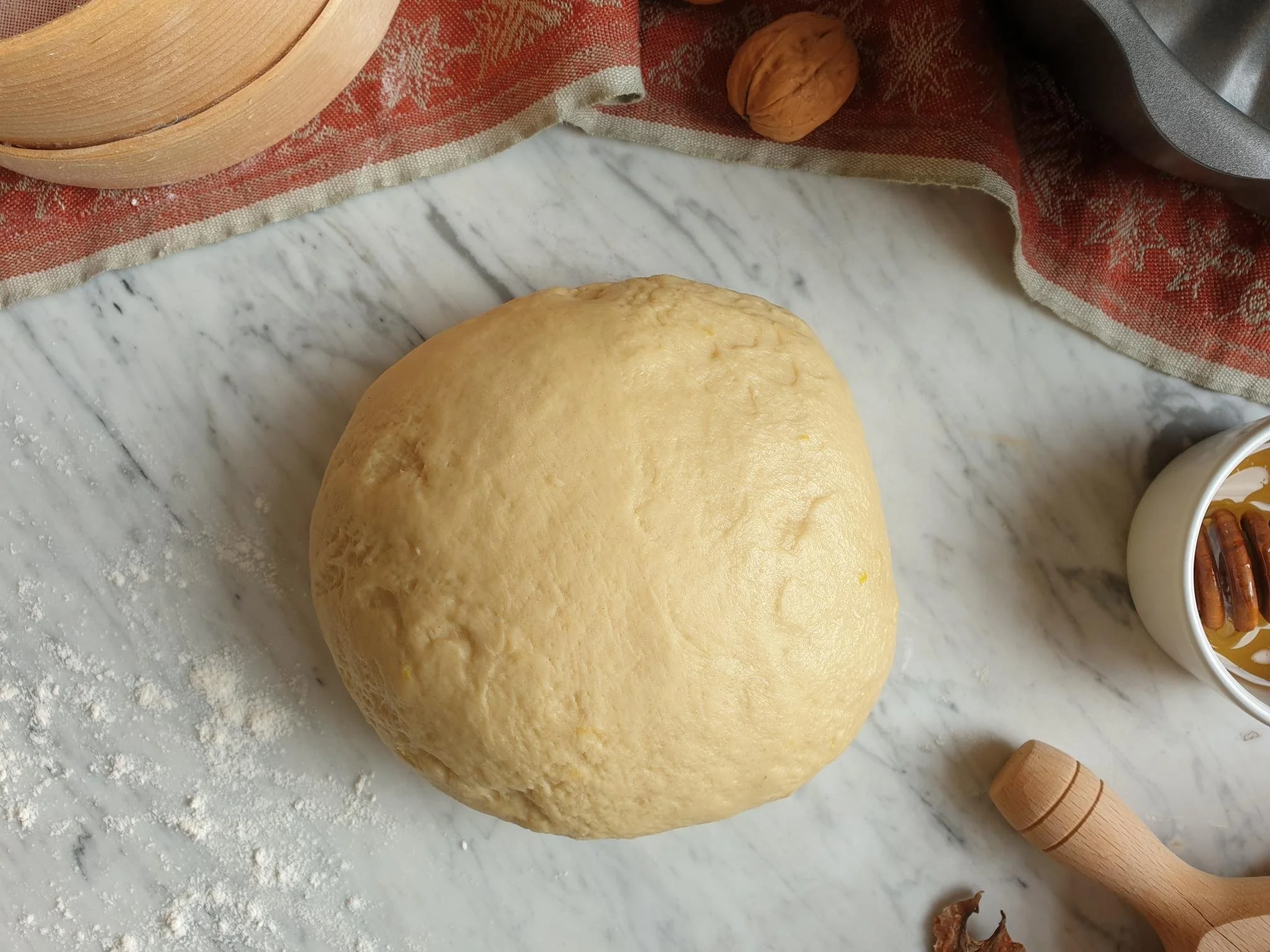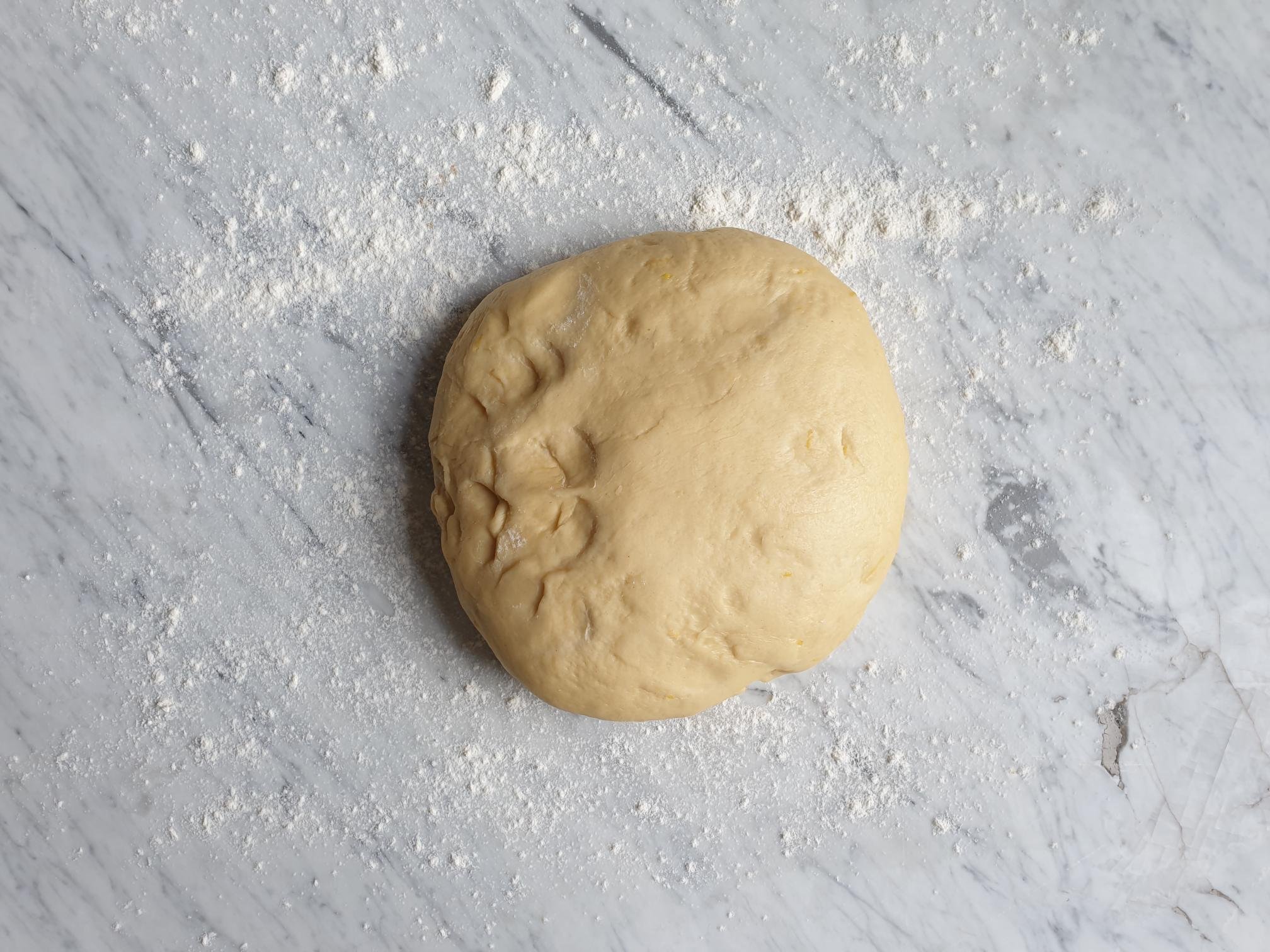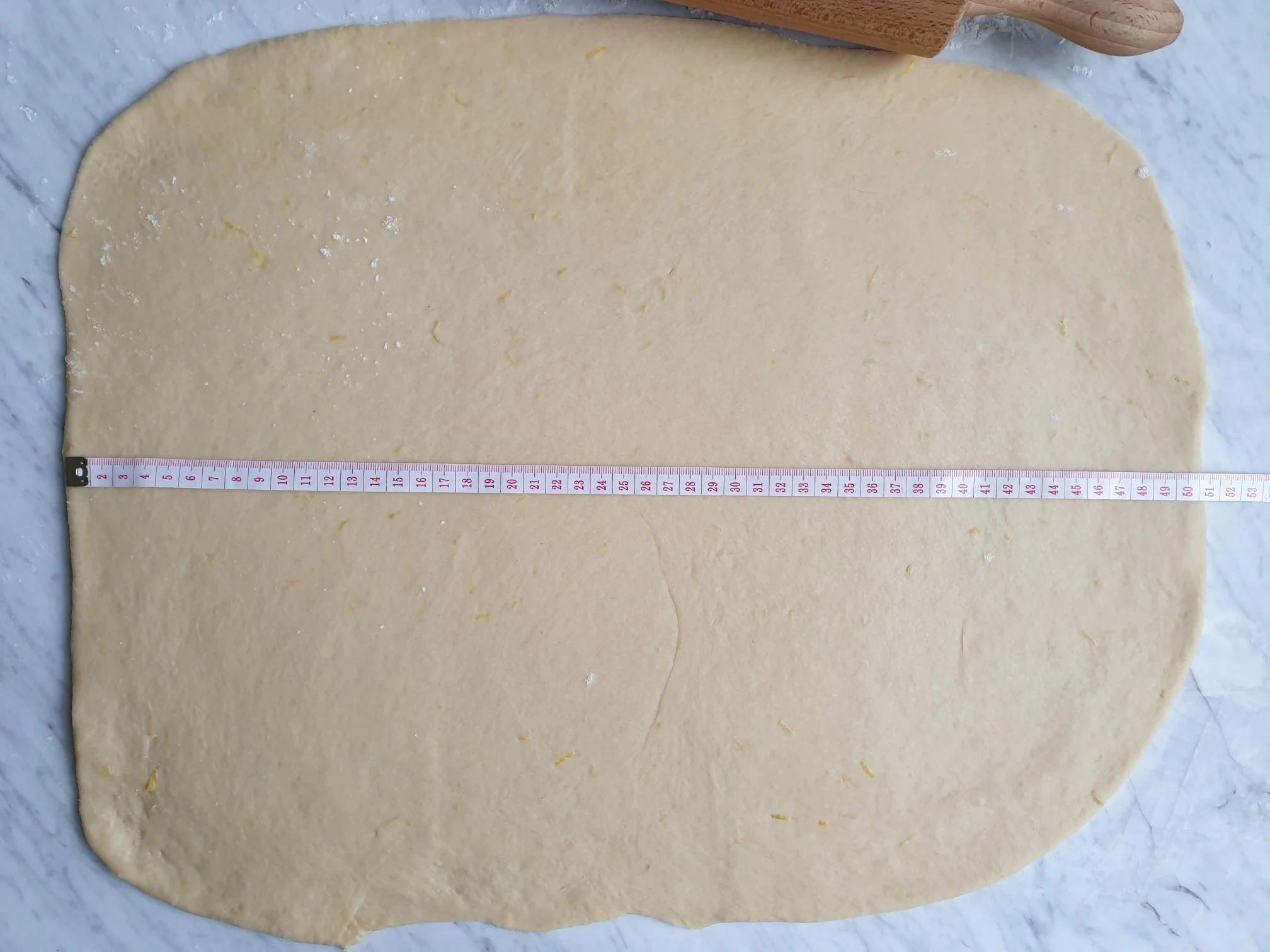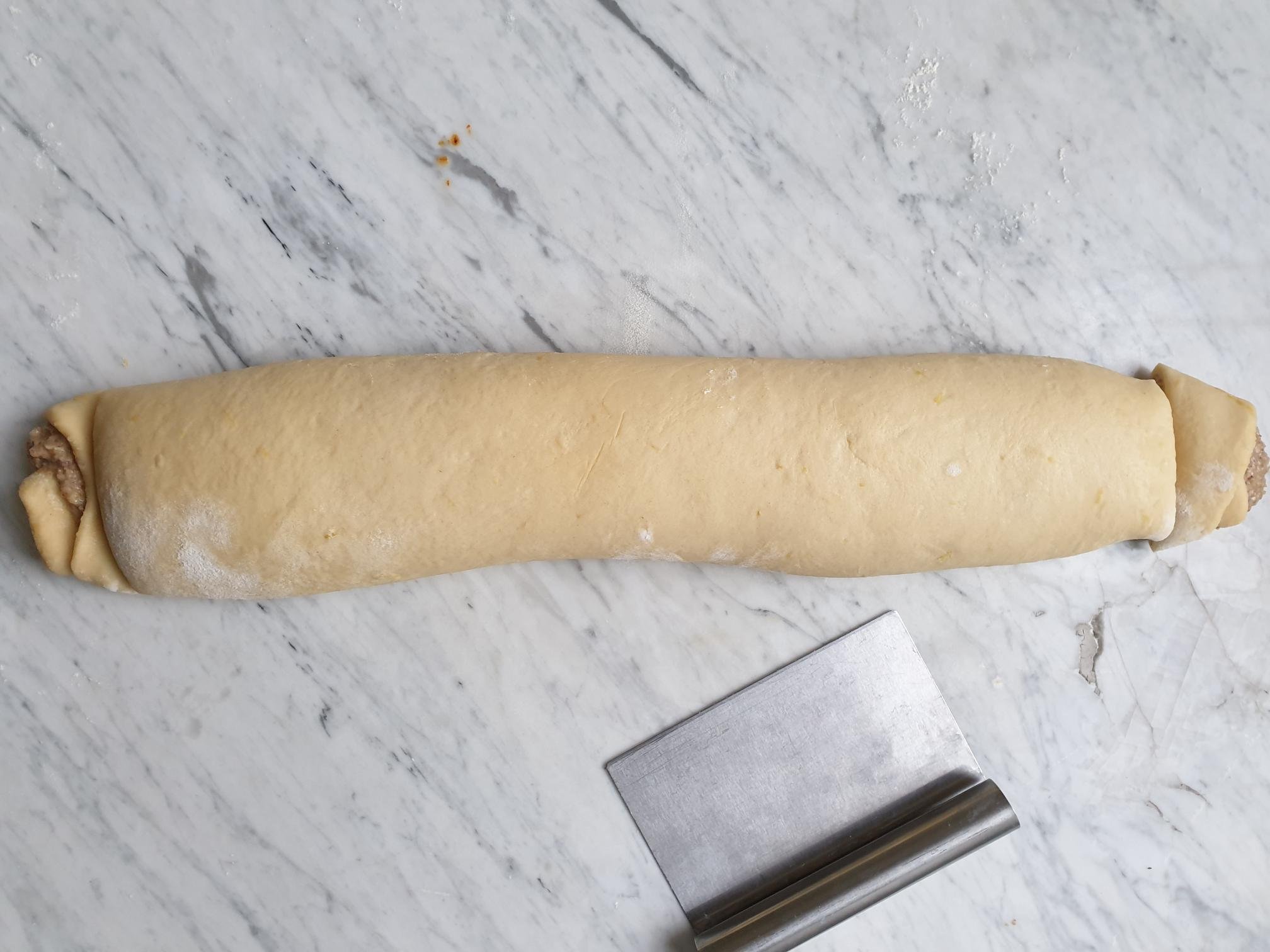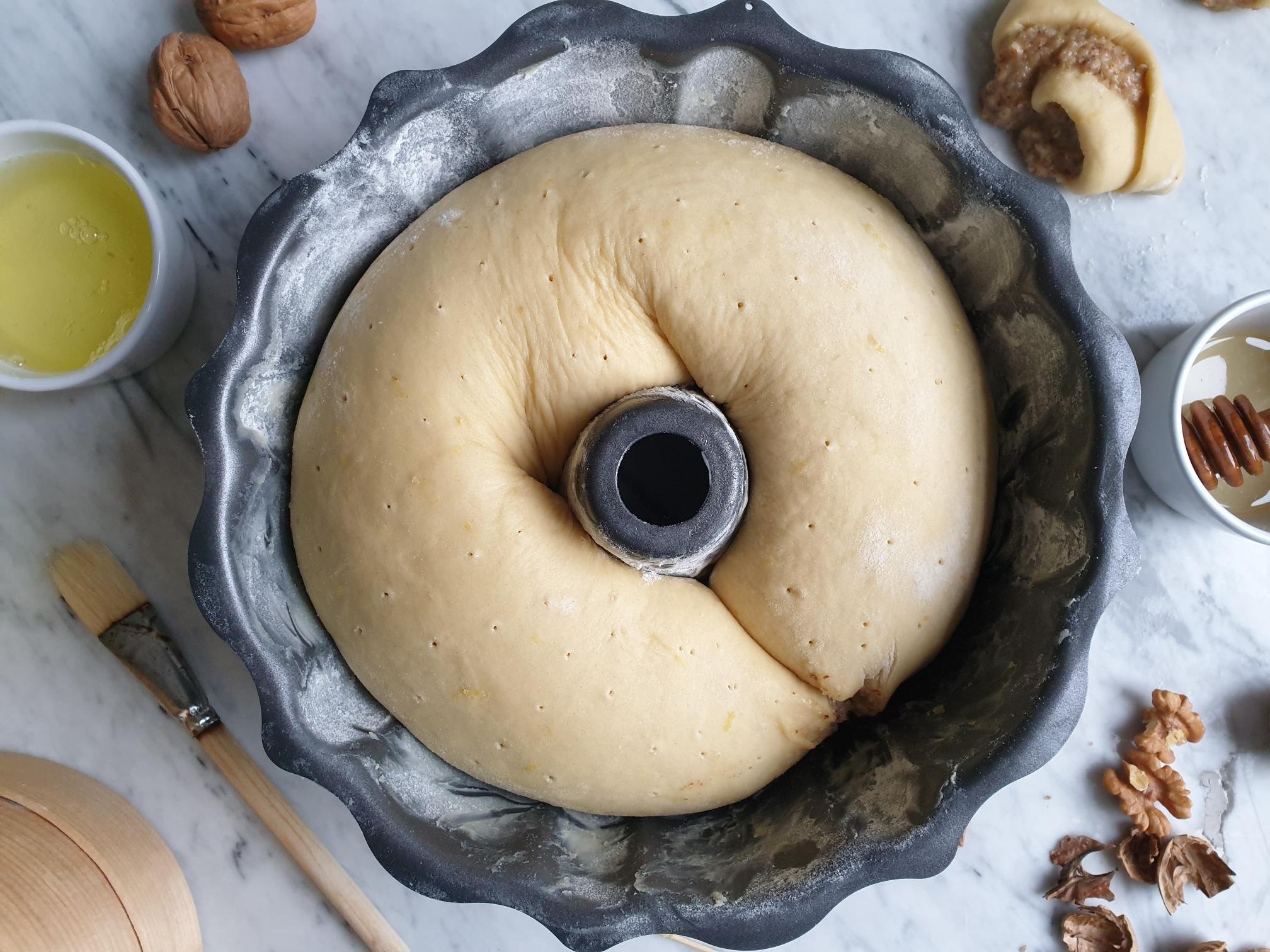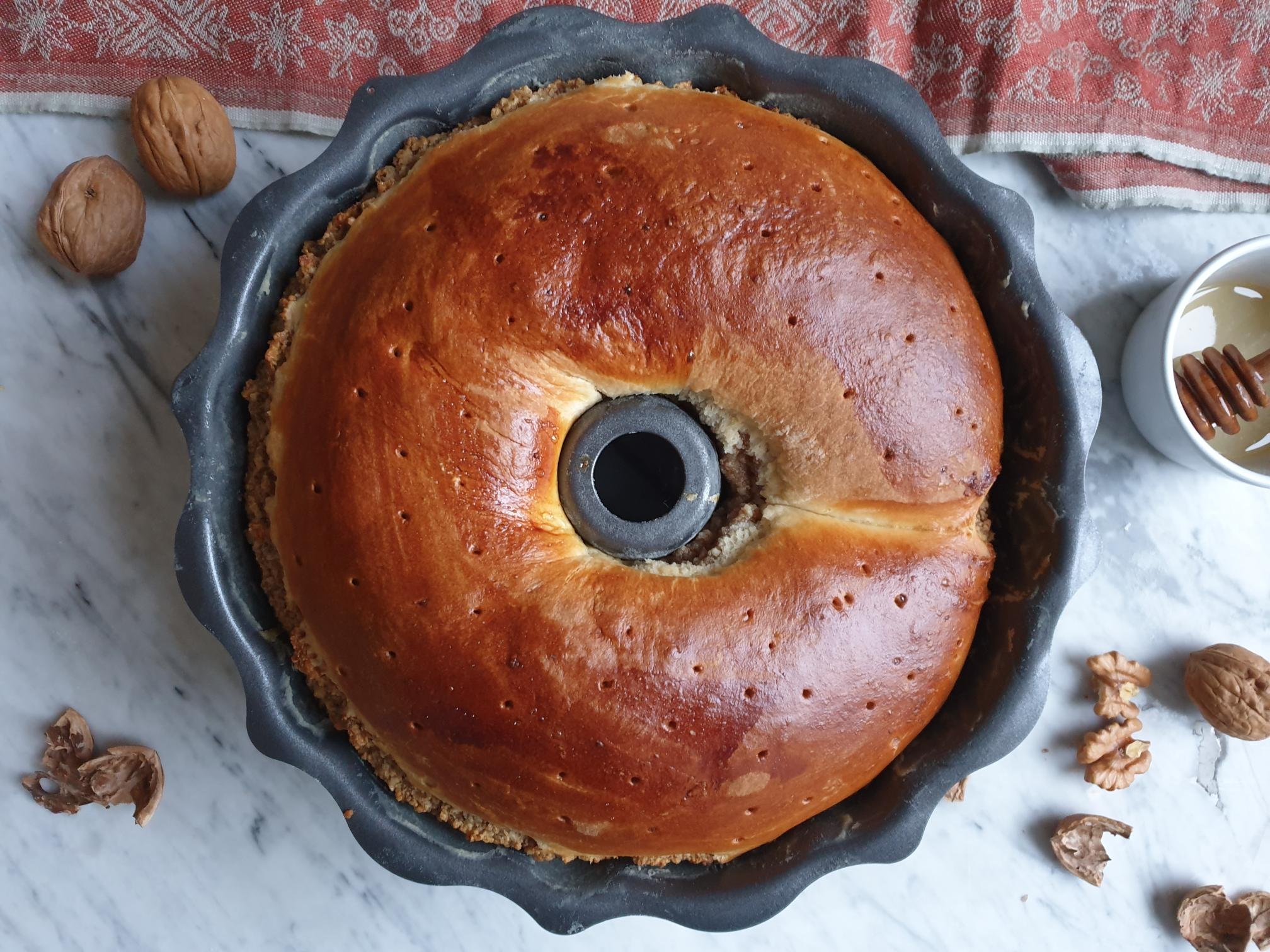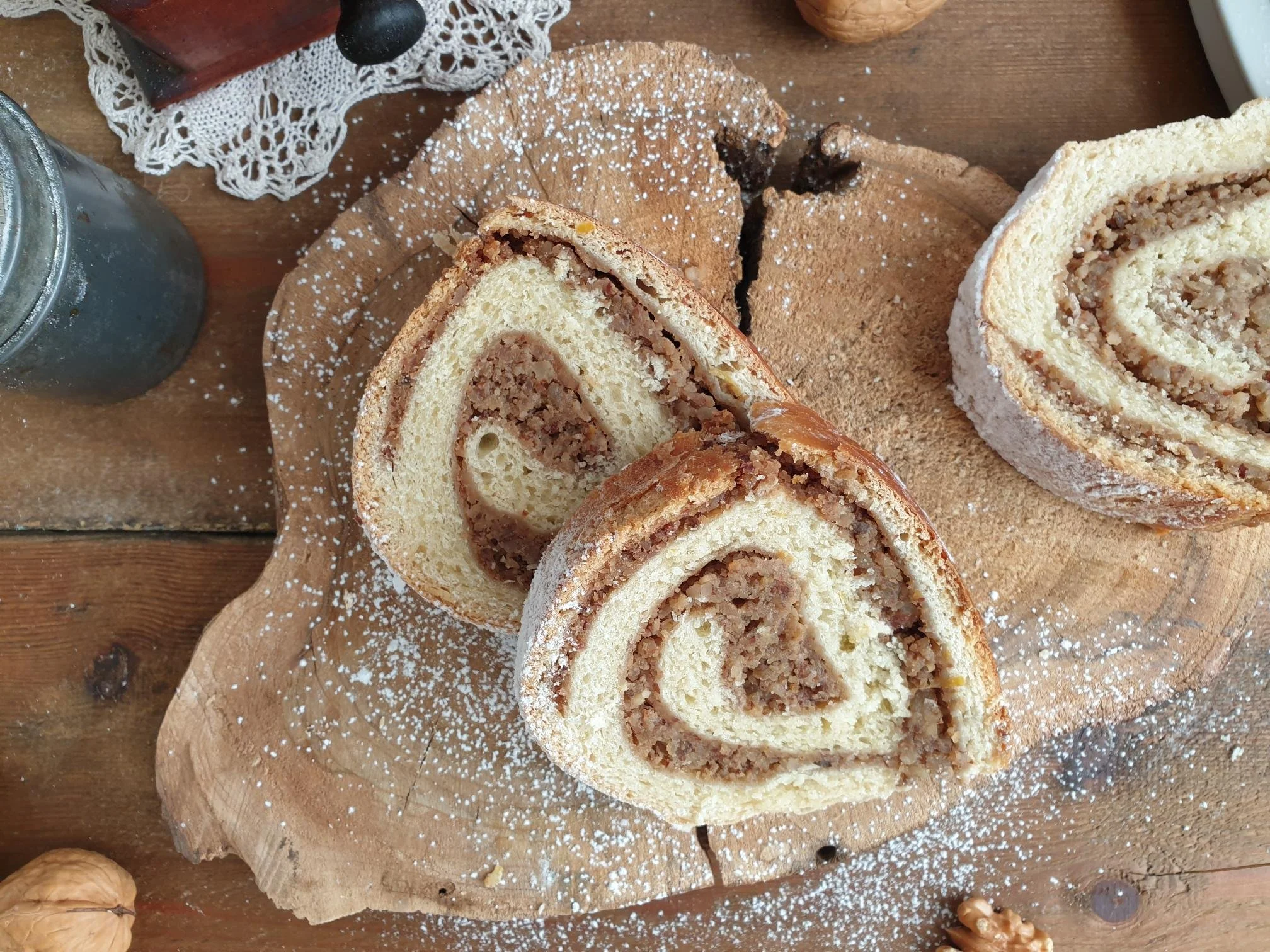My Mum's Celebratory Sponge Cake with Fresh Strawberries and Cream Recipe
A classic simple sponge made with eggs, sugar and flour with no use of butter, filled with fresh whipped cream and fresh seasonal strawberries, a true classic celebratory cake that is difficult to beat. It is perfect for spring/summer birthdays and for all other summer special occasions, it is a top favourite with all ages.
This cake is delicious in taste with the lightest and fluffiest sponge; beautiful and elegant in its appearance, it looks like it has just come from the patisserie shop and yet could not be simpler to make.
With a few ingredients and a few simple steps you will impress your family and friends, and they will ask you for the recipe before they leave!
This celebratory cake would accompany all my childhood and my adulthood birthdays, baked exclusively by my mother.
In Slovenian Istra this type of sponge, refereed by the locals in the dialect as”Pandišpanija” (Pan di Spagna, translates literally as Spanish Bread) was the first form of the most simple celebratory cake, it was simply dusted with the sugar on the top and baked for special occasions like weddings. It is believed to originate during Napoleon's reign (19th century), and was first used in Croatian side of Istra, and then to then spread into a Slovenian part. Only later this type of sponge was cut horizontally in half and filled with different types of cream which resembles more to a modern concept of celebratory cake.
She would bake this type of cake for every birthday in the family and for her special friends, changing the fruits a bit to reflect the seasons. Peaches work very well and, in the winter, when the selection of fresh fruit is limited, she would use different types of tinned fruit which works amazingly well, the syrup from the tin was used to spoon the disc of the sponge.
No one will ever get fed up with this celebratory cake, we never had to struggle with any leftovers, bake it and see for yourself!
I am sharing the recipe for this special cake to remember and to honour my mother who recently died, so her legacy for this celebratory cake can live on for years to come.
Recipe
Ingredients
For the Sponge
4 eggs (room temperature)
4 Tbsp cold water
200g icing sugar
1 Tsp vanilla extract or 1 sachet of vanillin powder (very widely used in continental Europe baking)
150g all purpose flour, sifted
8g baking powder, sifted
For the filling and topping
400g fresh strawberries, washed, pat dried and halved or quartered (reserve 100g fresh strawberries to decorate the top of the cake)
2 Tbsp caster sugar (can use less or more depending on the taste and the sweetness of the strawberries)
2 Tbsp water
300ml fresh double cream, cold
2 Tbsp caster sugar or to taste
Method
Preheat the oven to 180º static.
Lightly grease (I used butter) a 22cm (9in) loose-bottomed cake tin or spring form round cake tin and line the base with baking parchment.
Separate the egg whites and the yolks. Put the egg whites in a big clean bowl and the egg yolks in a small cereal type of bowl, whisk the egg yolks lightly with the fork.
Add 4 table spoons of cold water into a bowl with egg whites and start whisking with the hand whisker.
During the whisking start gradually adding, one spoon at a time of icing sugar and keep whisking until the egg whites become stiff and firm but not dry.
Add vanilla extract and egg yolks and mix well until fully incorporated.
Slowly and gradually start adding sifted flour together with baking powder.
Gently fold until thoroughly blended, do not mix with the hand mixer as you want to keep all the air inside the mixture which will make the cake incredibly soft and fluffy.
Transfer the mixture into the prepared tin and bake in the pre-heated oven for about 25 minutes or until golden in colour, well risen and the top of the cake springs back when lightly pressed with a finger.
While the cake is baking prepare the strawberries for the filling. Wash and pat dry 300g of strawberries, cut the smaller strawberries in half and the bigger ones in quarters. Place them in the bowl, add 2 table spoons of caster sugar (or to taste) and two table spoons of water.
Mix well and leave the strawberries to macerate, put aside until needed.
Filter the strawberries, put them in a sieve and collect the juices.
Leave the sponge to cool in the tin for a few minutes, then remove from the tin and peel off the baking parchment.
Finish cooling on a wire rack.
When the sponge is completely cool, take a sharp knife and cut the cake horizontally in half so you obtain two discs.
Place the bottom disk of the sponge on a cake stand of your choice.
Take fresh double cream from the fridge and pour it into a mixing bowl. Start whisking with the hand whisker.
During the whisking start adding caster sugar and whisk until the cream becomes stiff enough to be able to spread it on the cake.
Spoon strawberry juices over a bottom disk of the sponge.
Spread roughly 1/3 of whipped cream.
Then arrange the macerated strawberries over the disc to completely cover it.
Place the second disk of the sponge on the top.
Spread the rest of the cream on the top and on the sides of the cake.
Decorate to your liking the top of the cake with fresh strawberries, sliced or left whole.
Dust with a bit of icing sugar if desired and serve.
Just a thought
This cake must be eaten on the day of filling. You can prepare the sponge a day ahead, cool it completely and store it in an airtight container until the following day when is ready to be filled and decorated.
You can use tinned fruit of your choice instead of fresh strawberries. Make sure you reserve the syrup and use it to spoon over the bottom disc of the sponge as described in the recipe.



